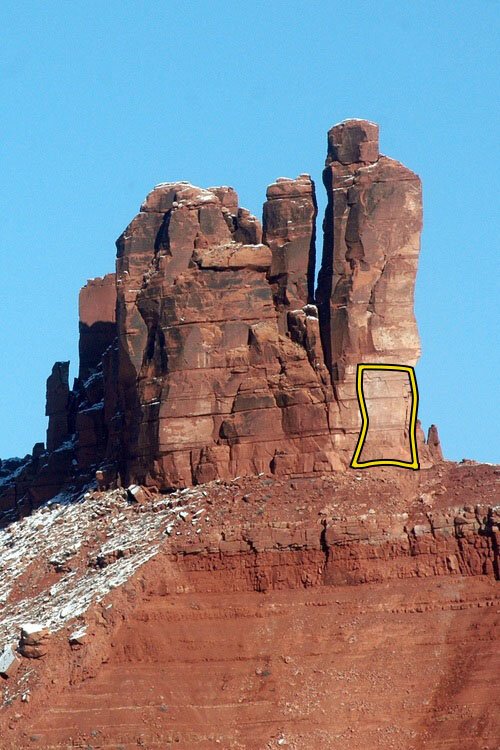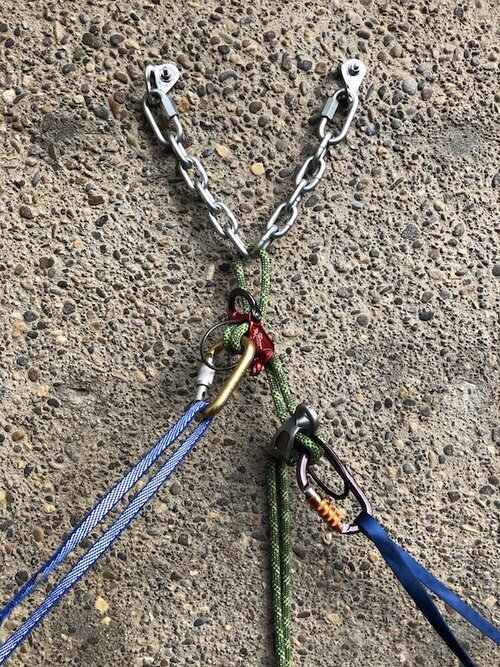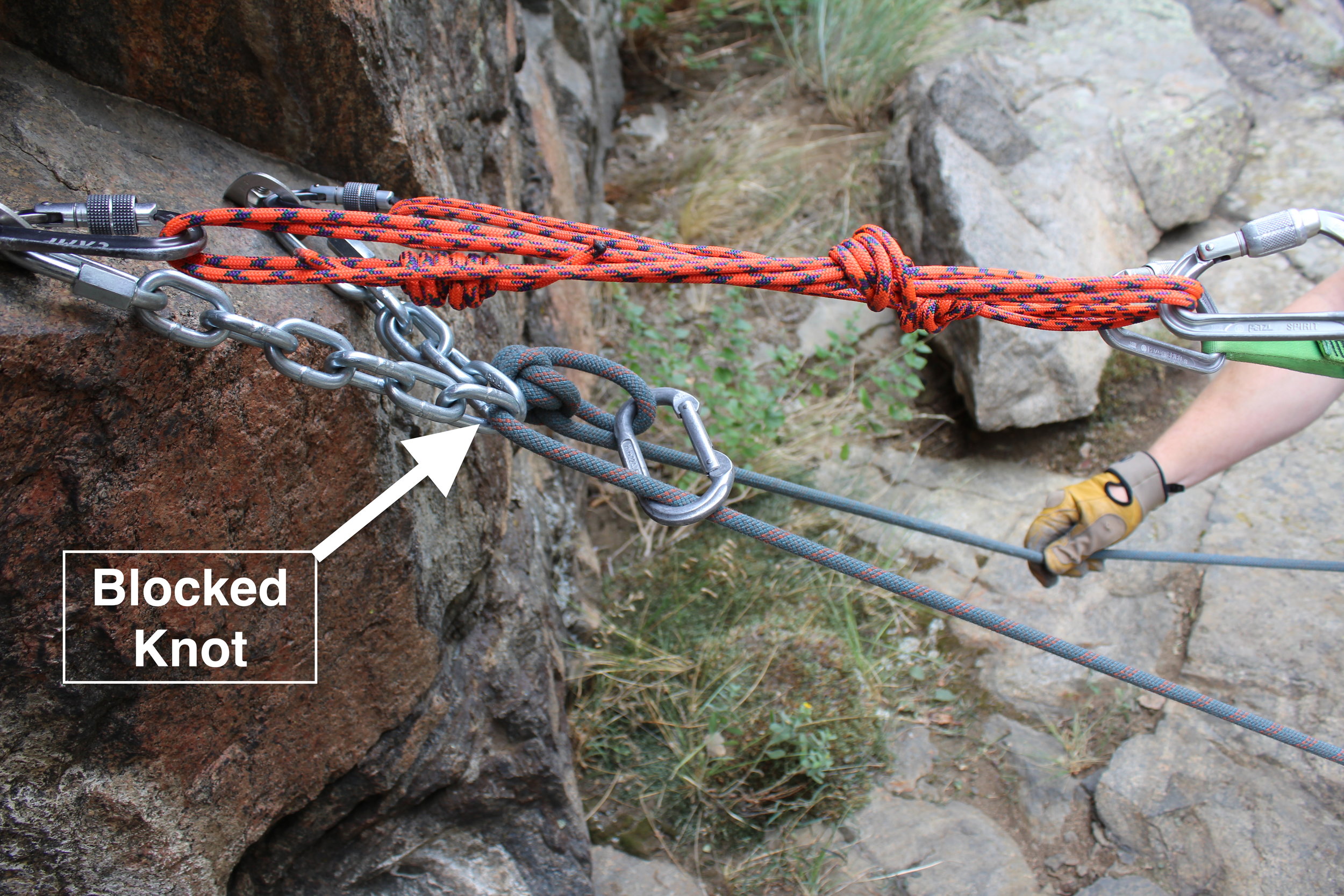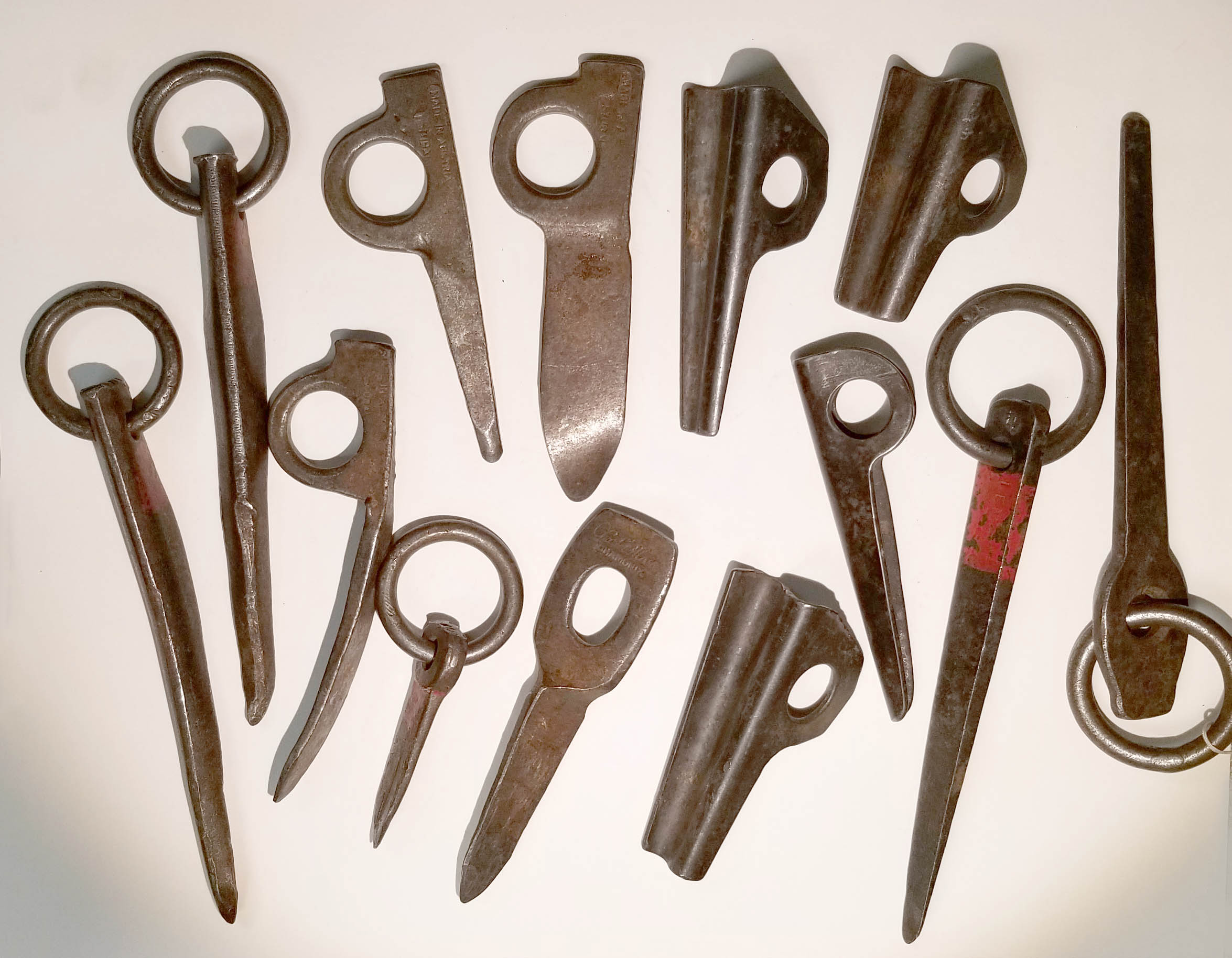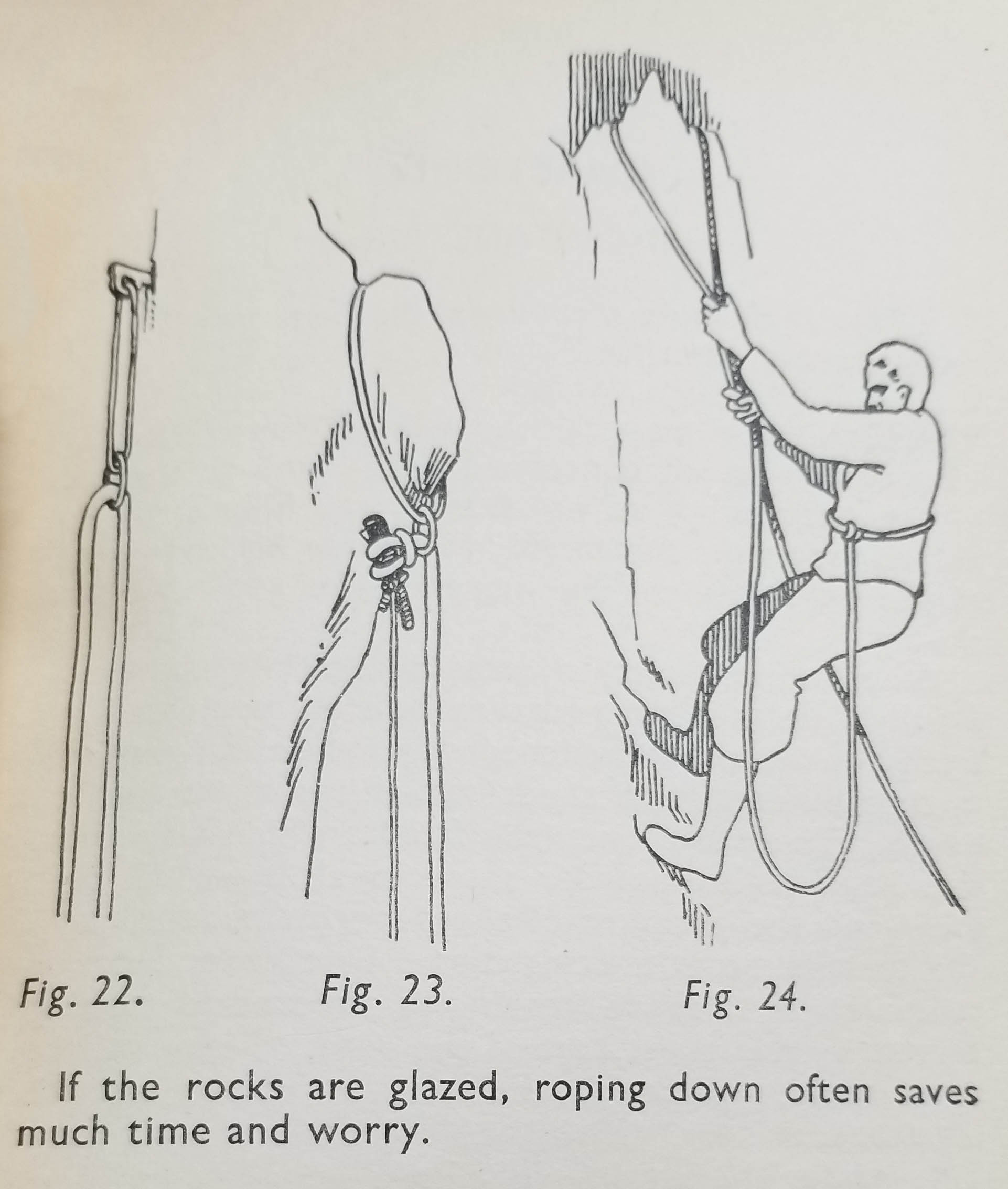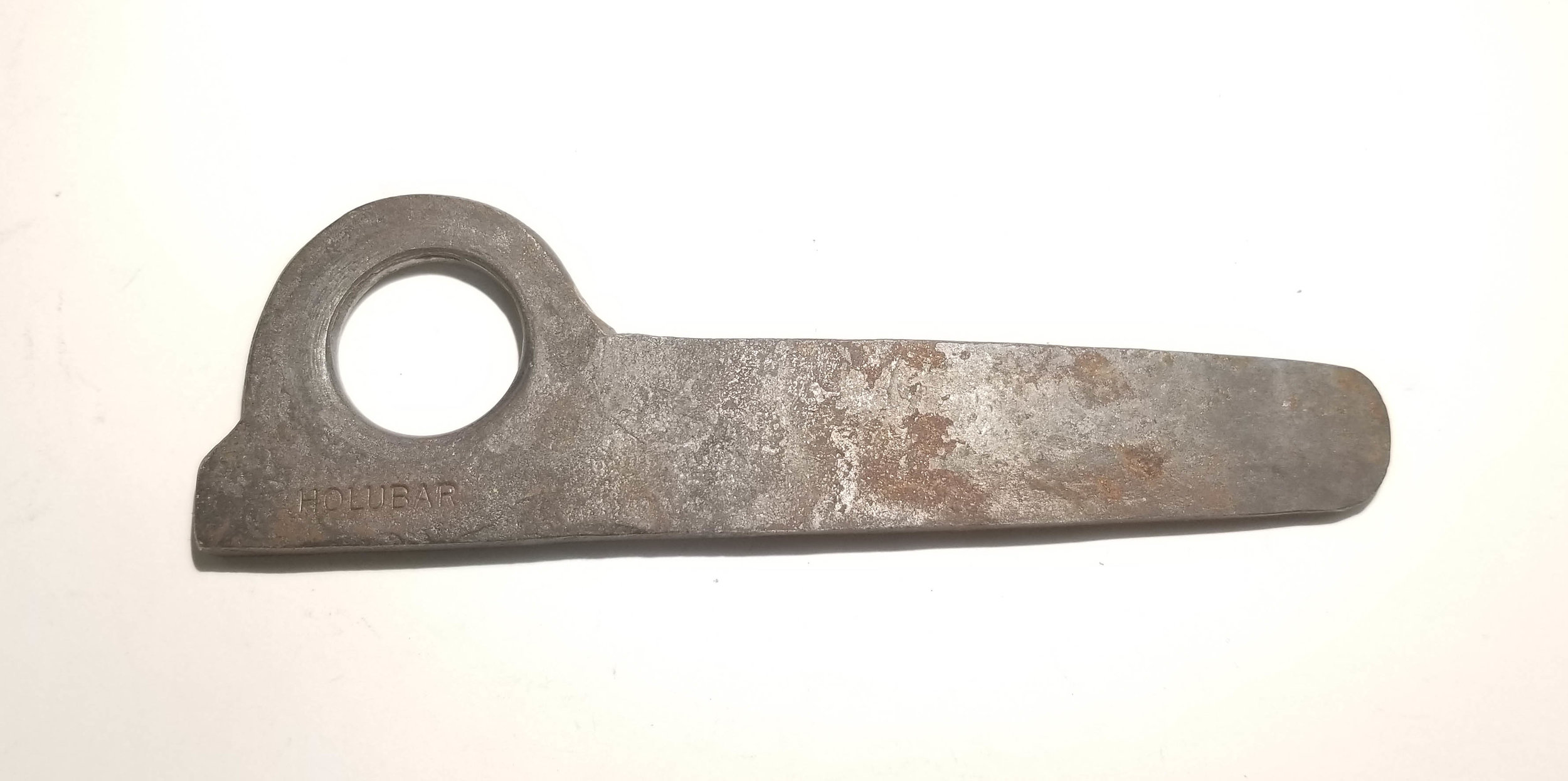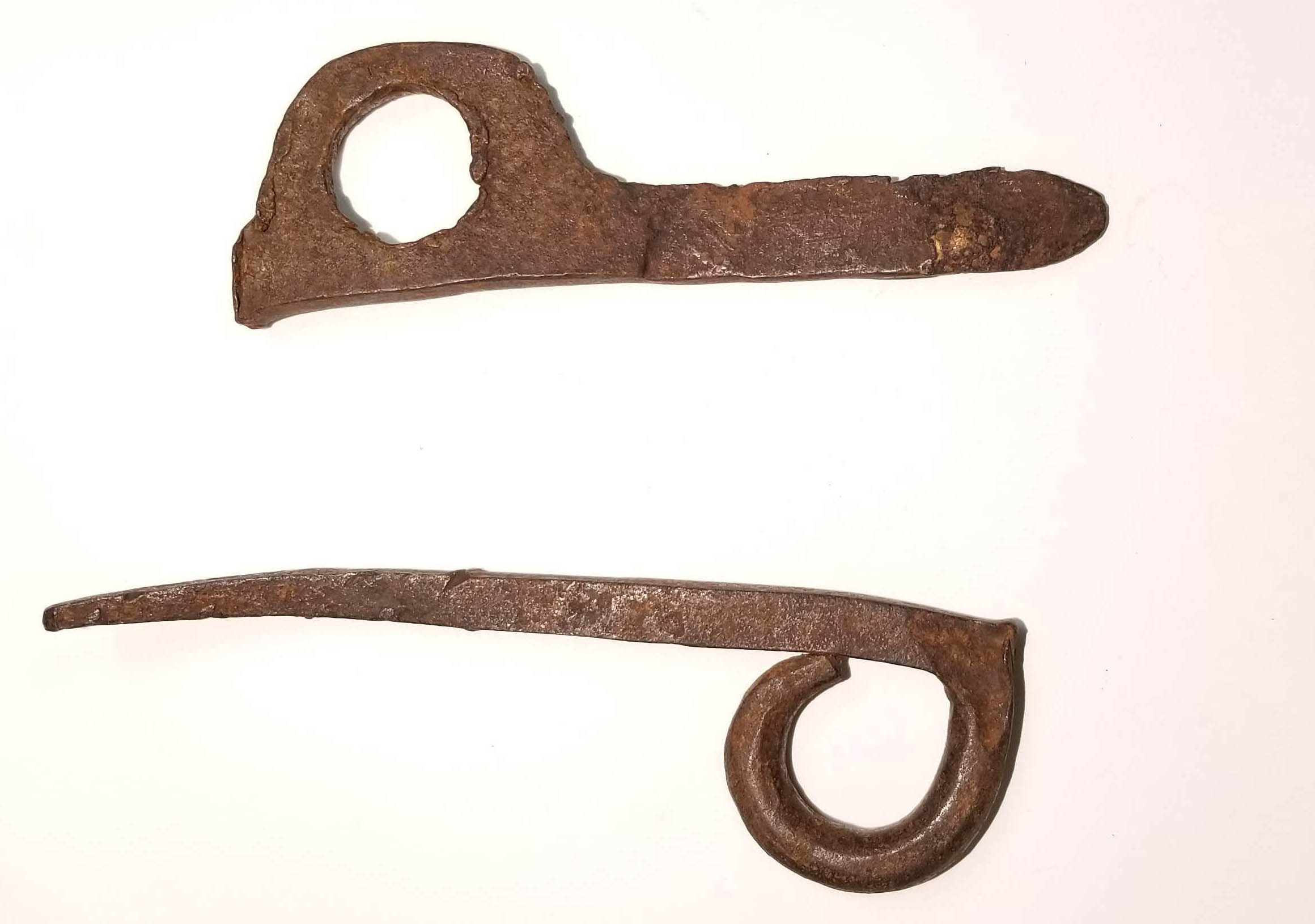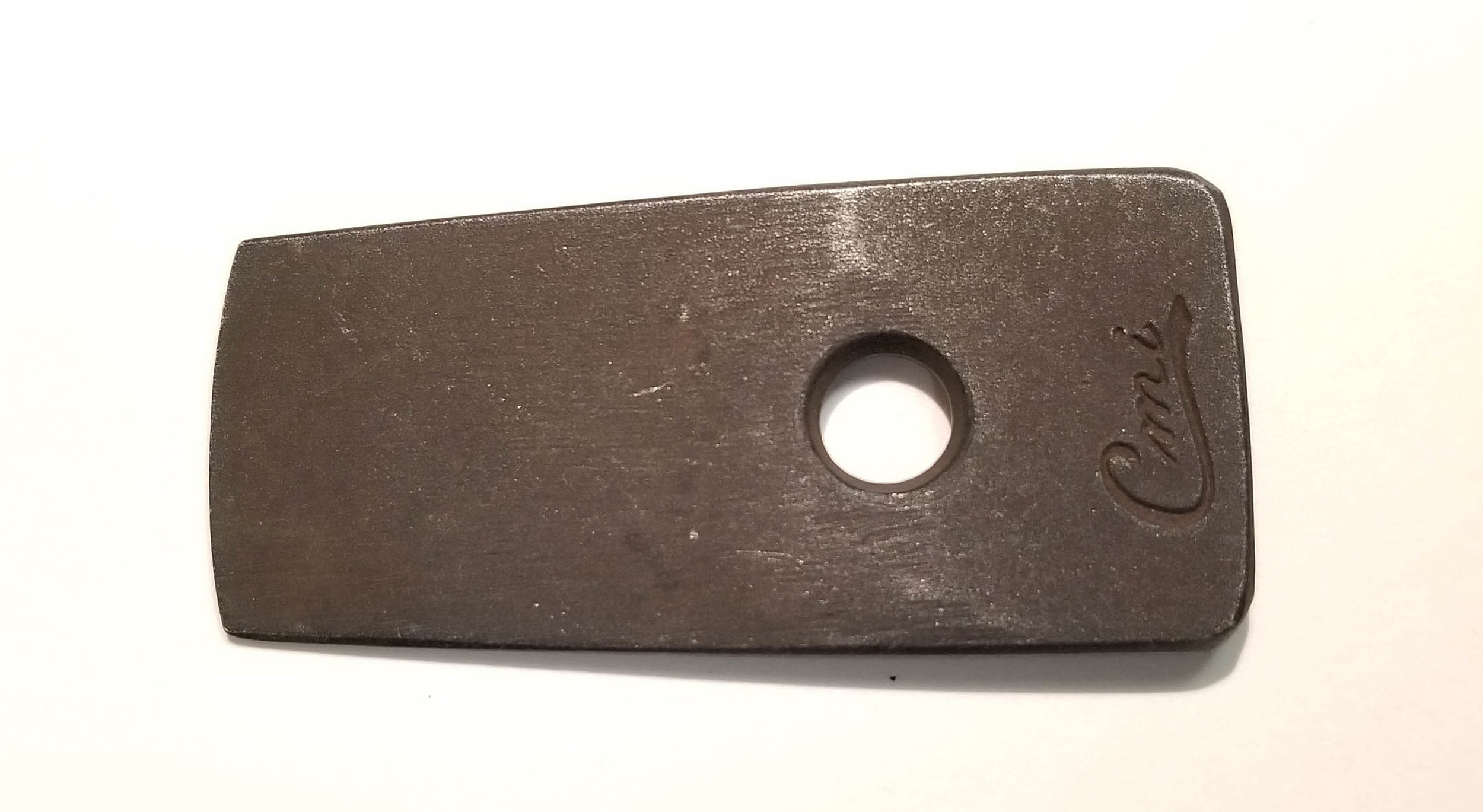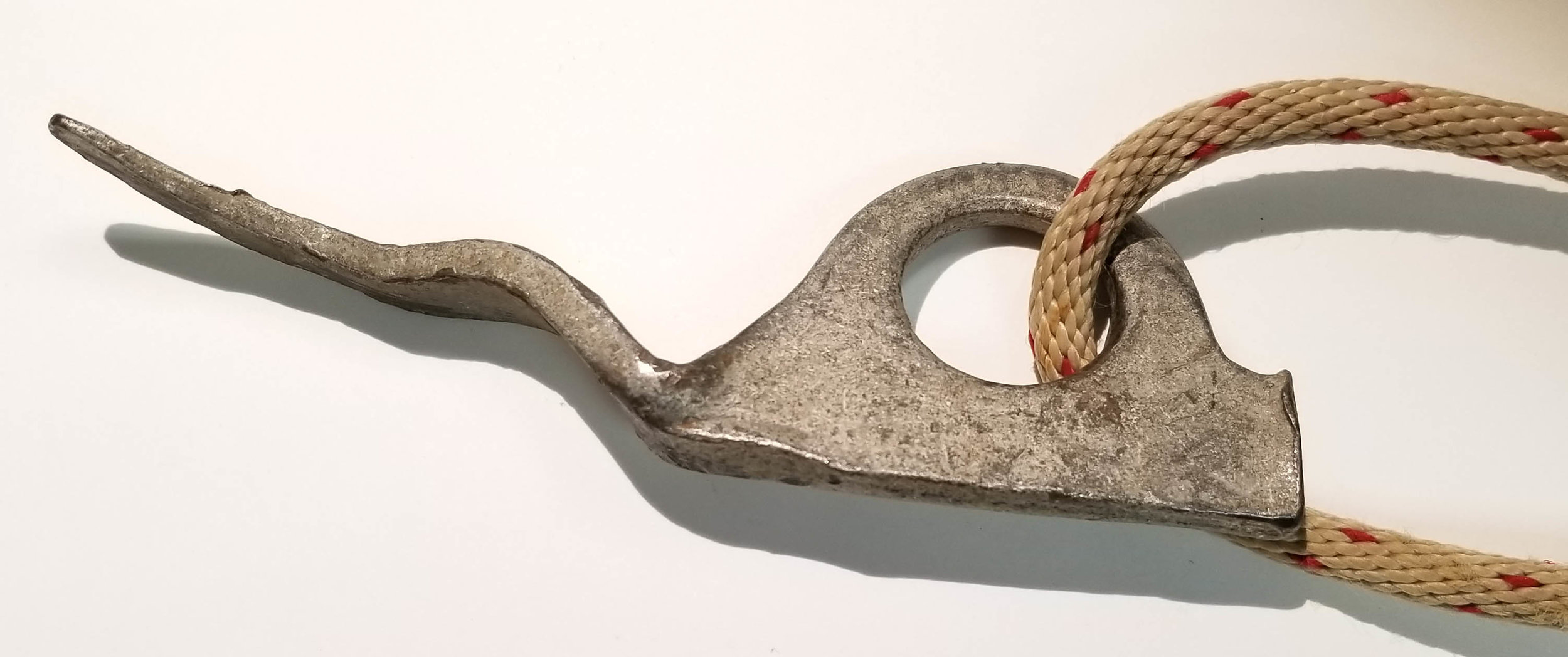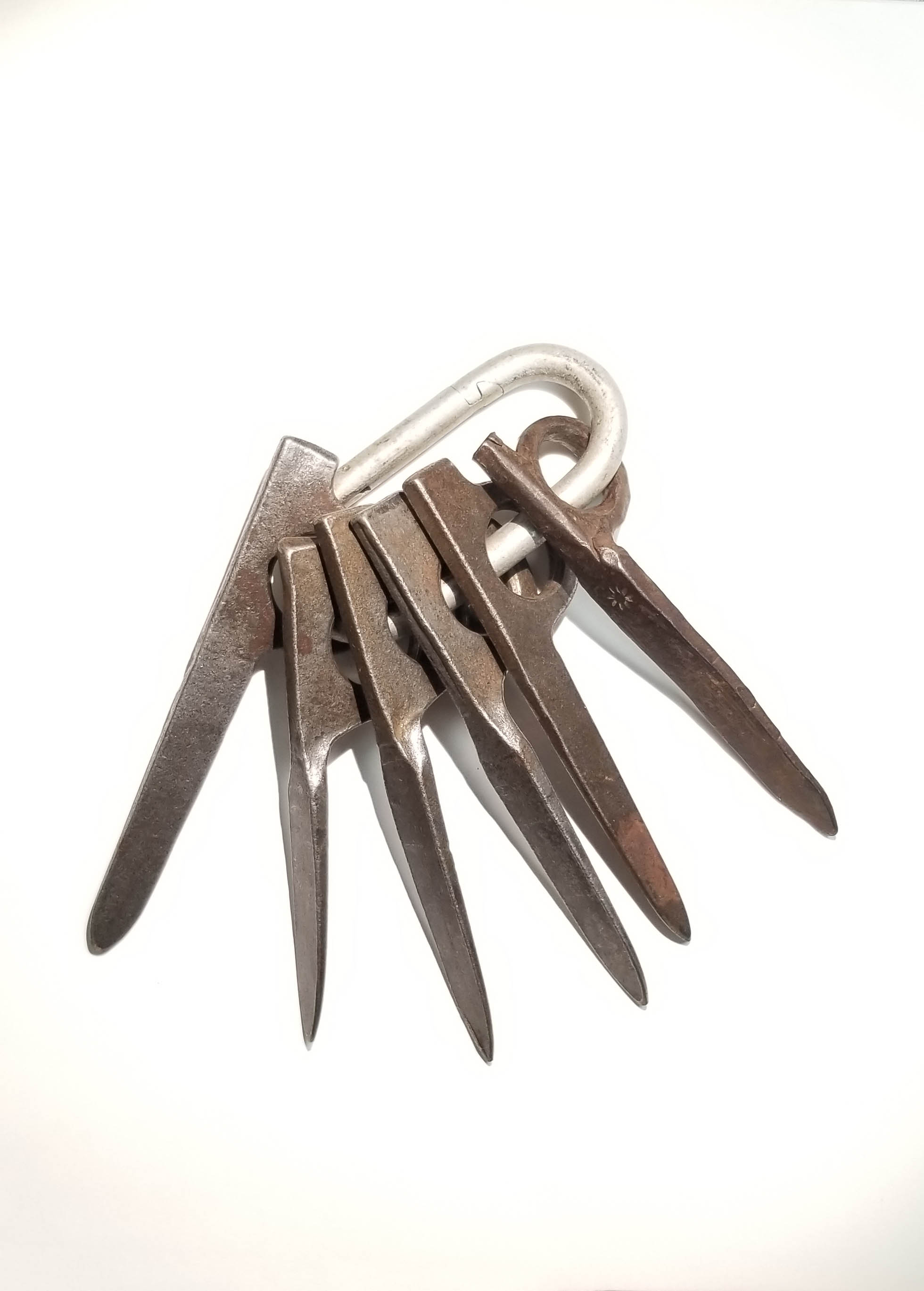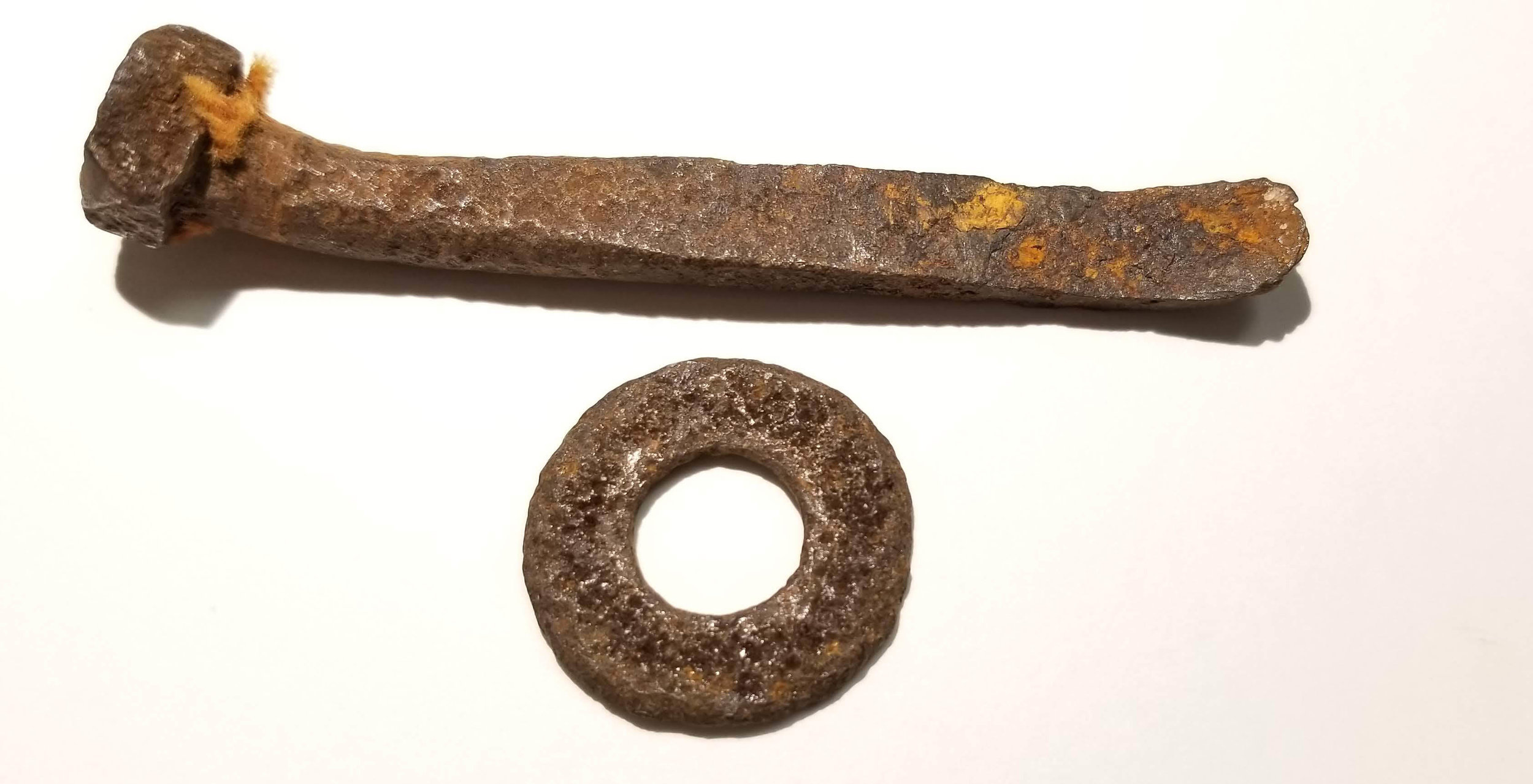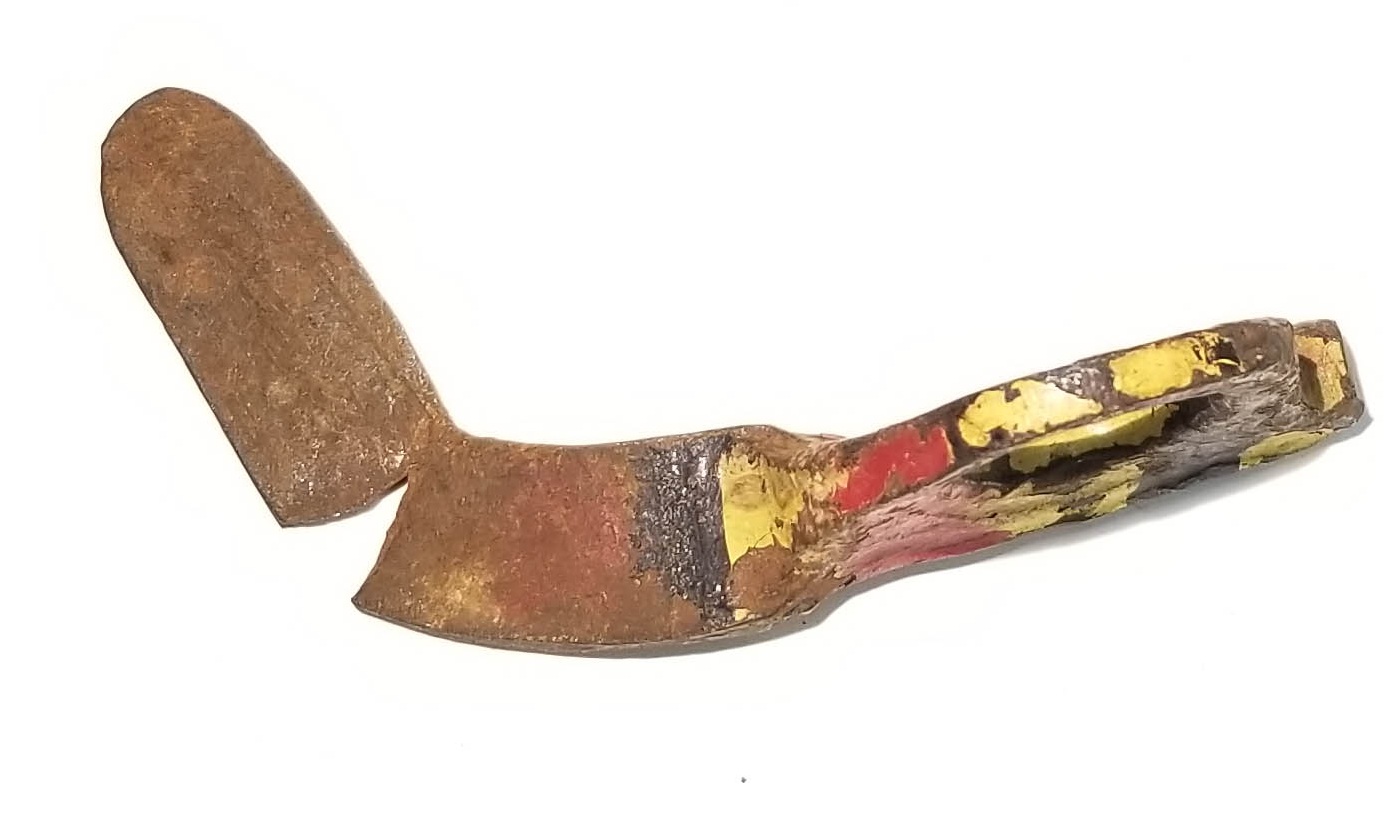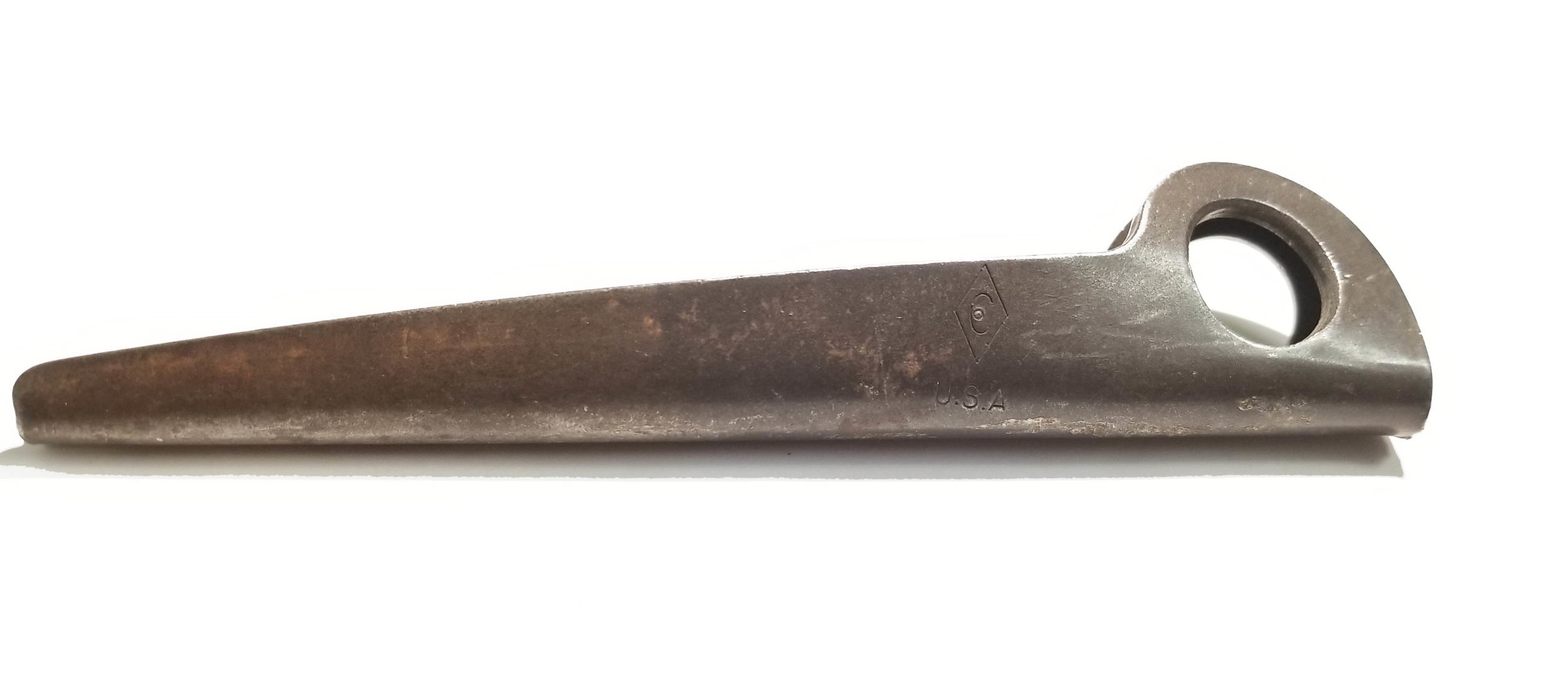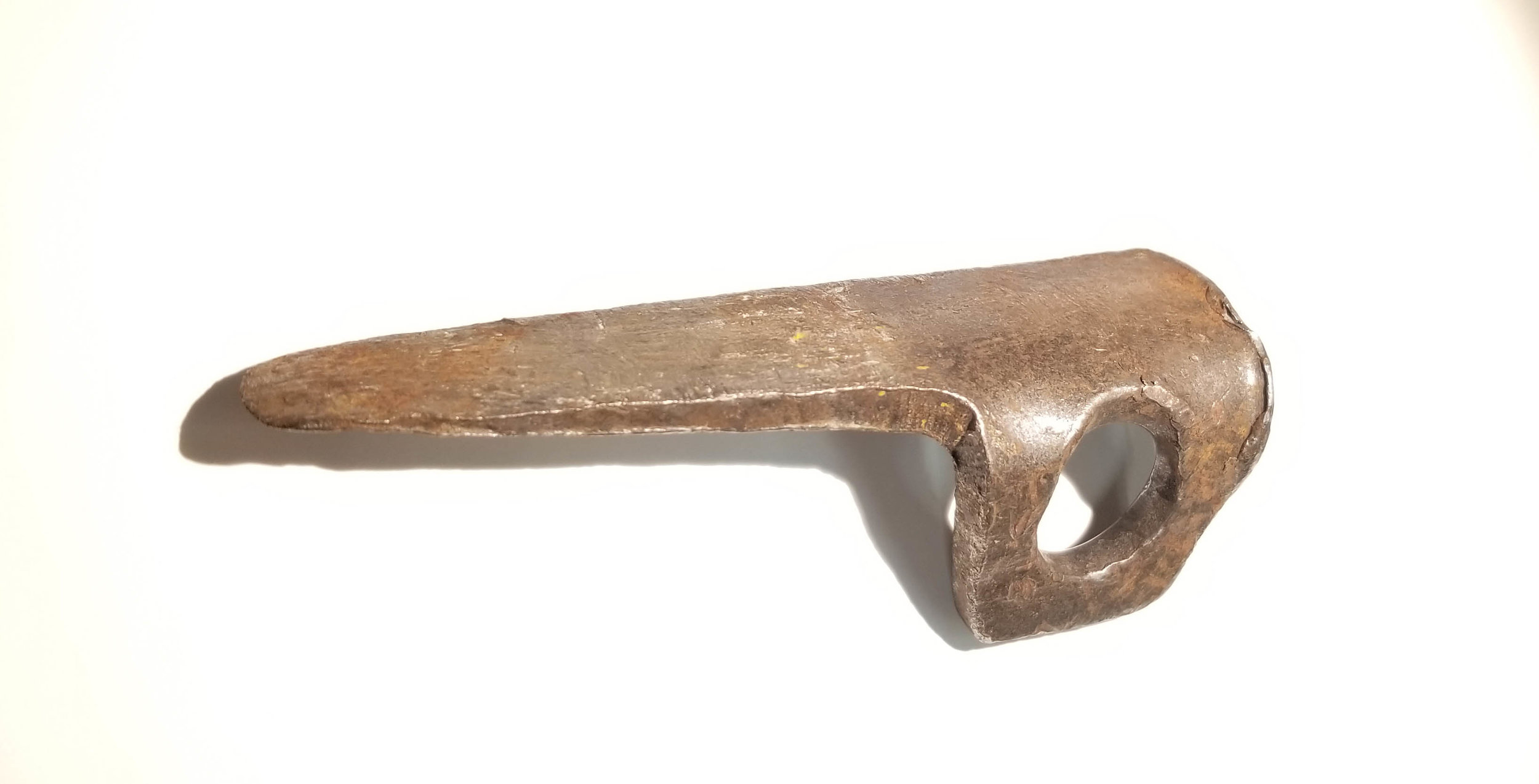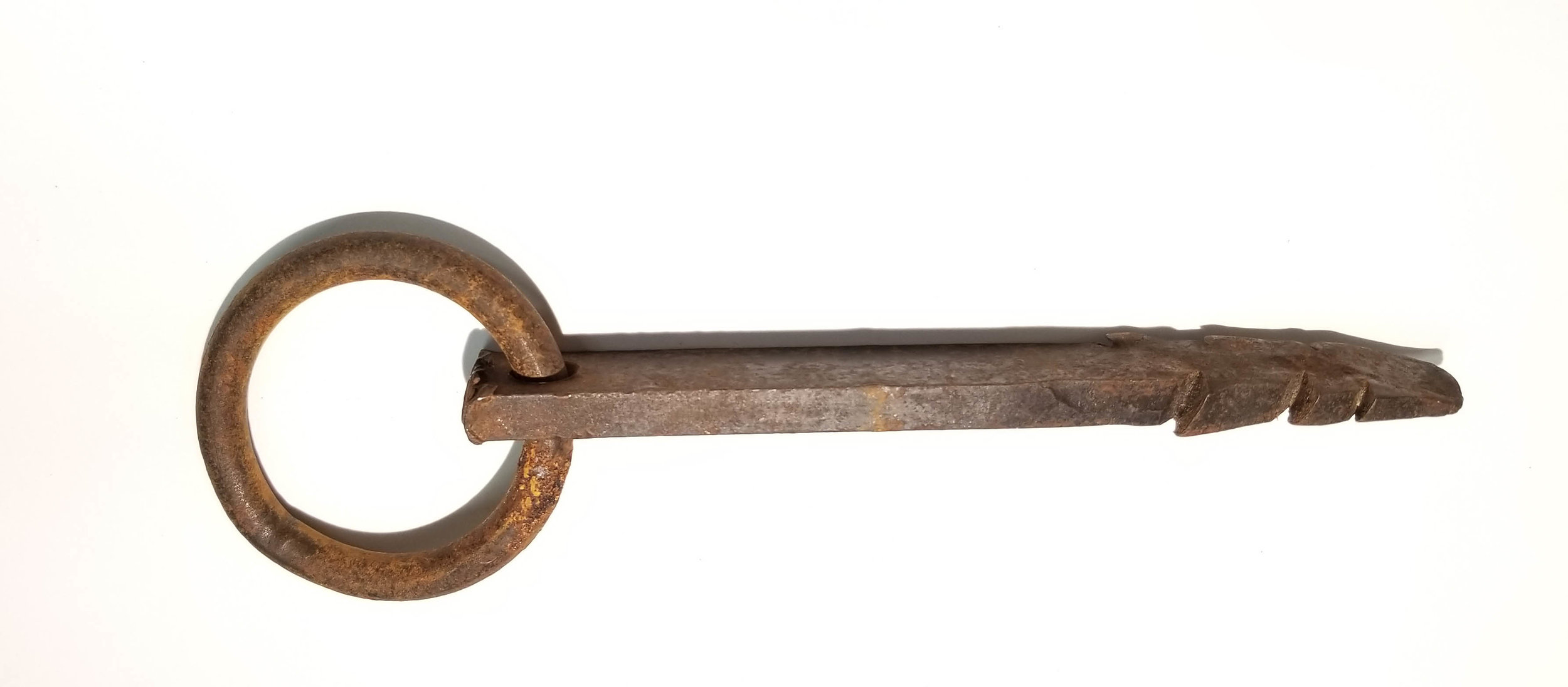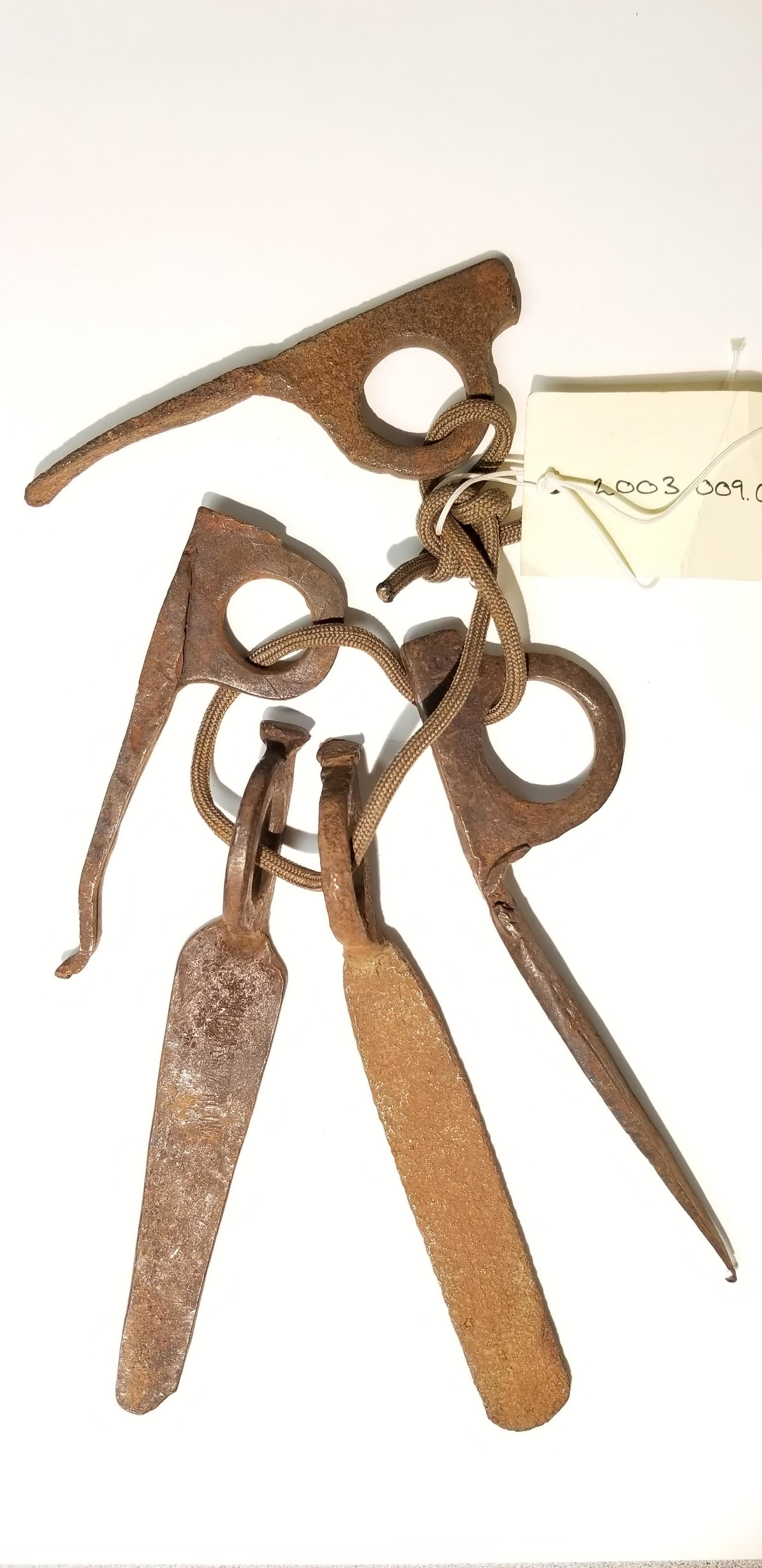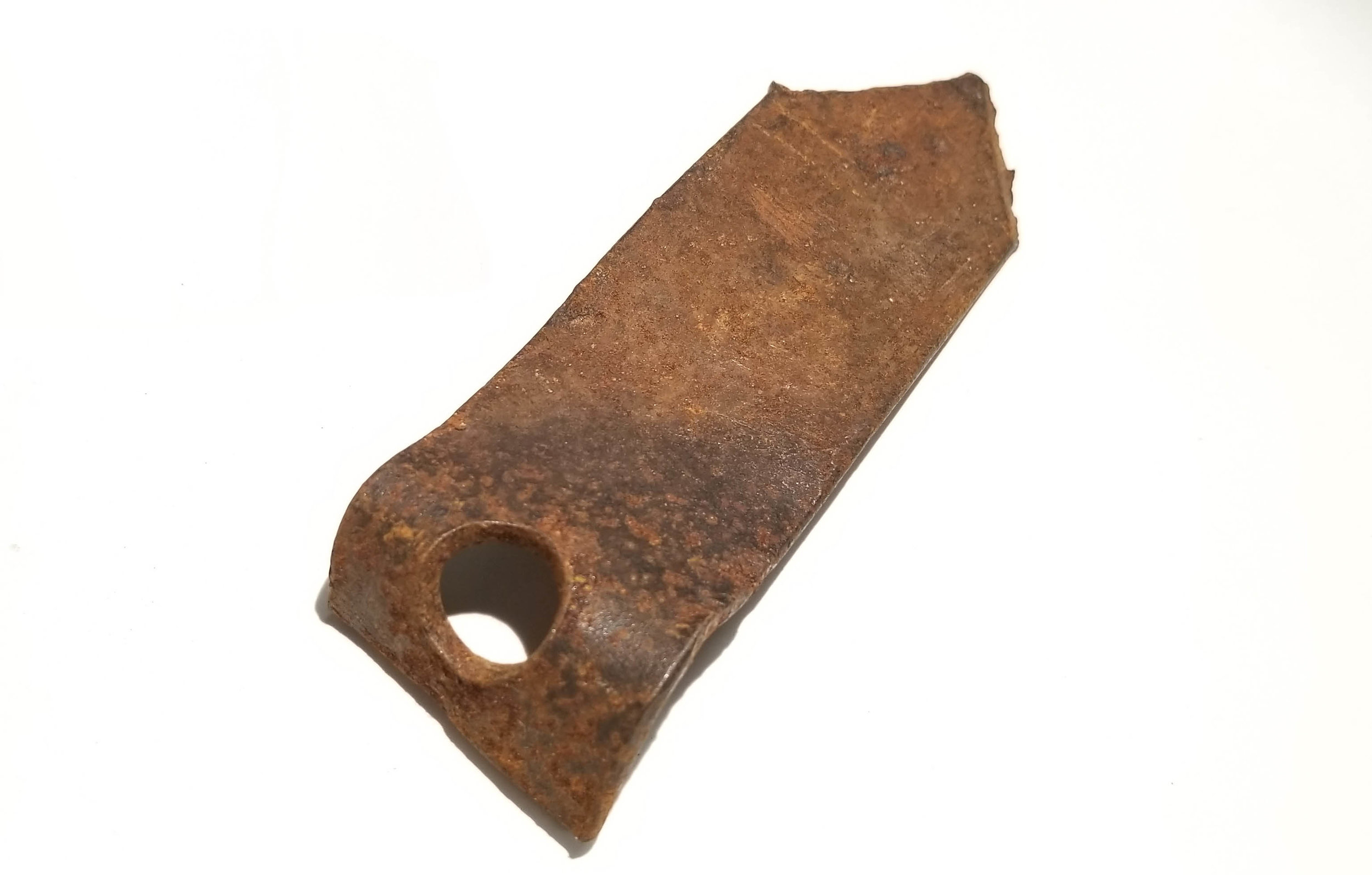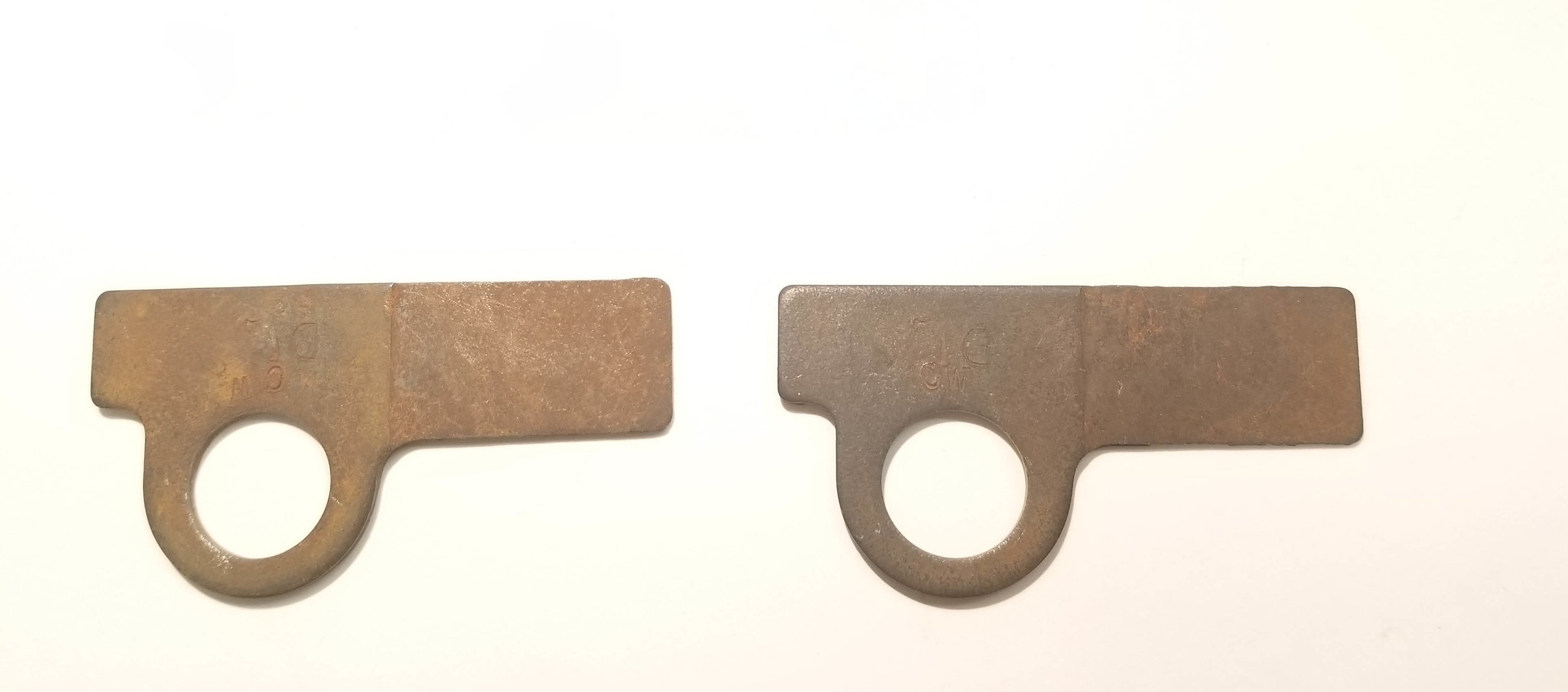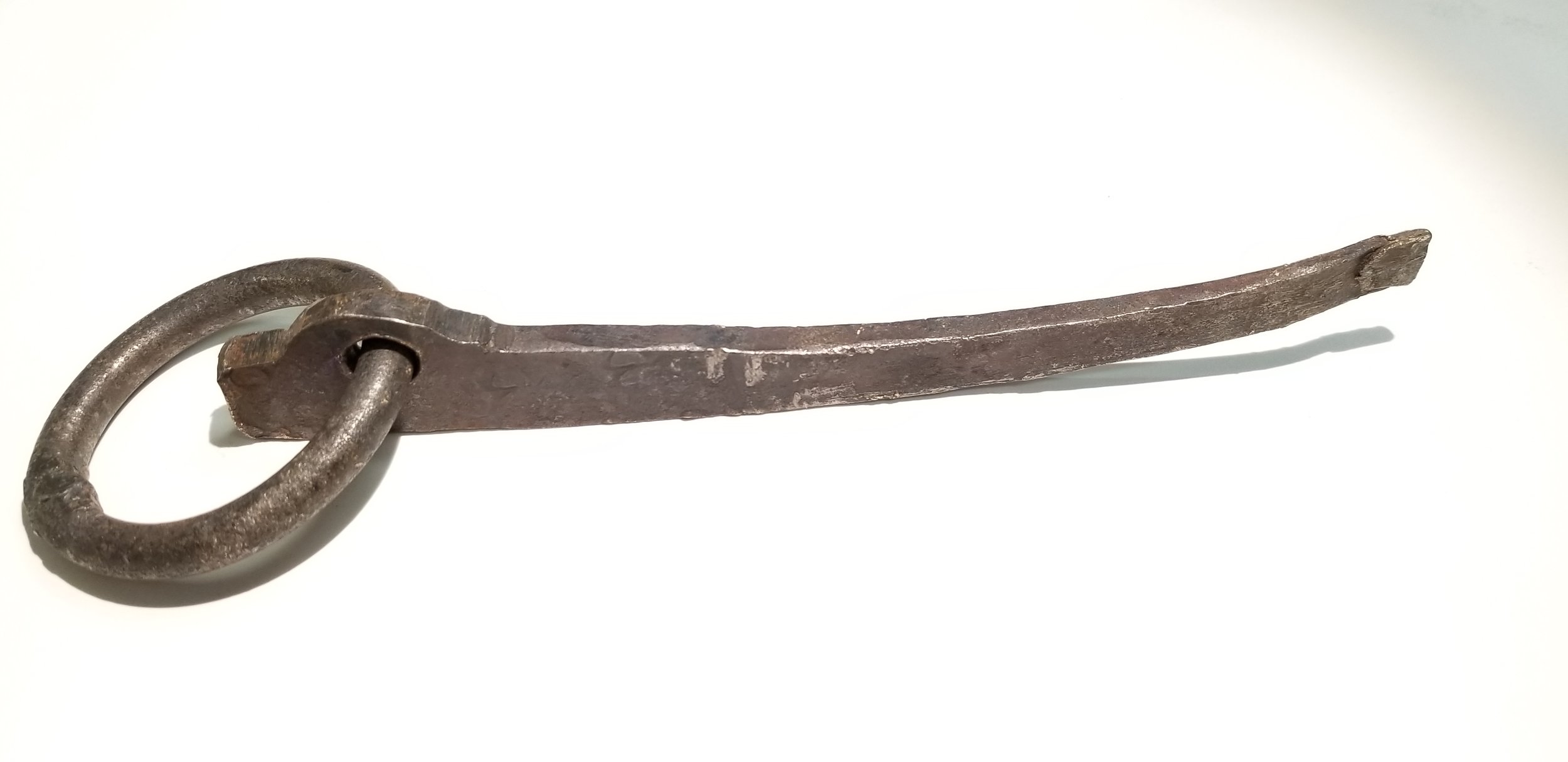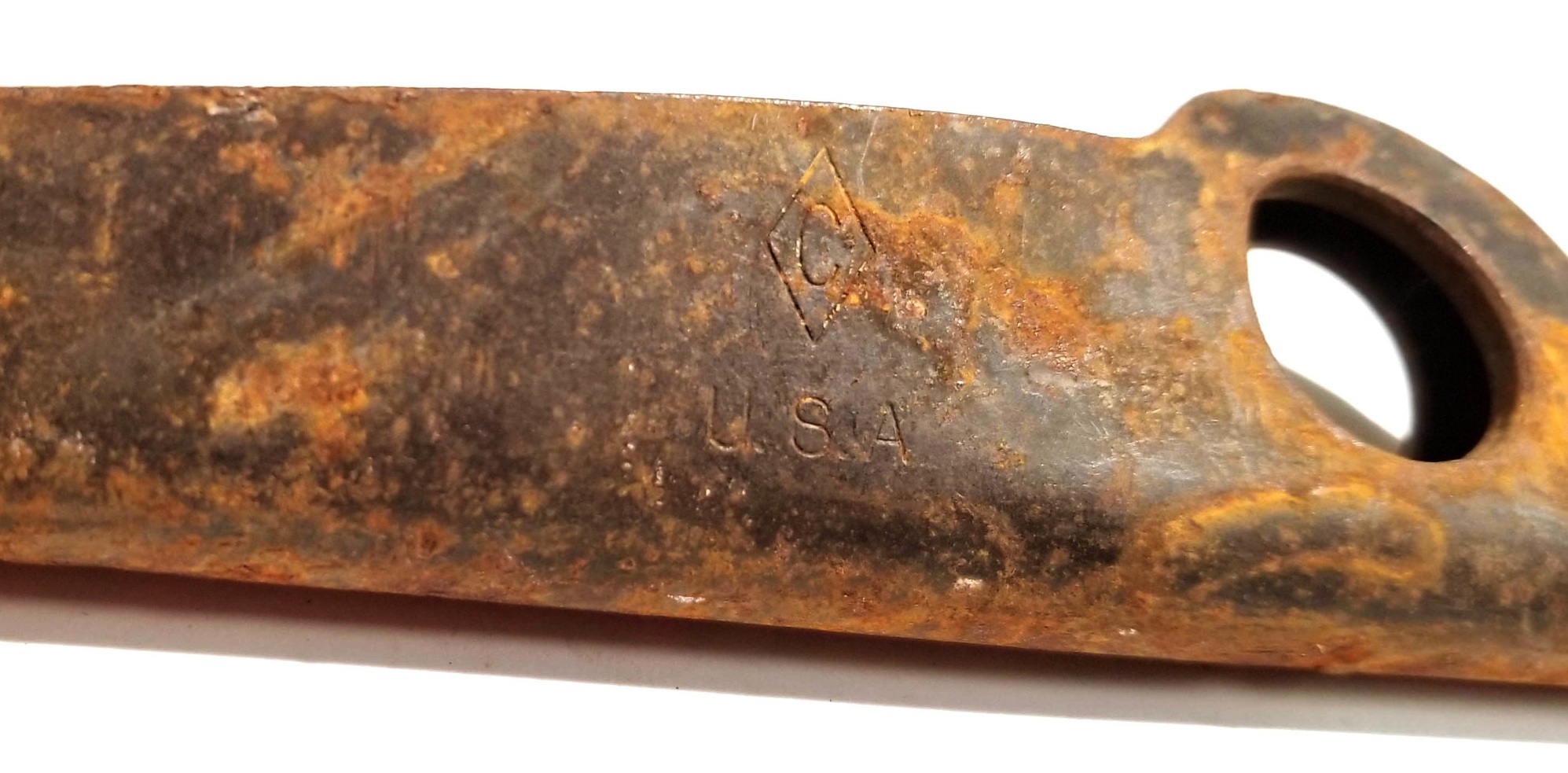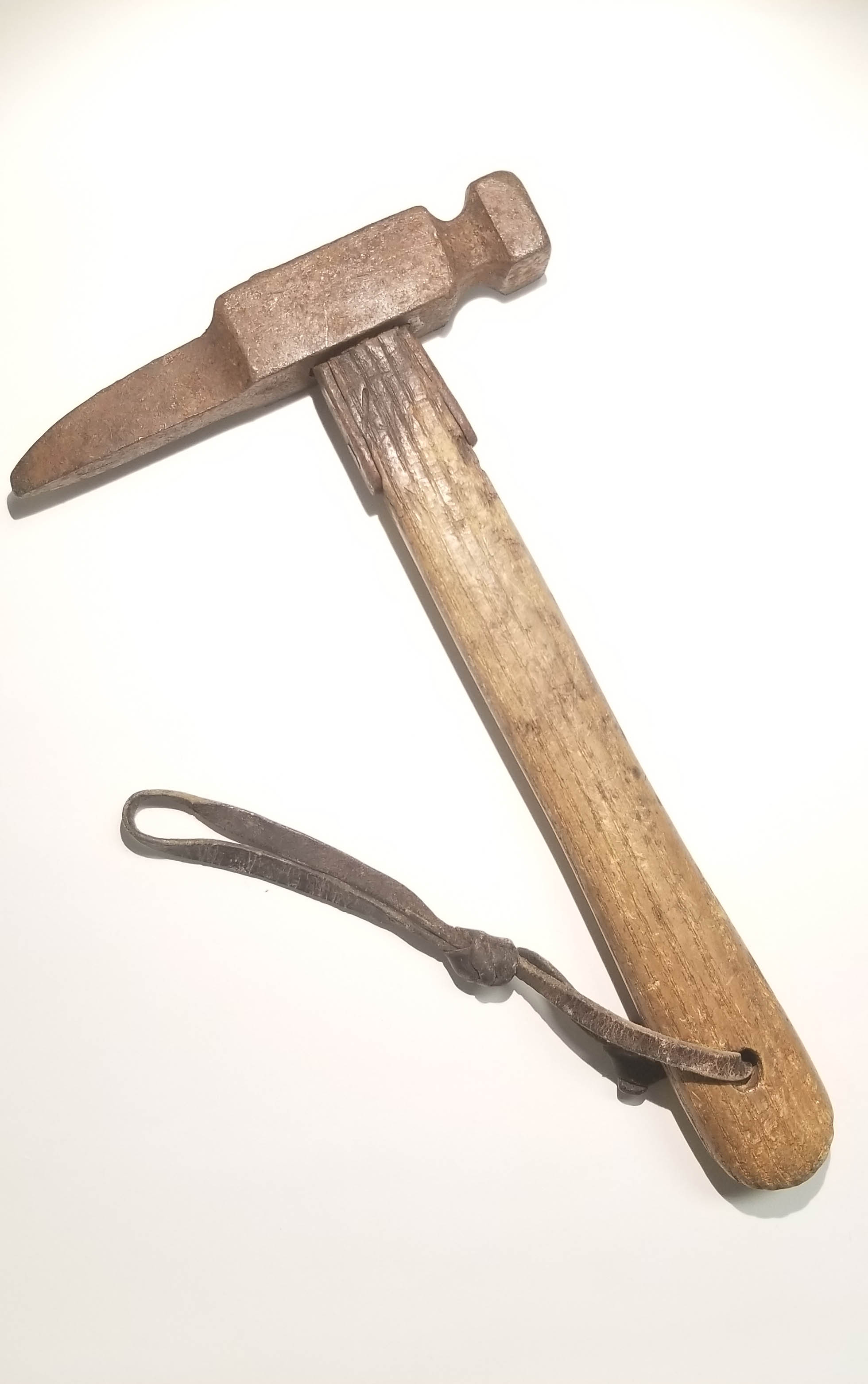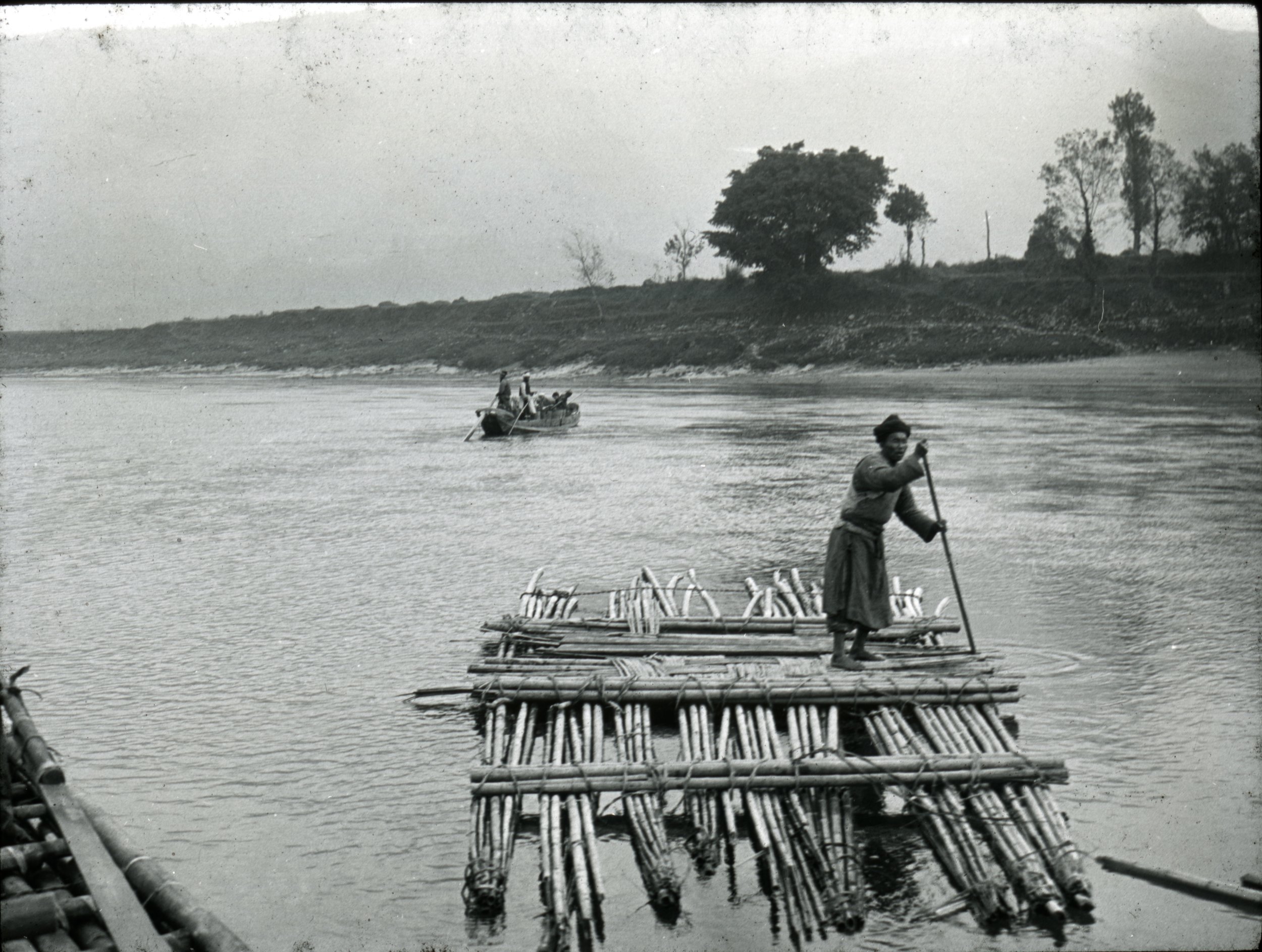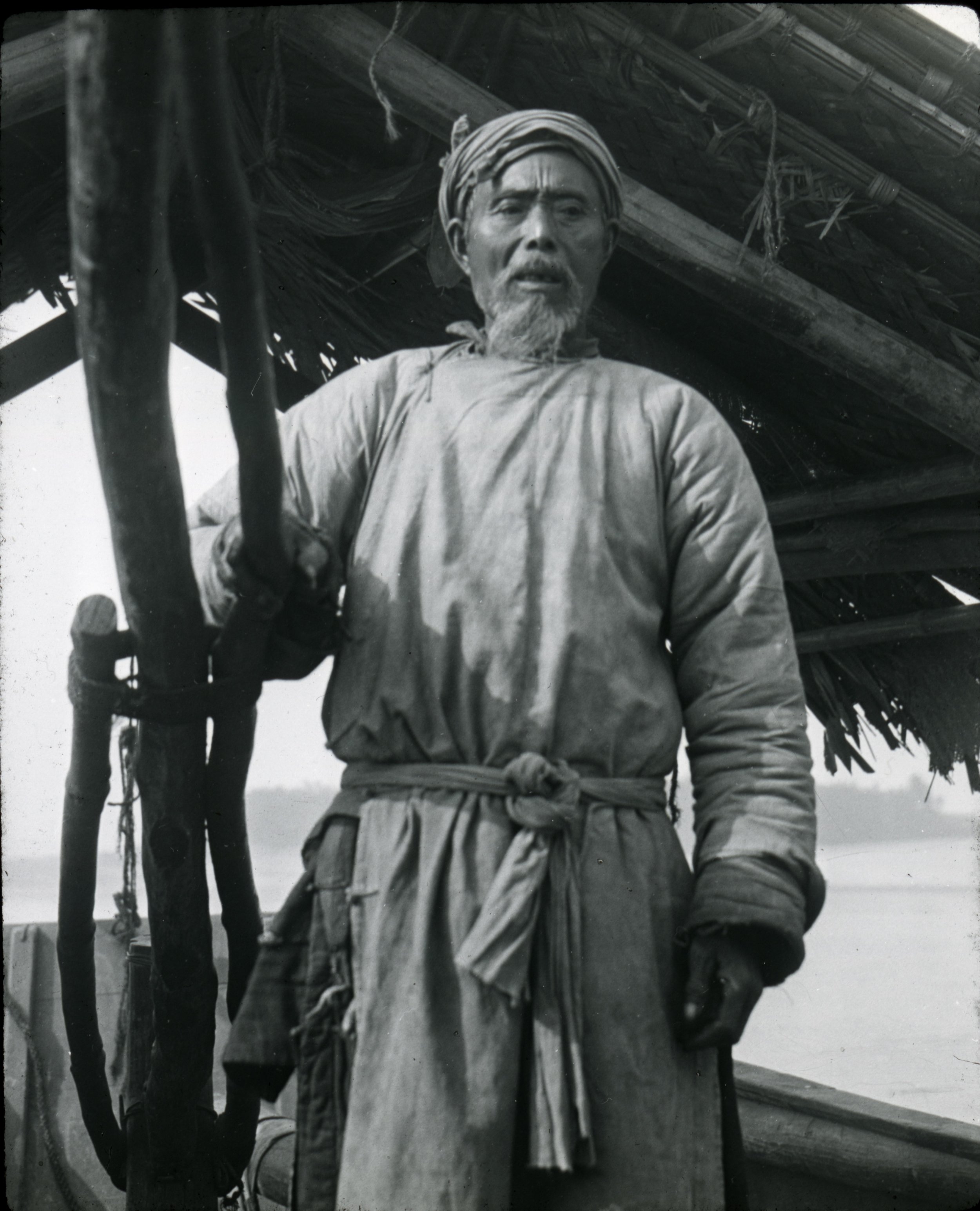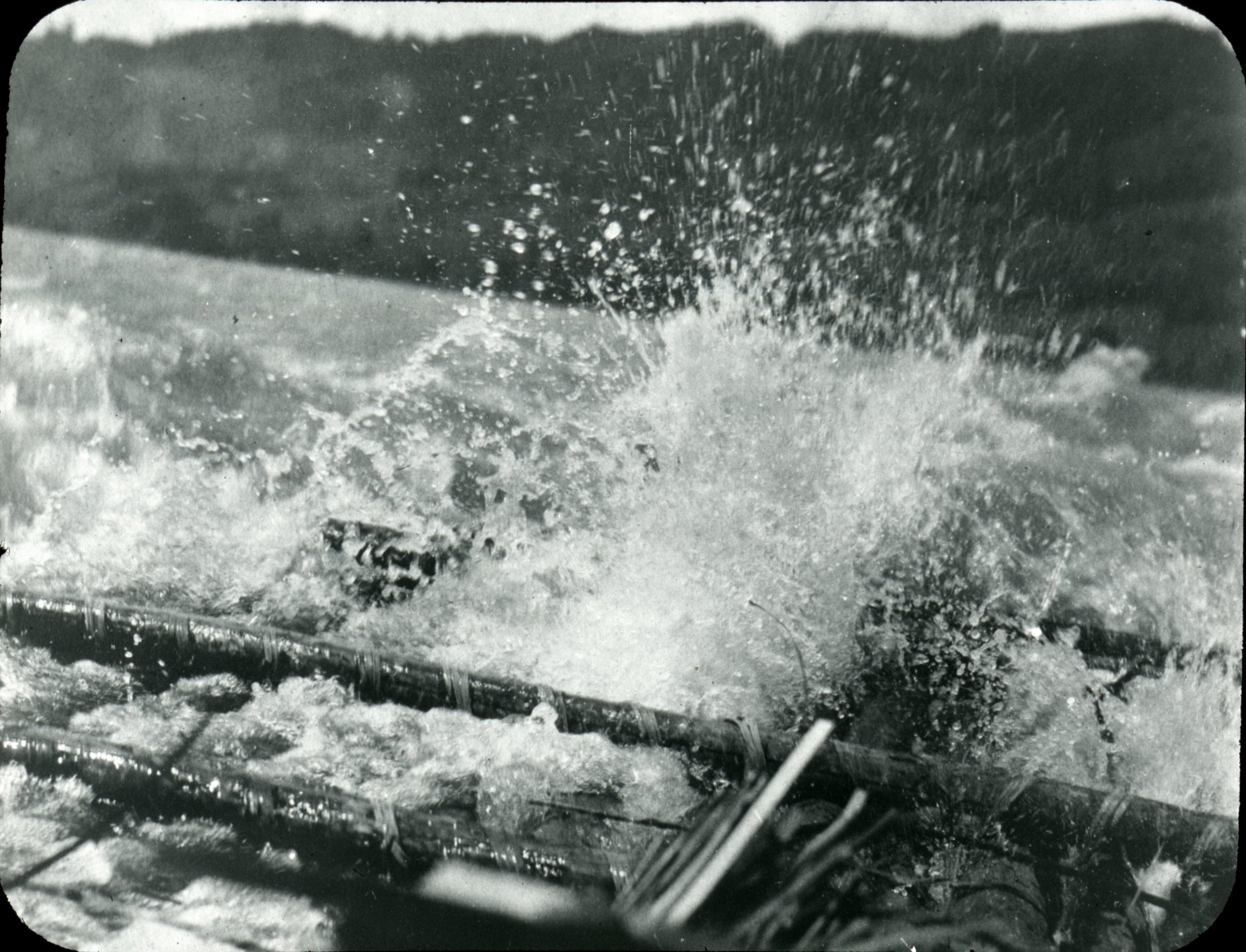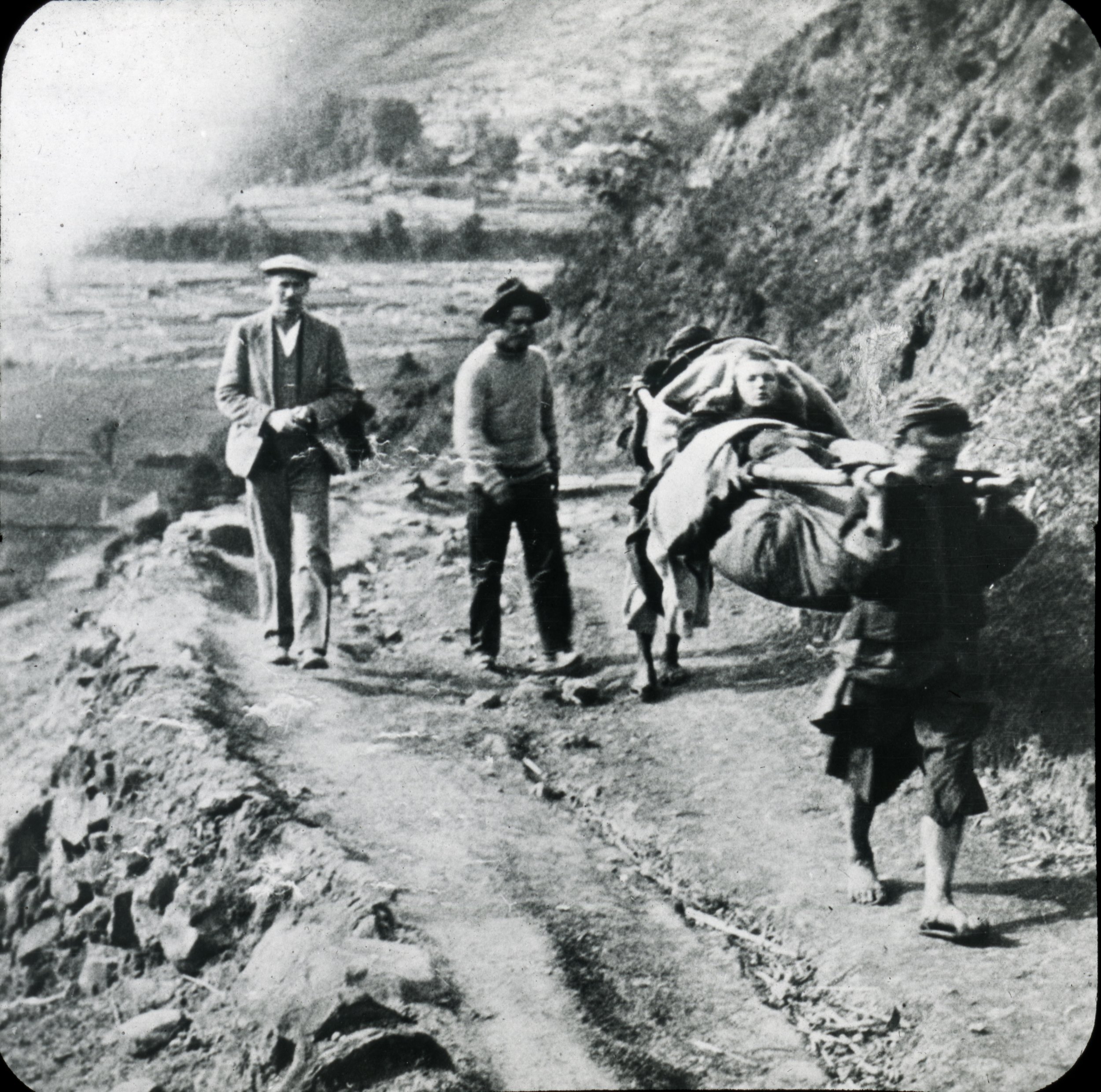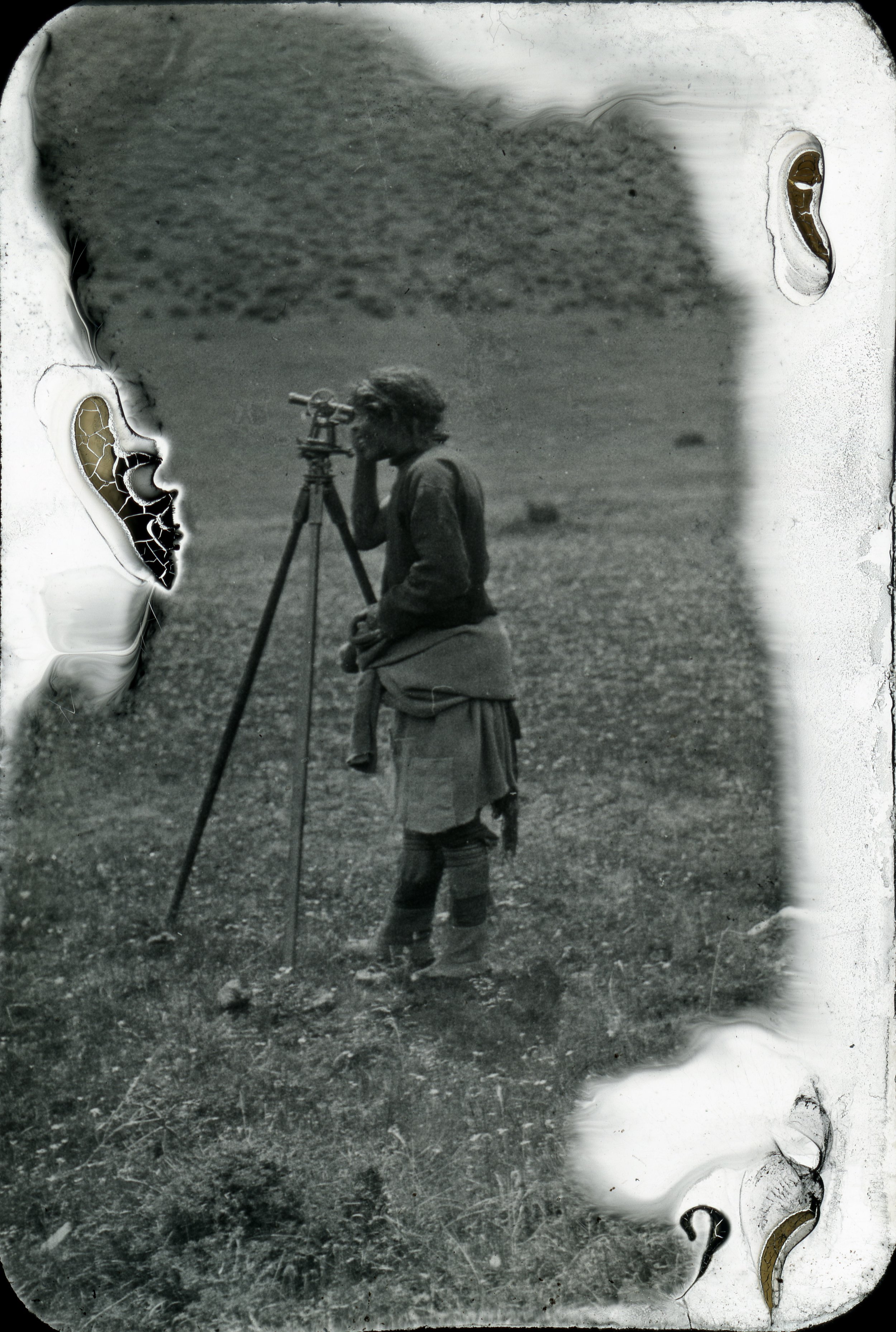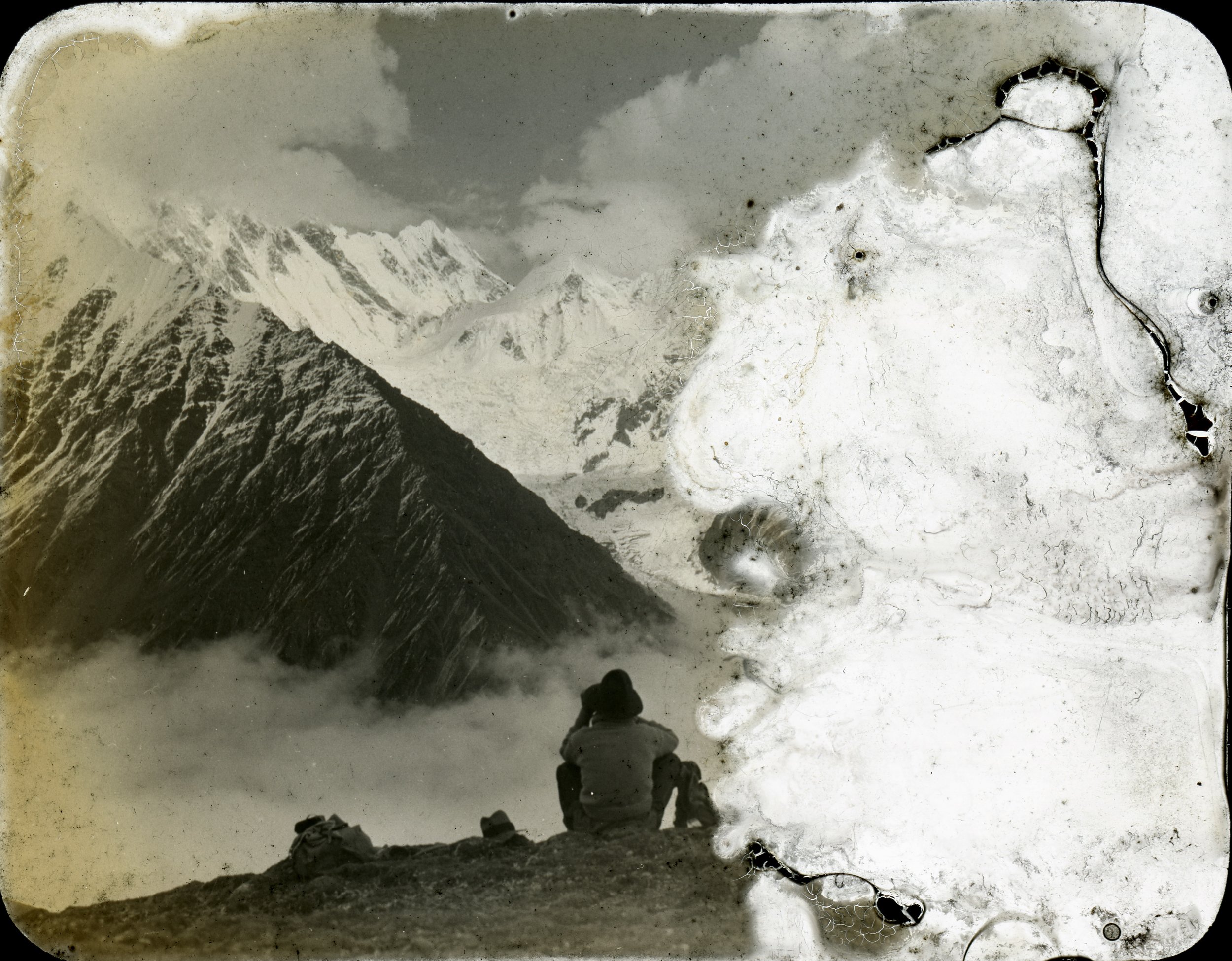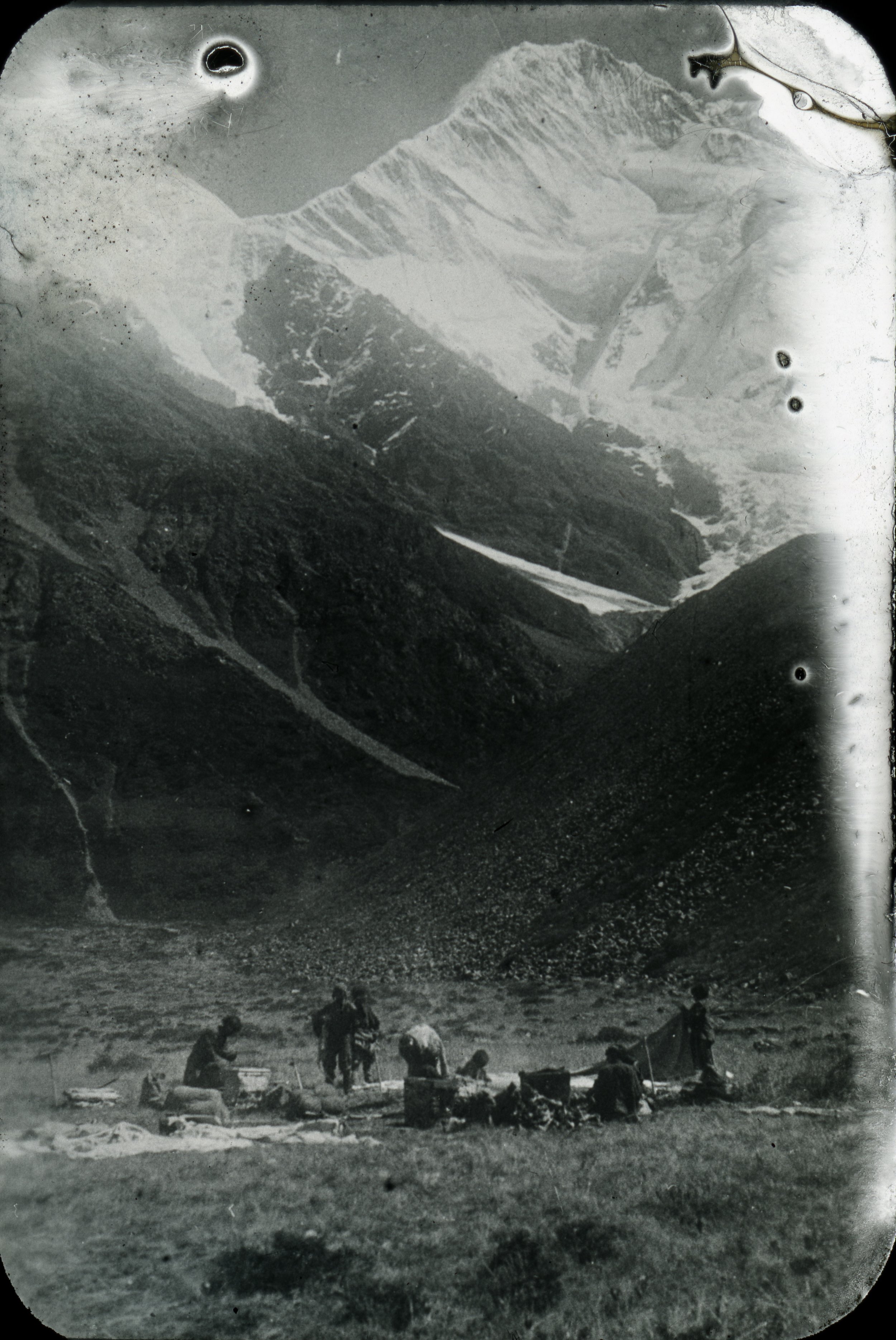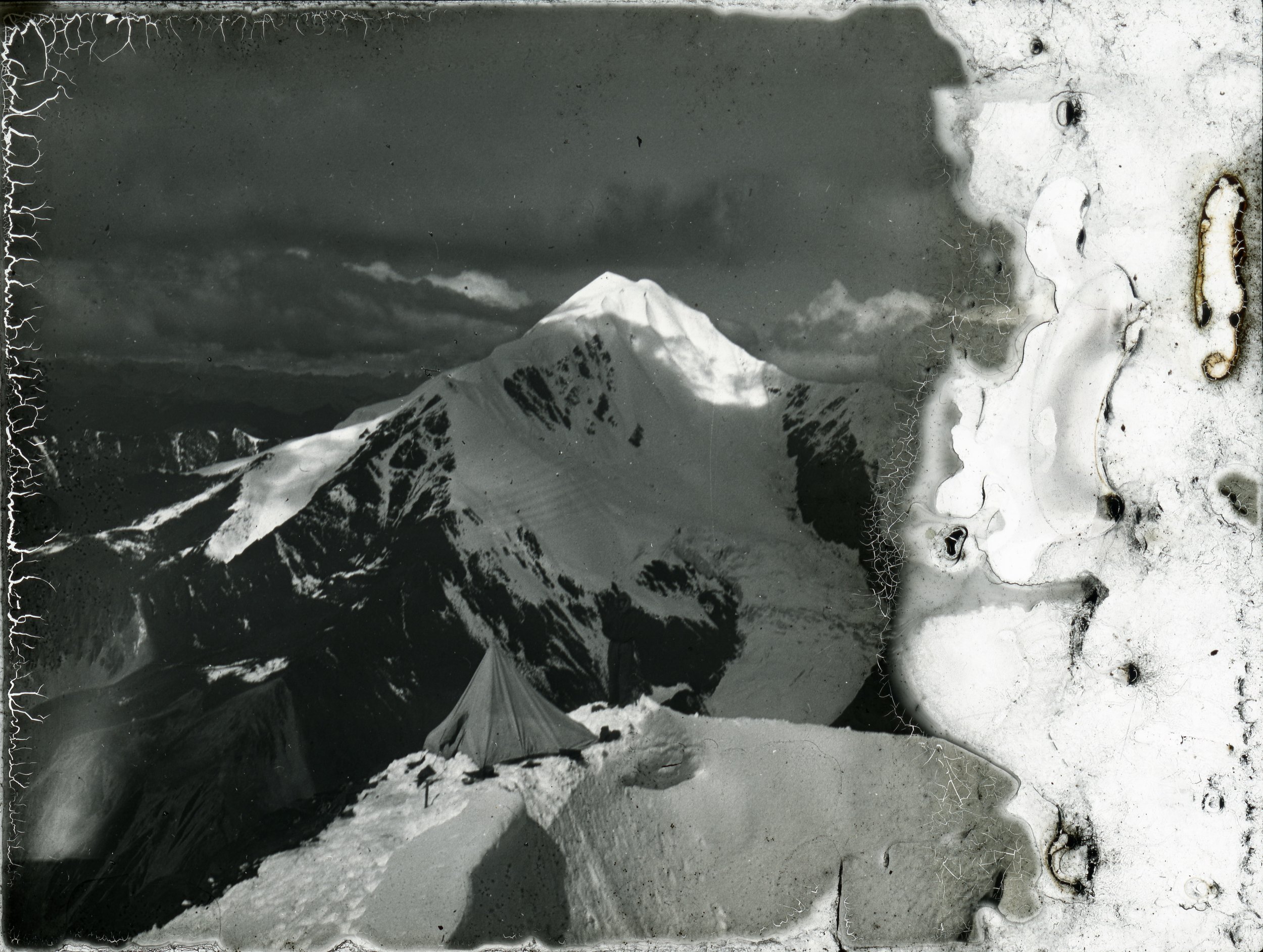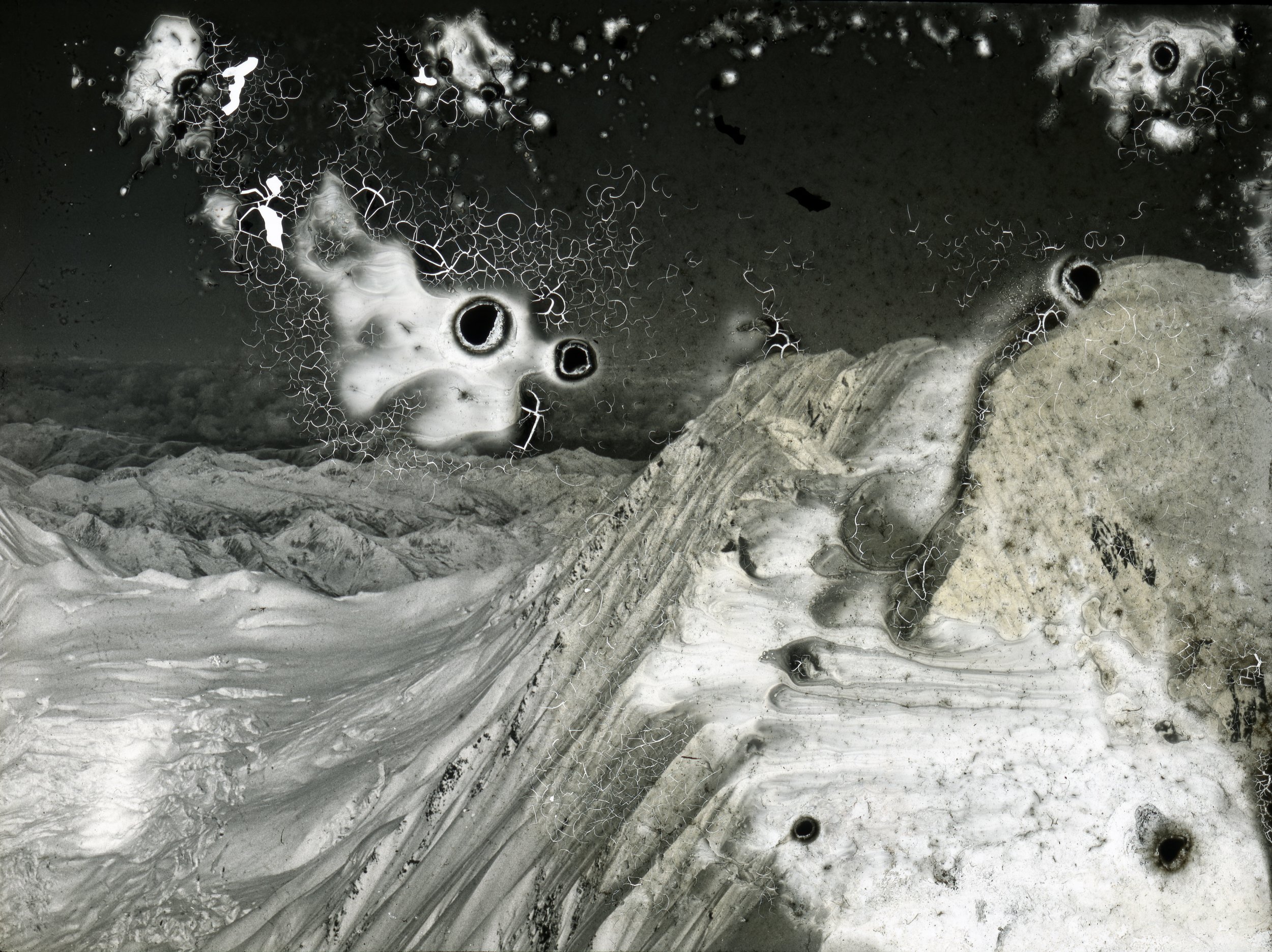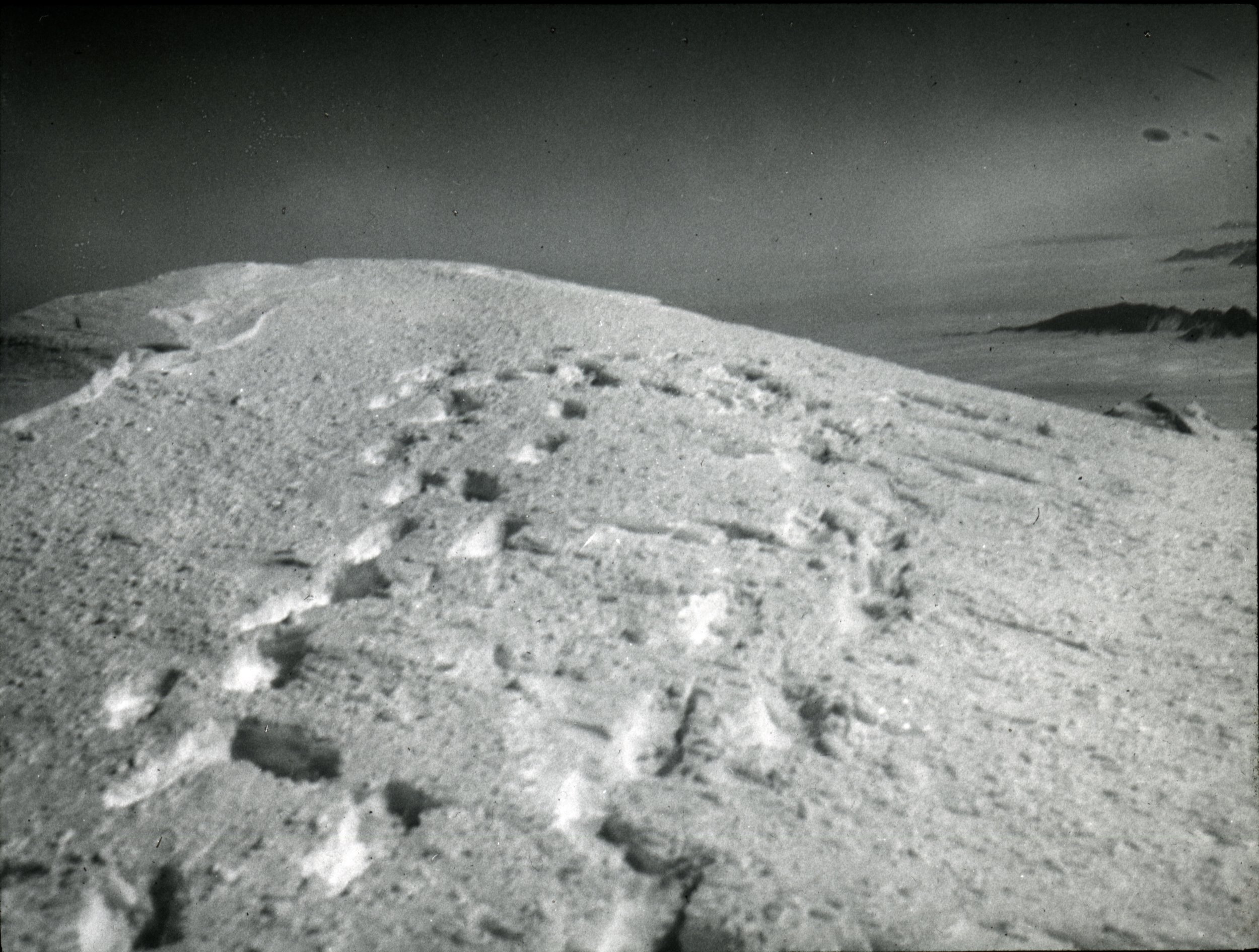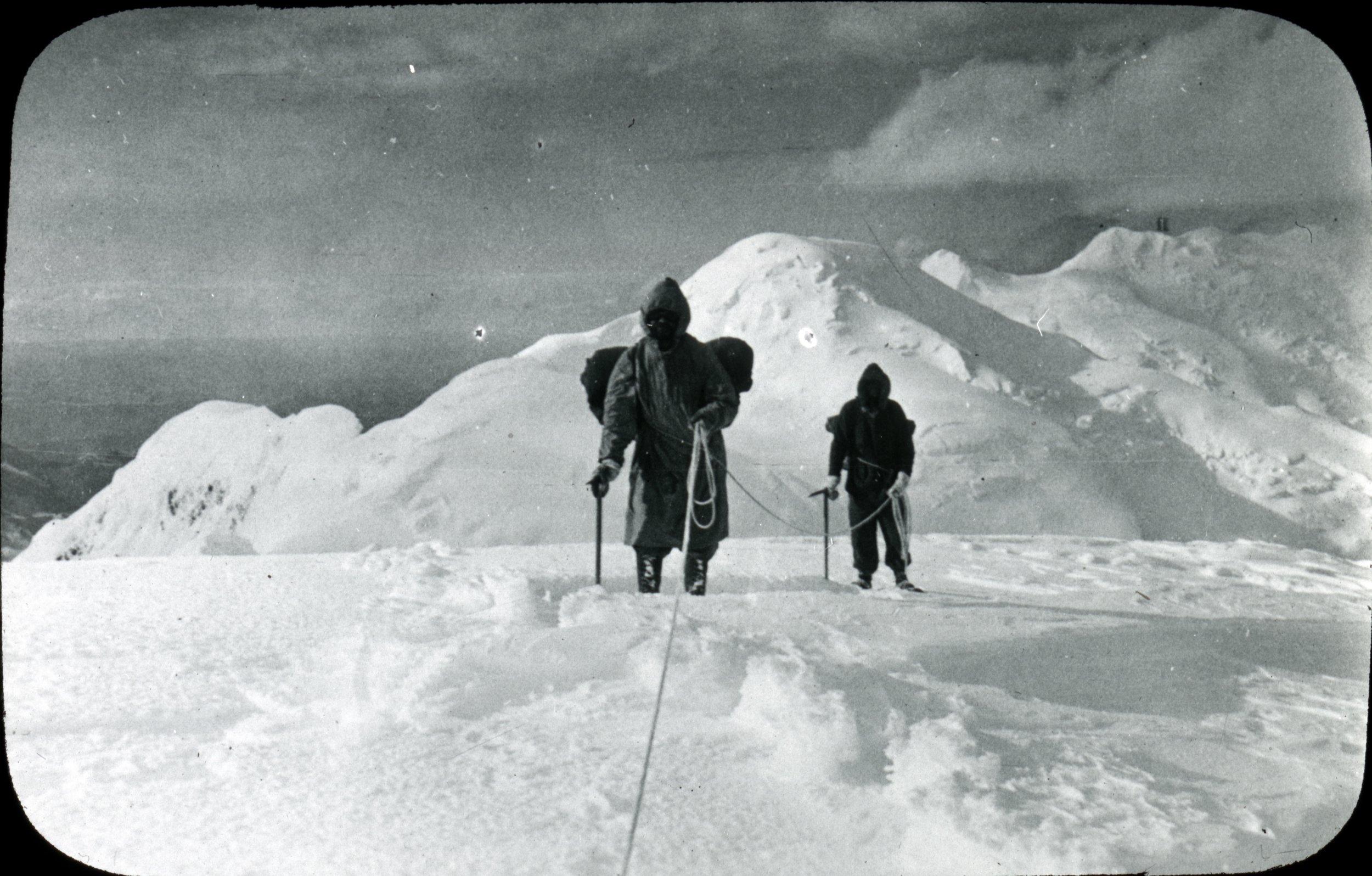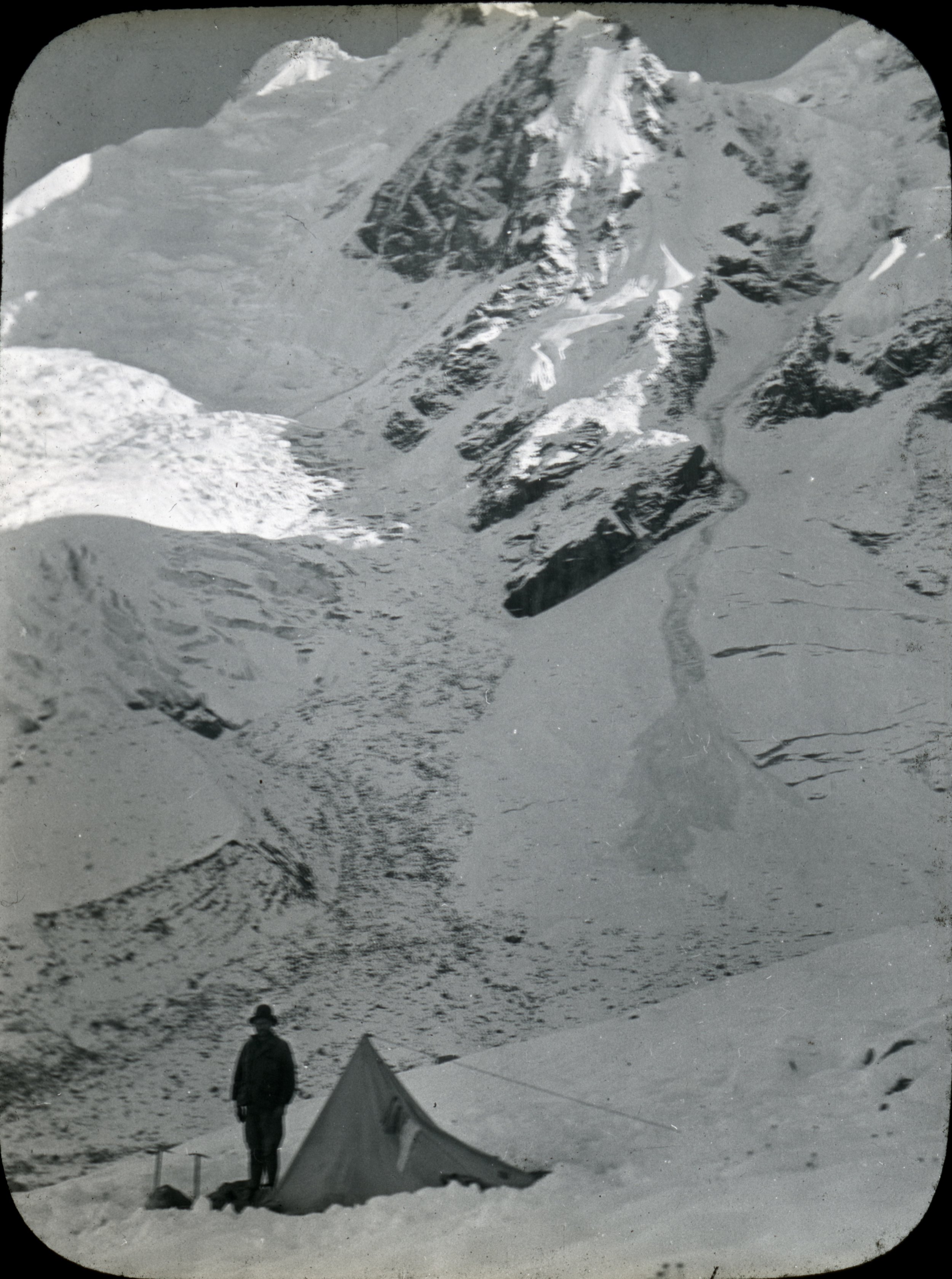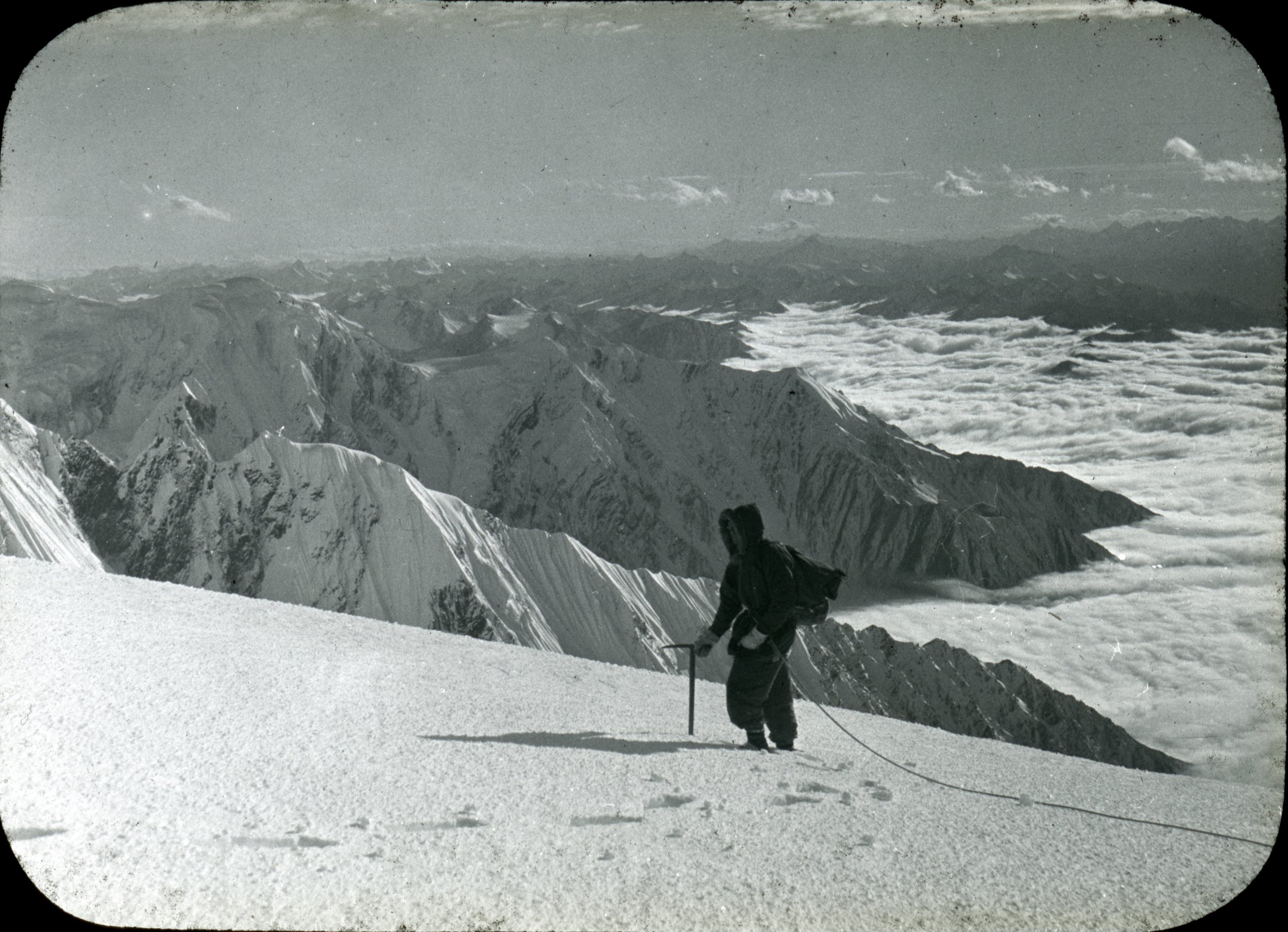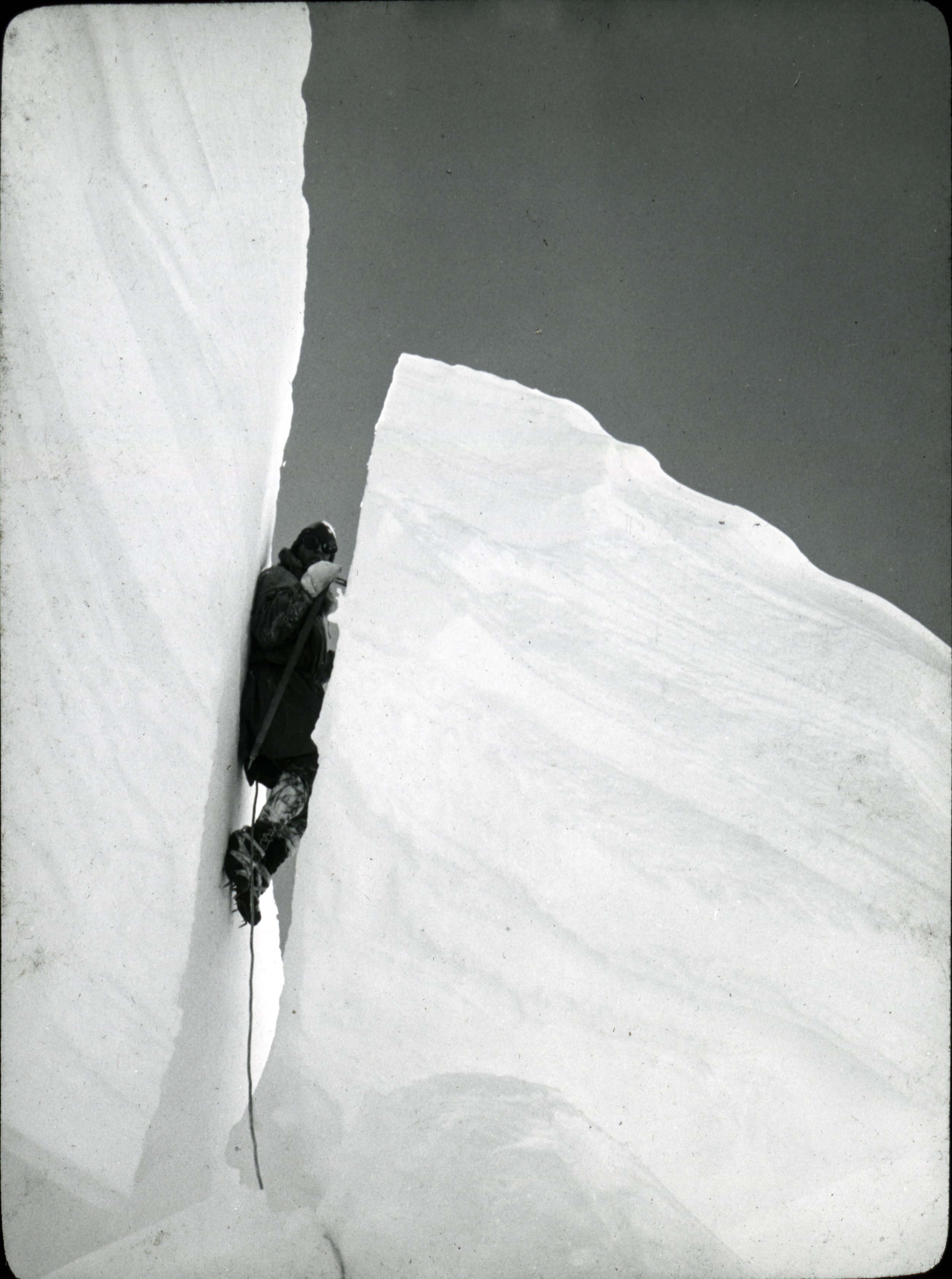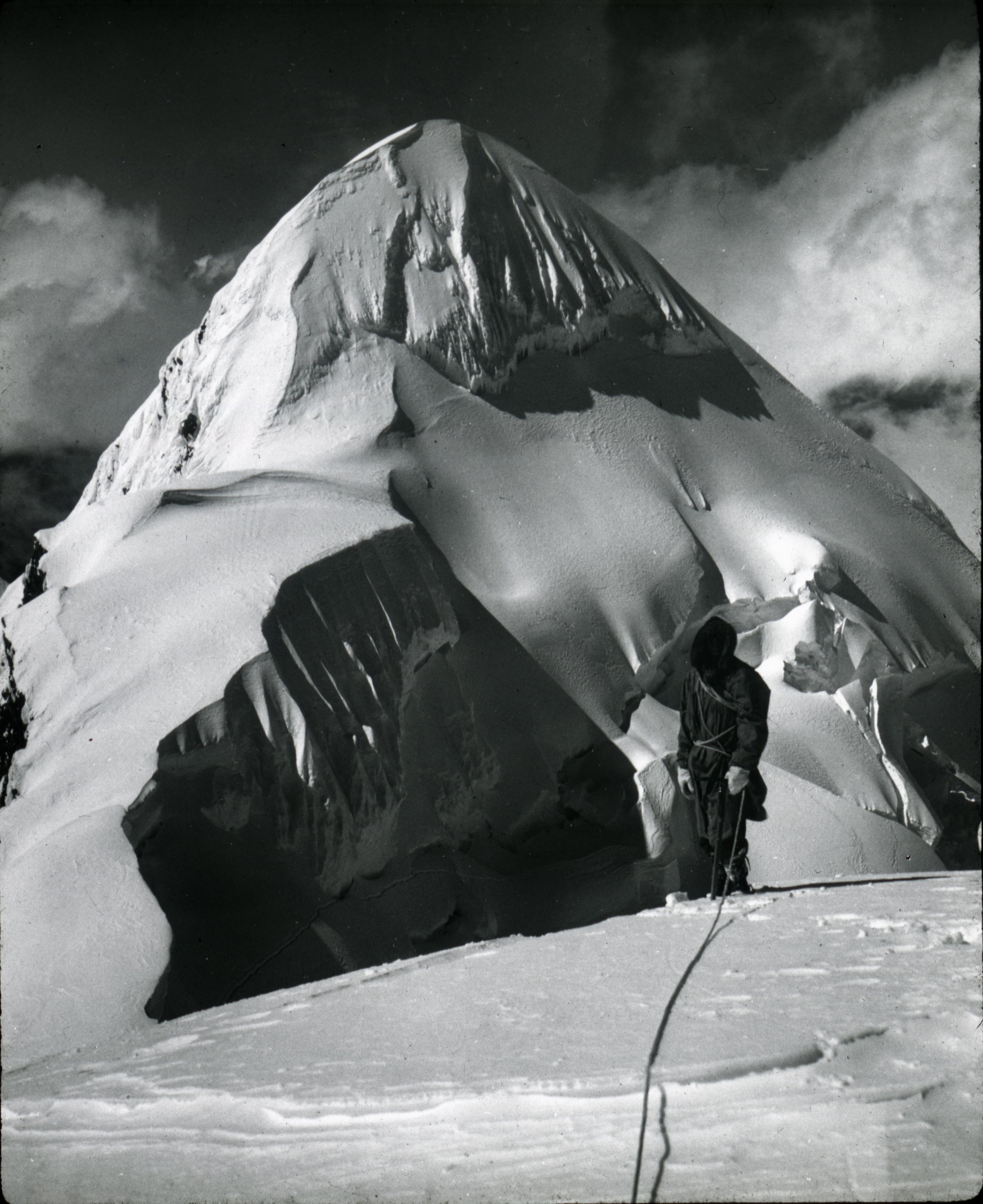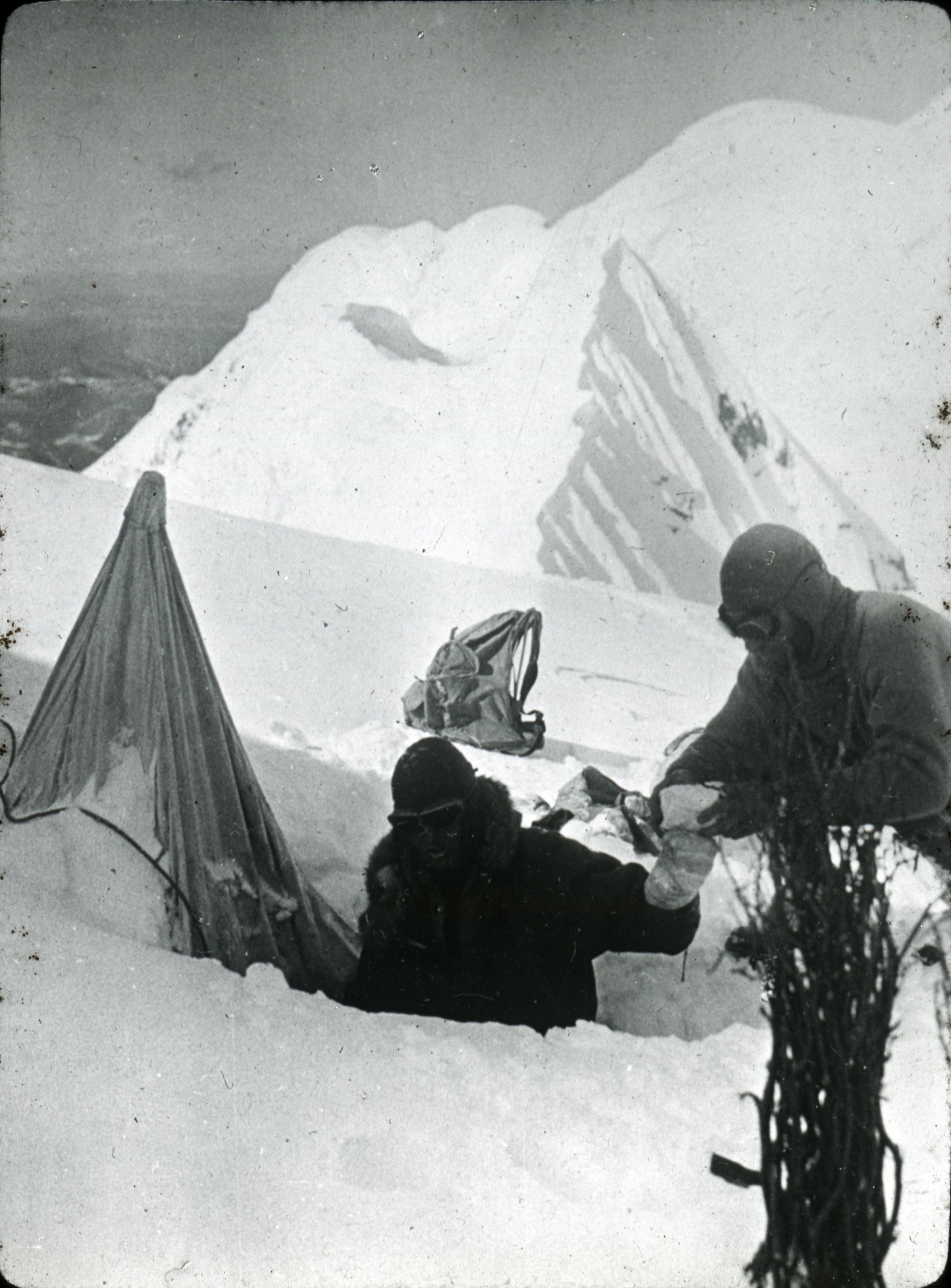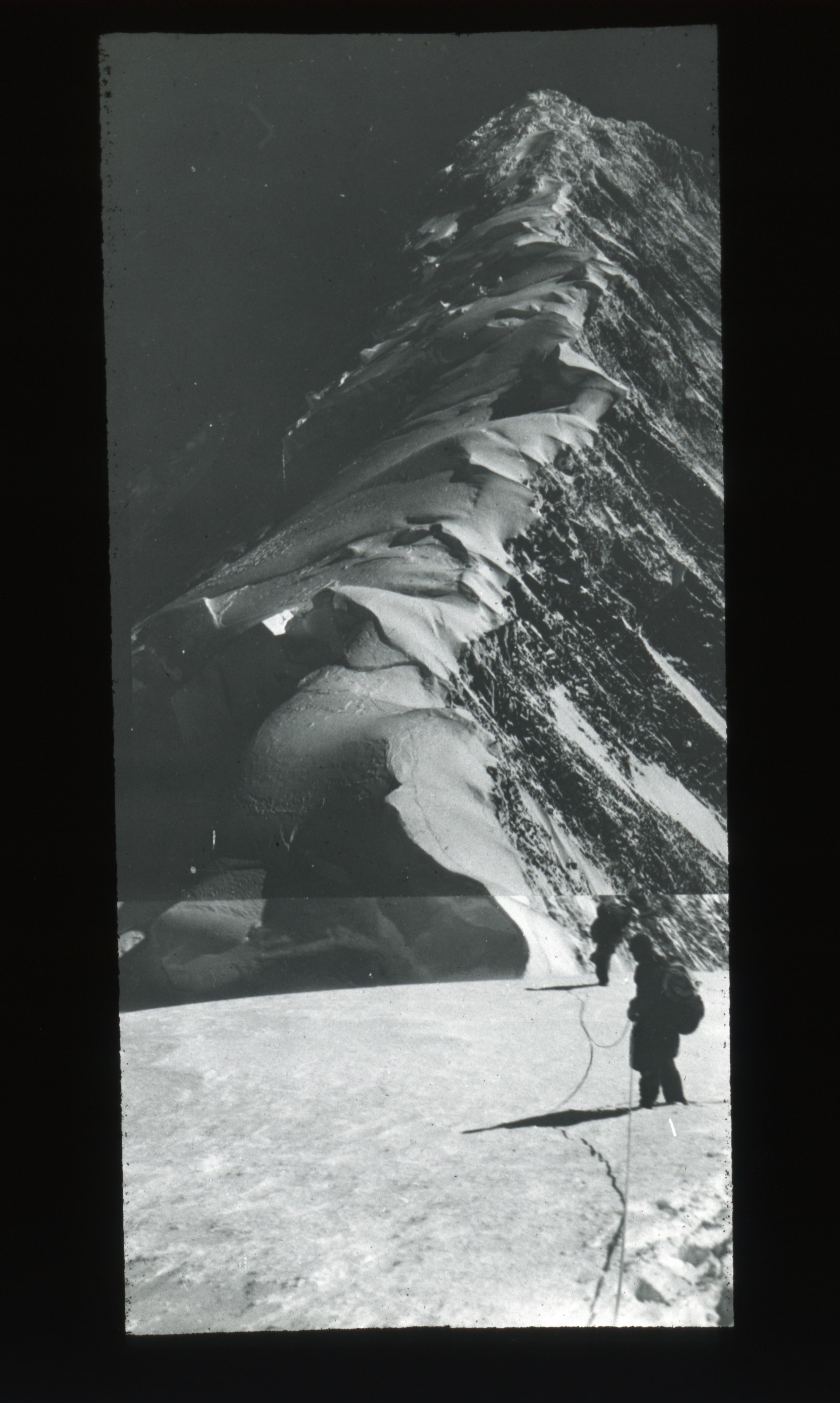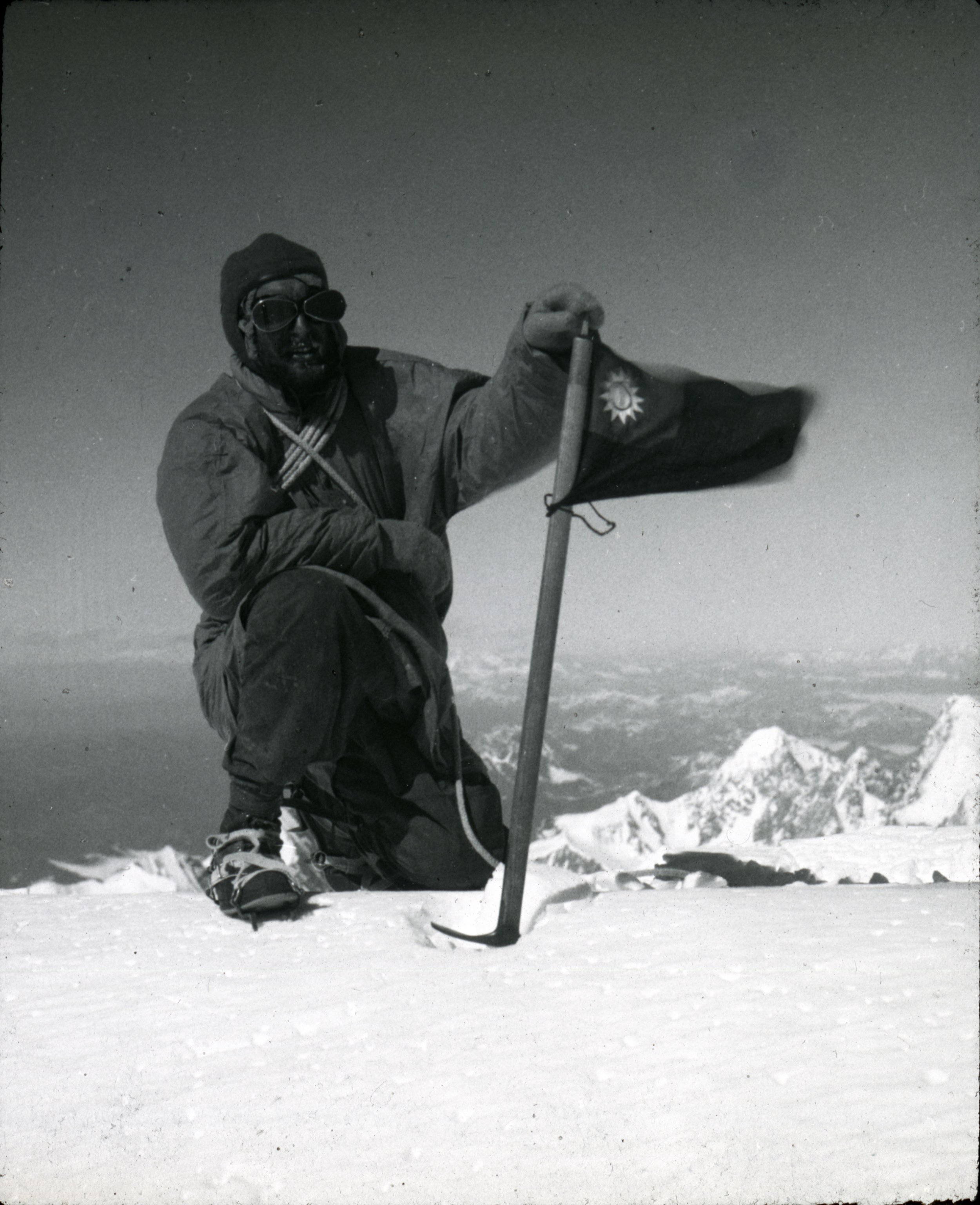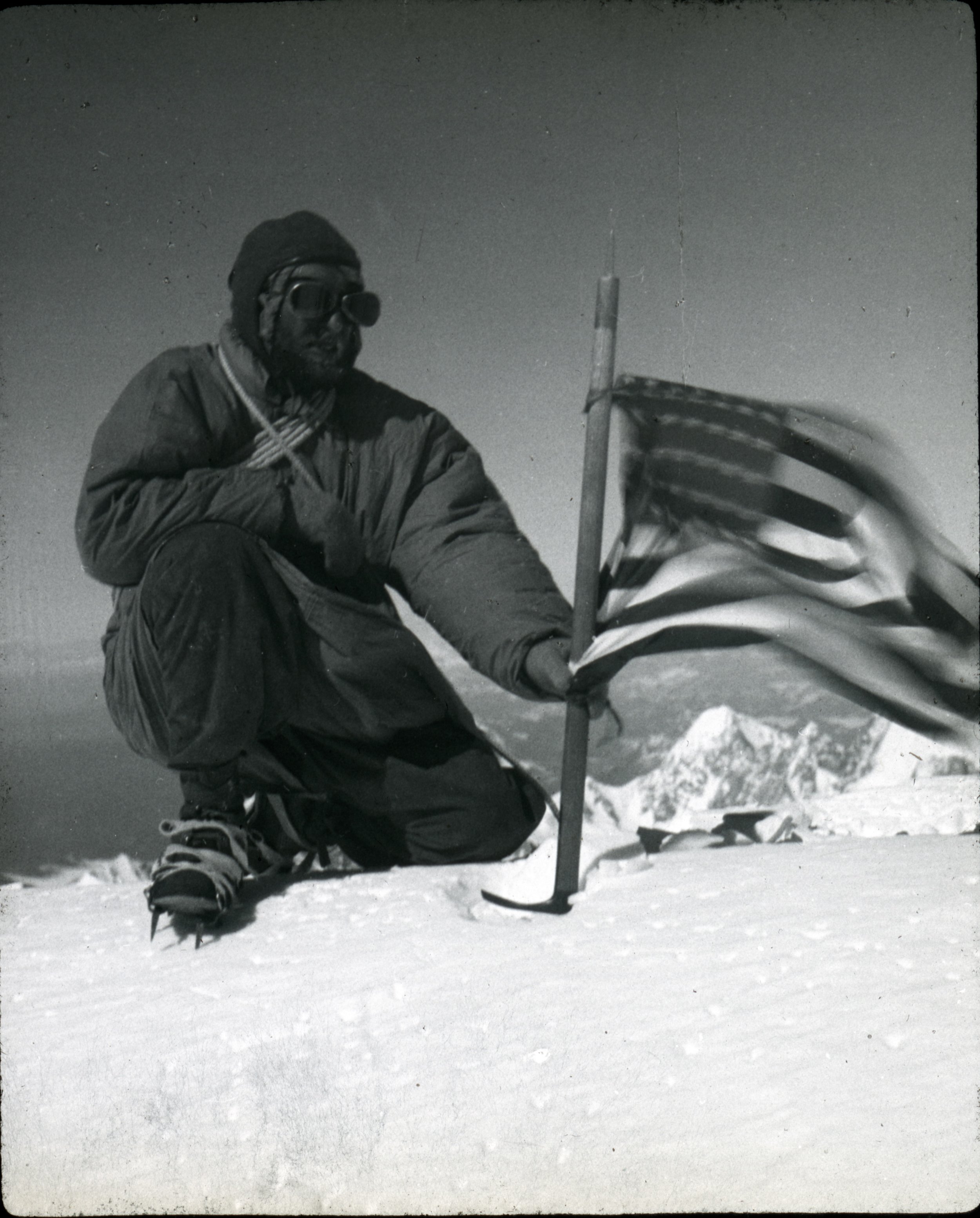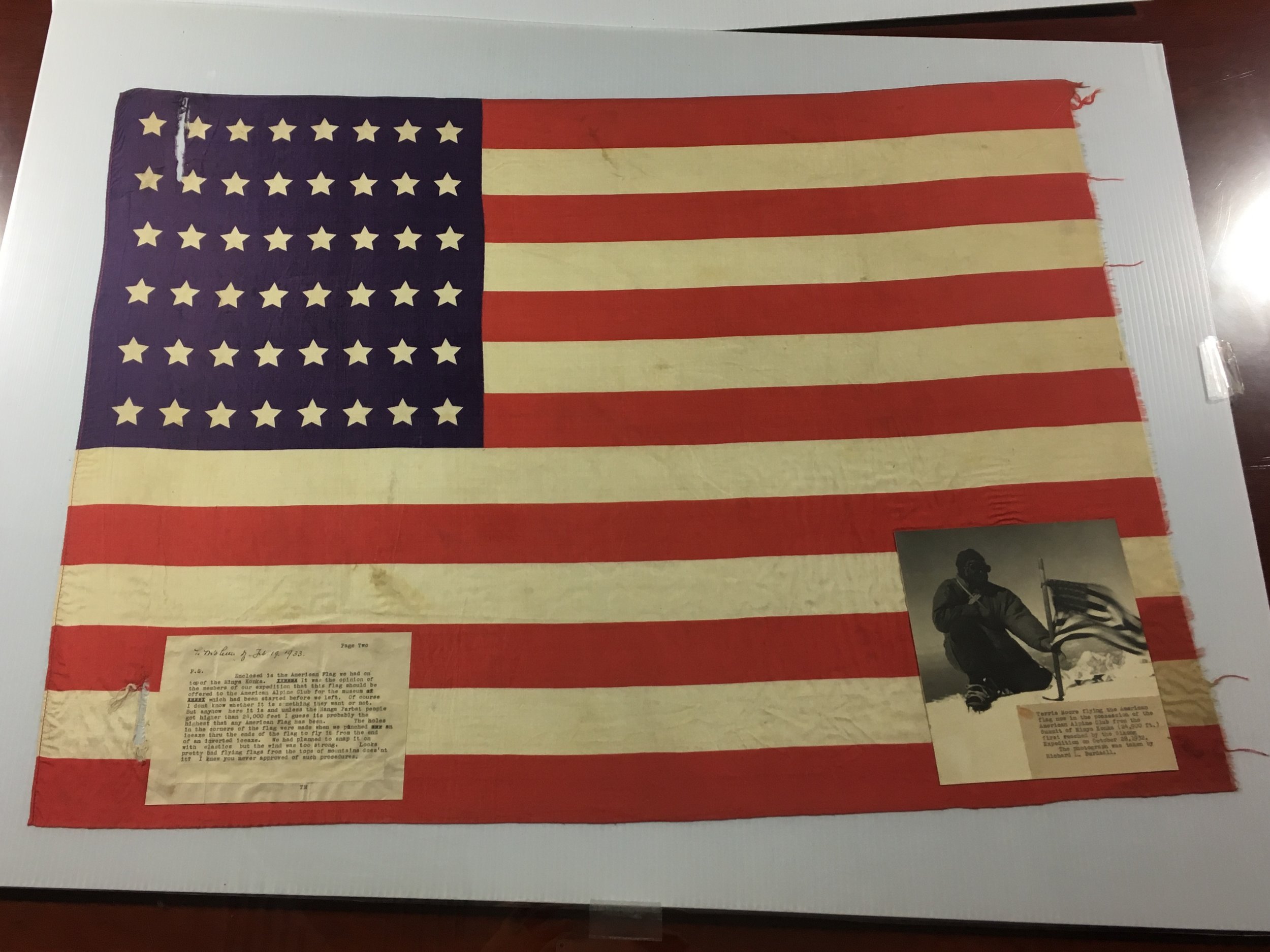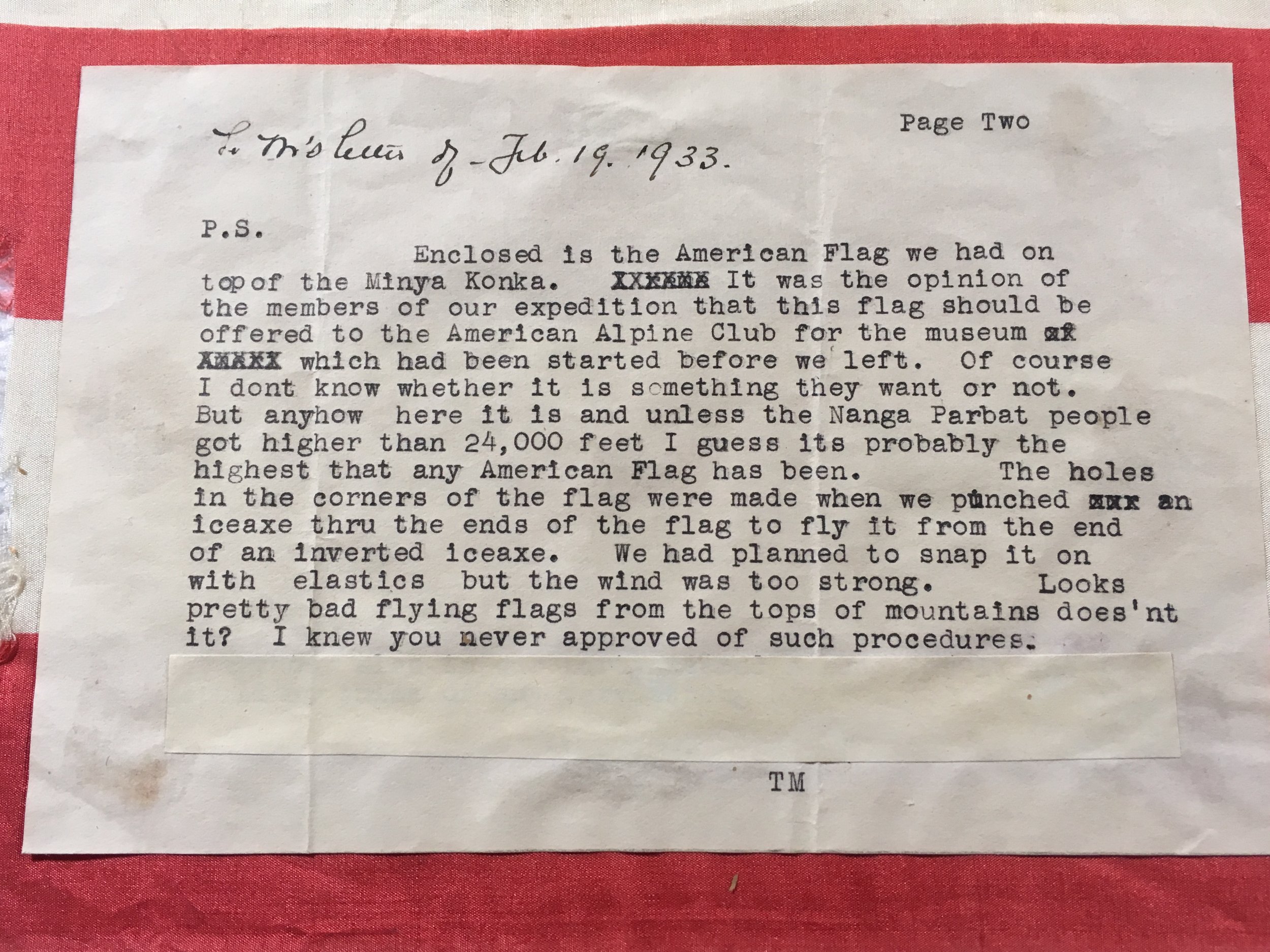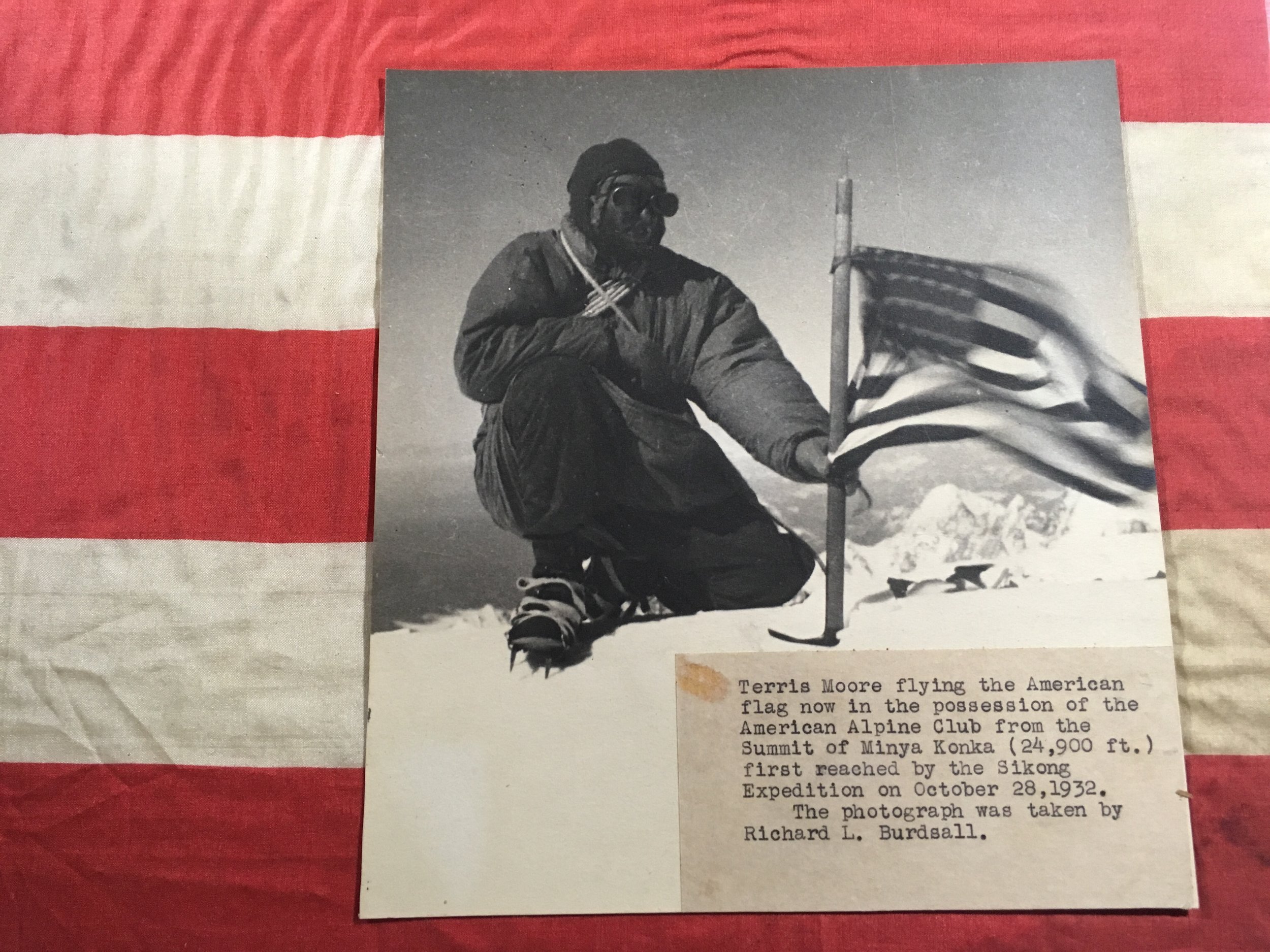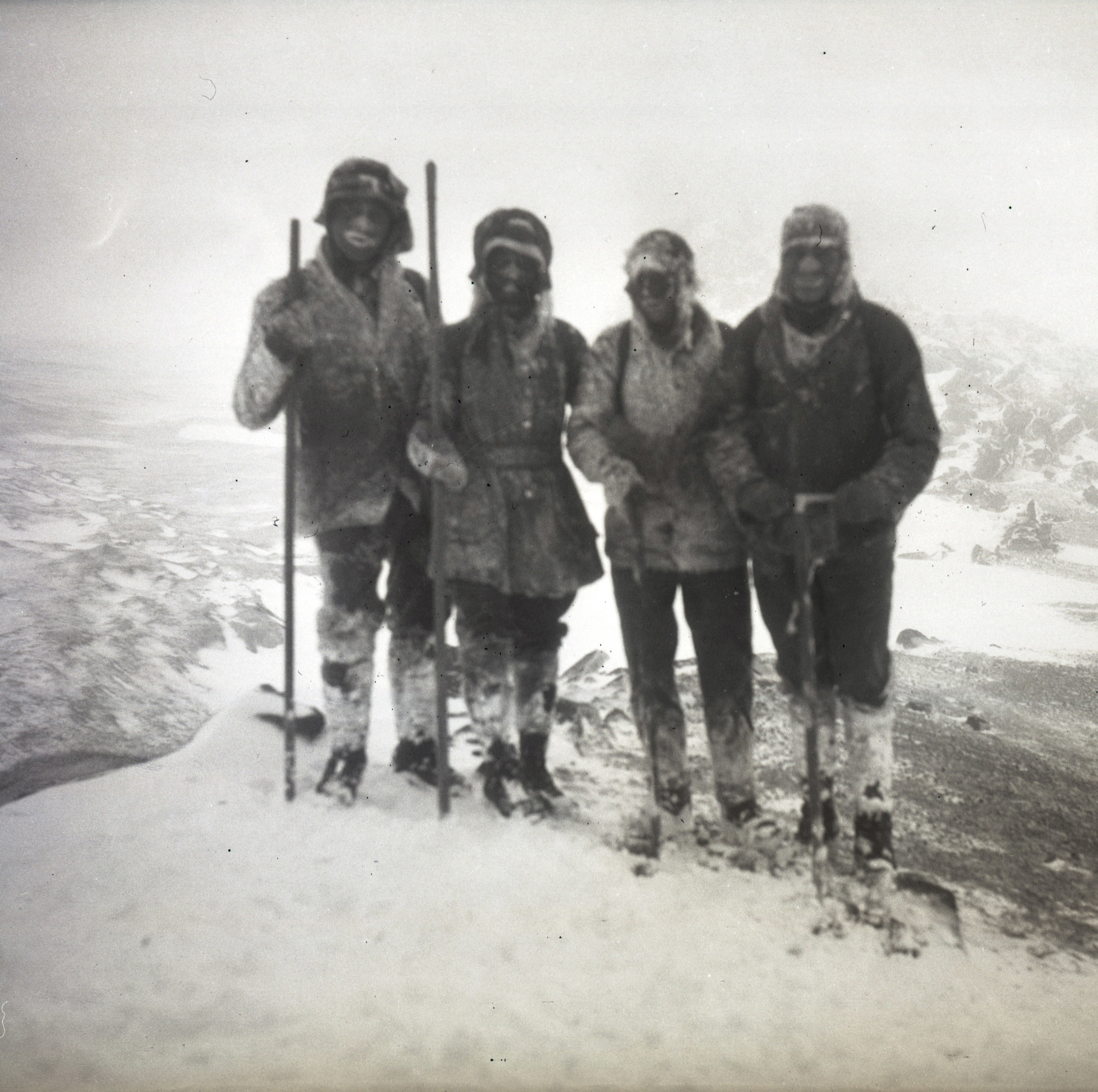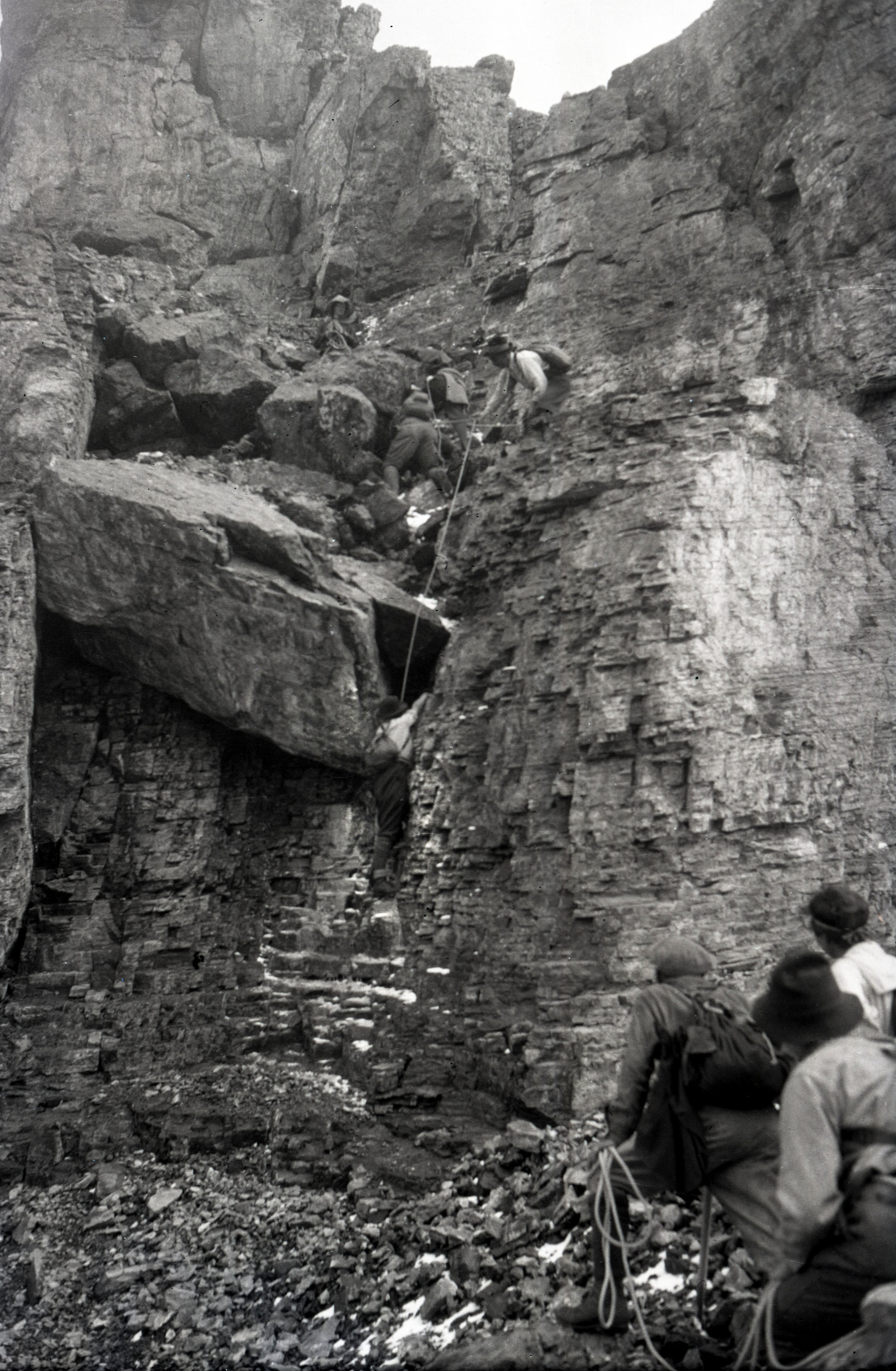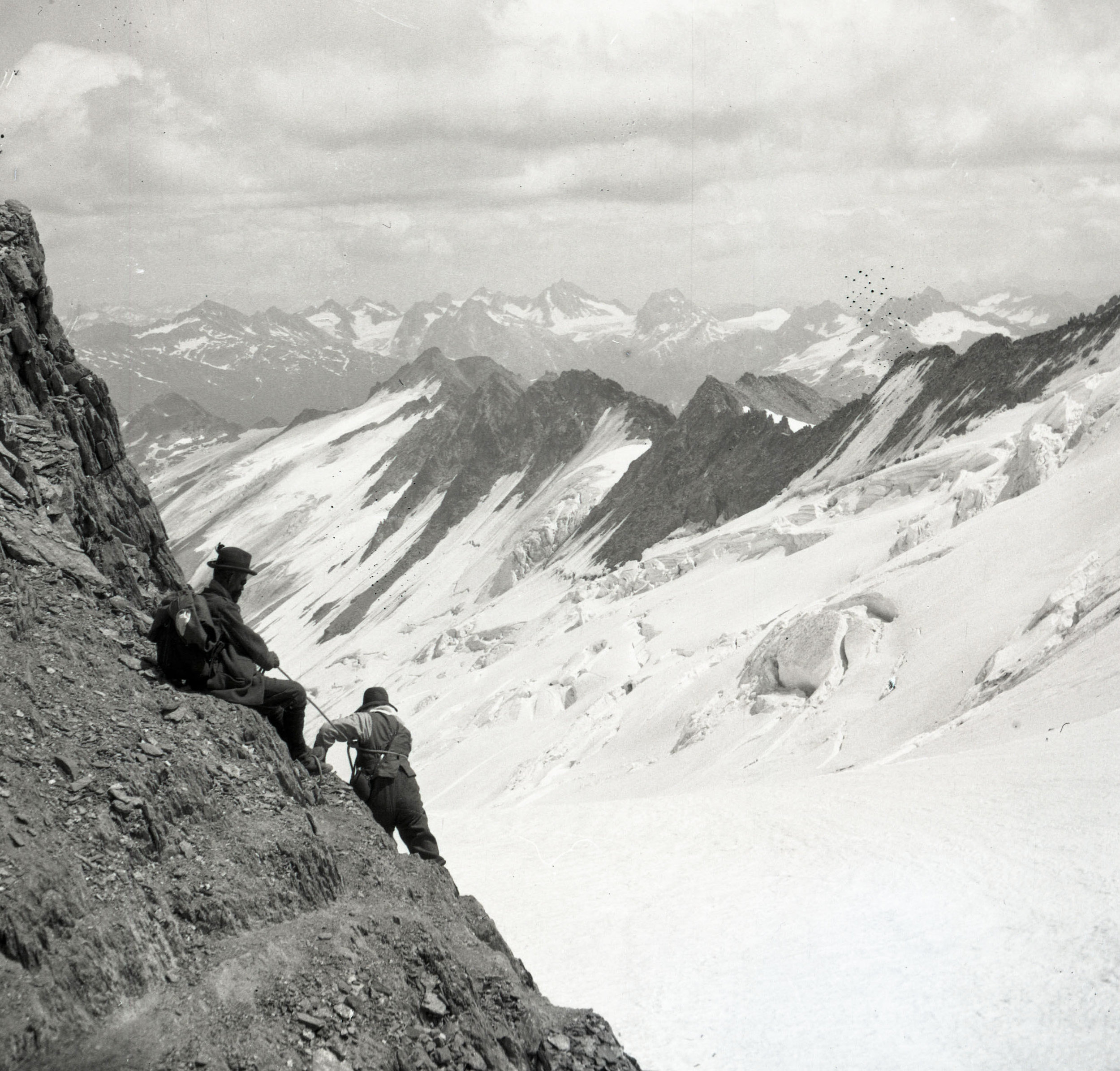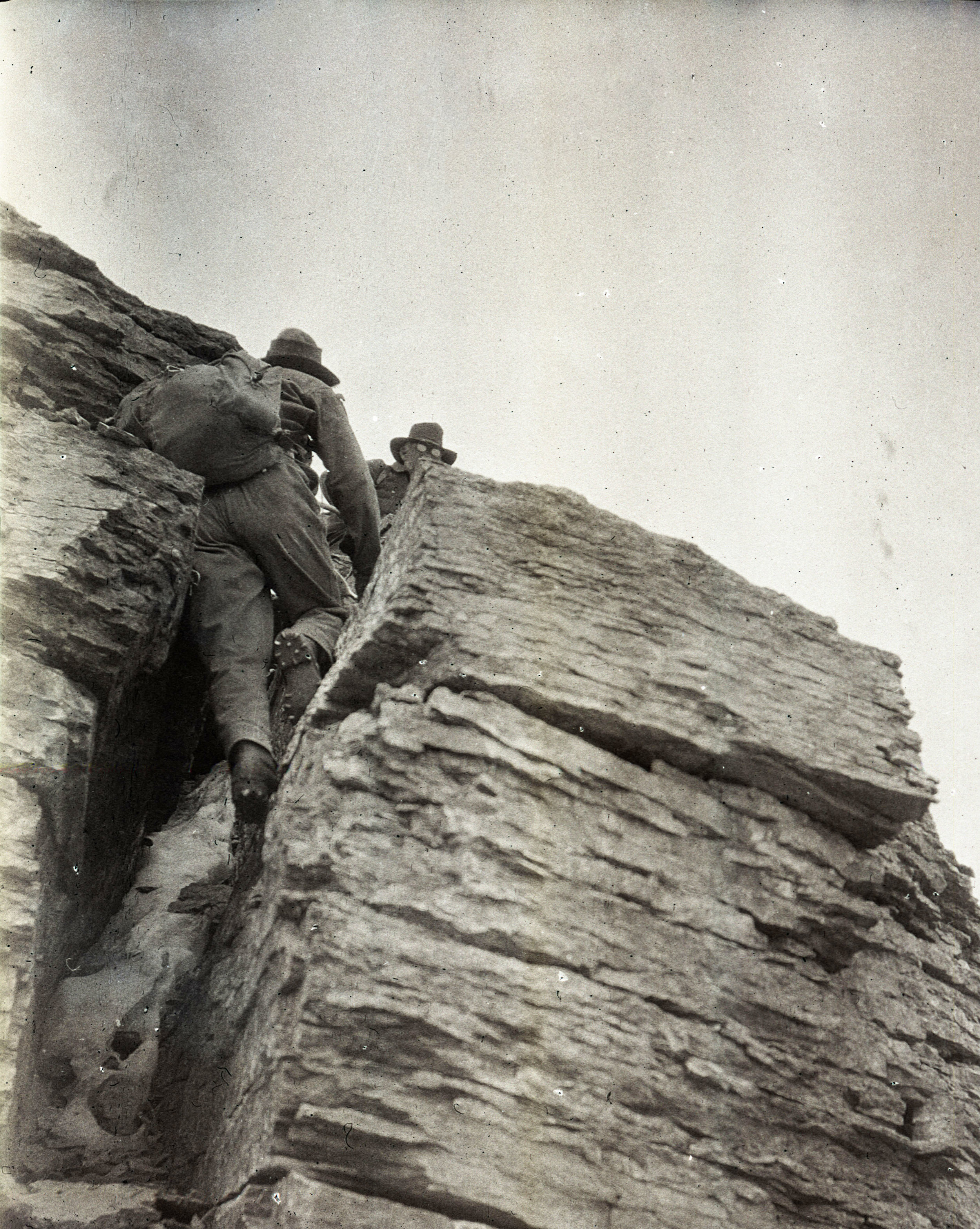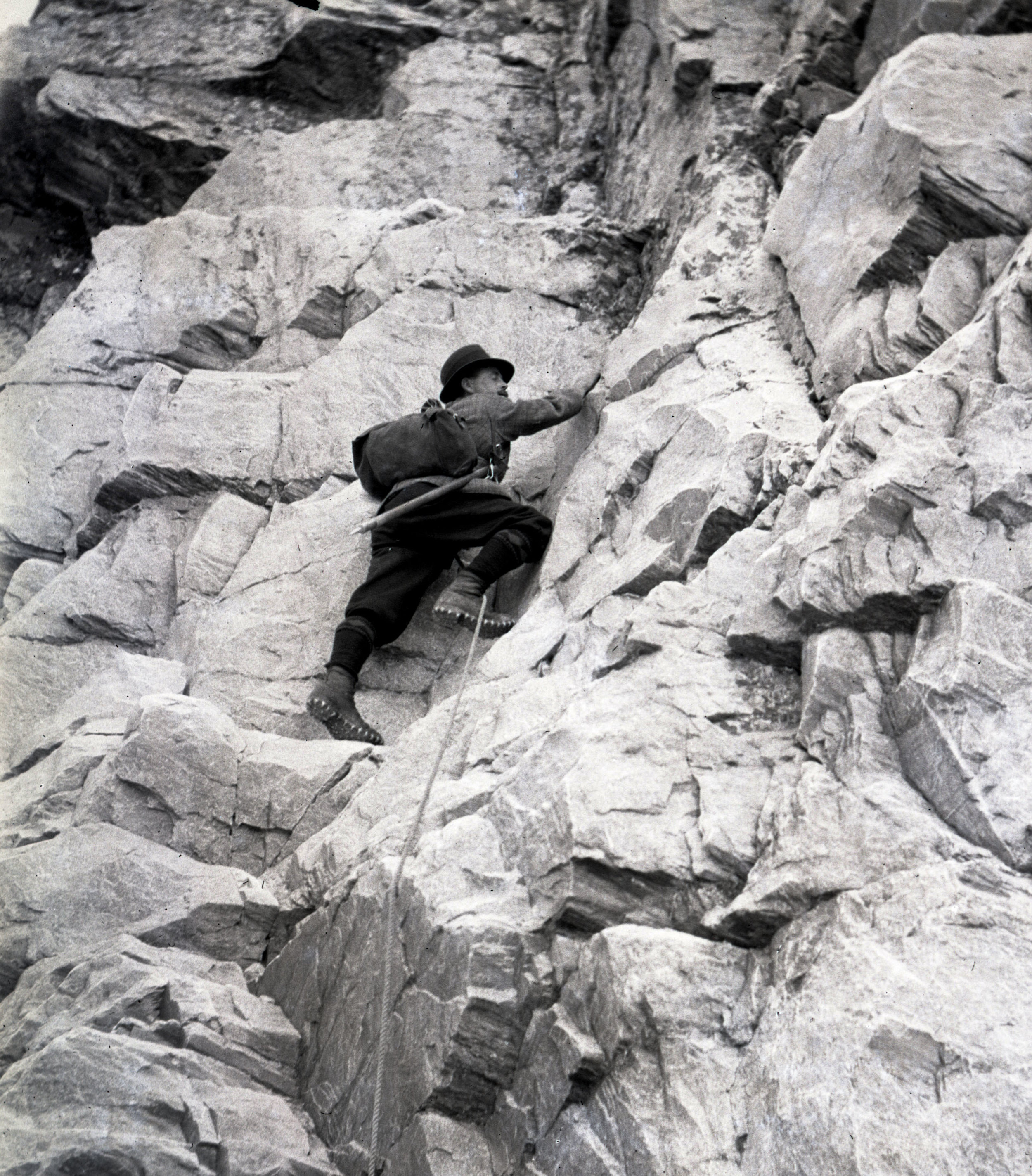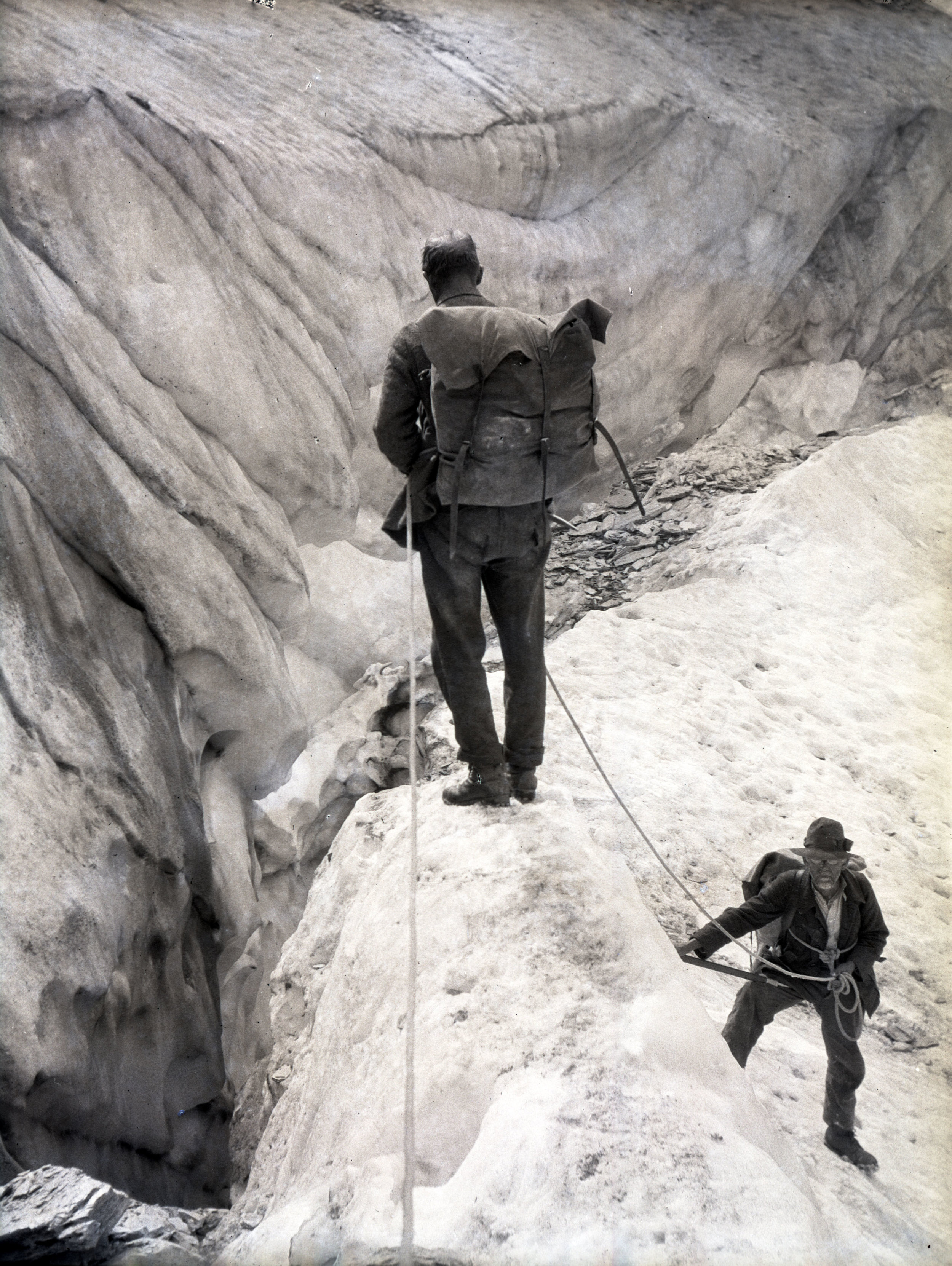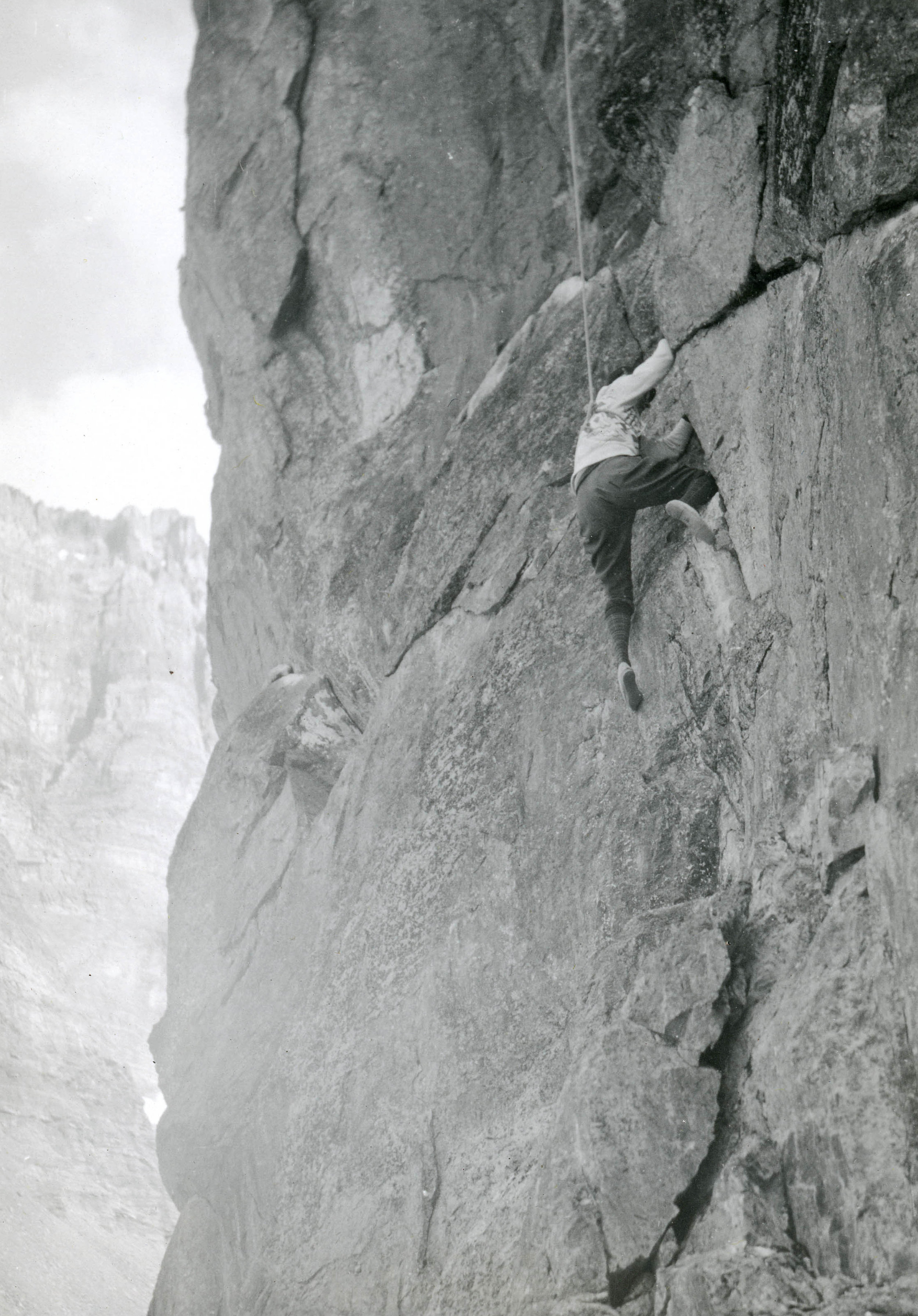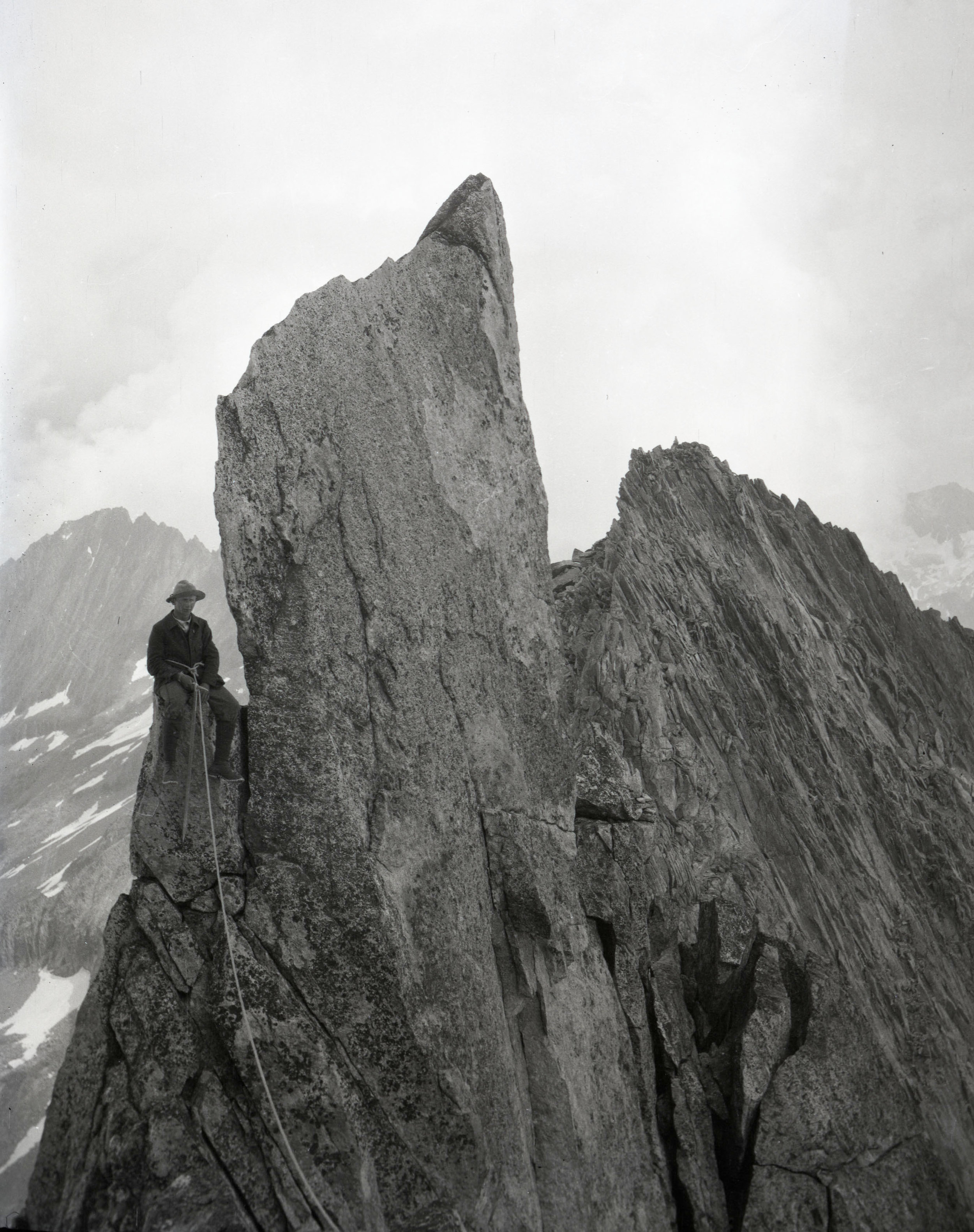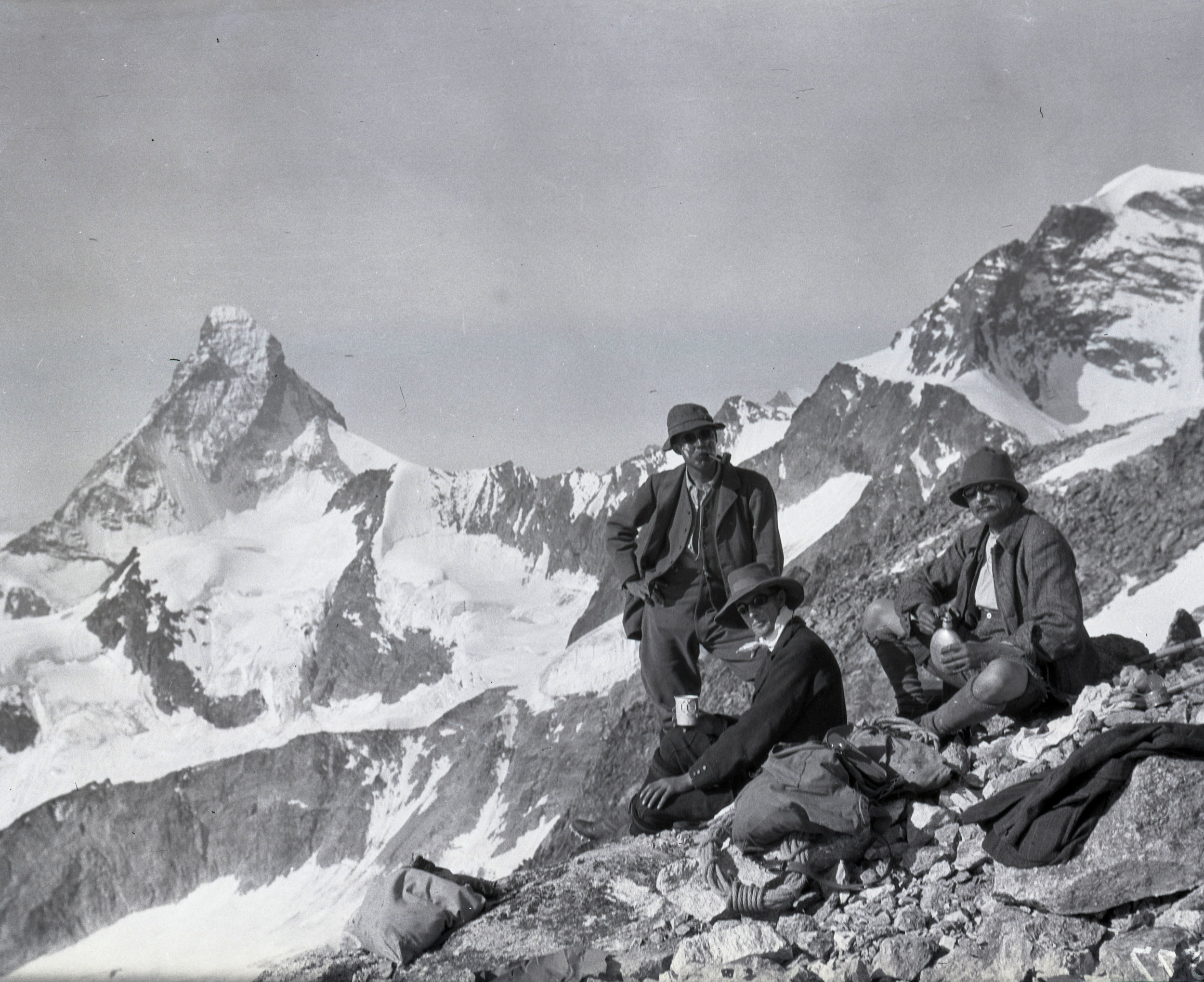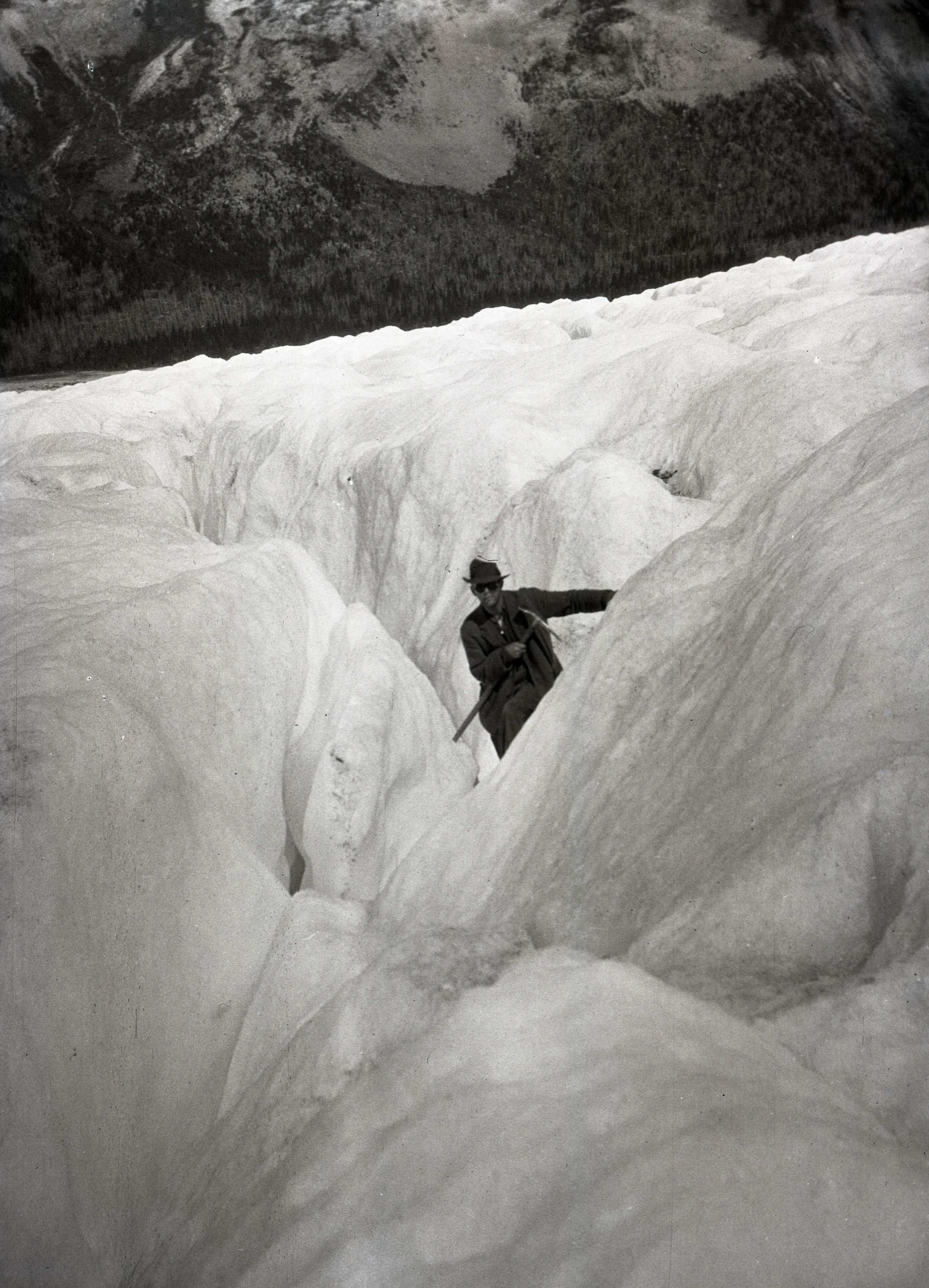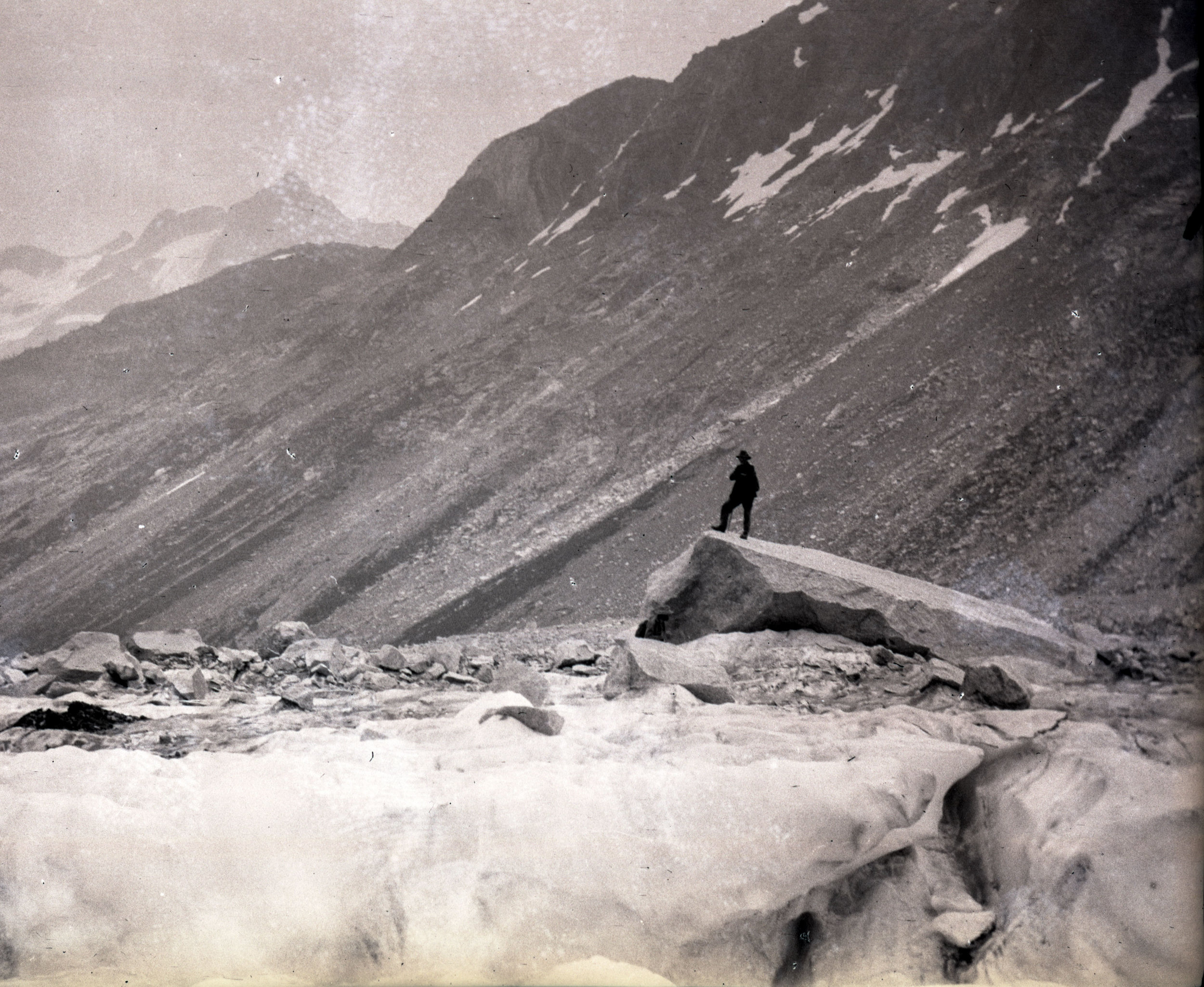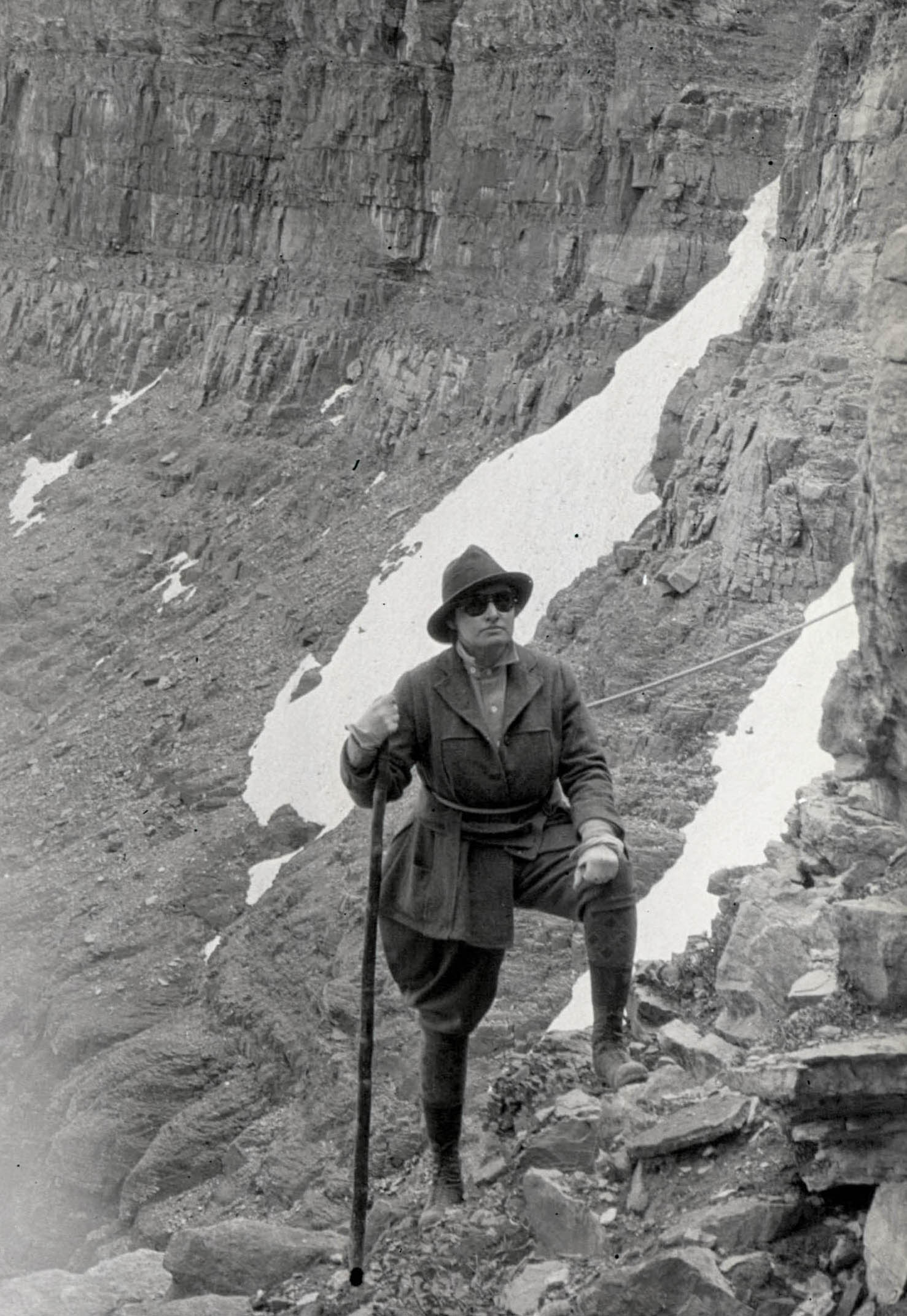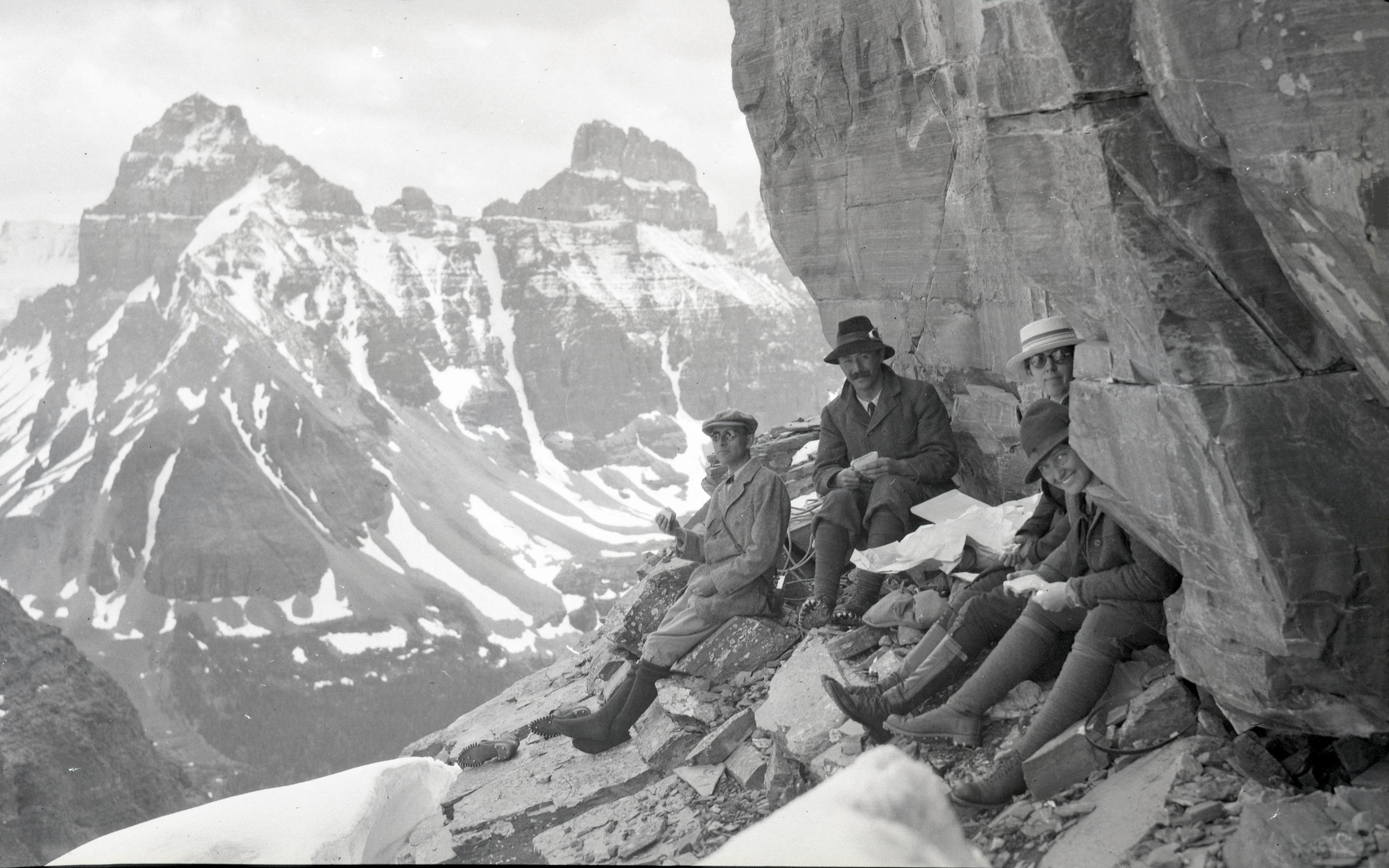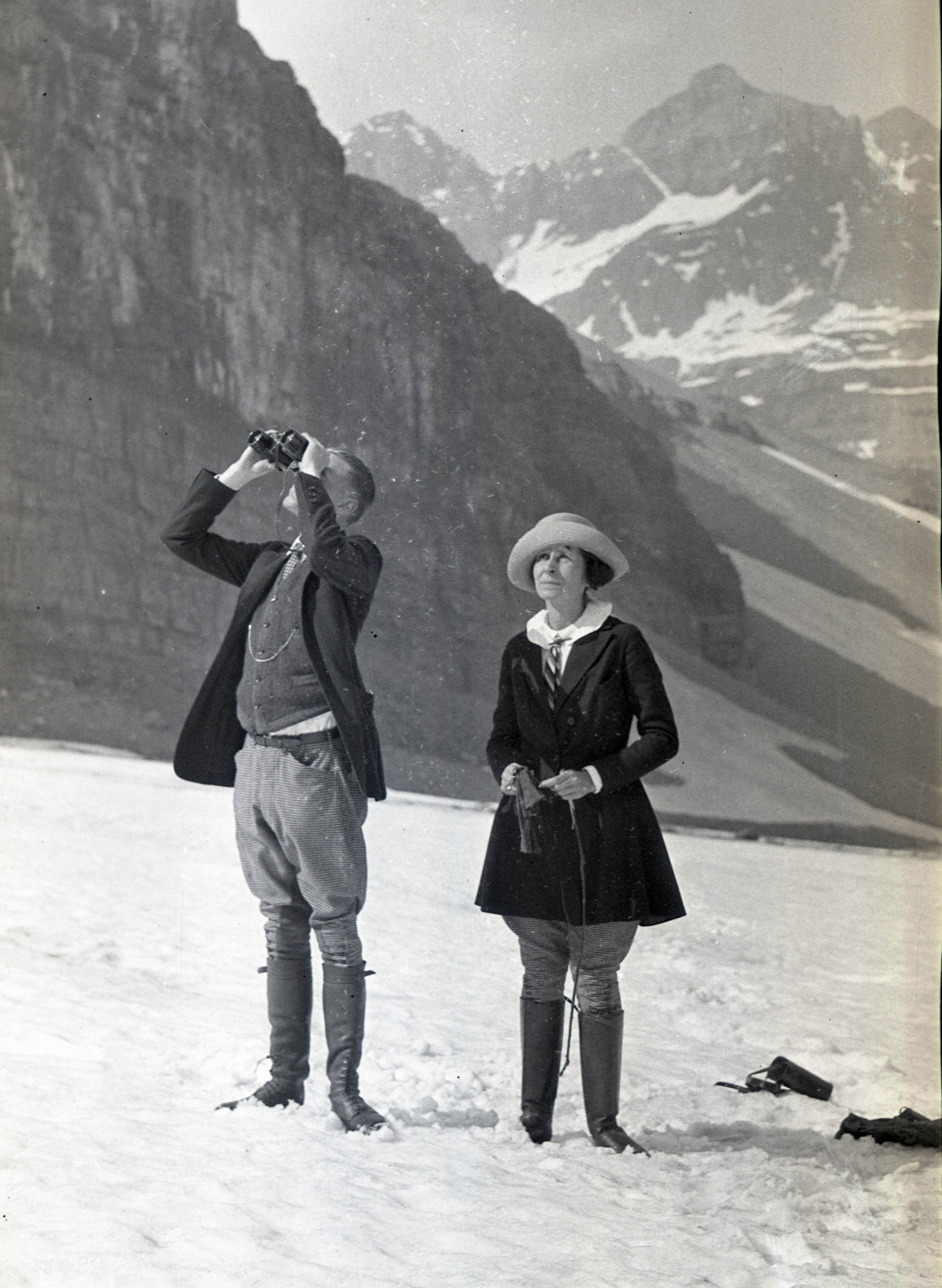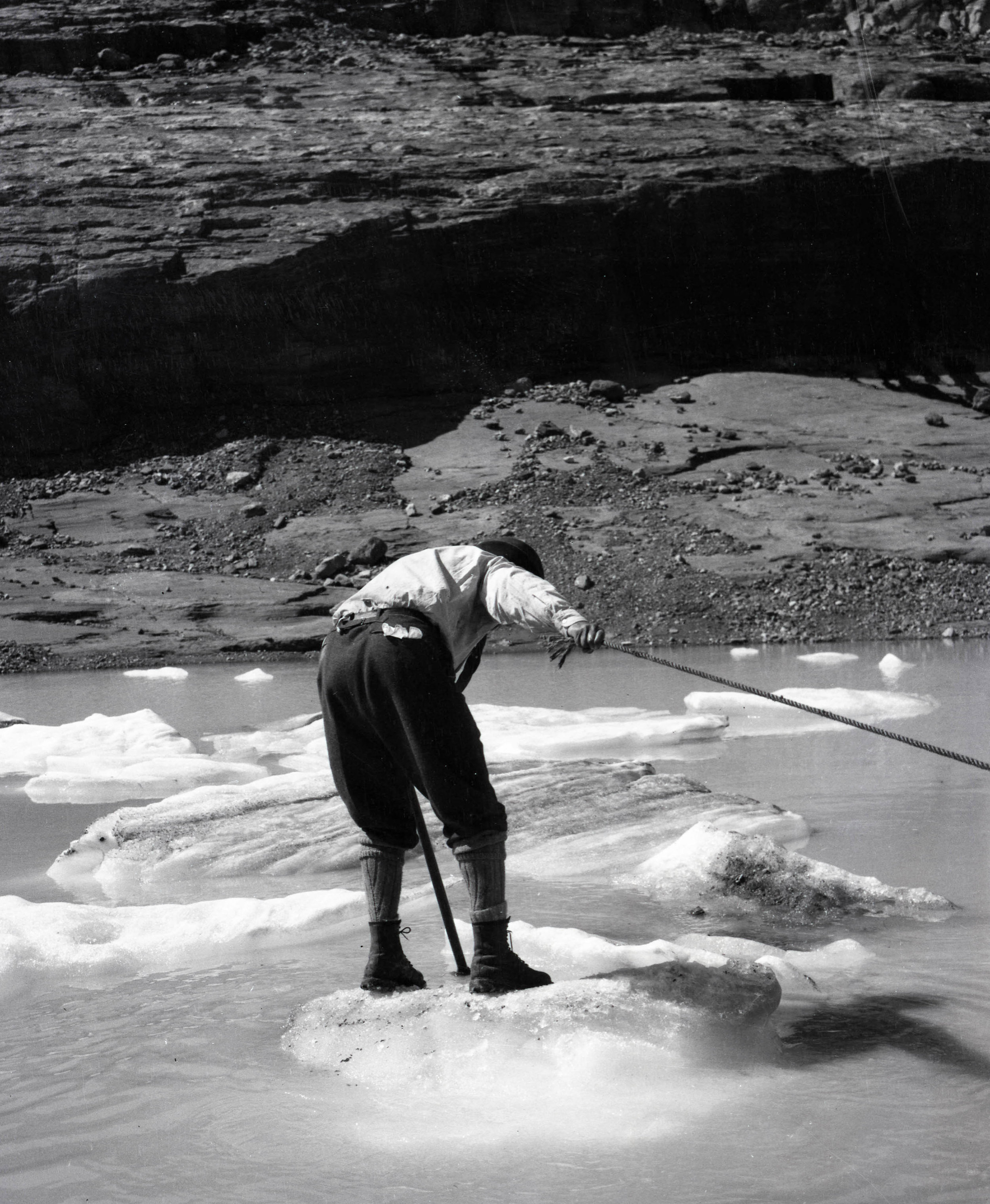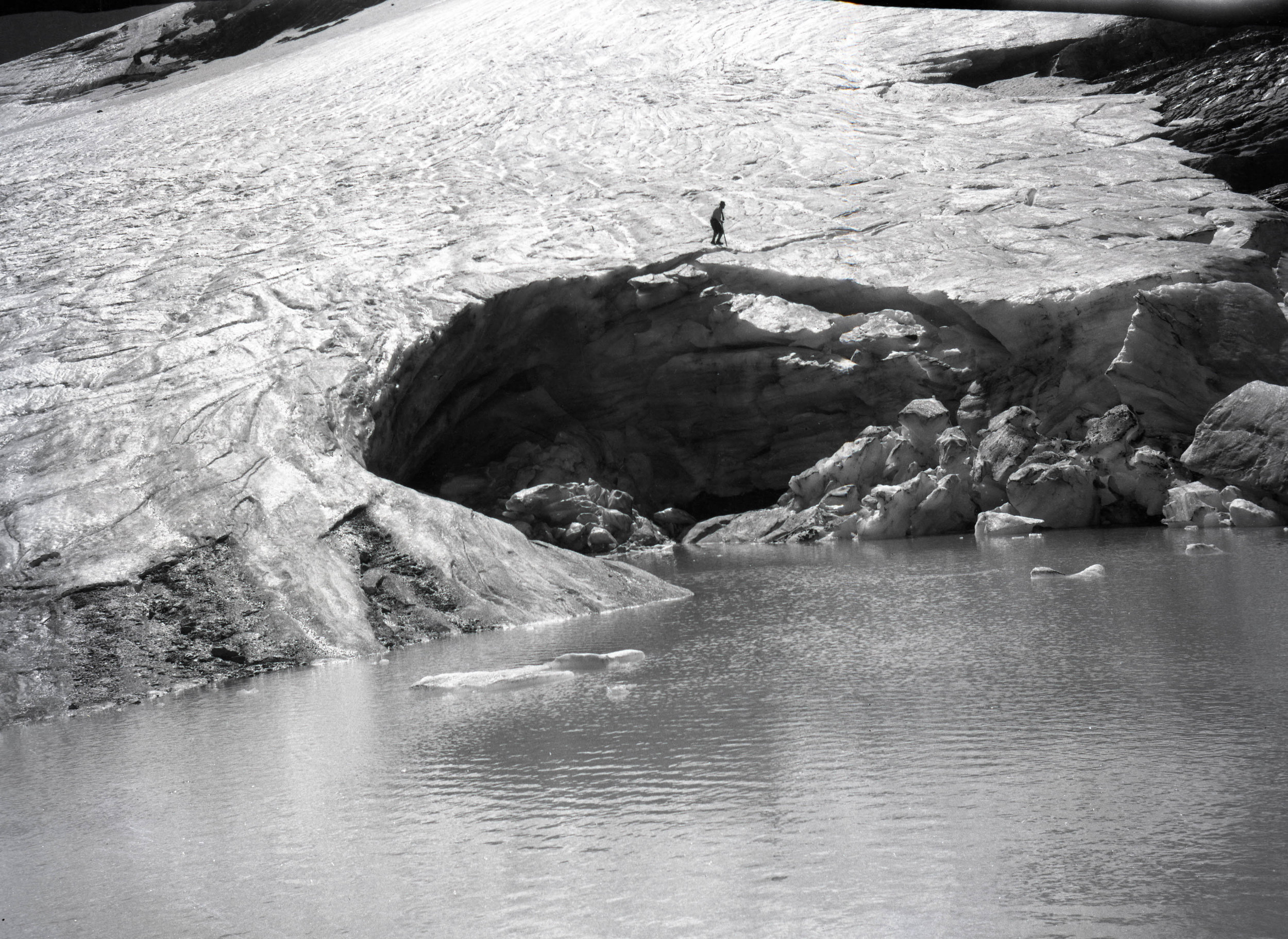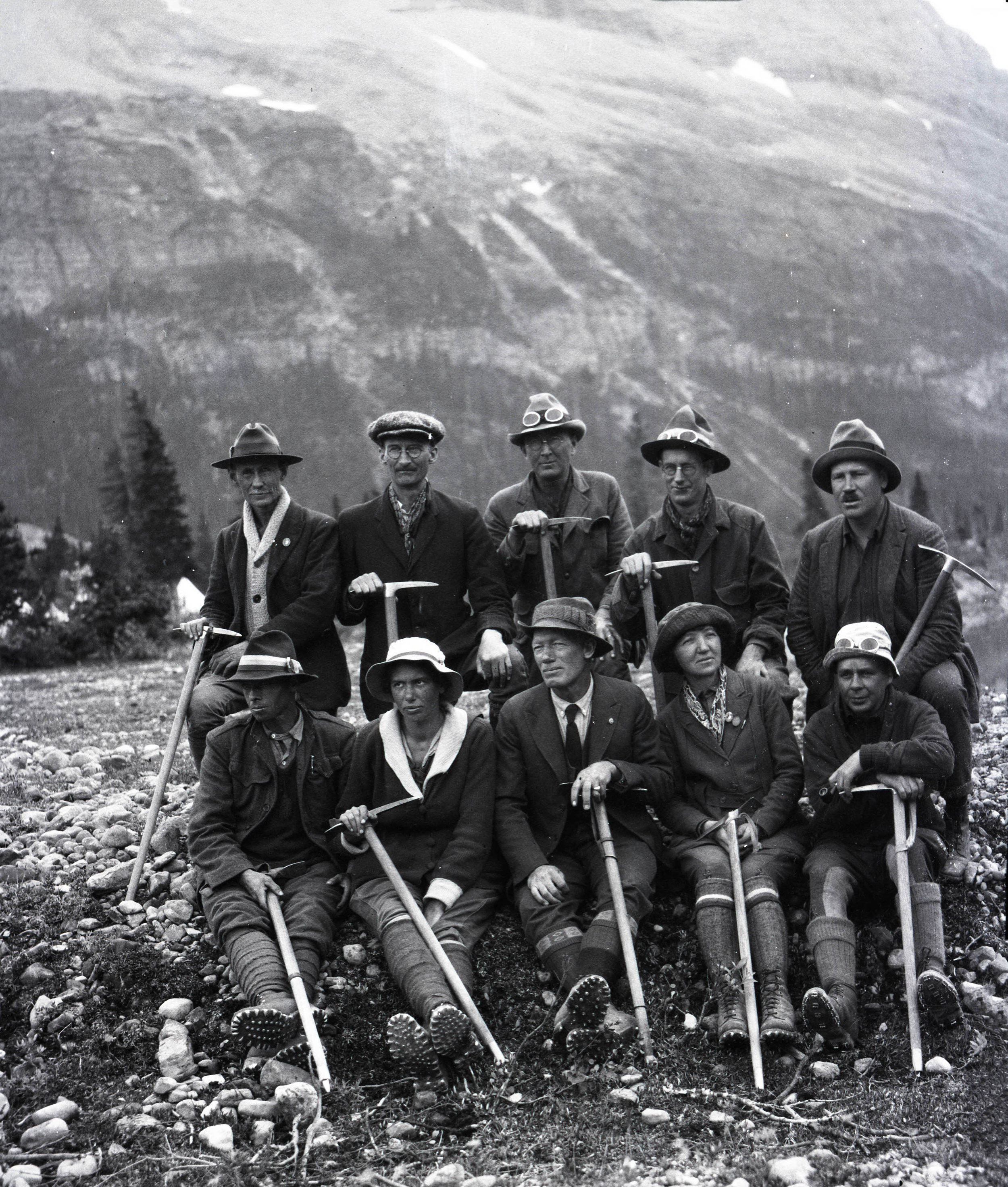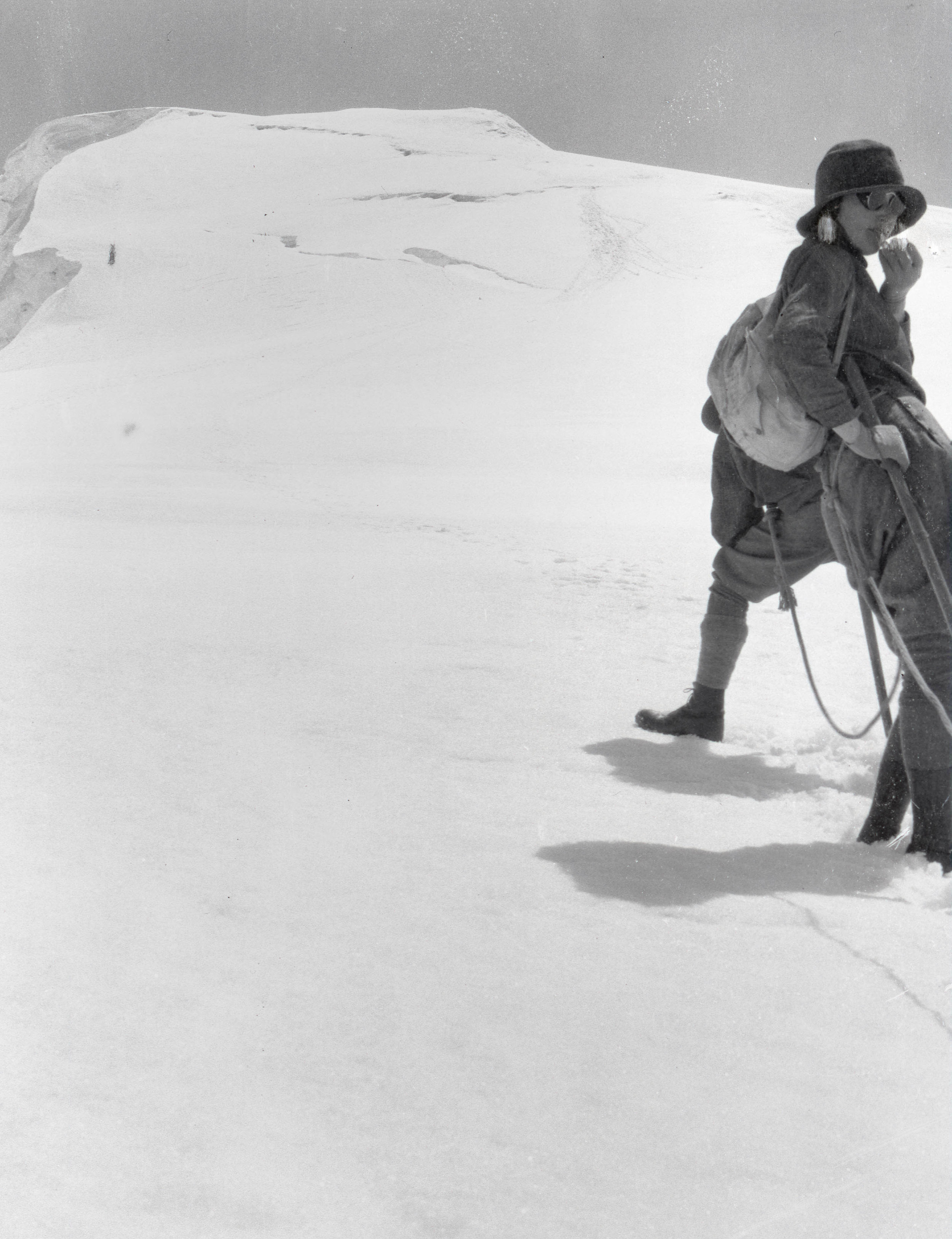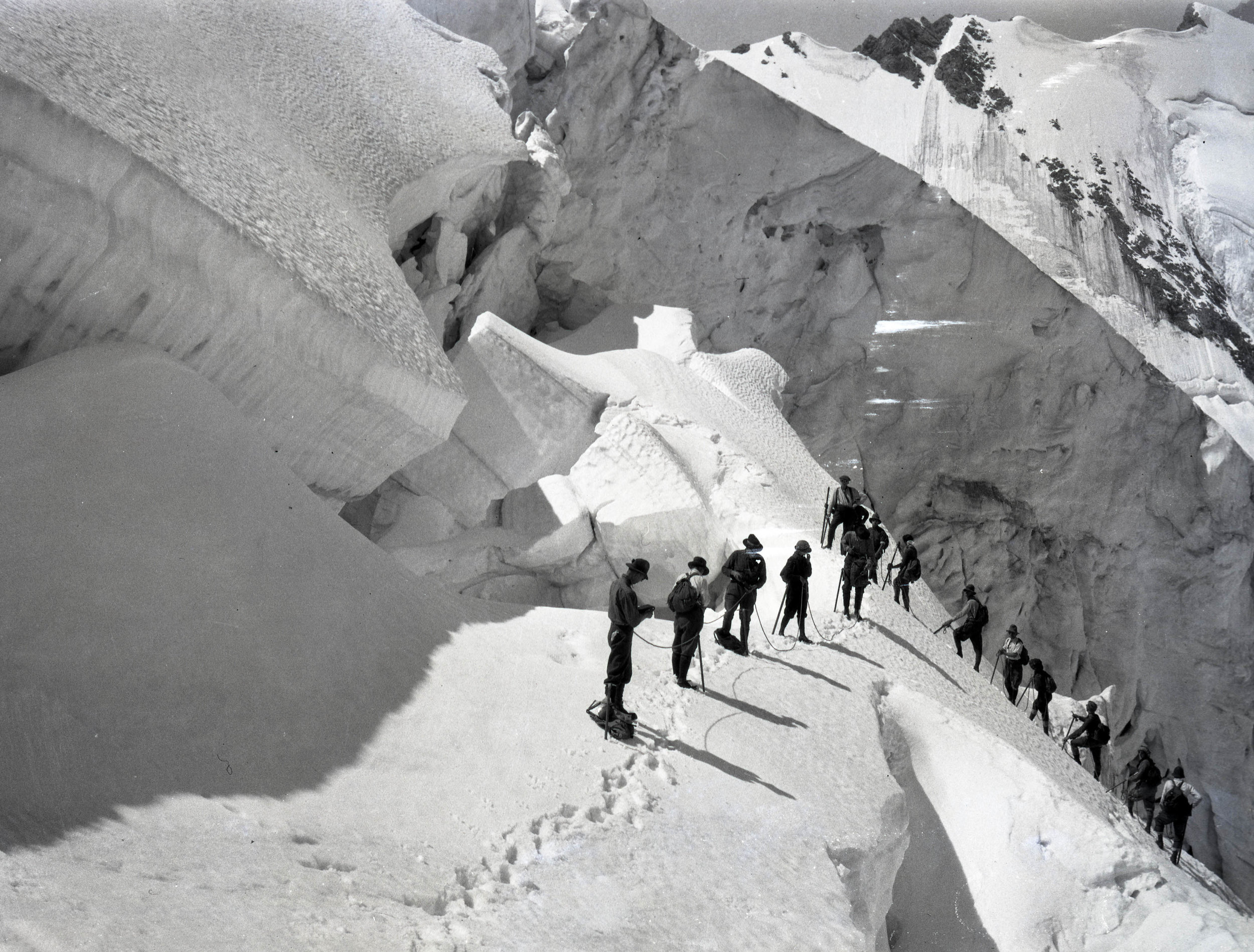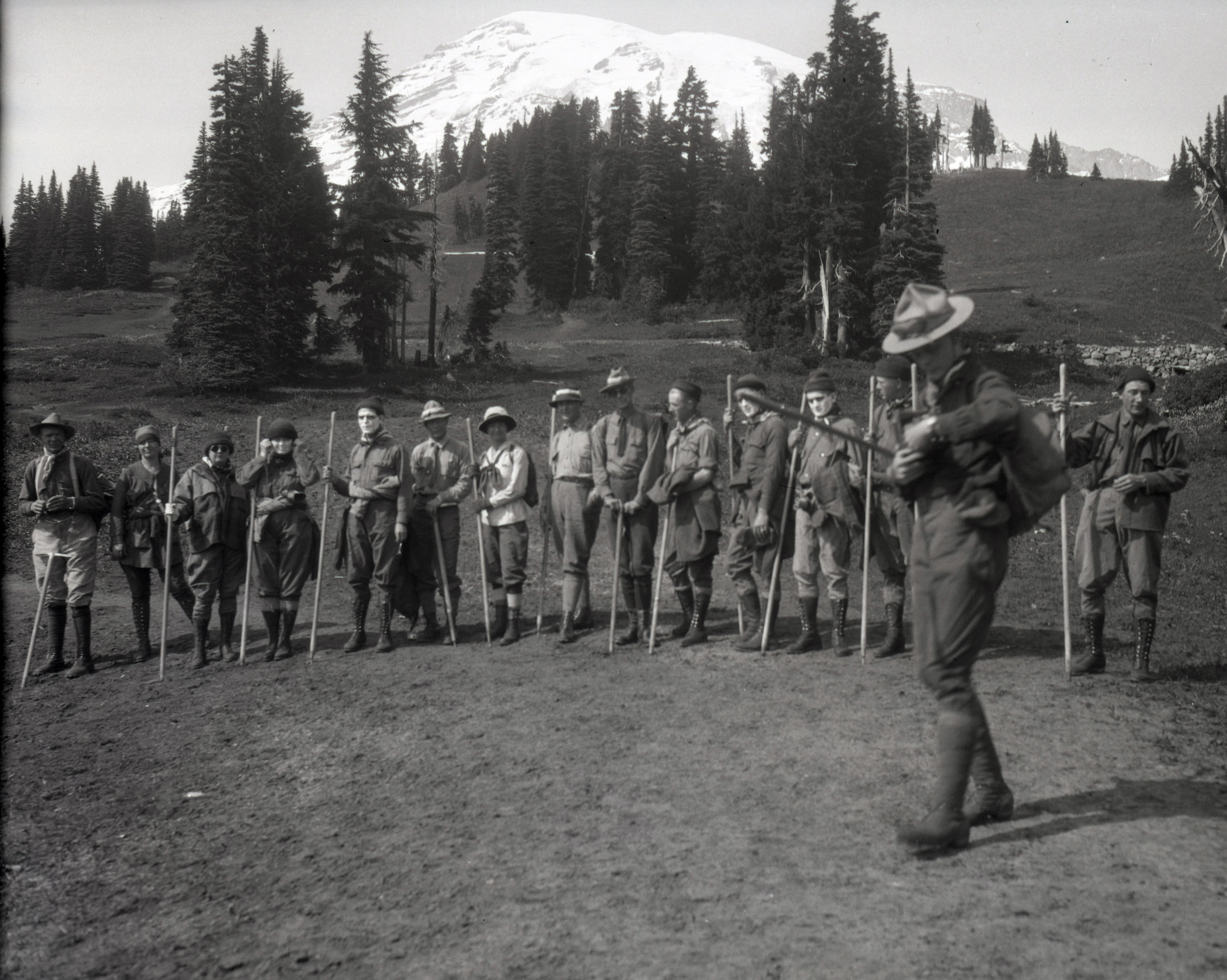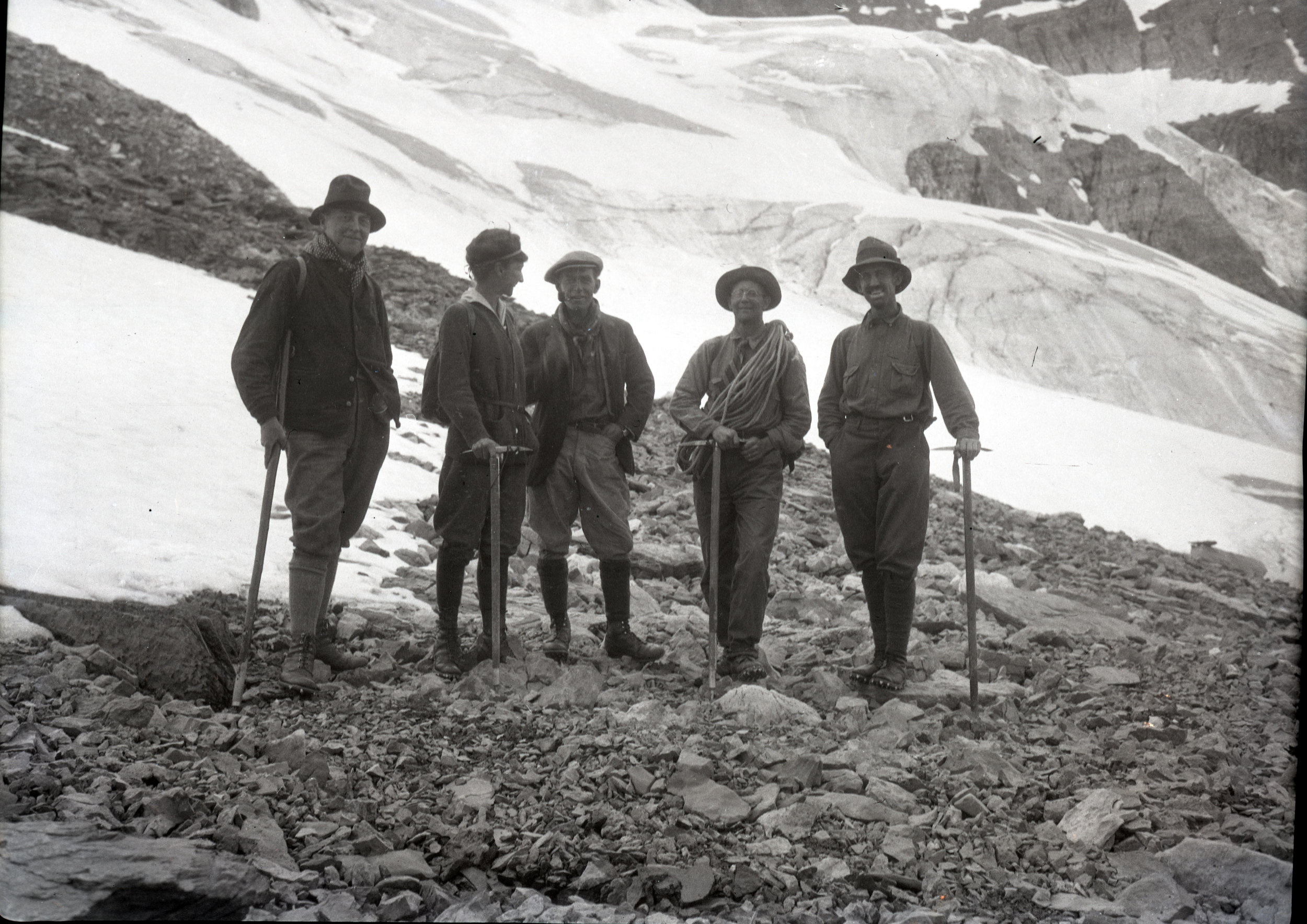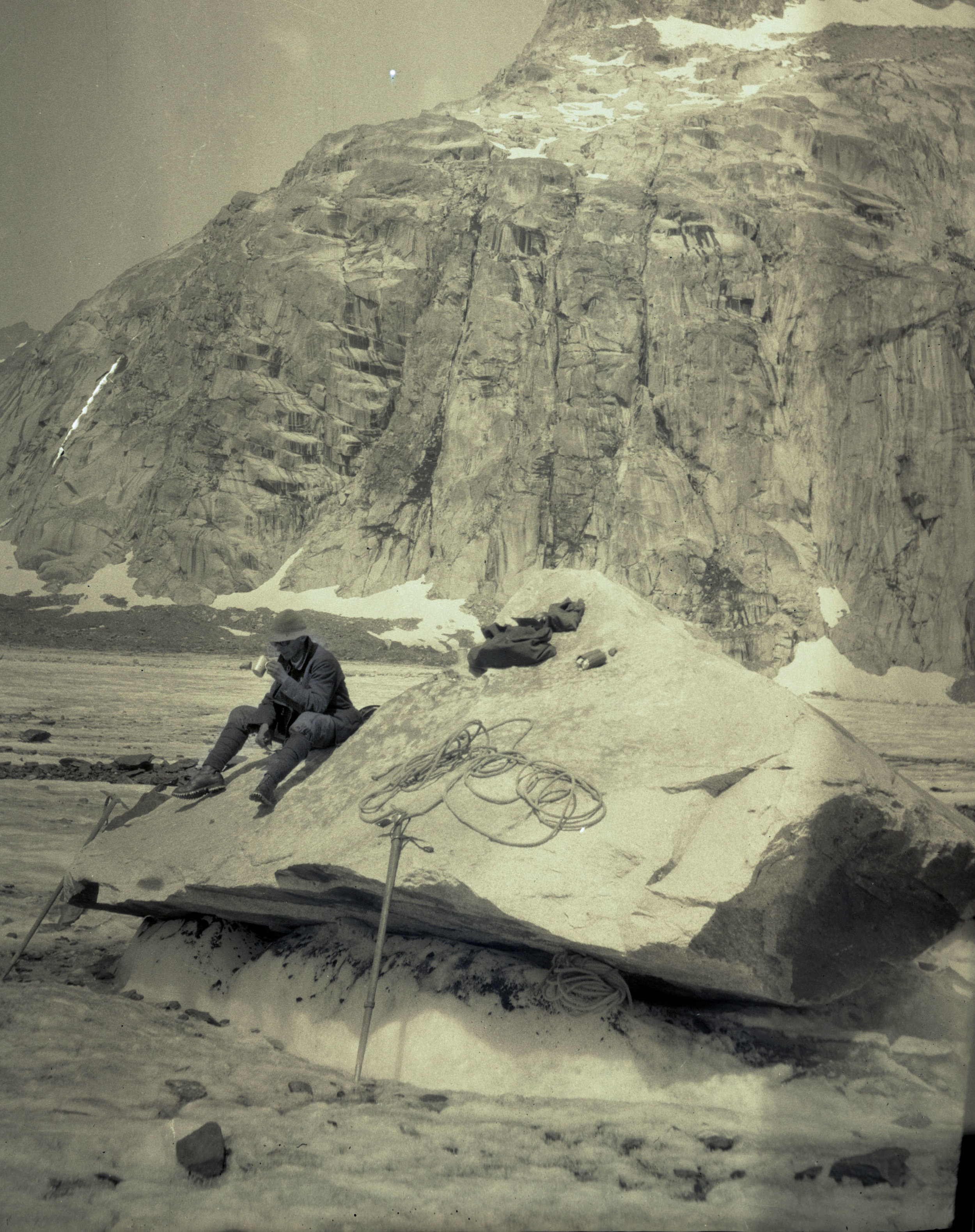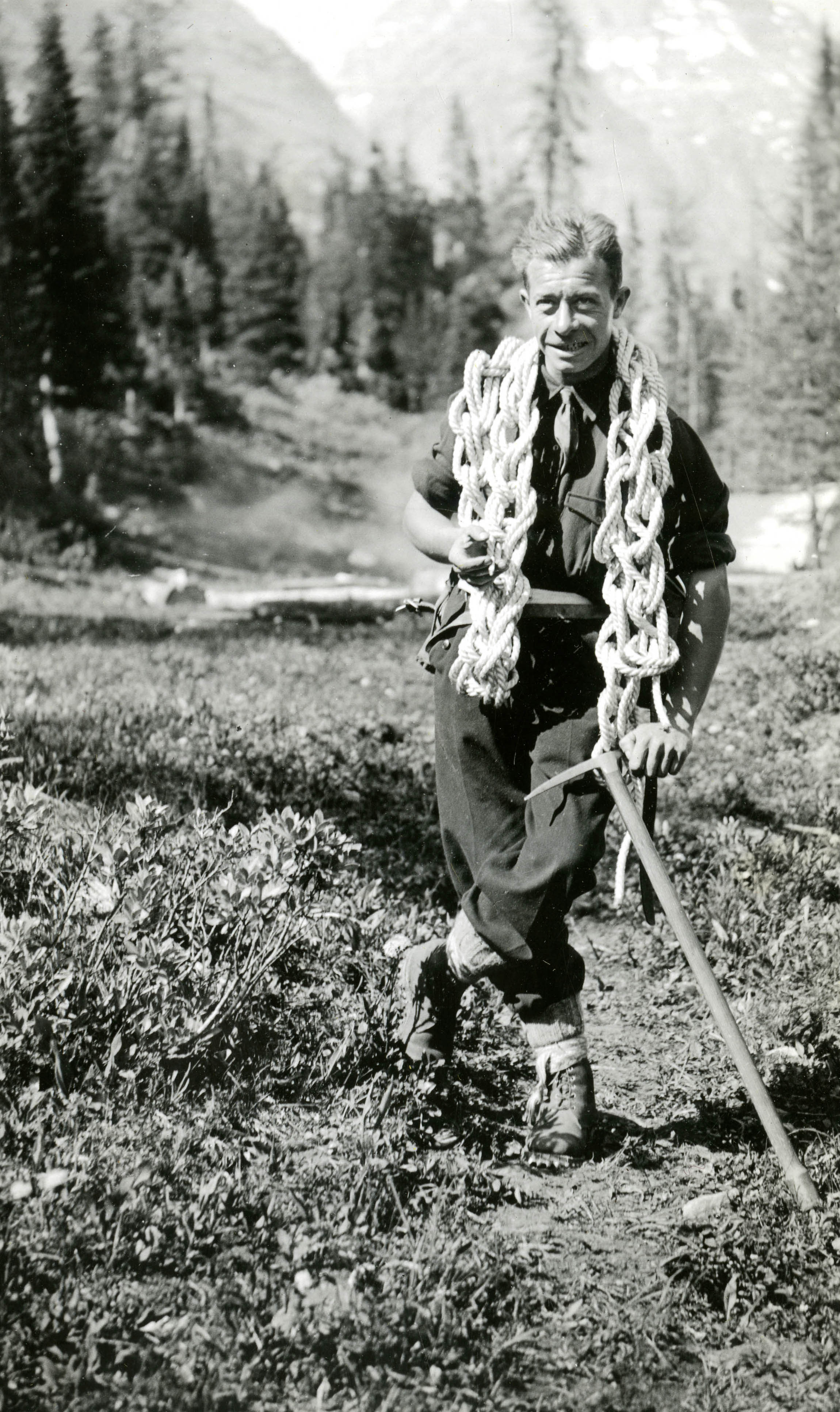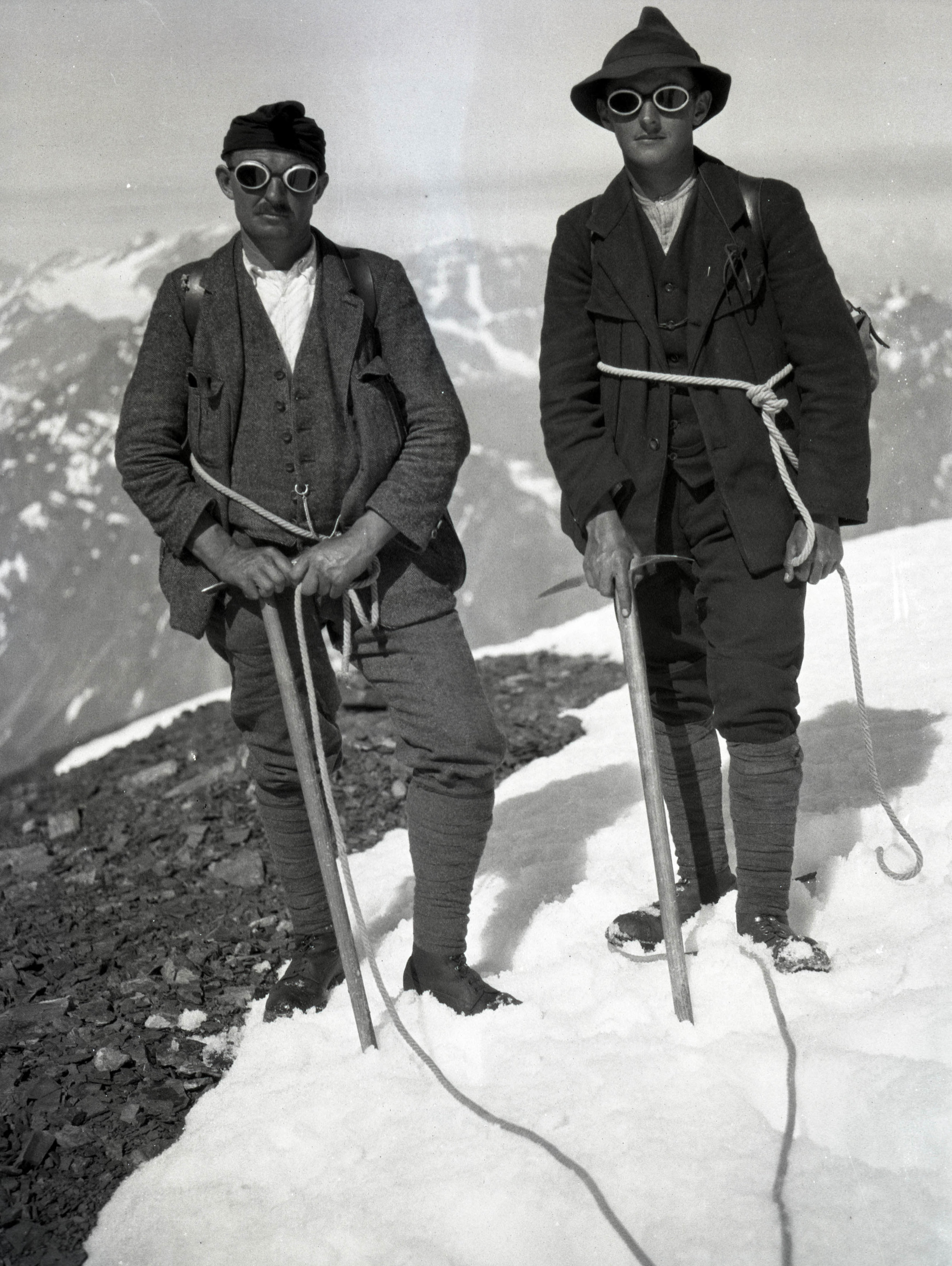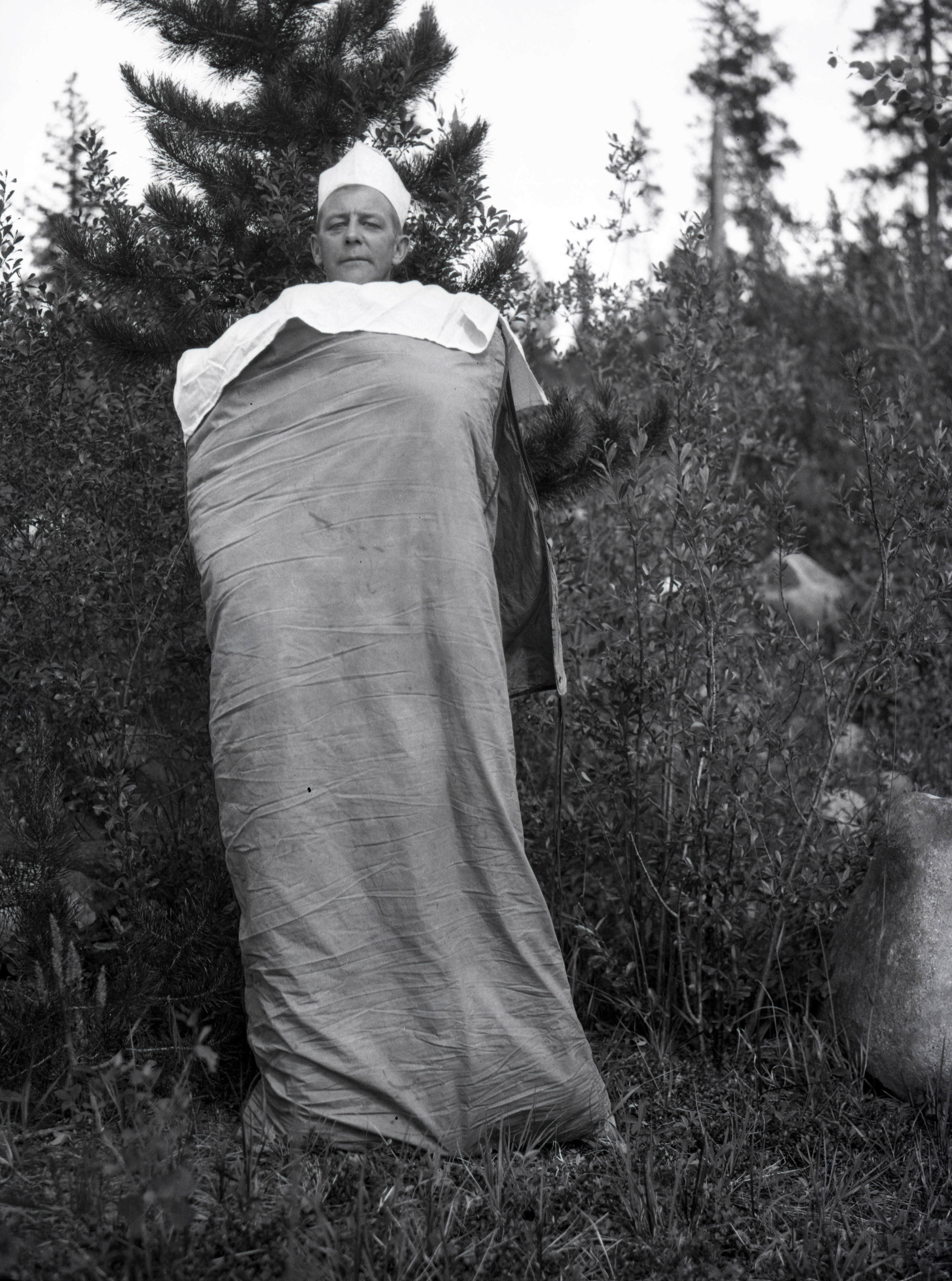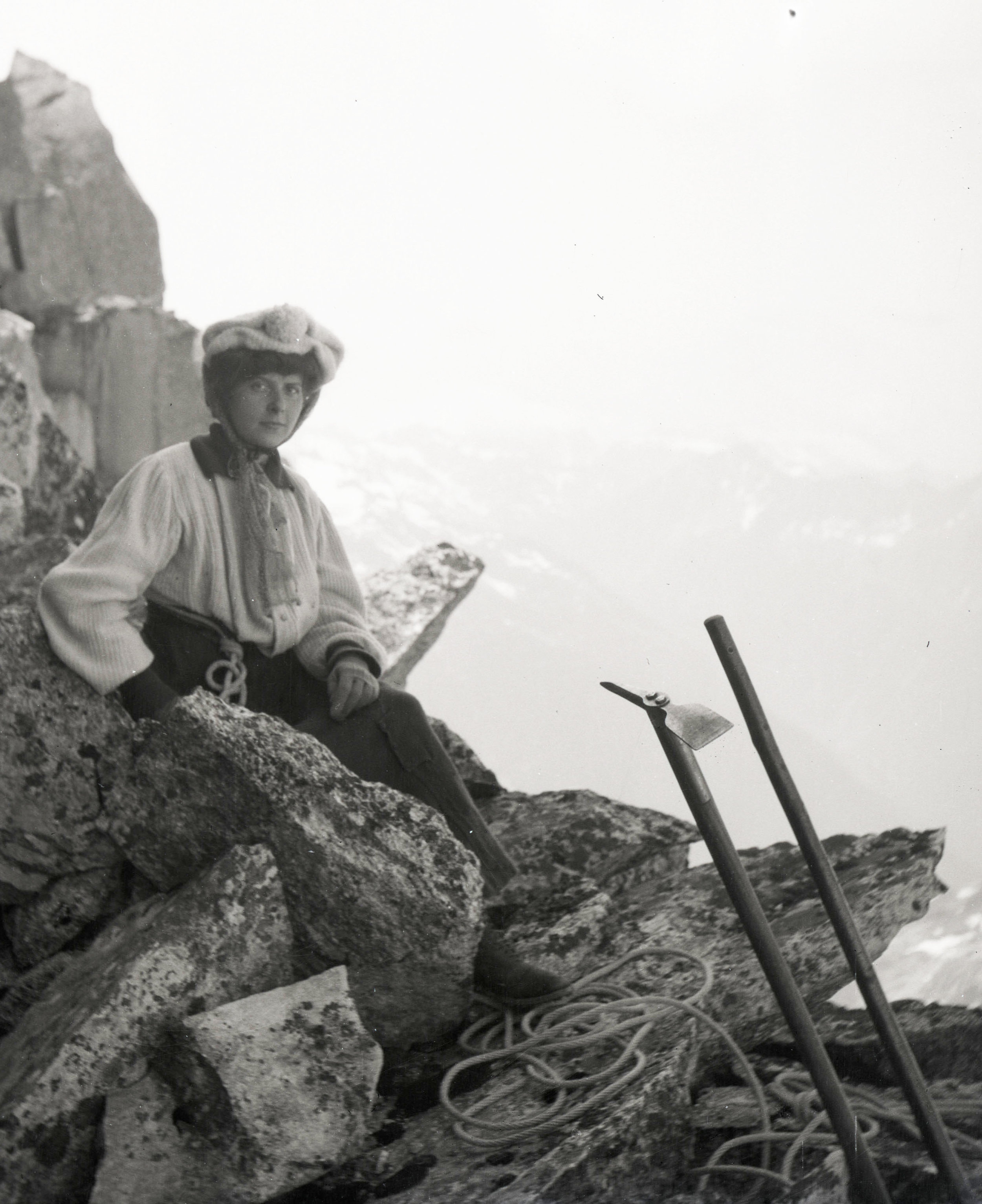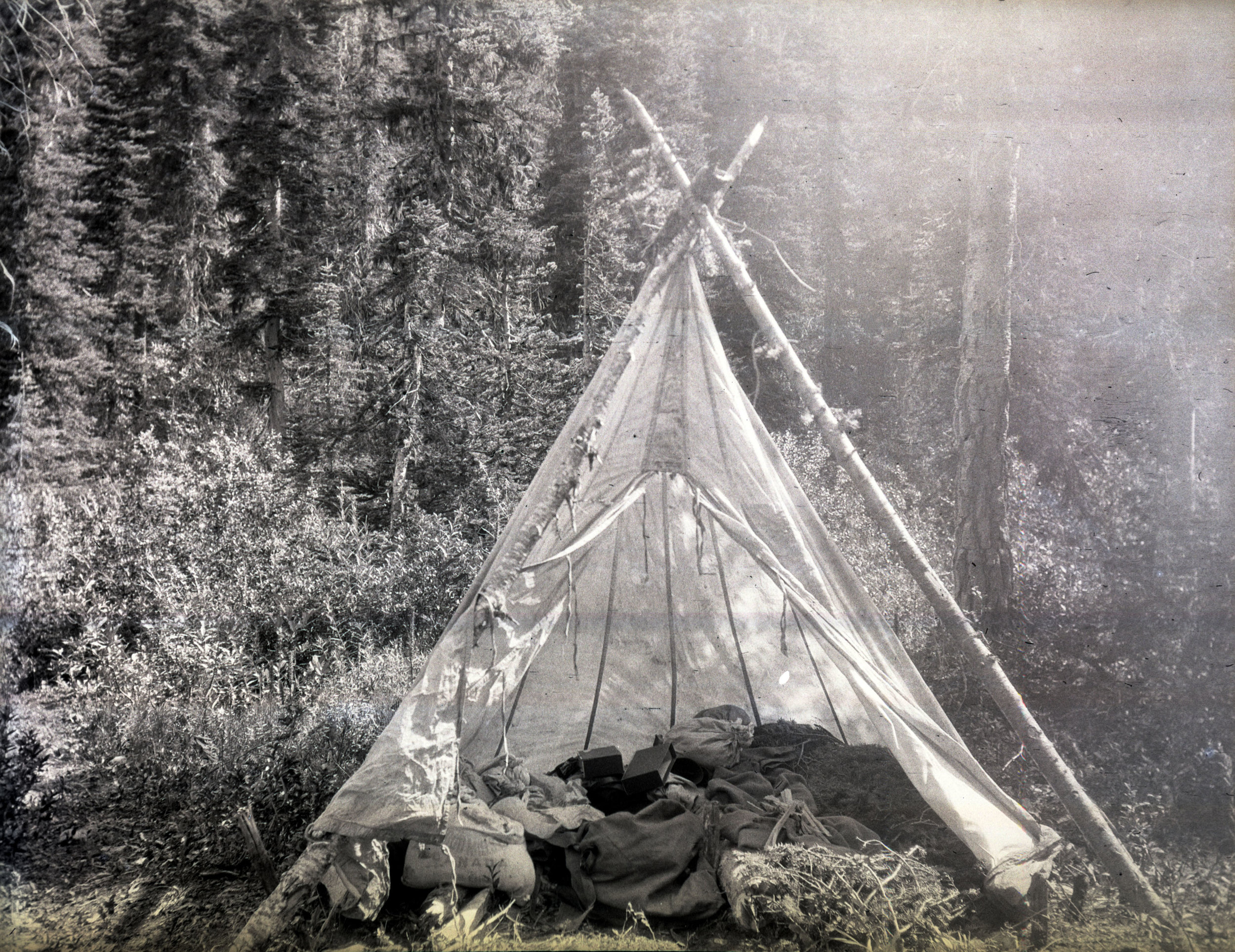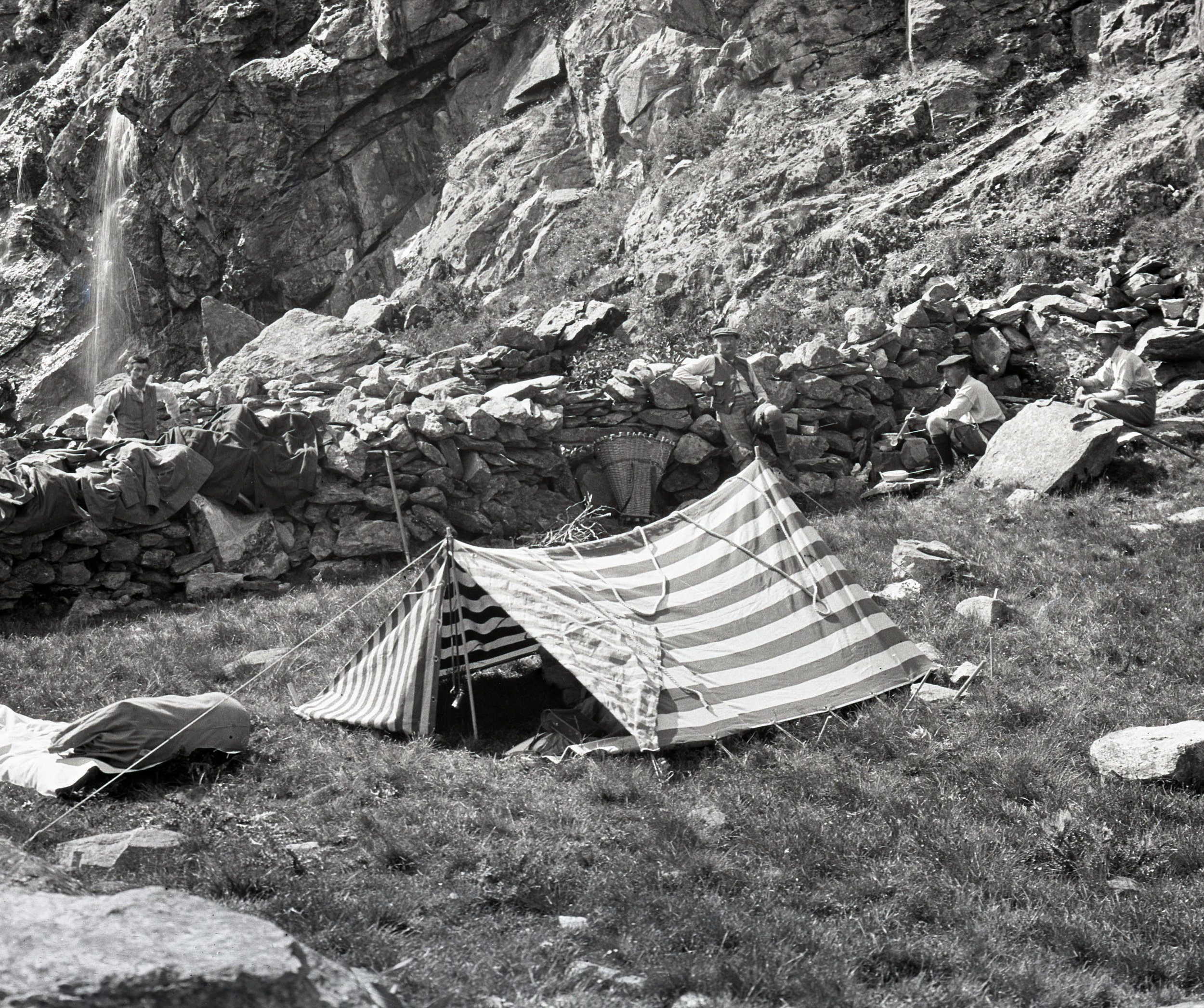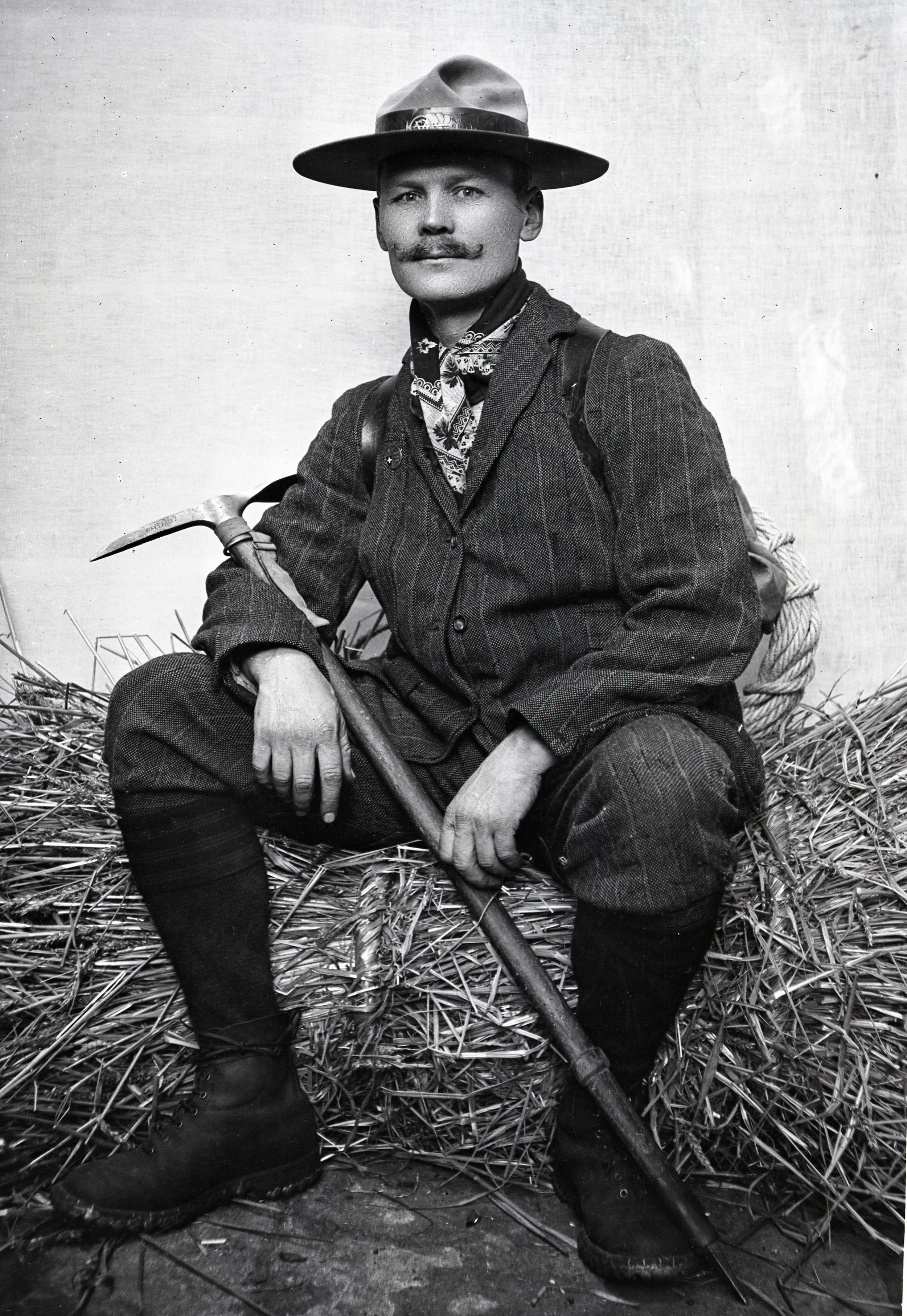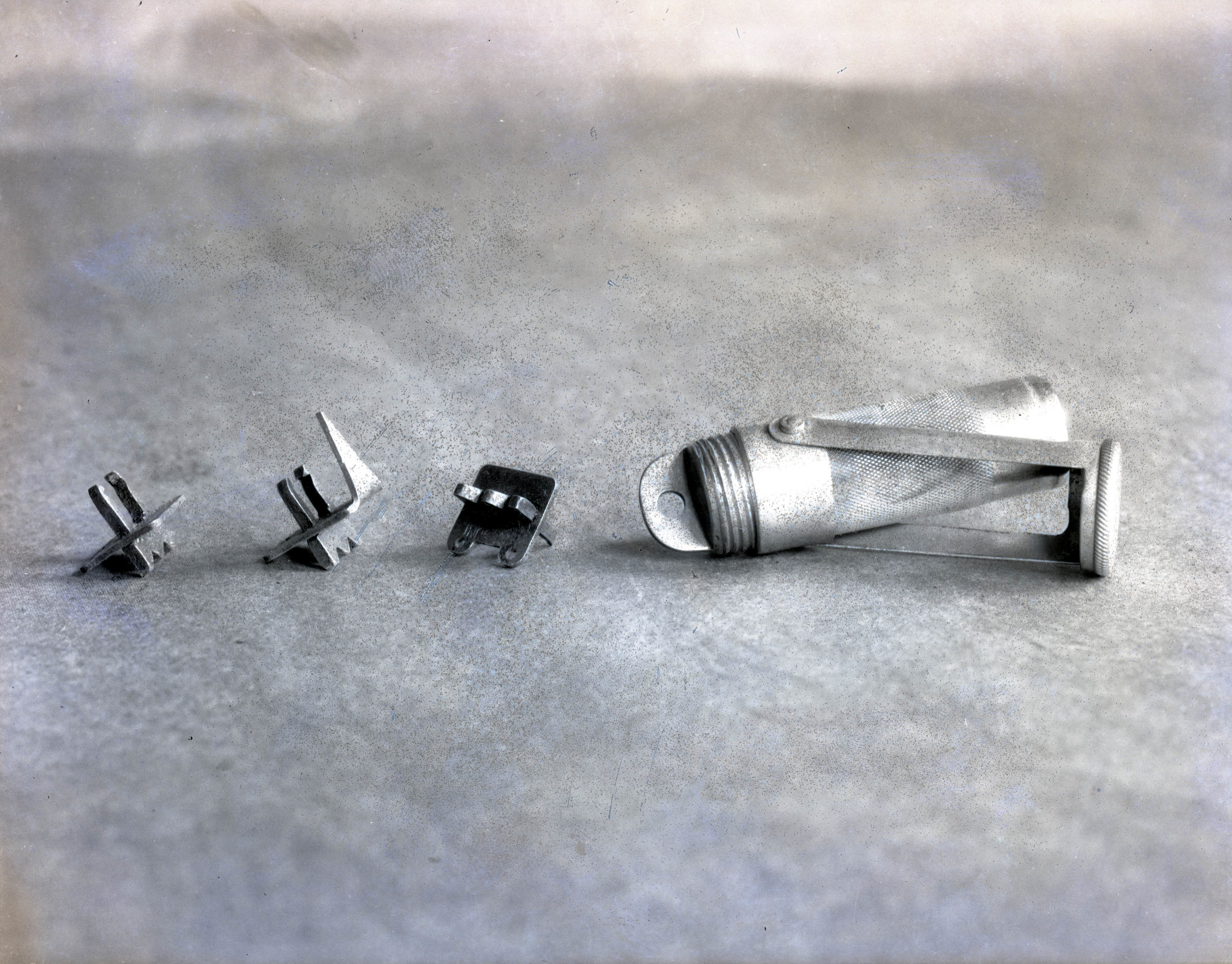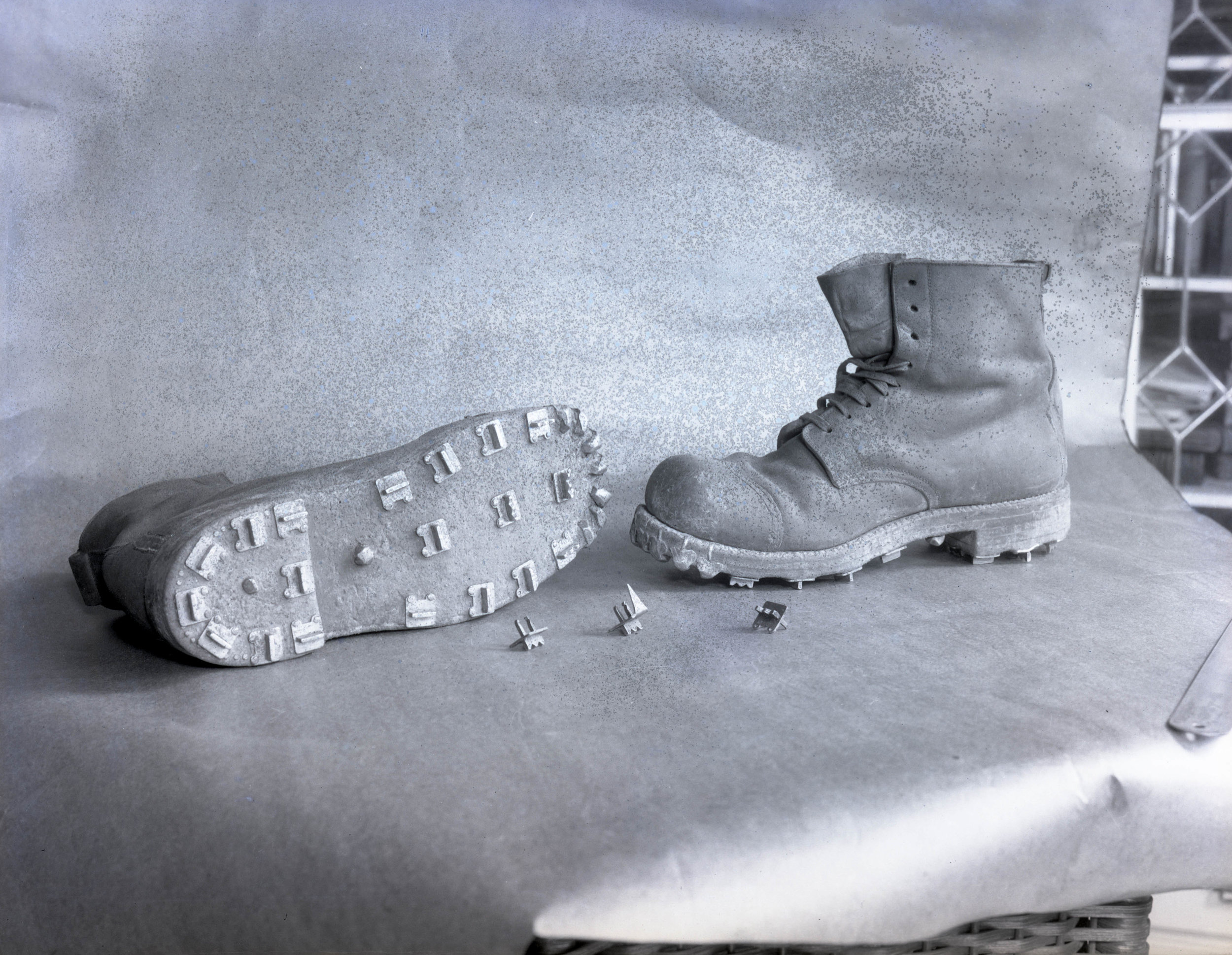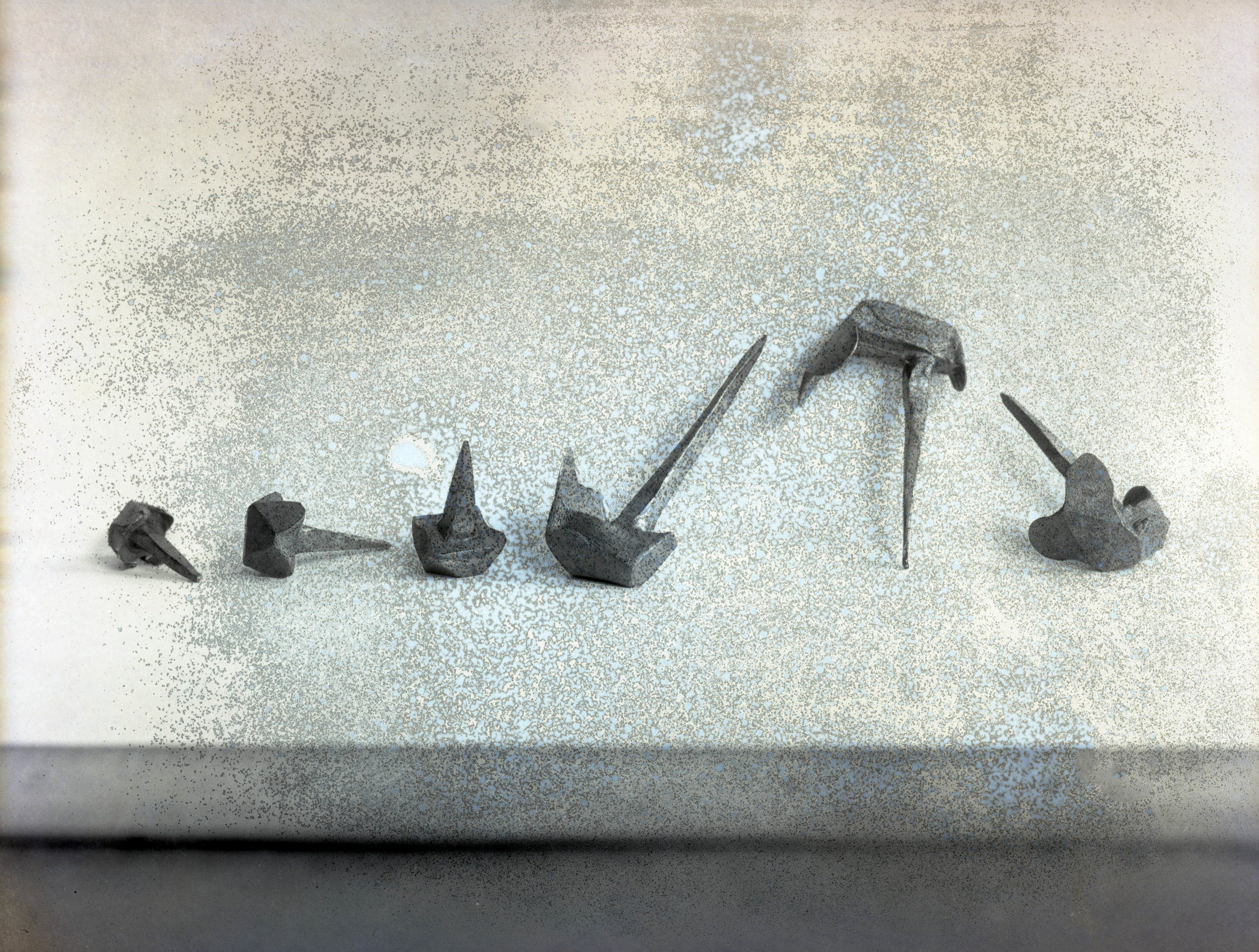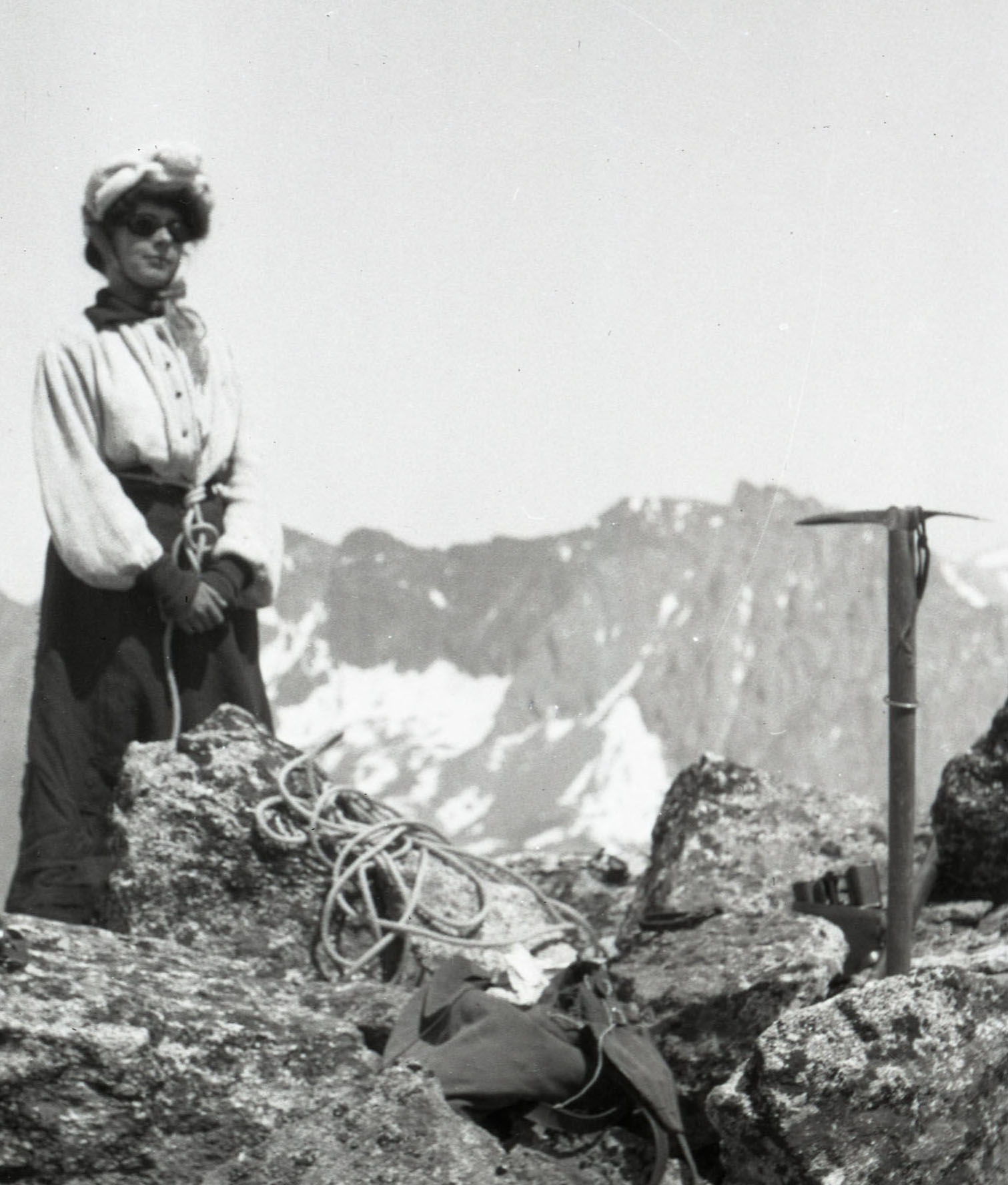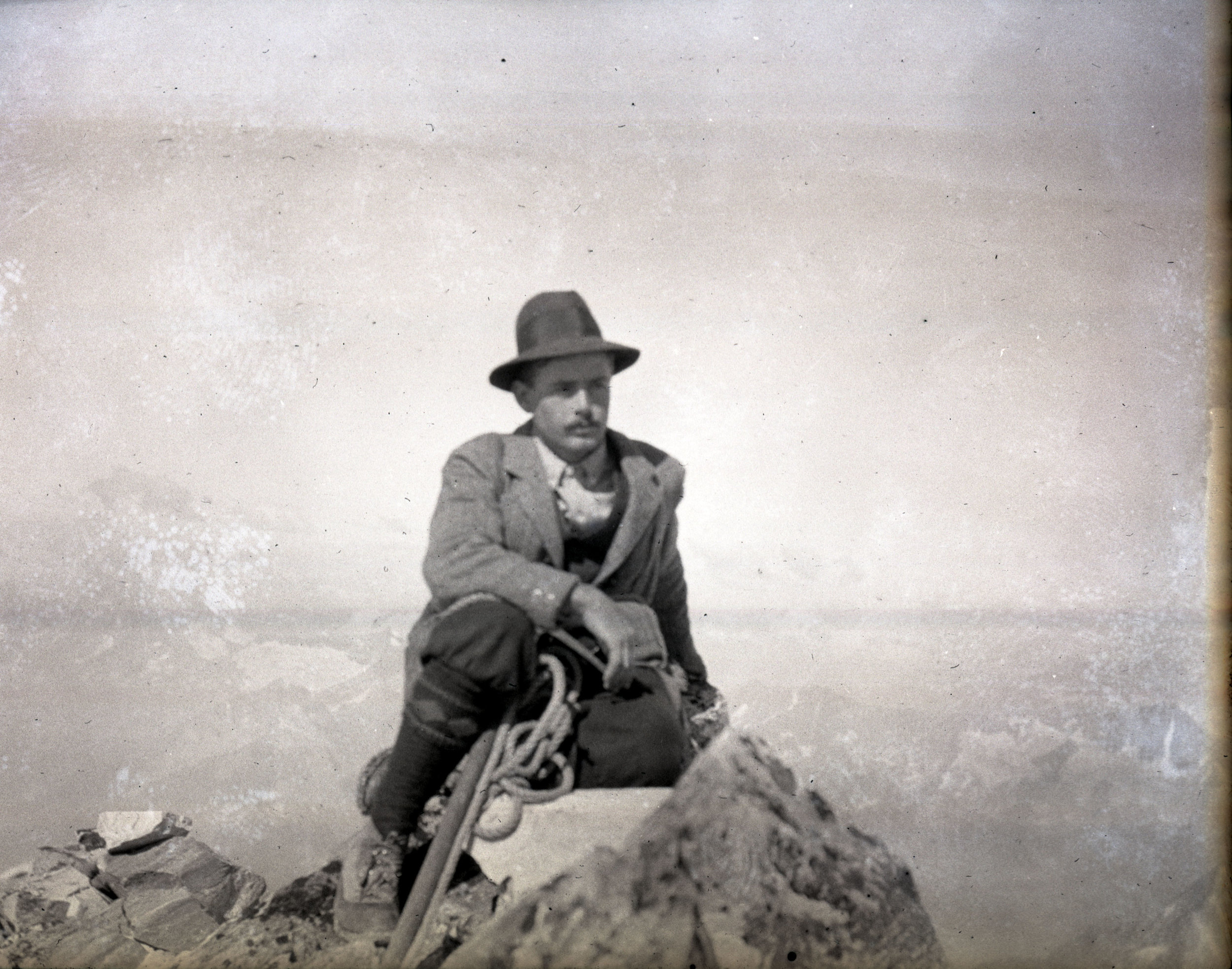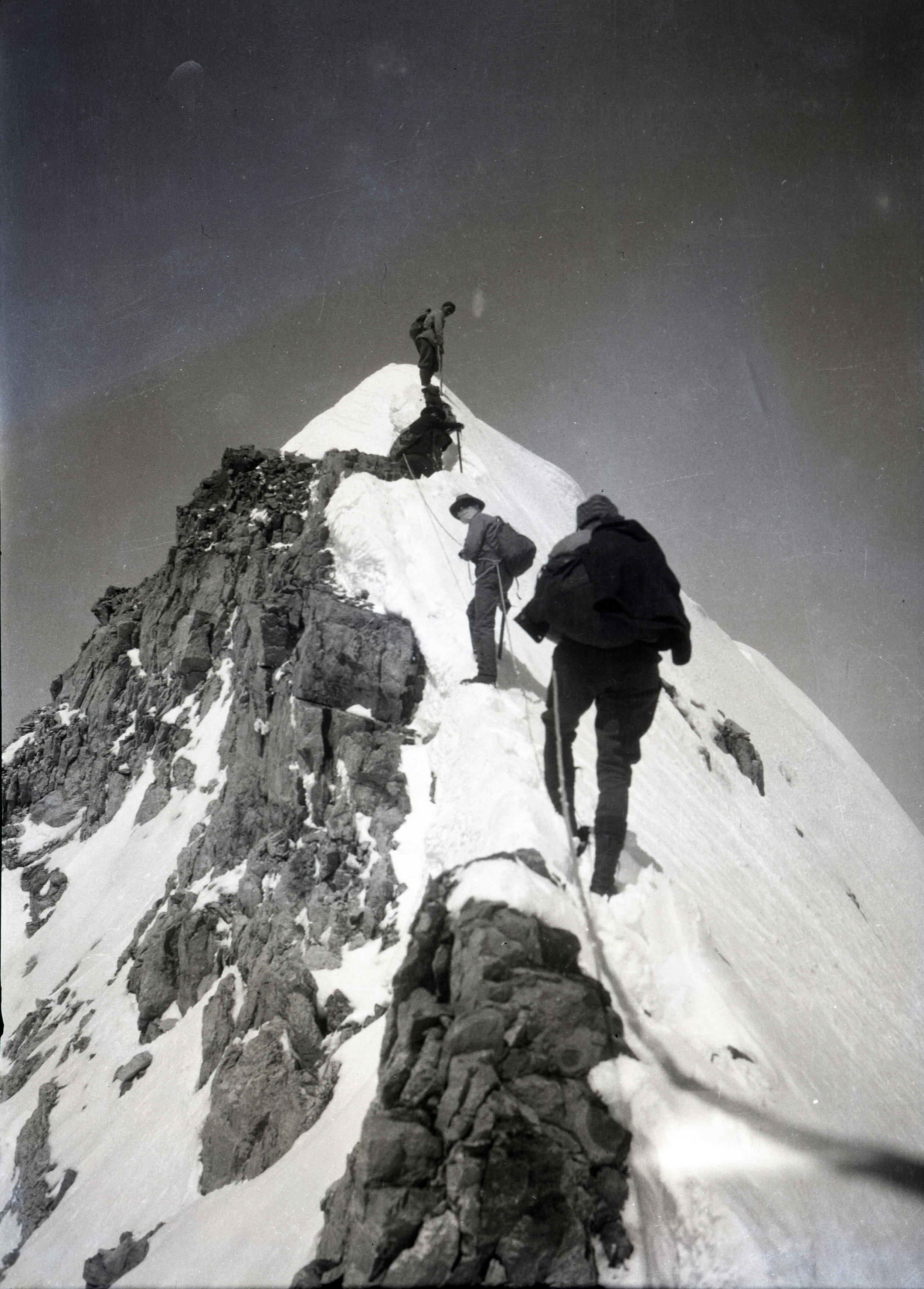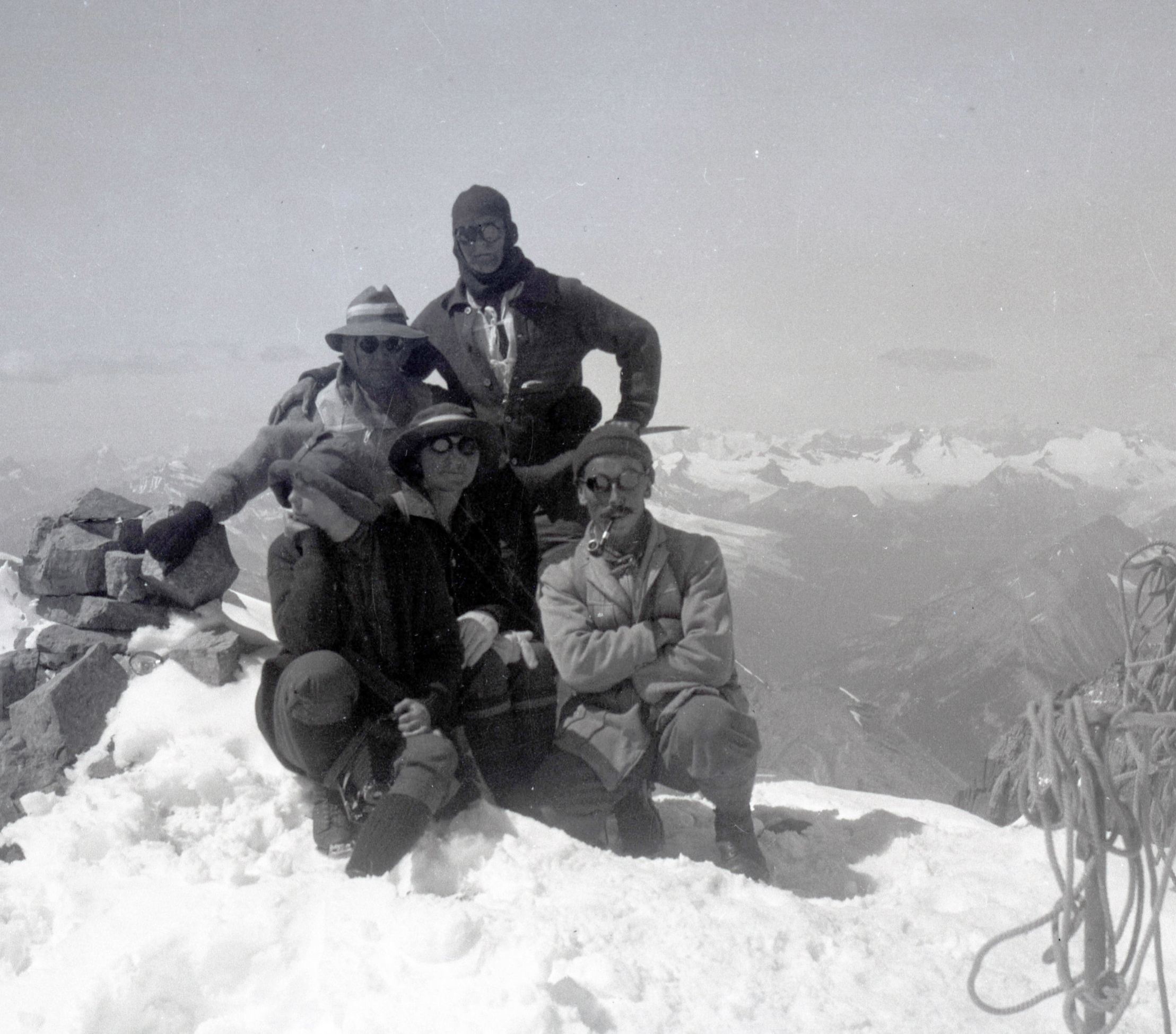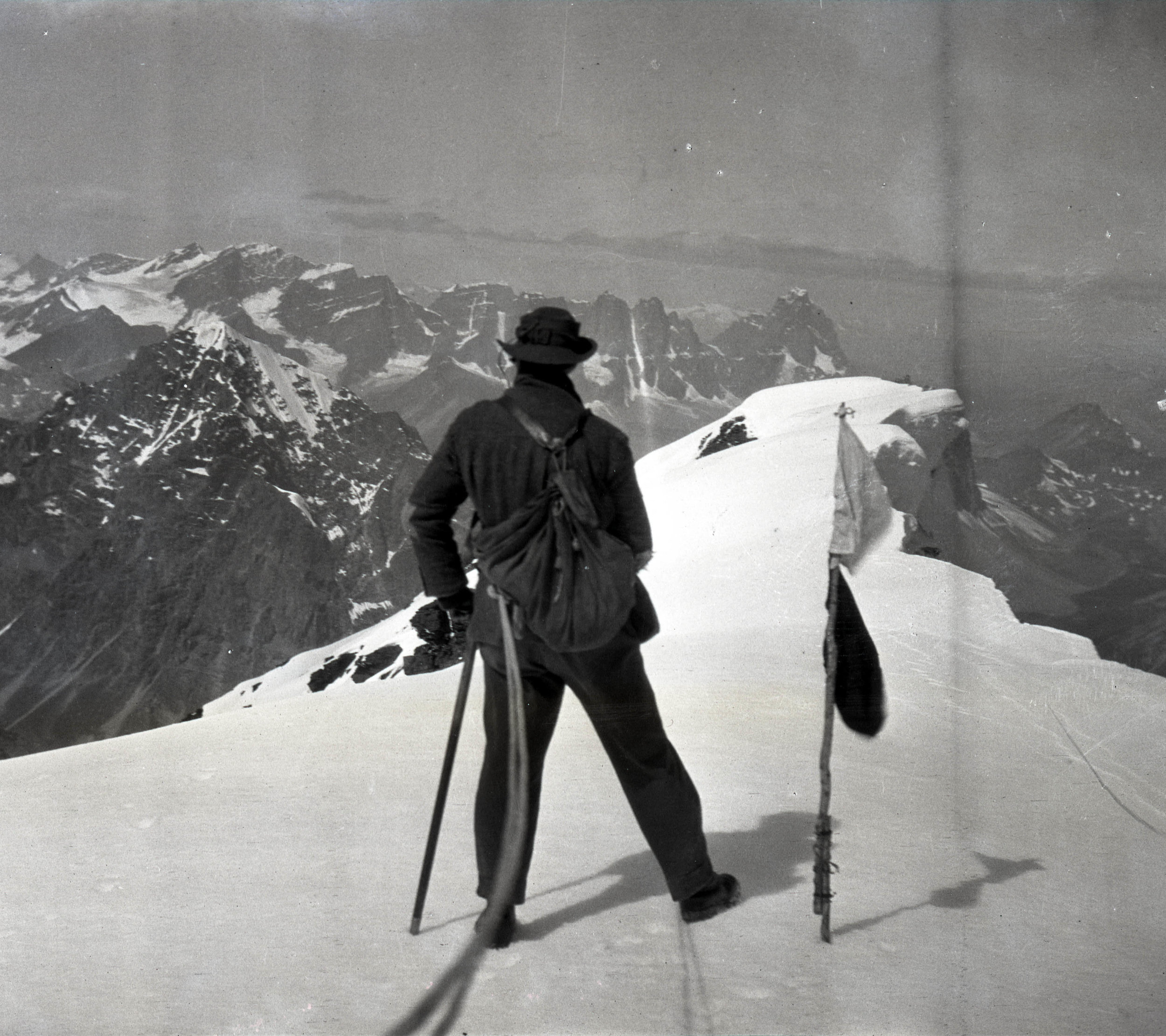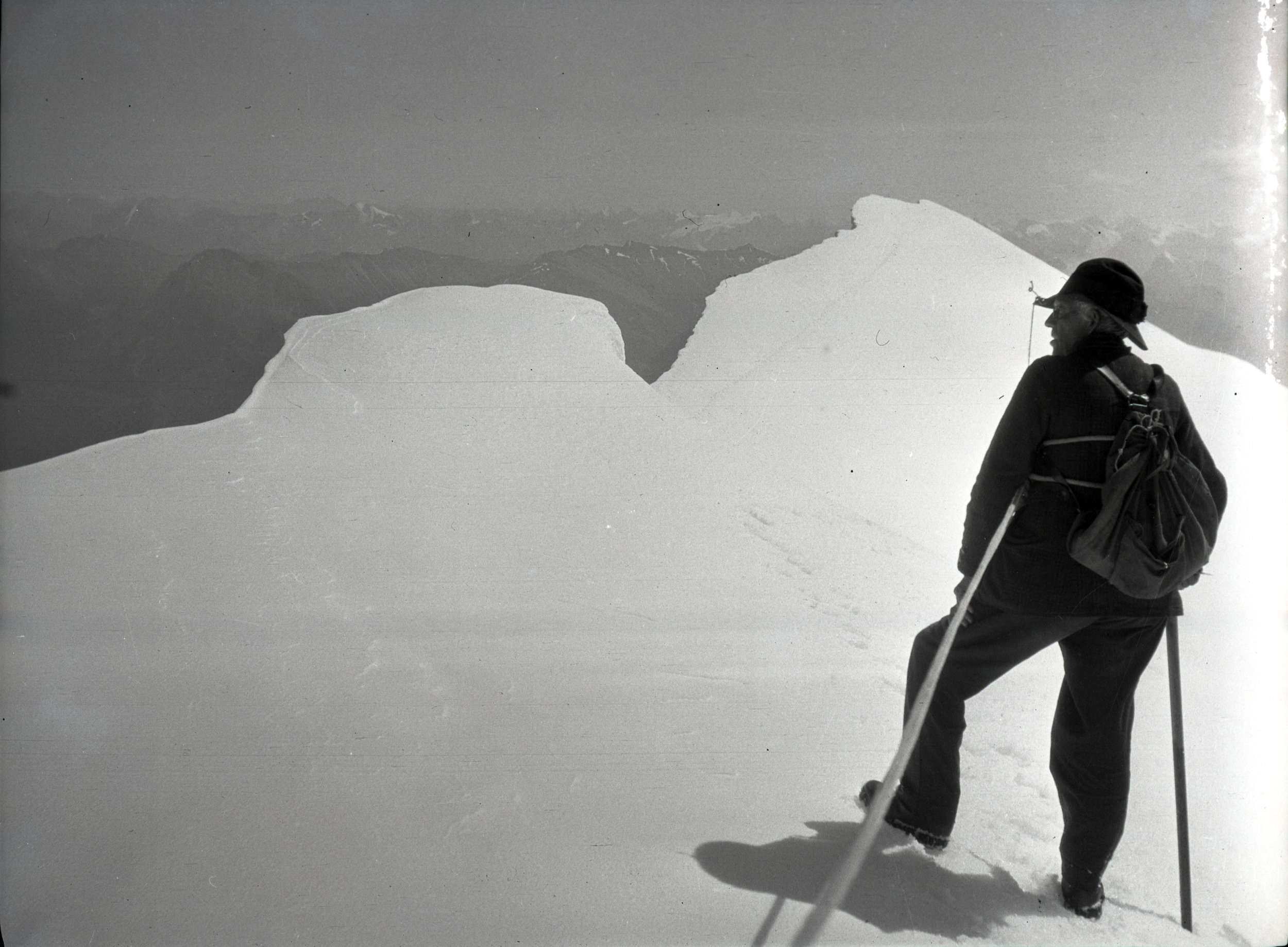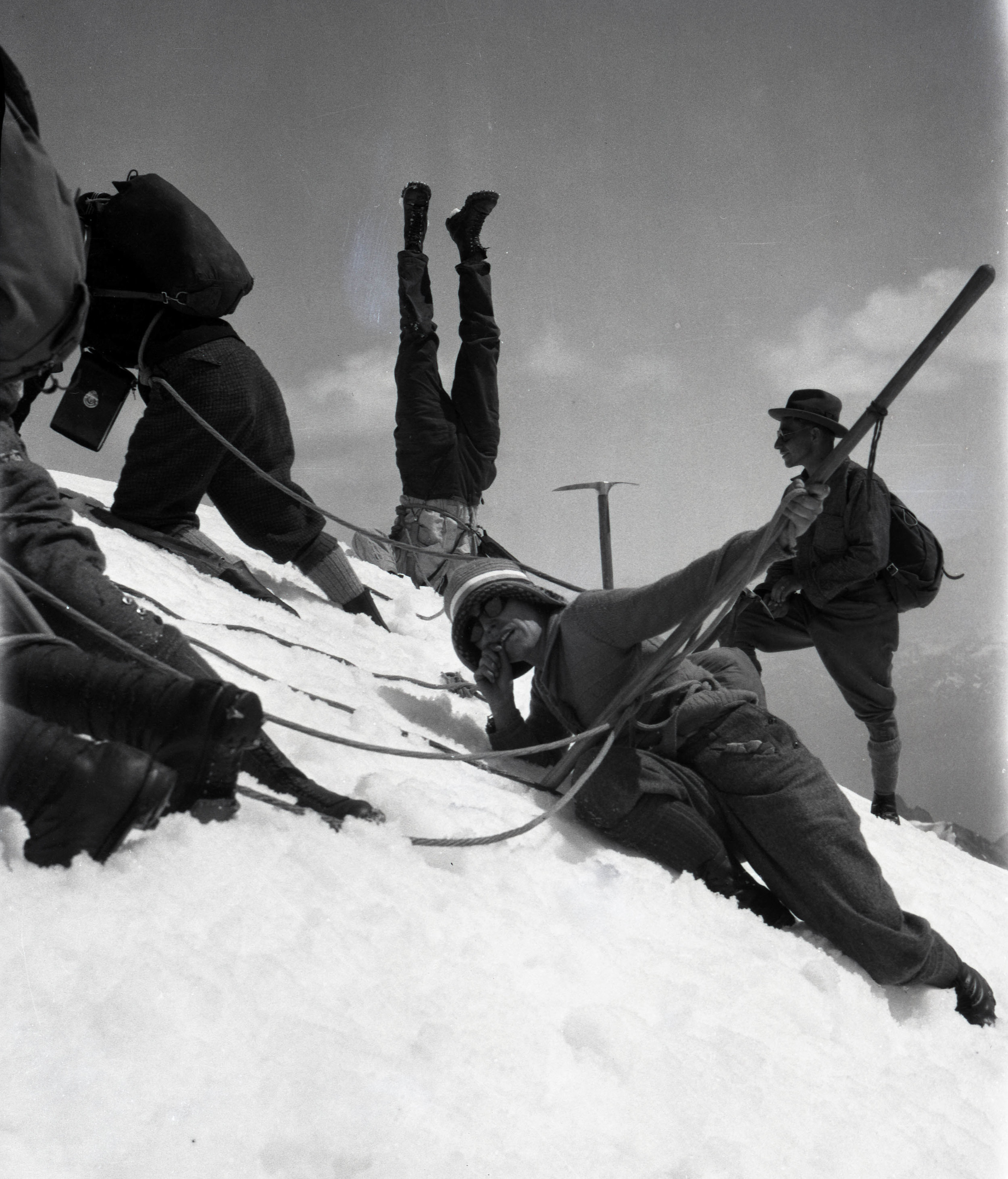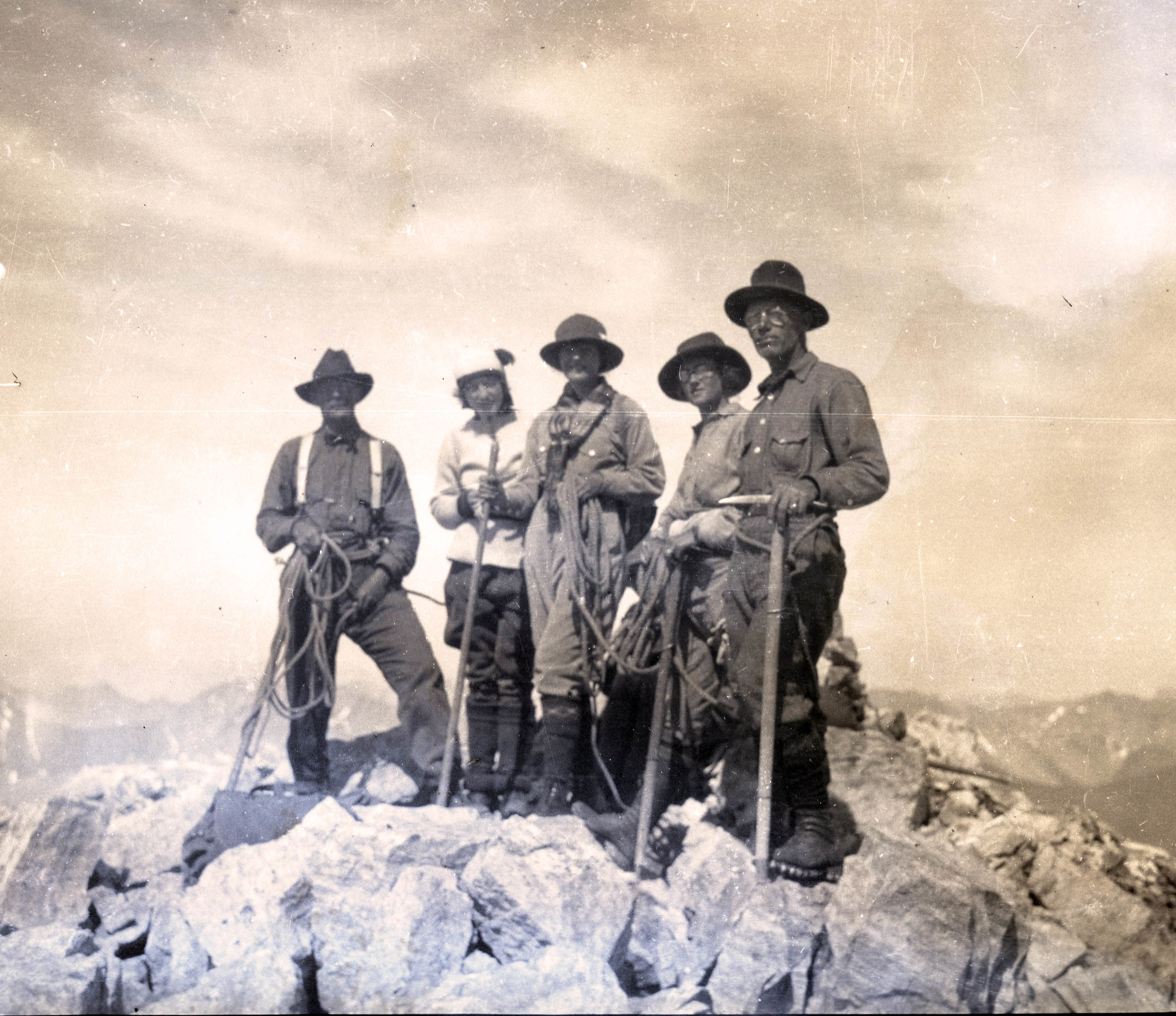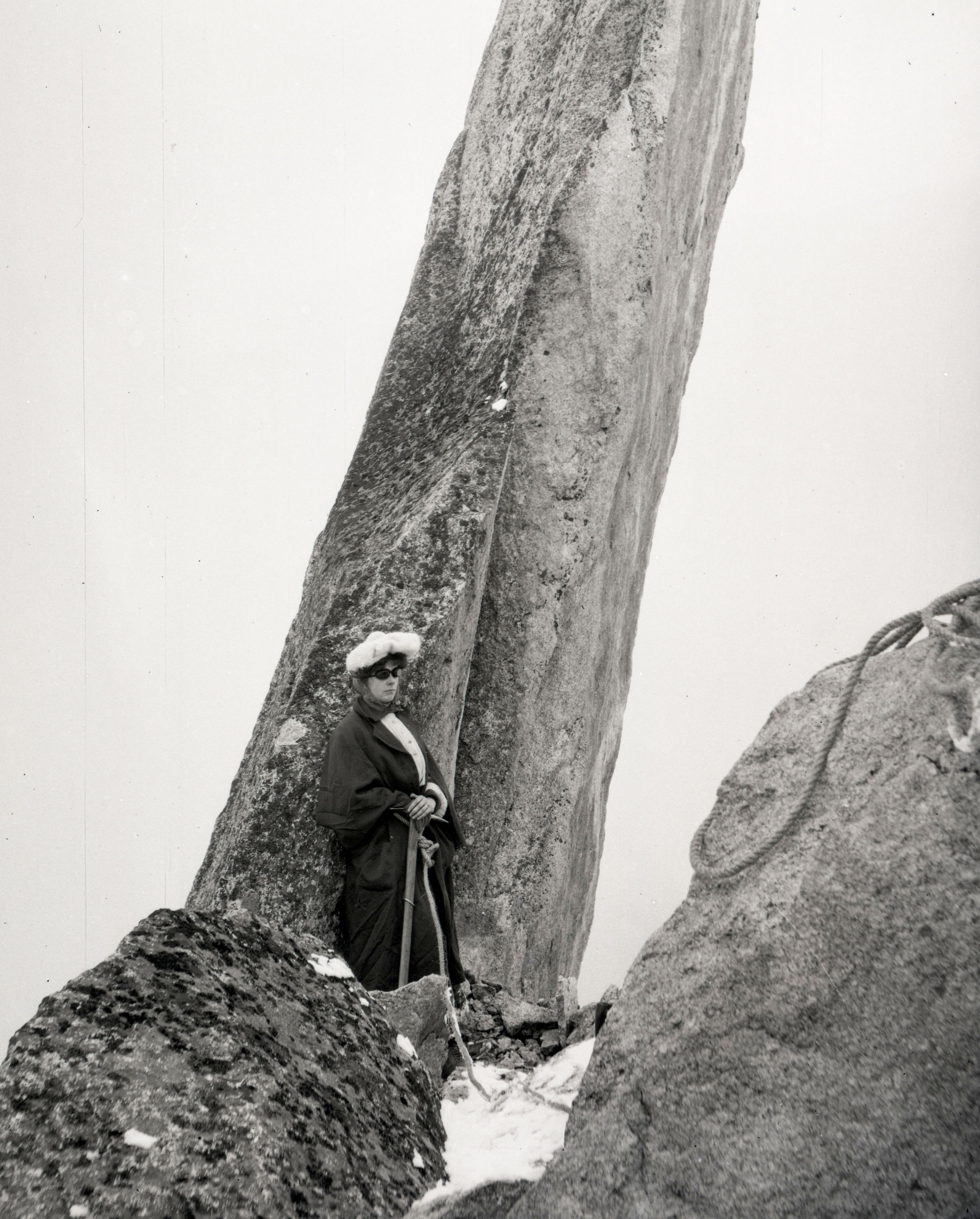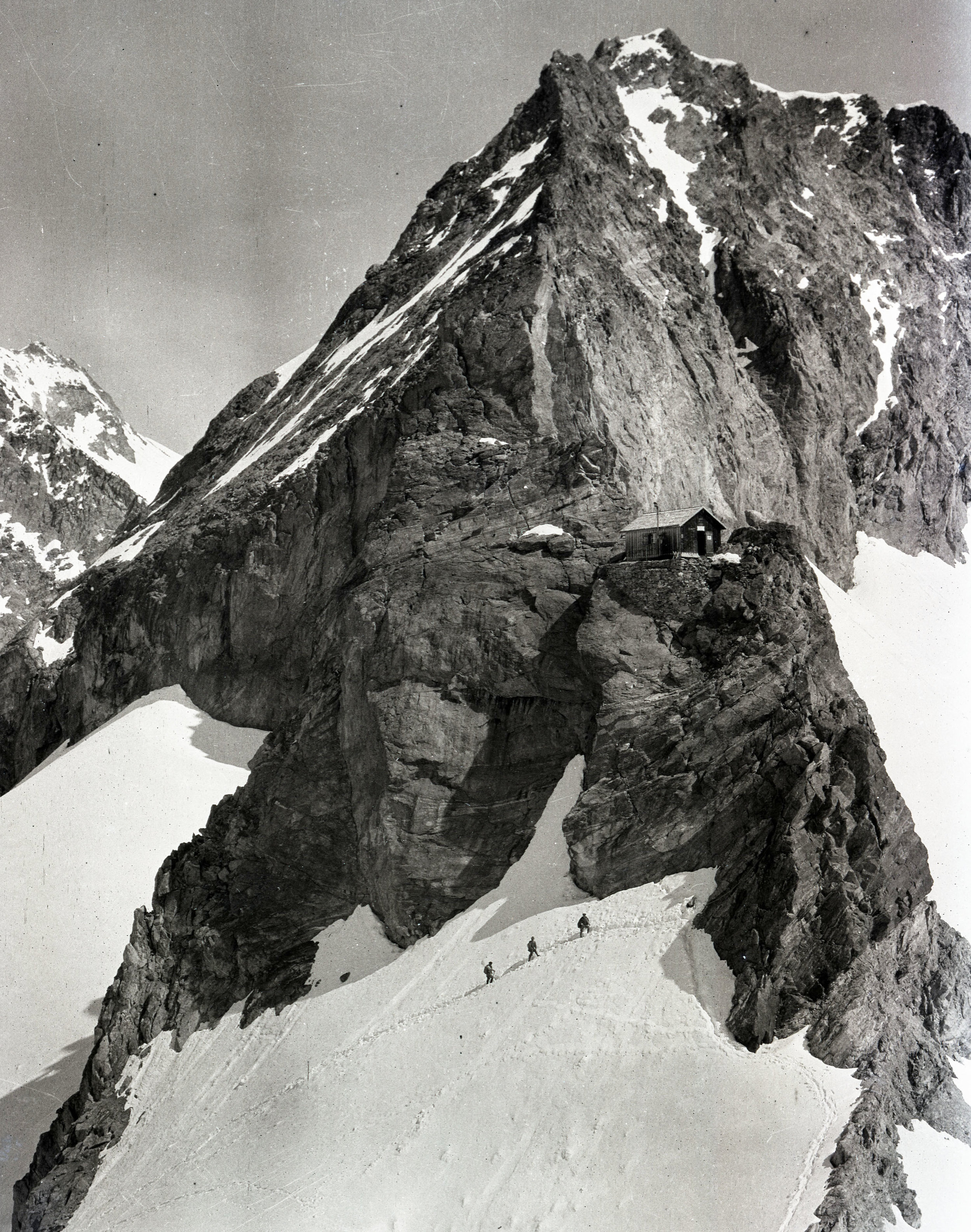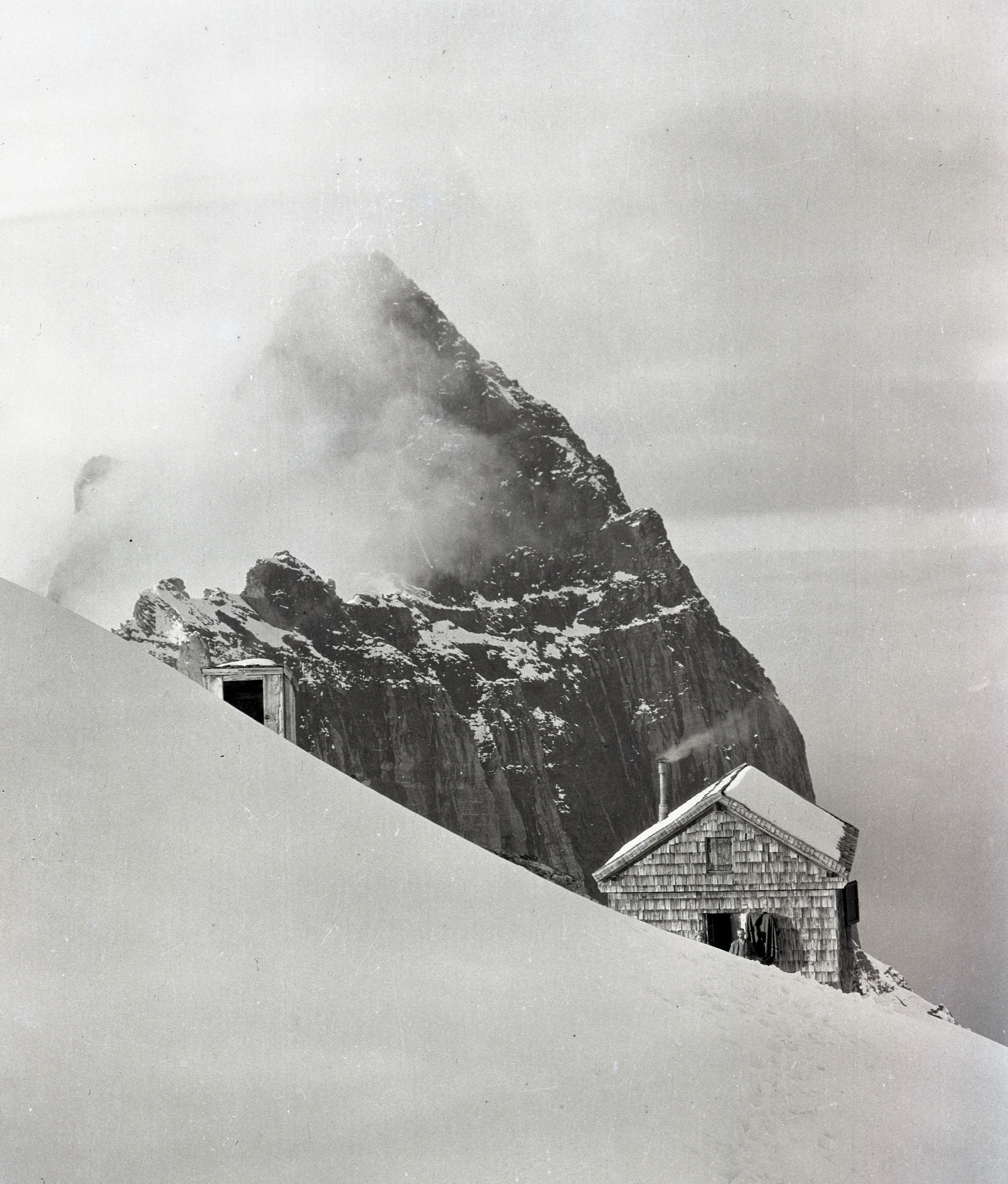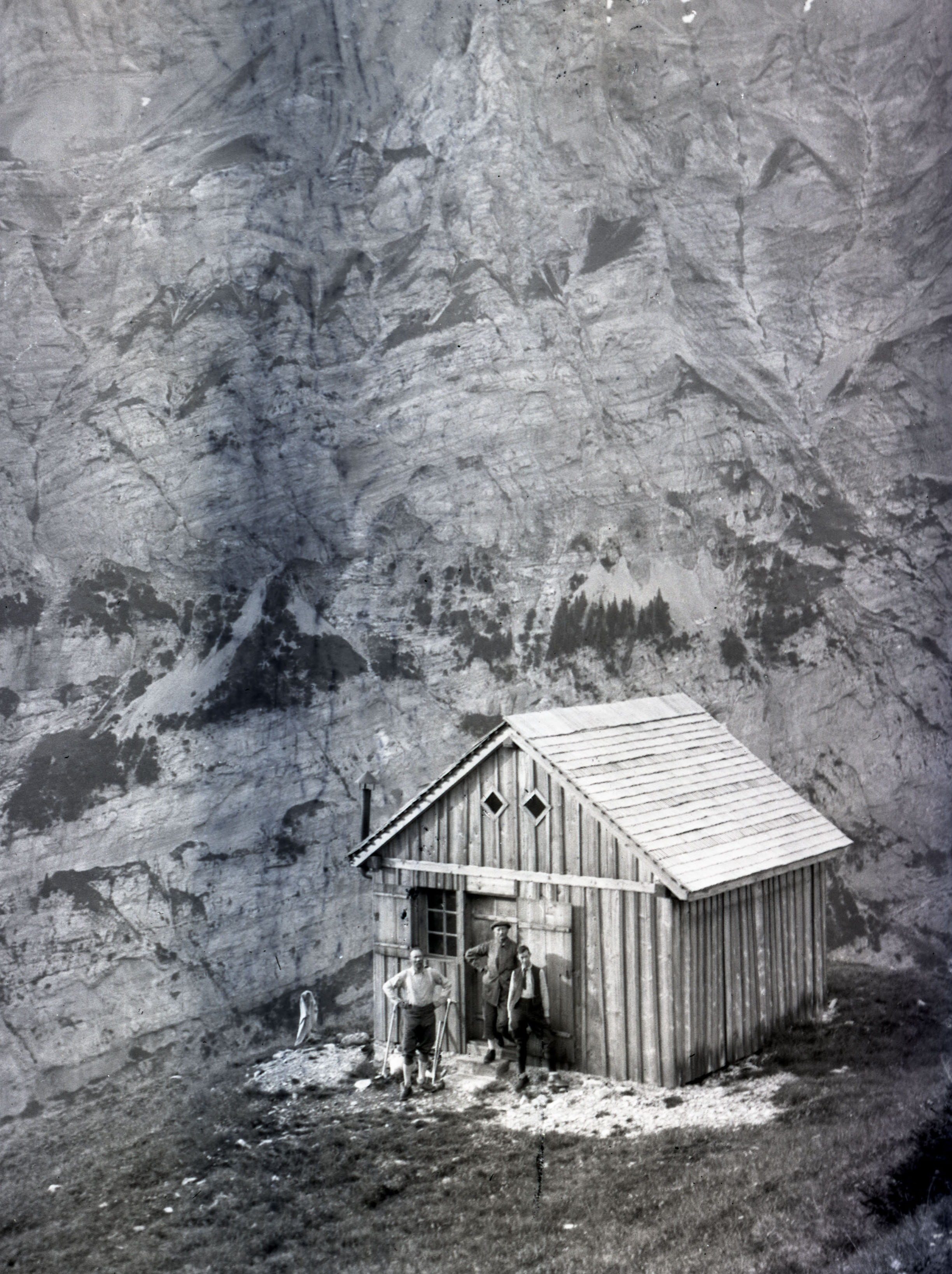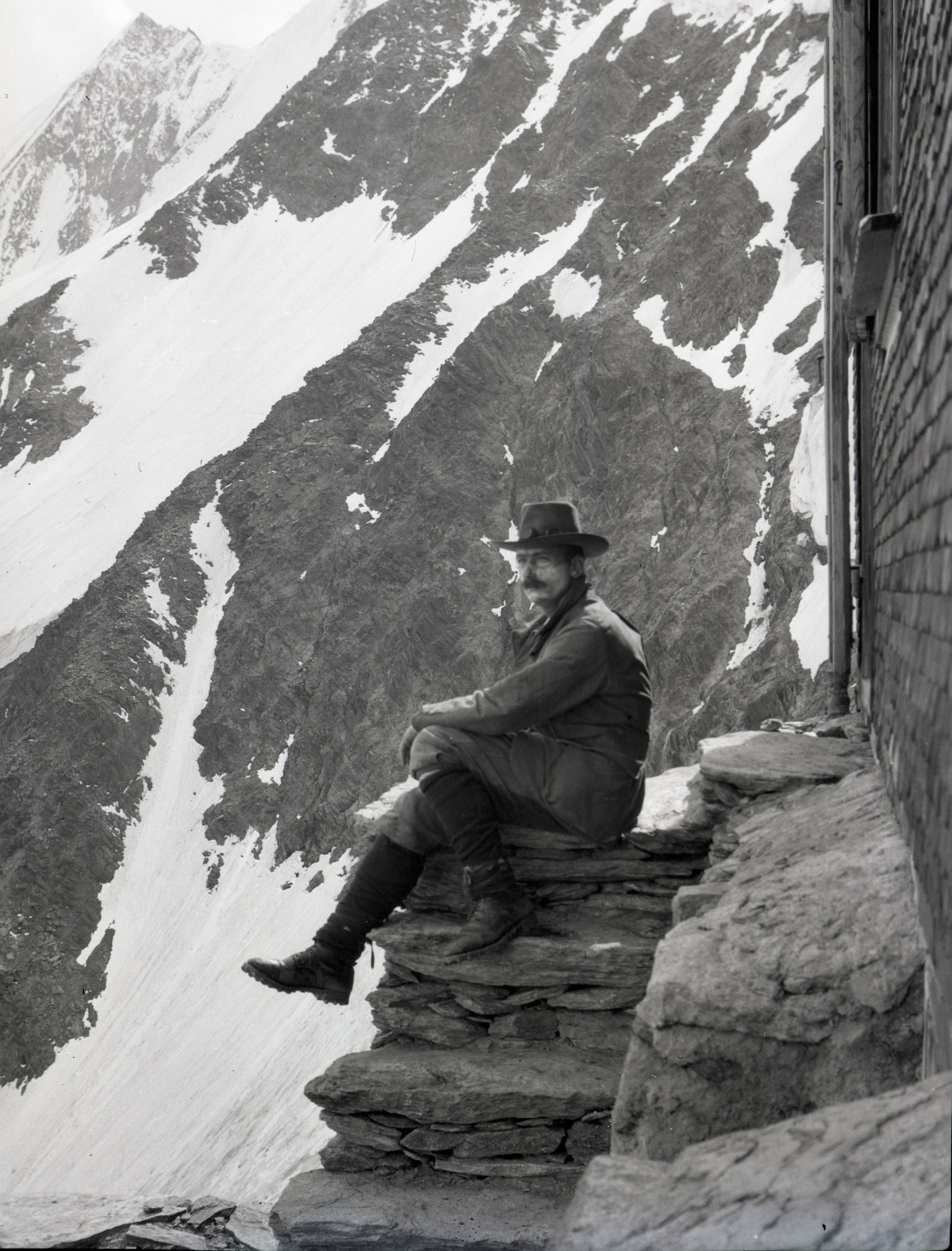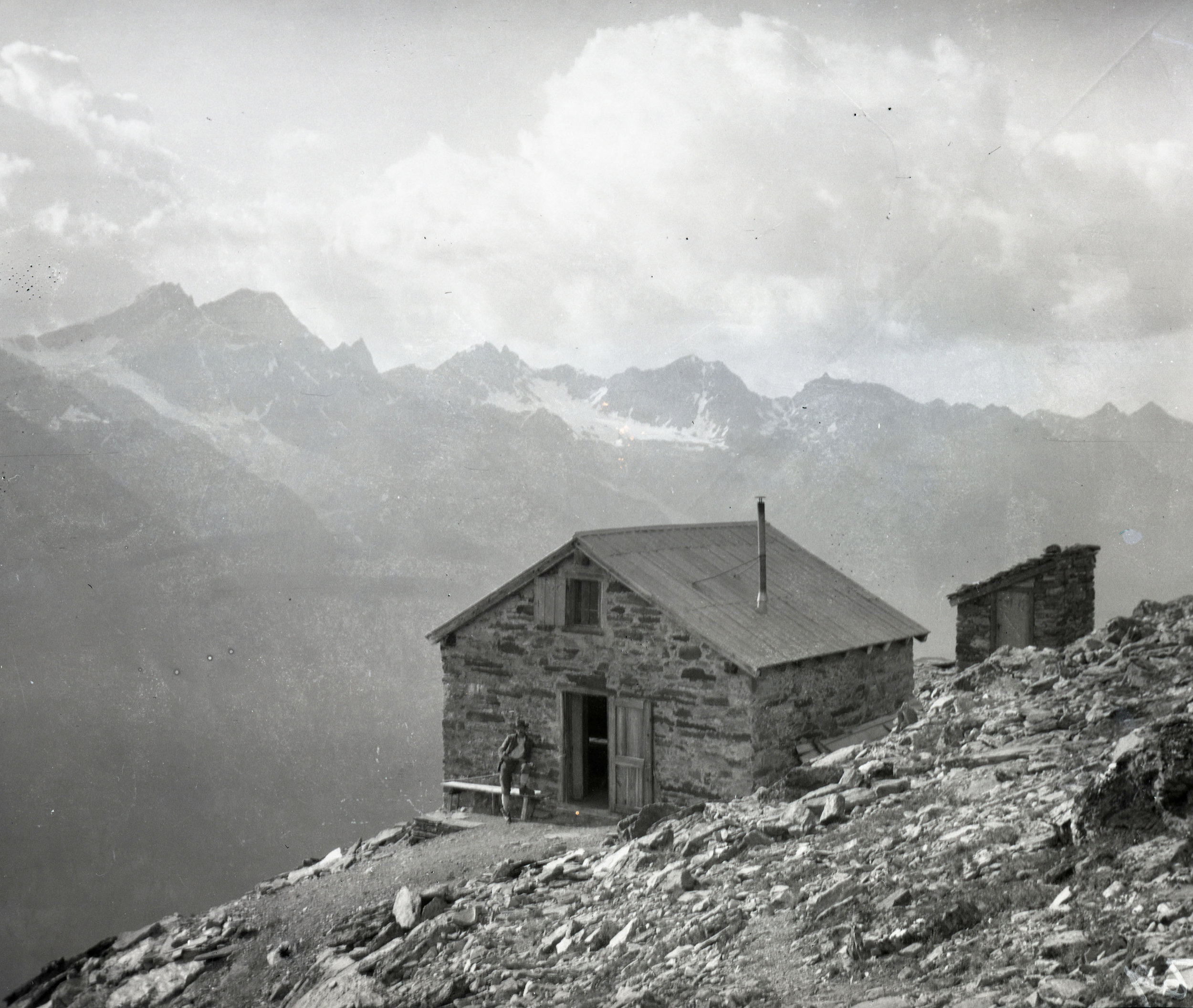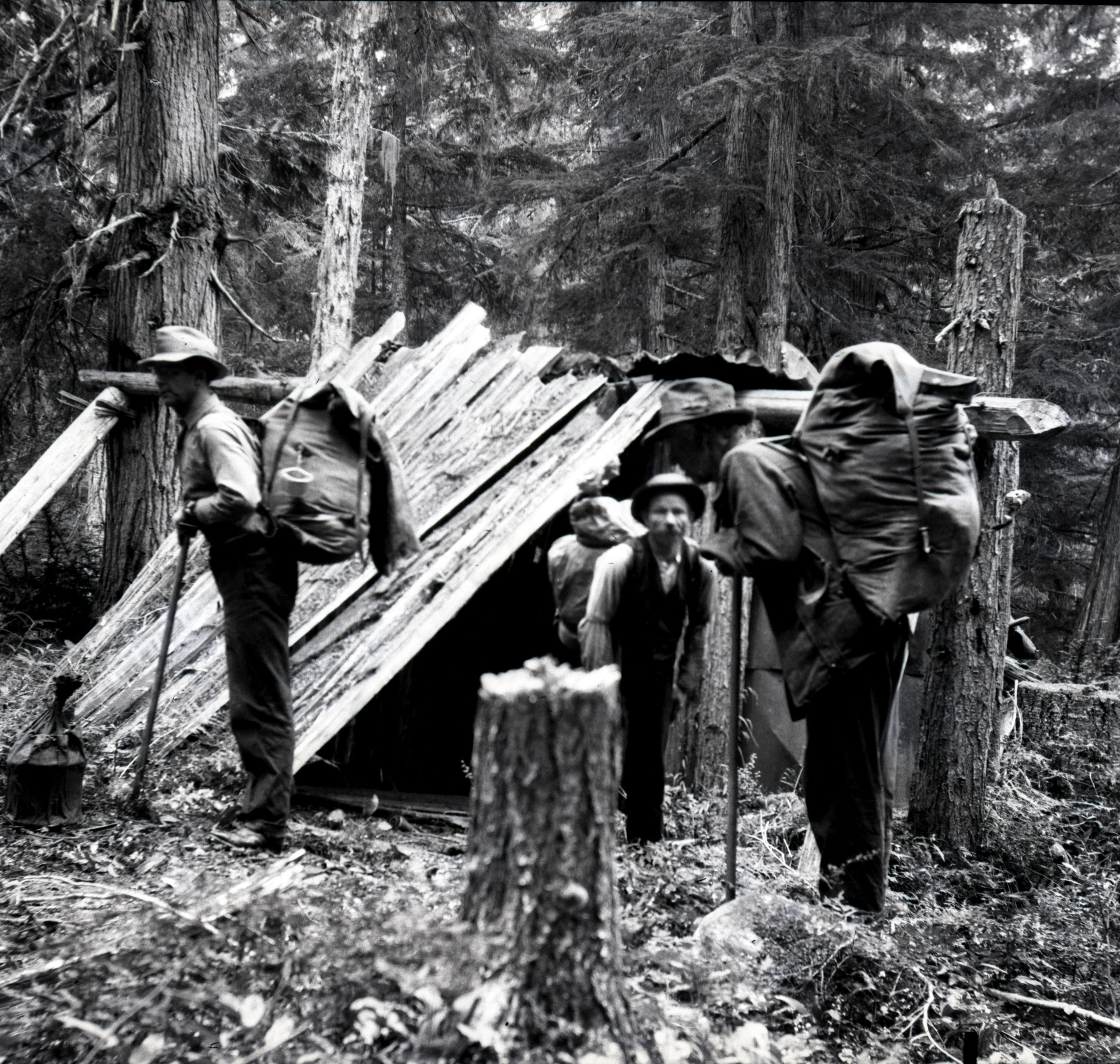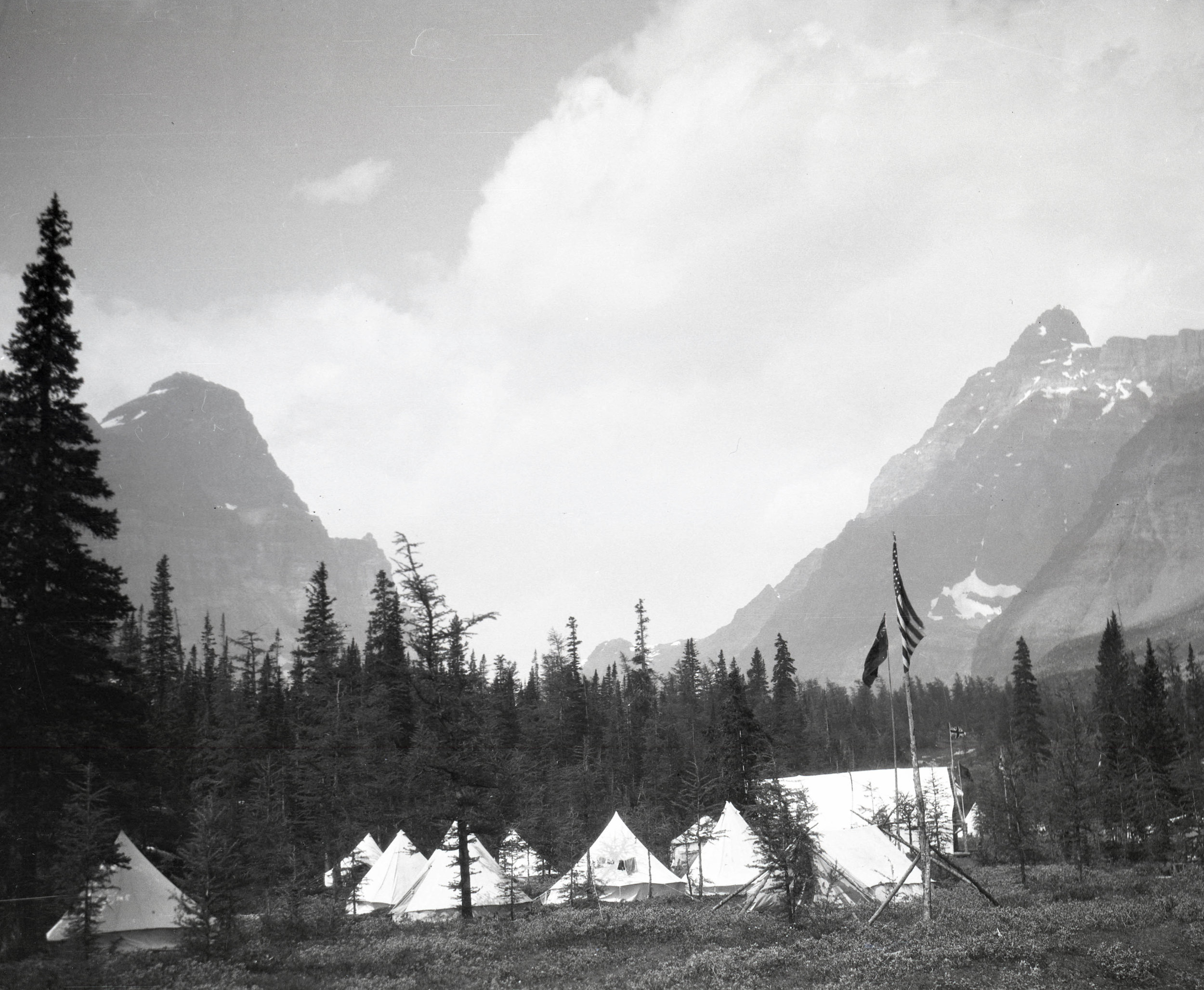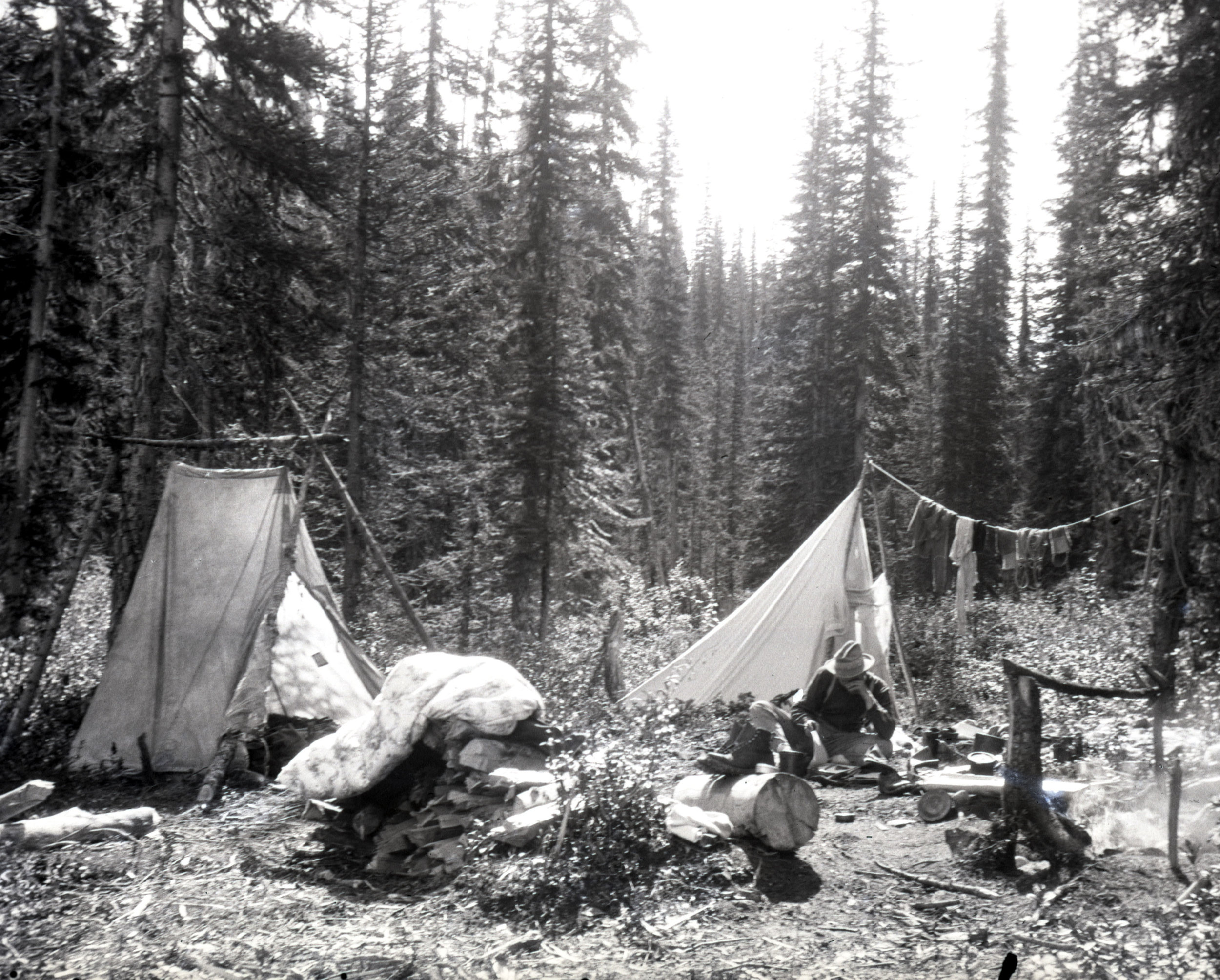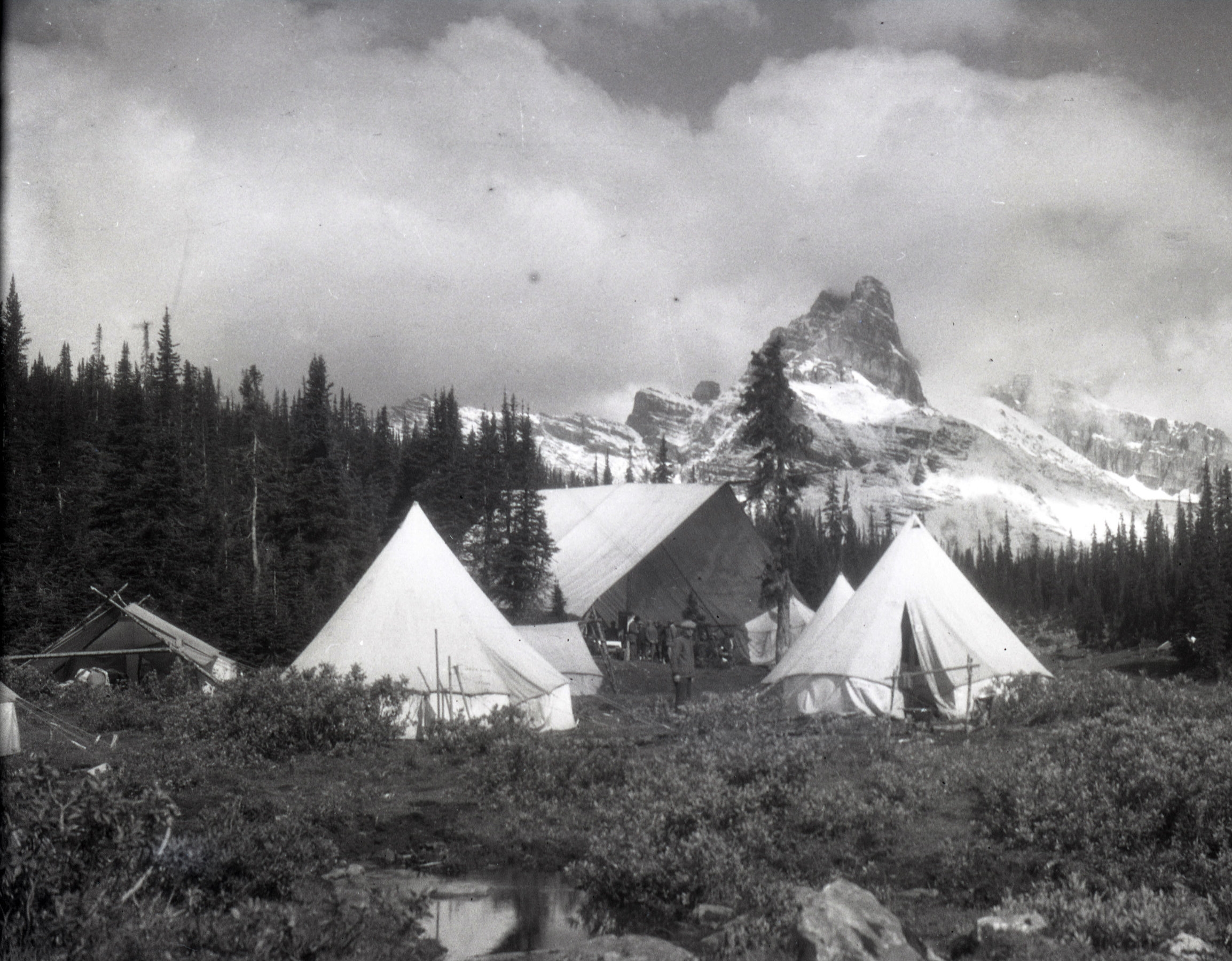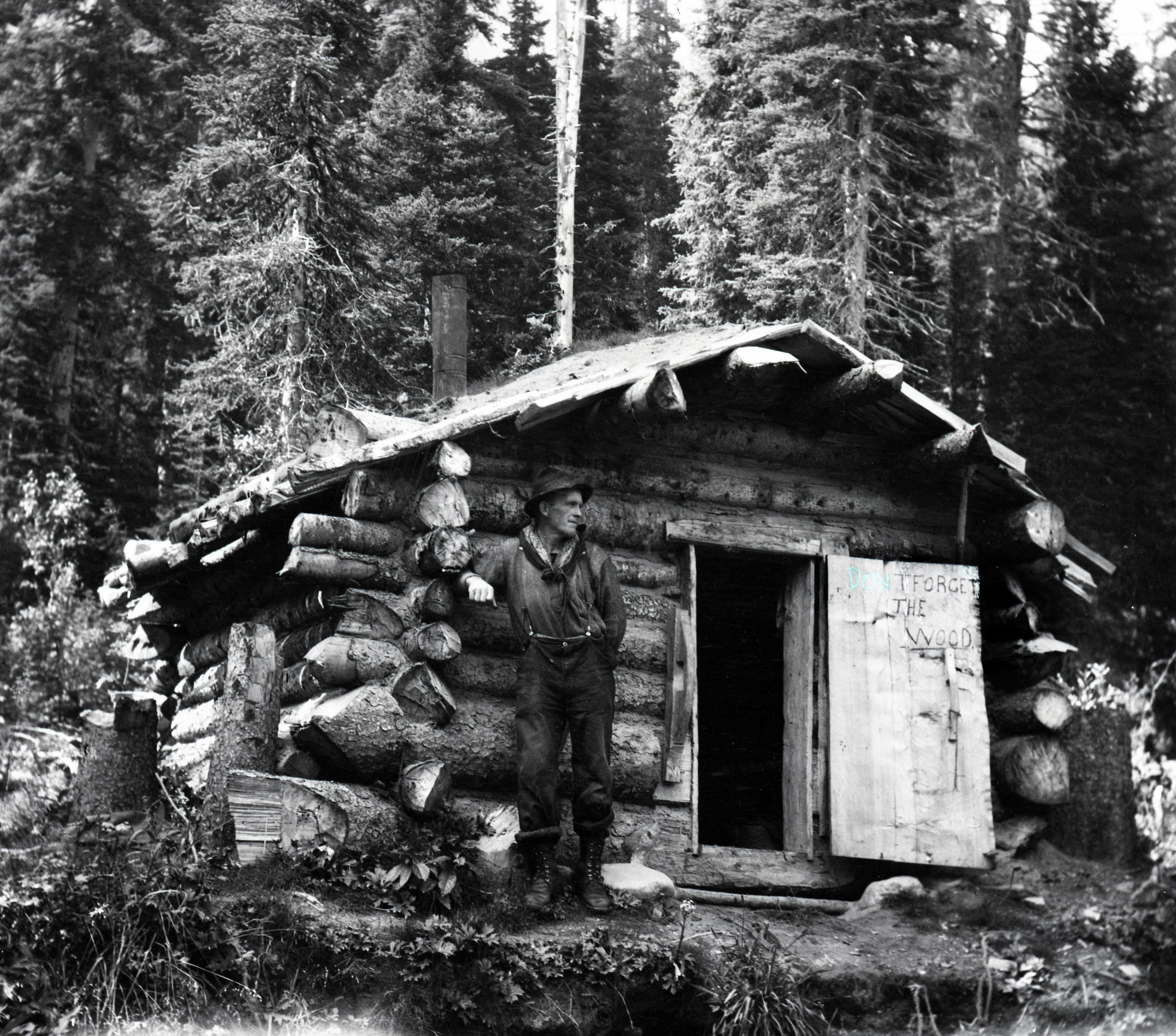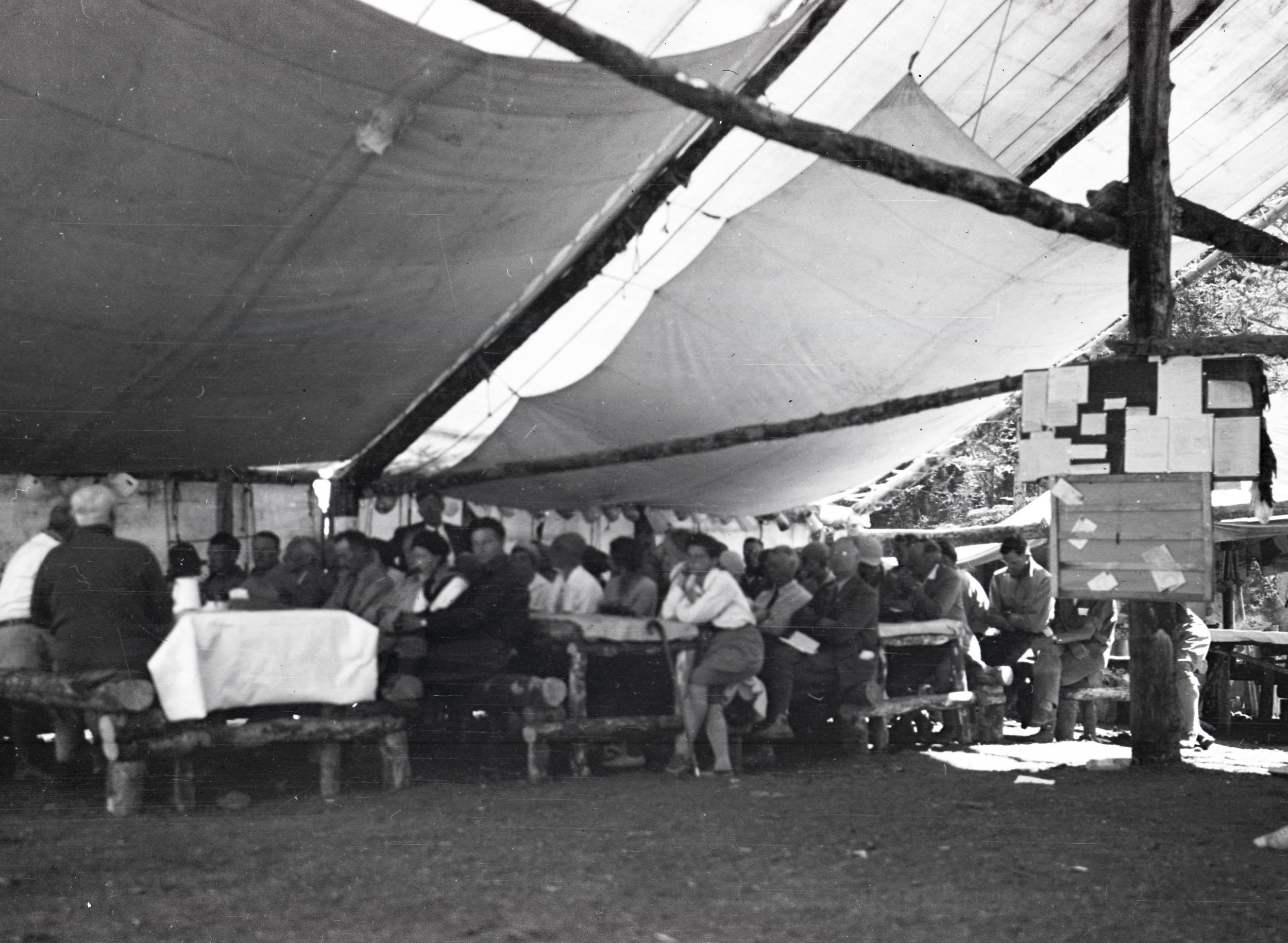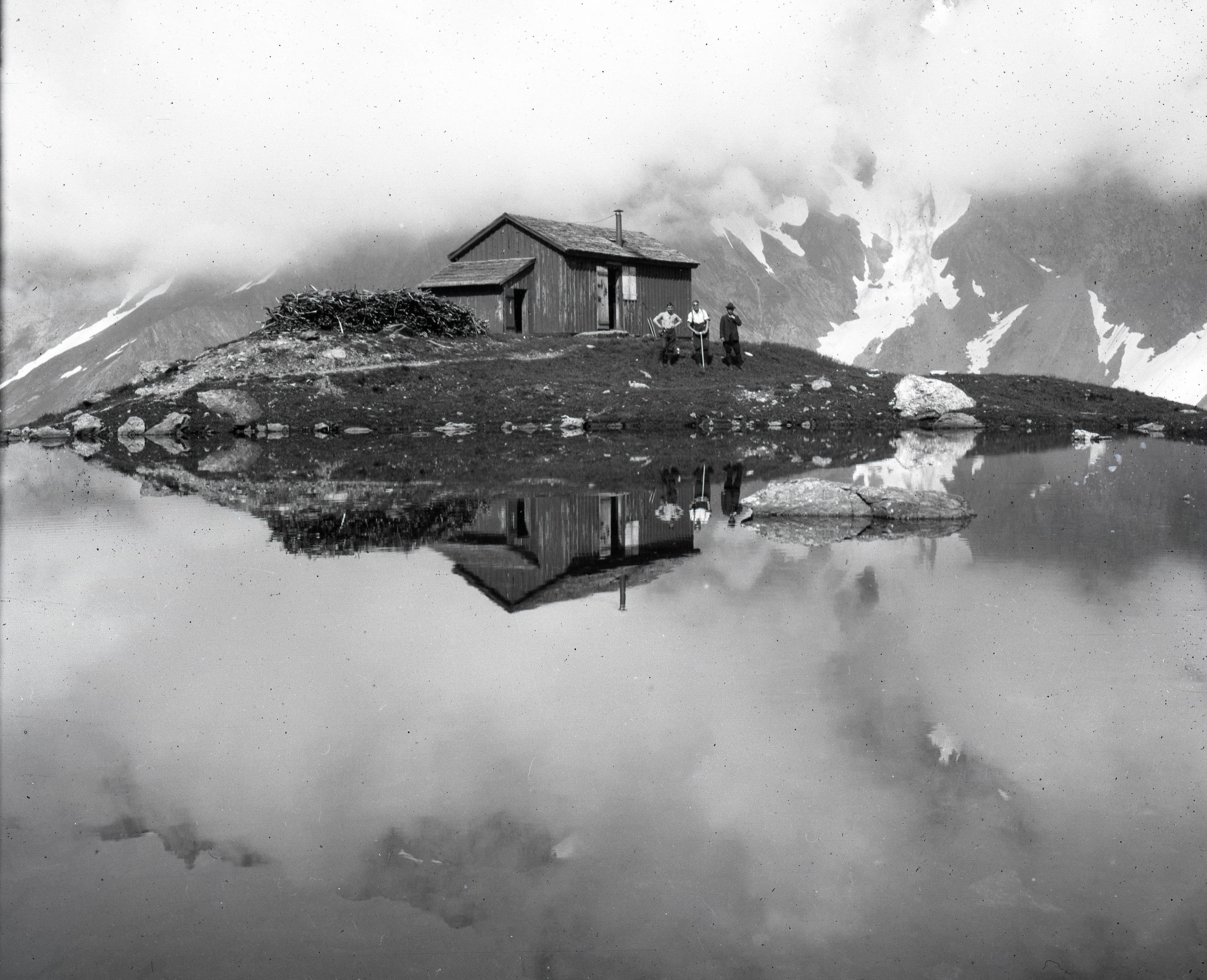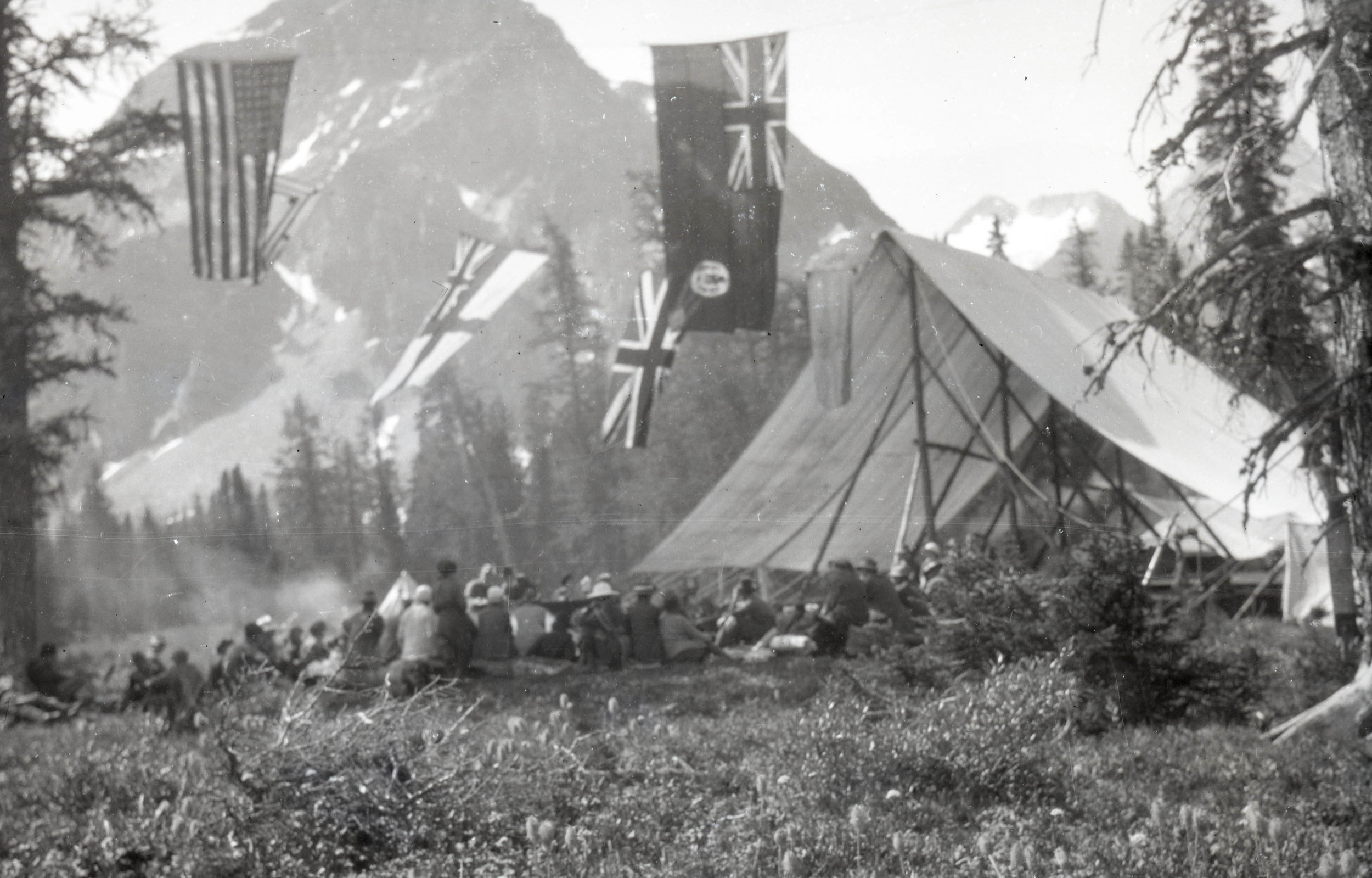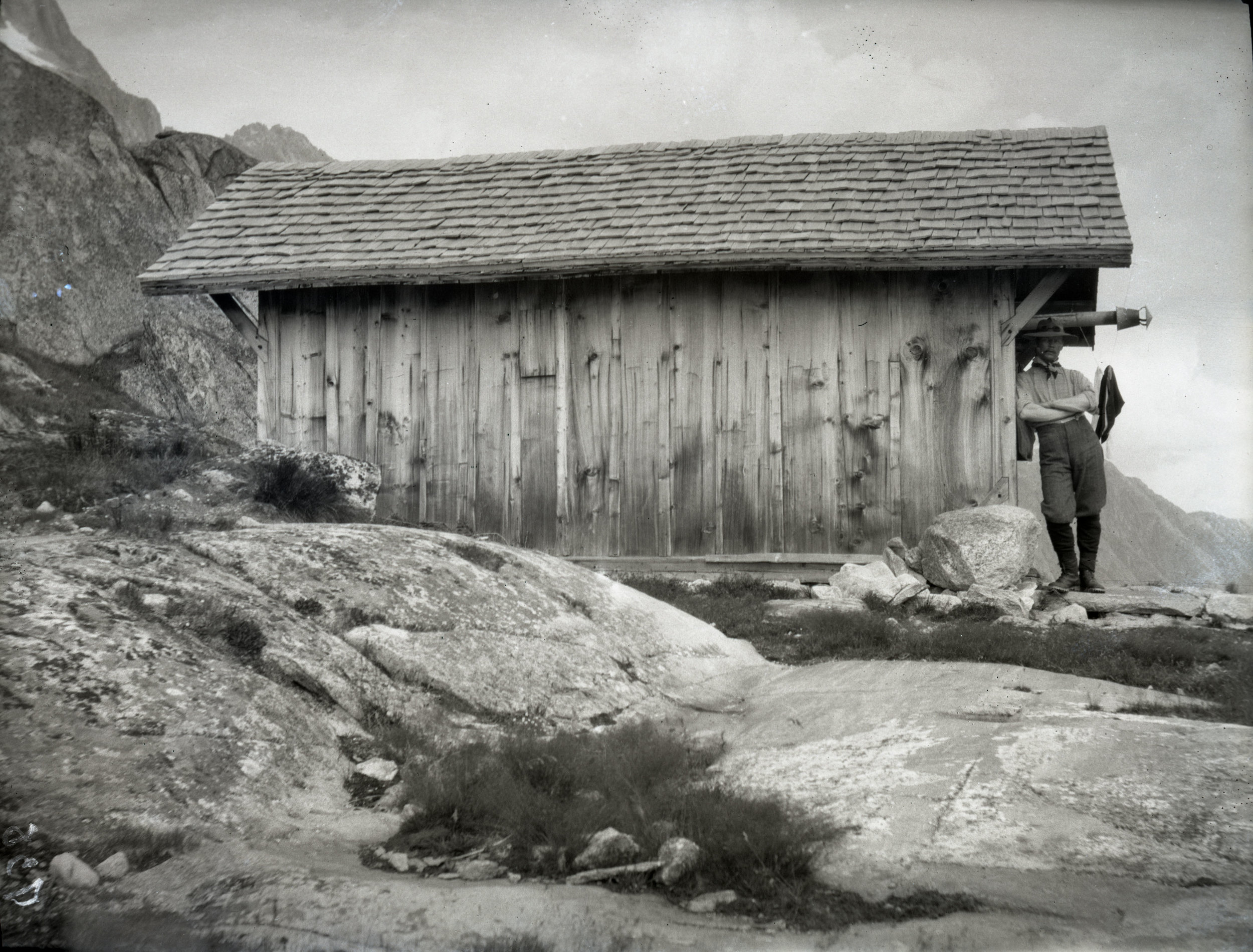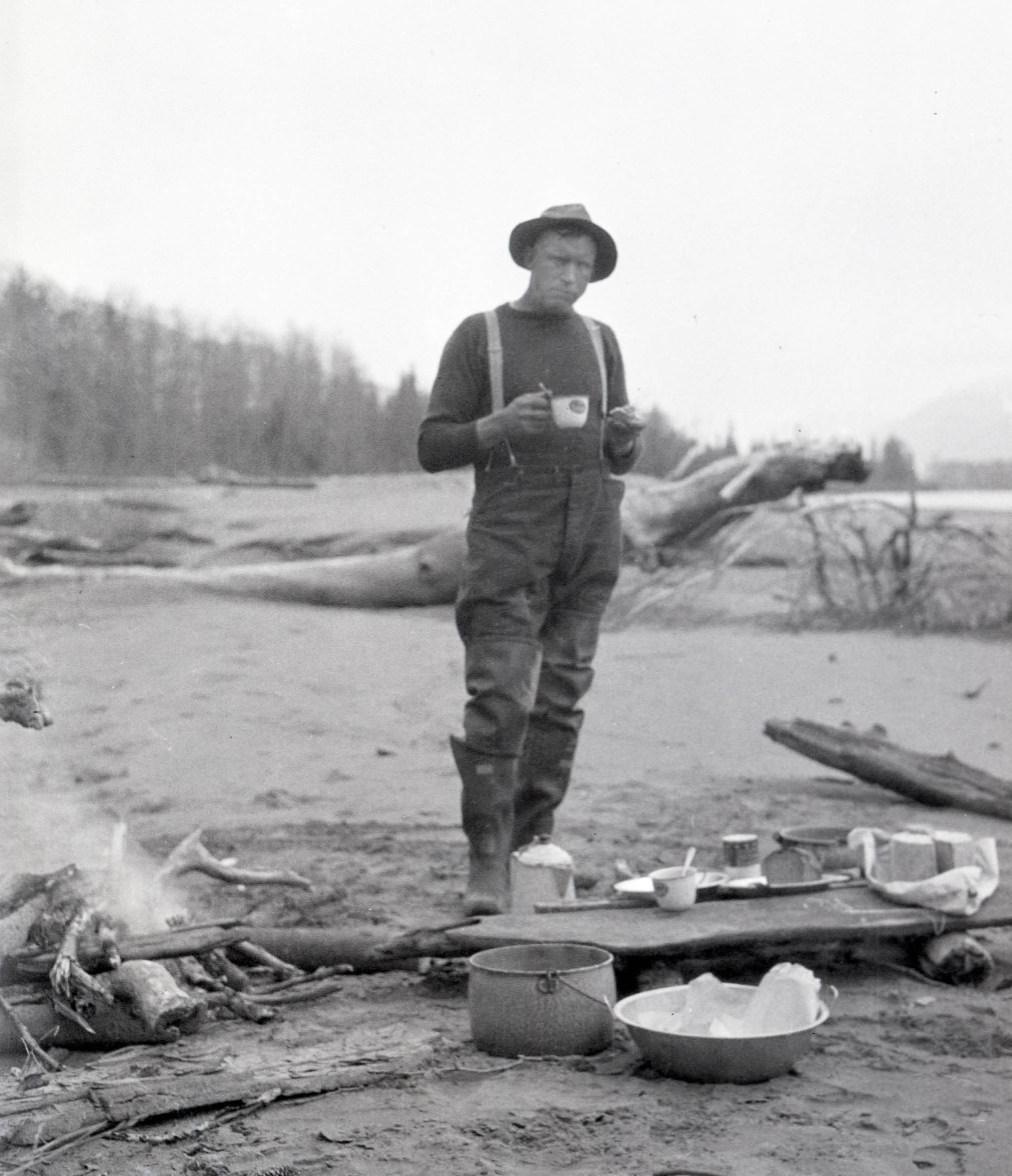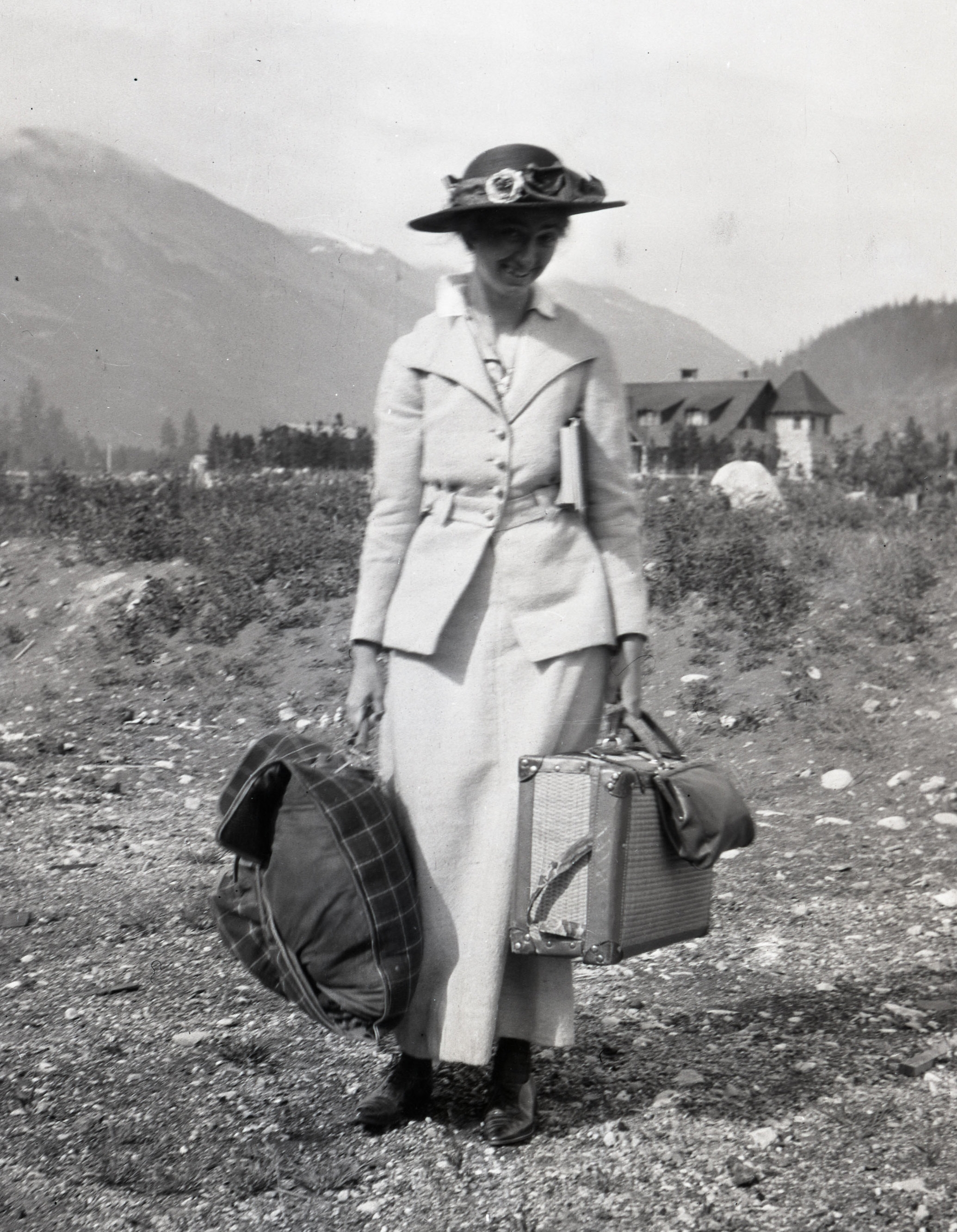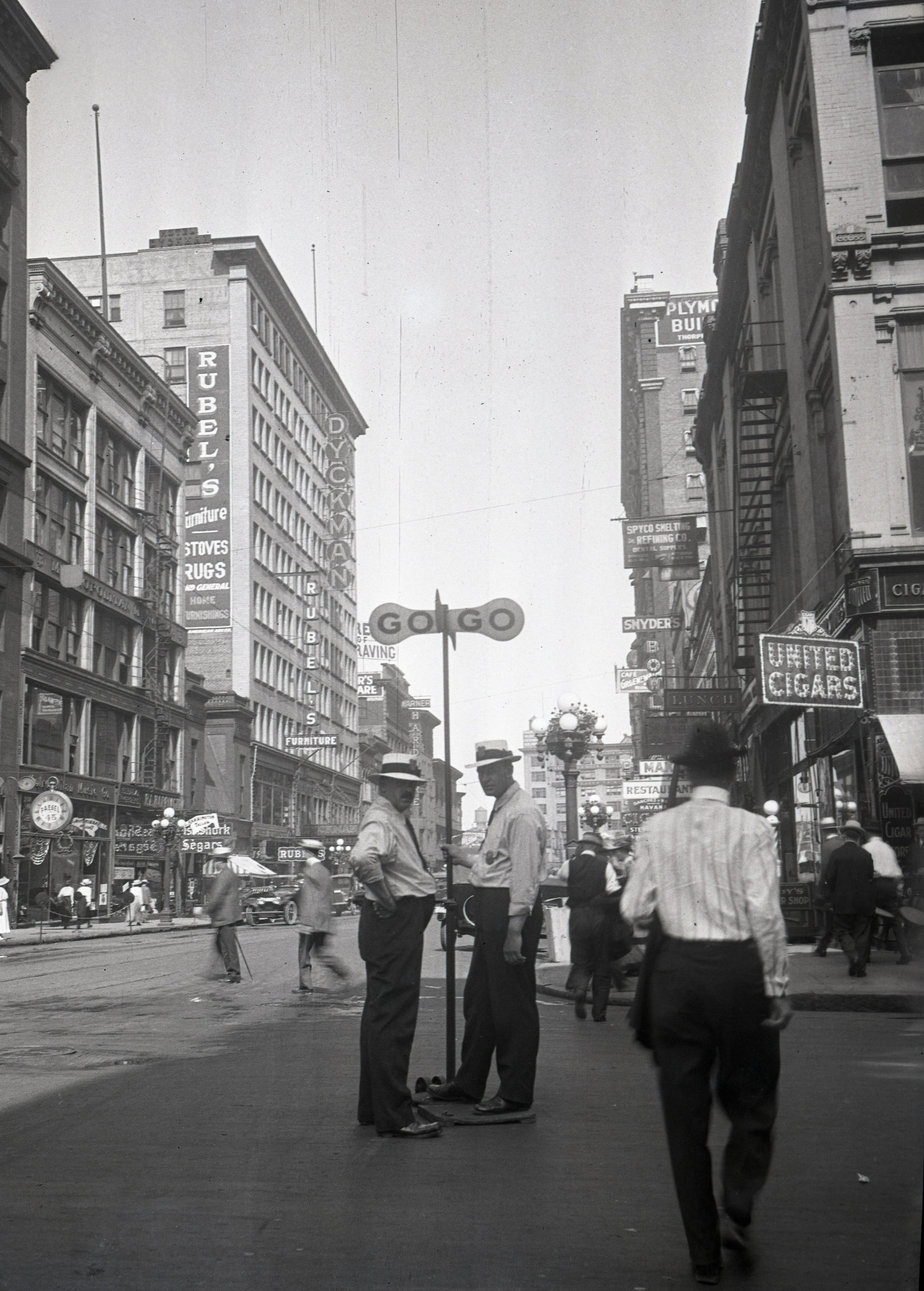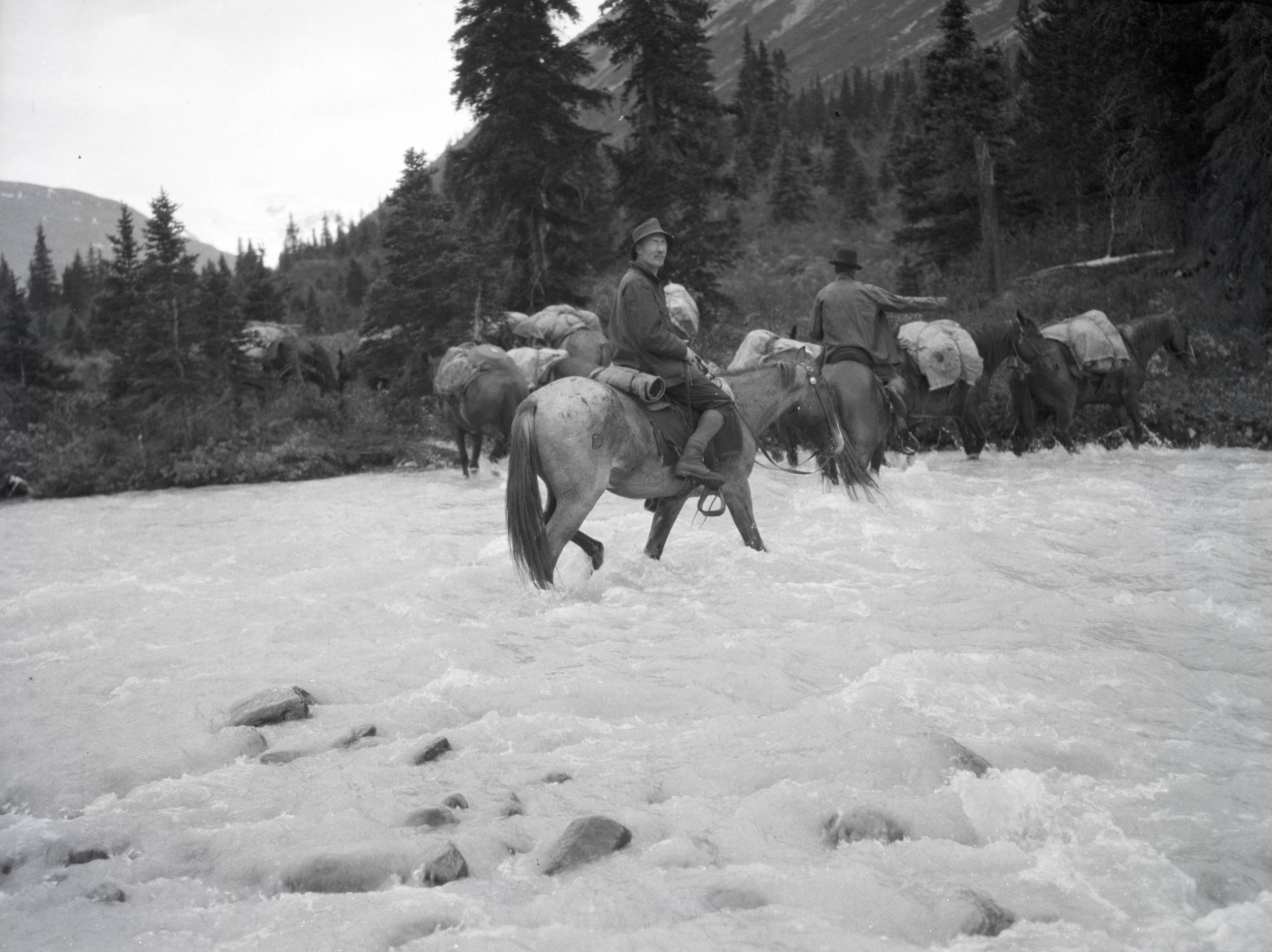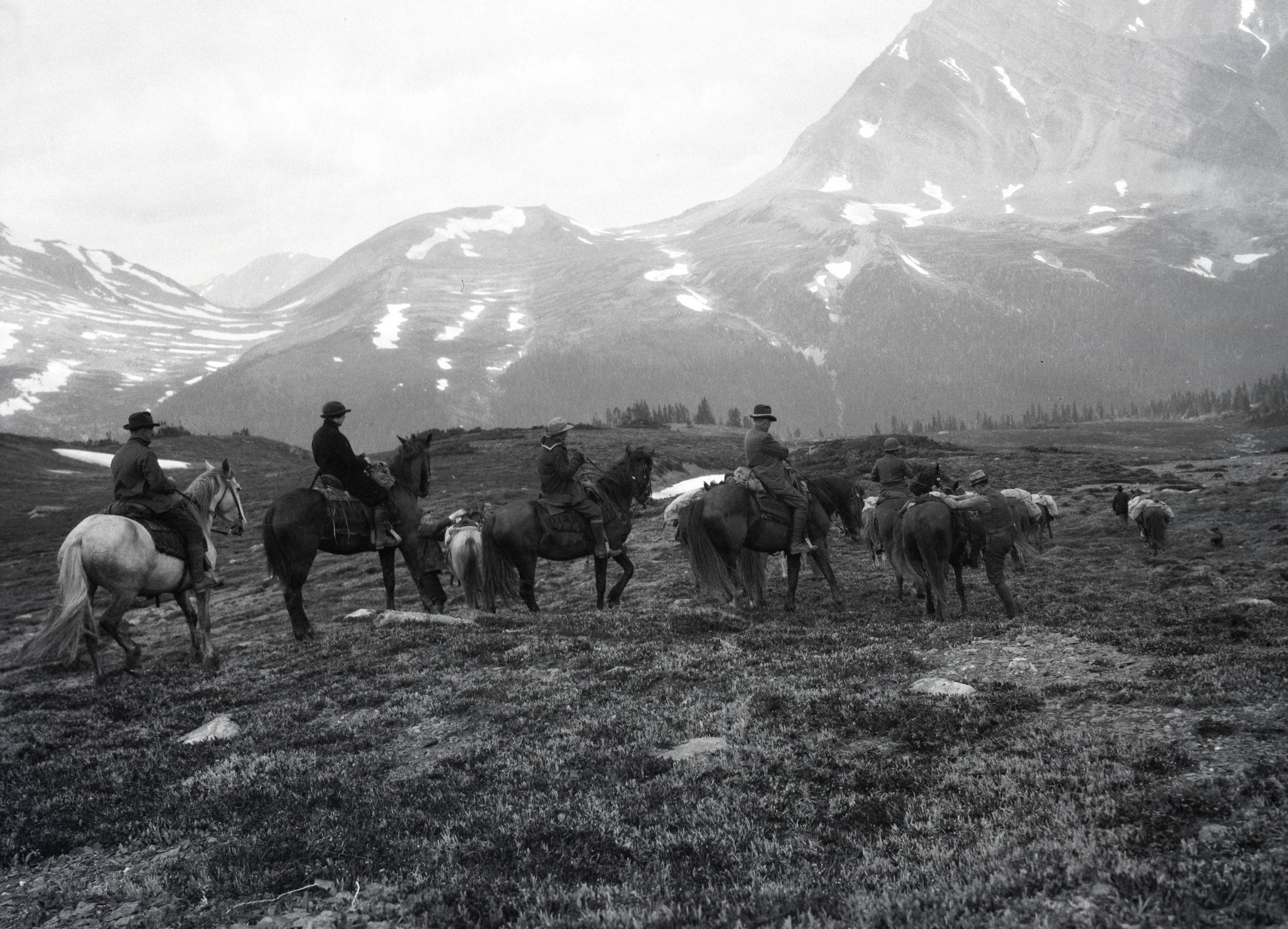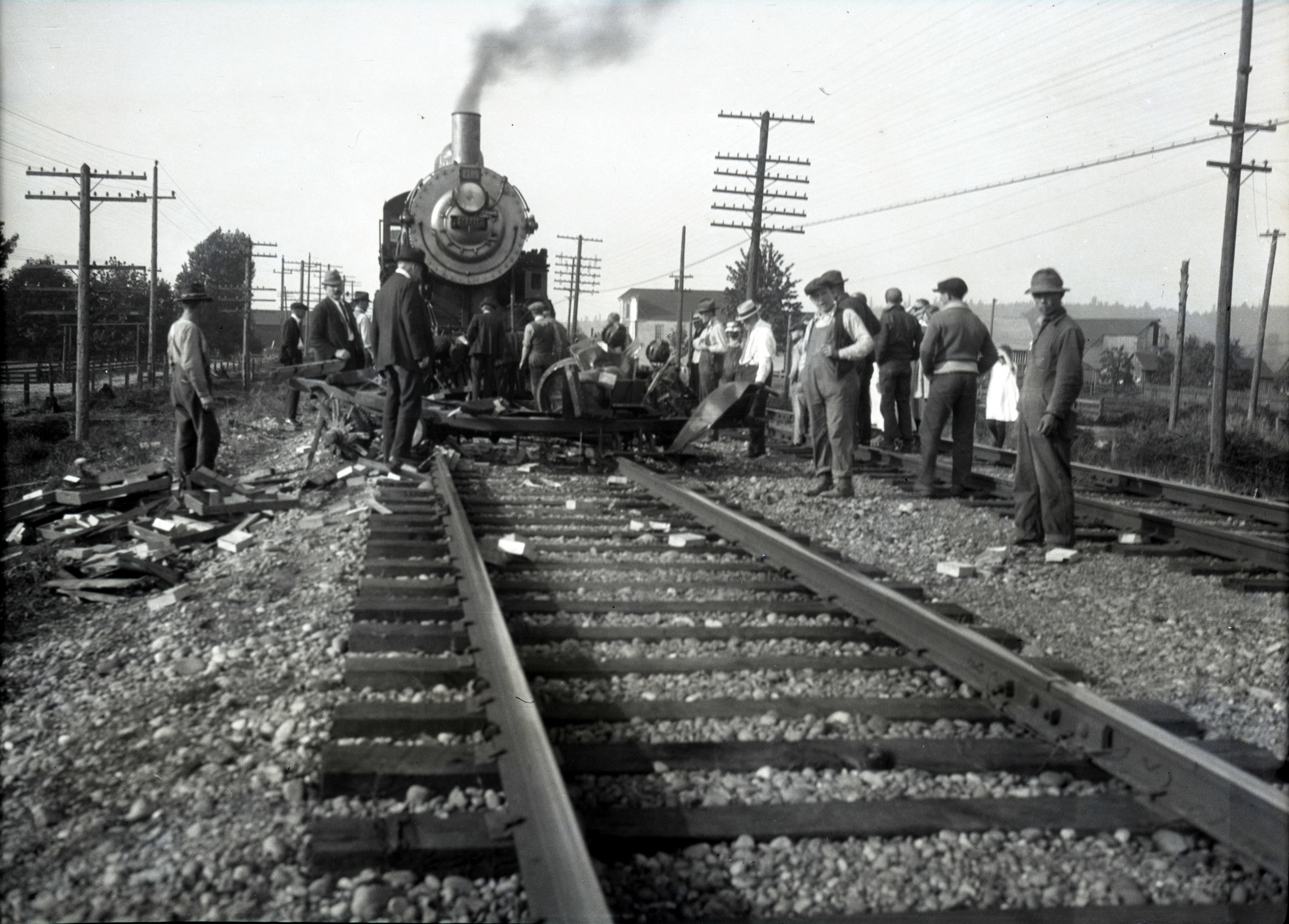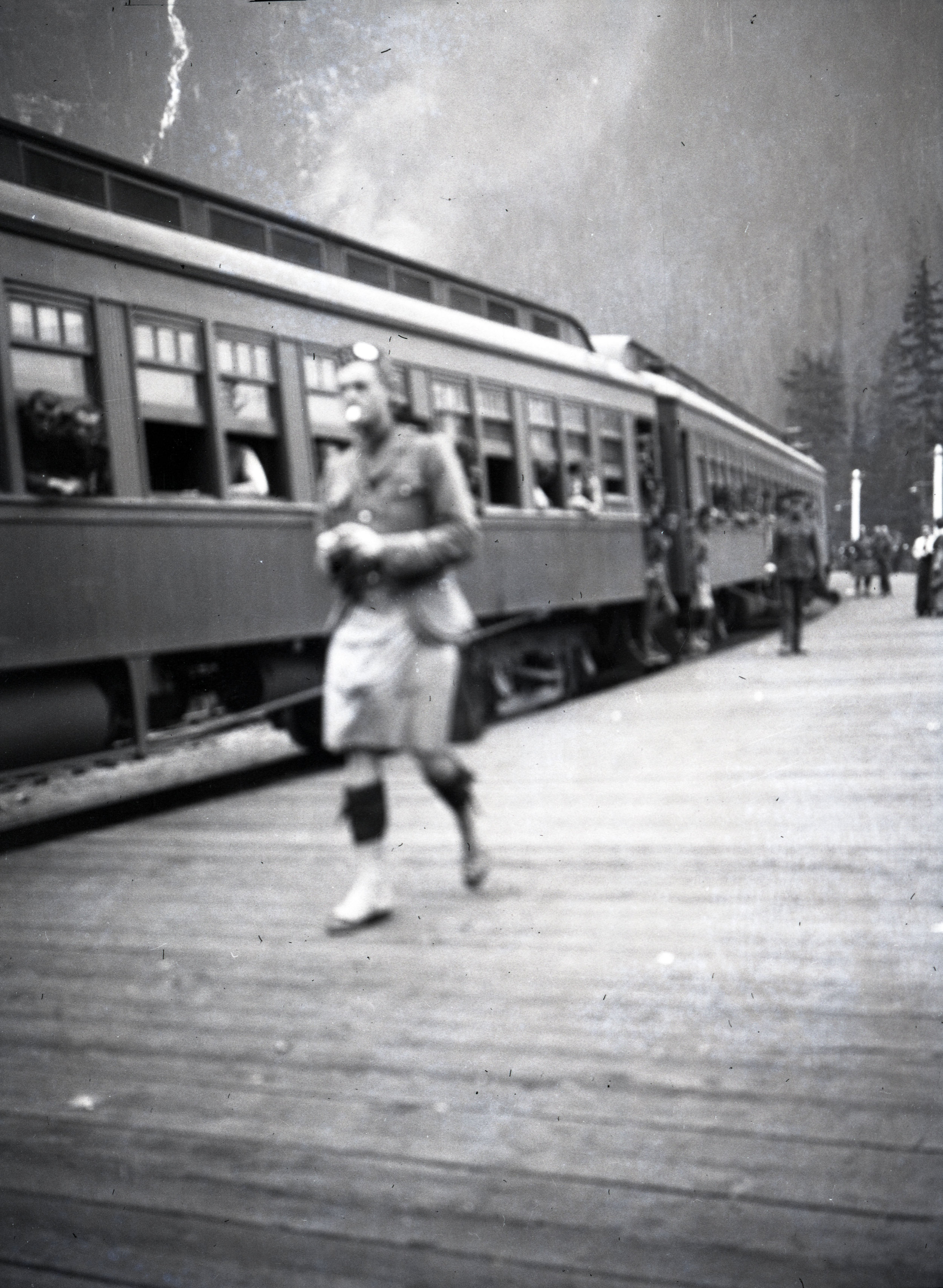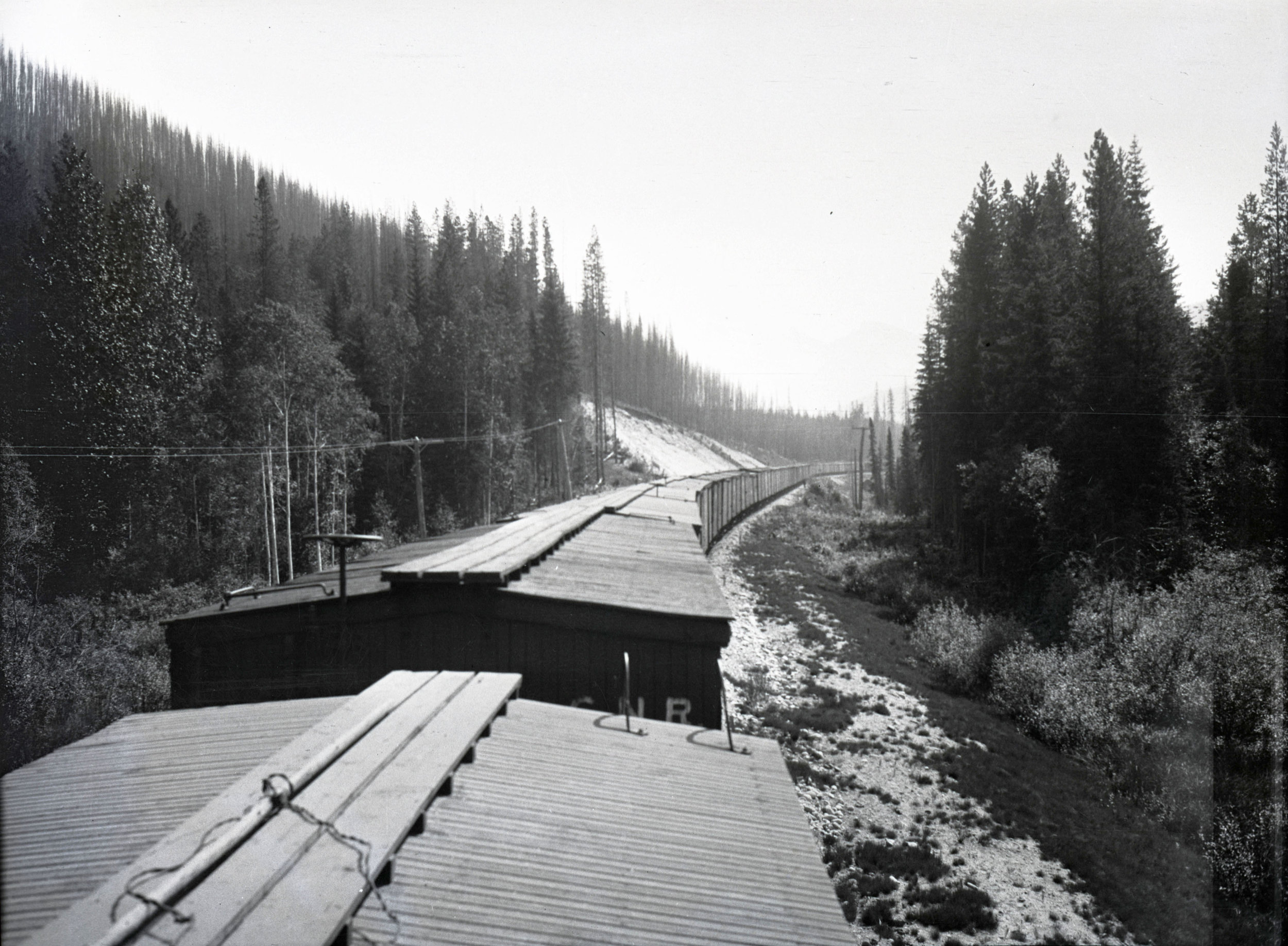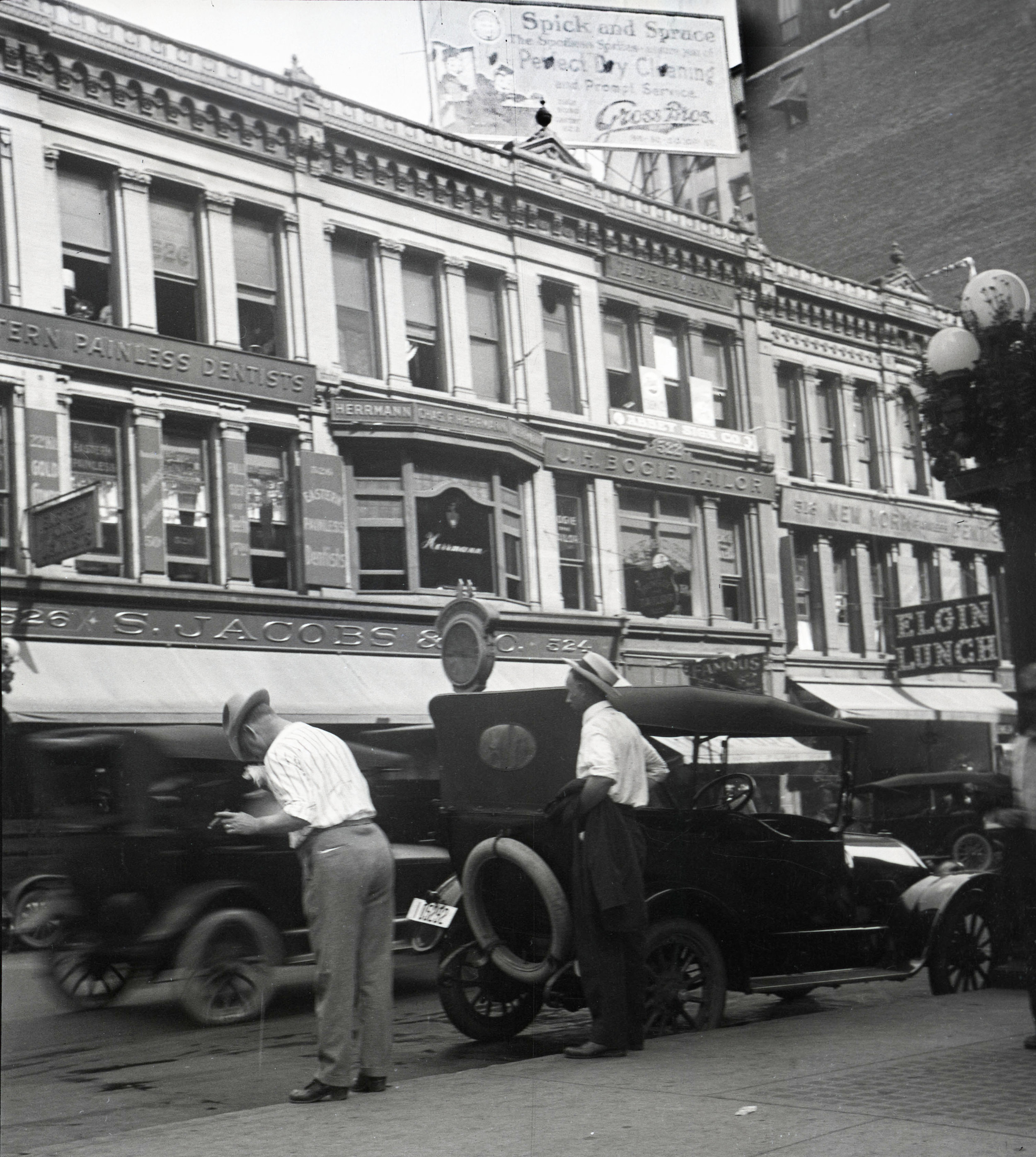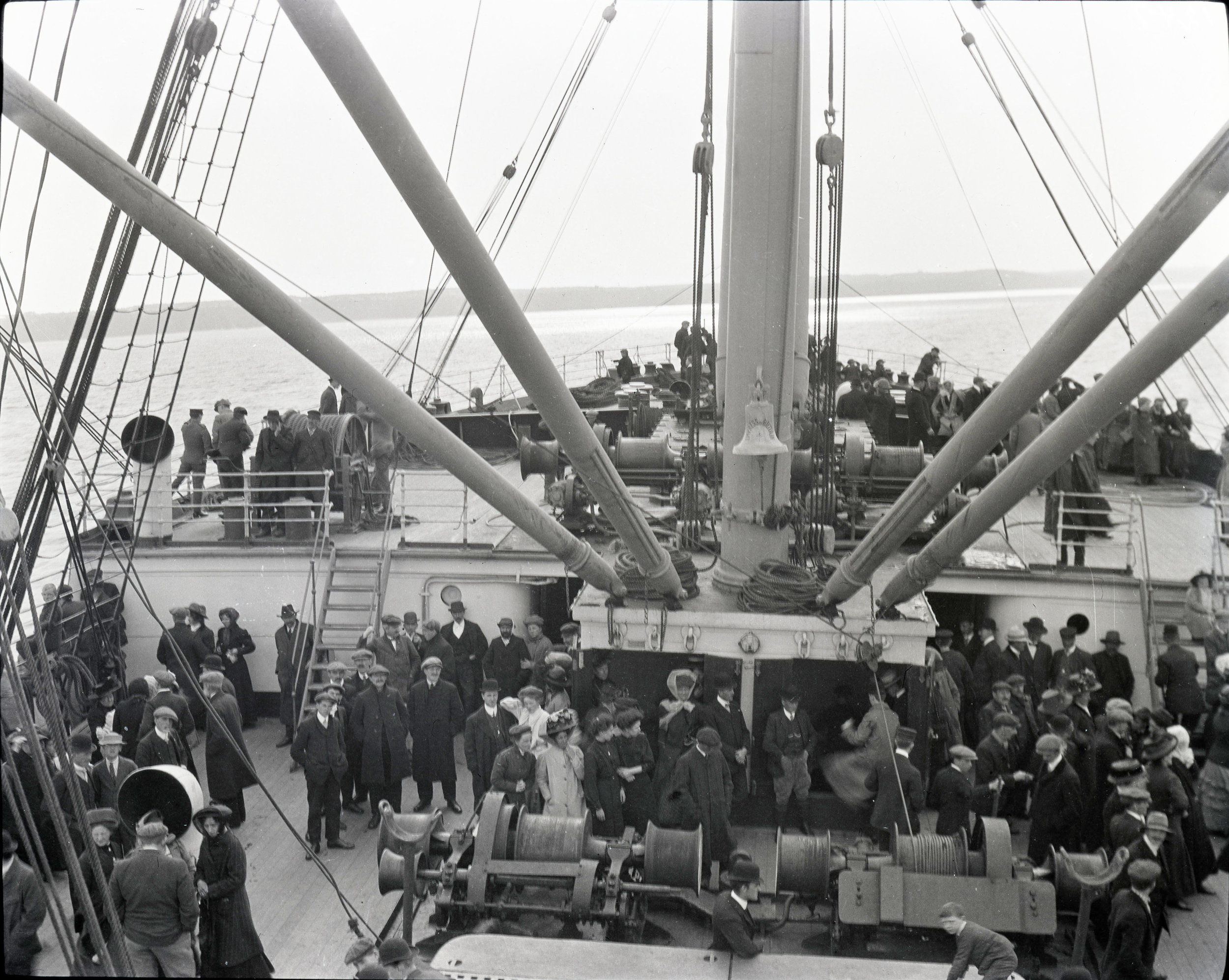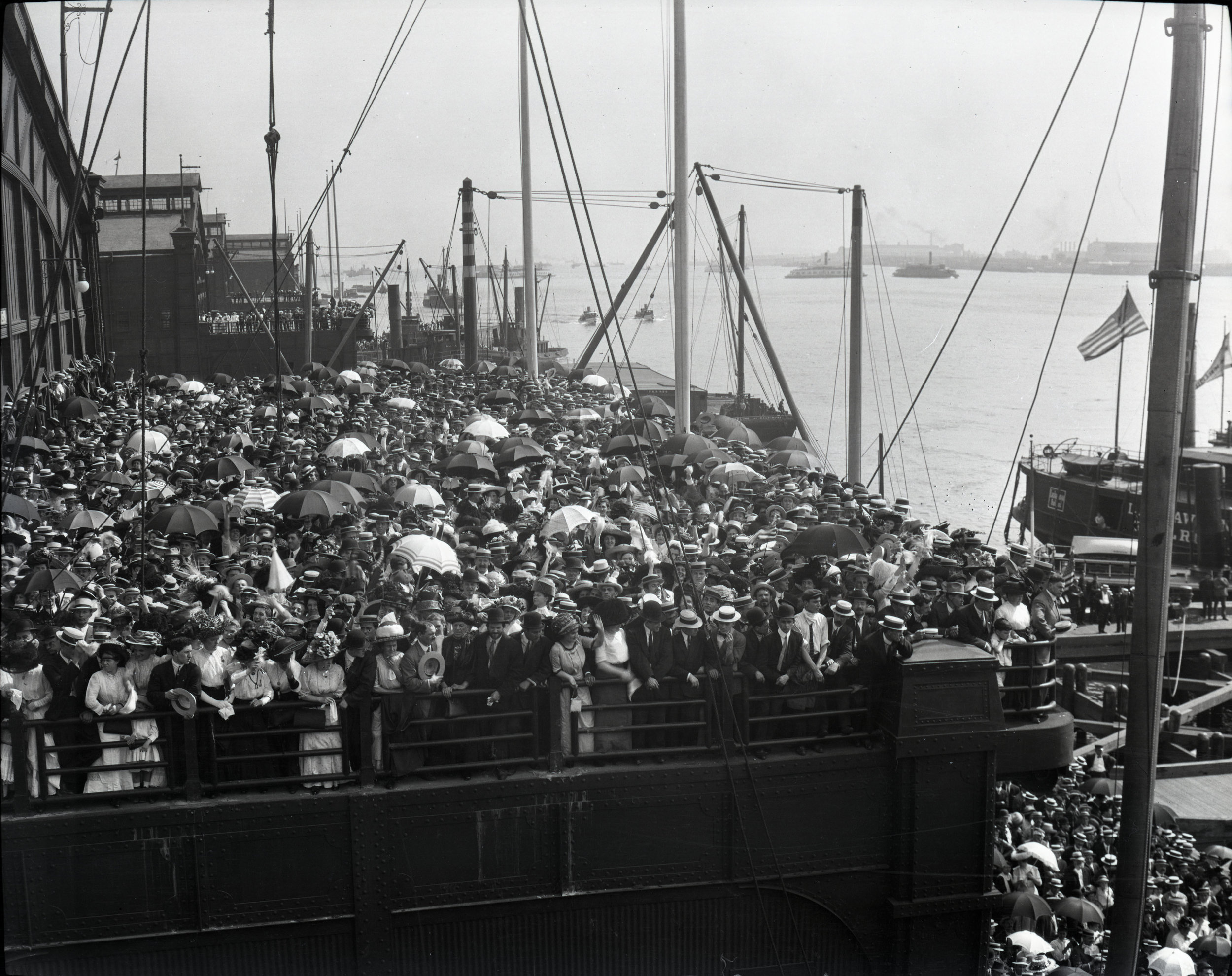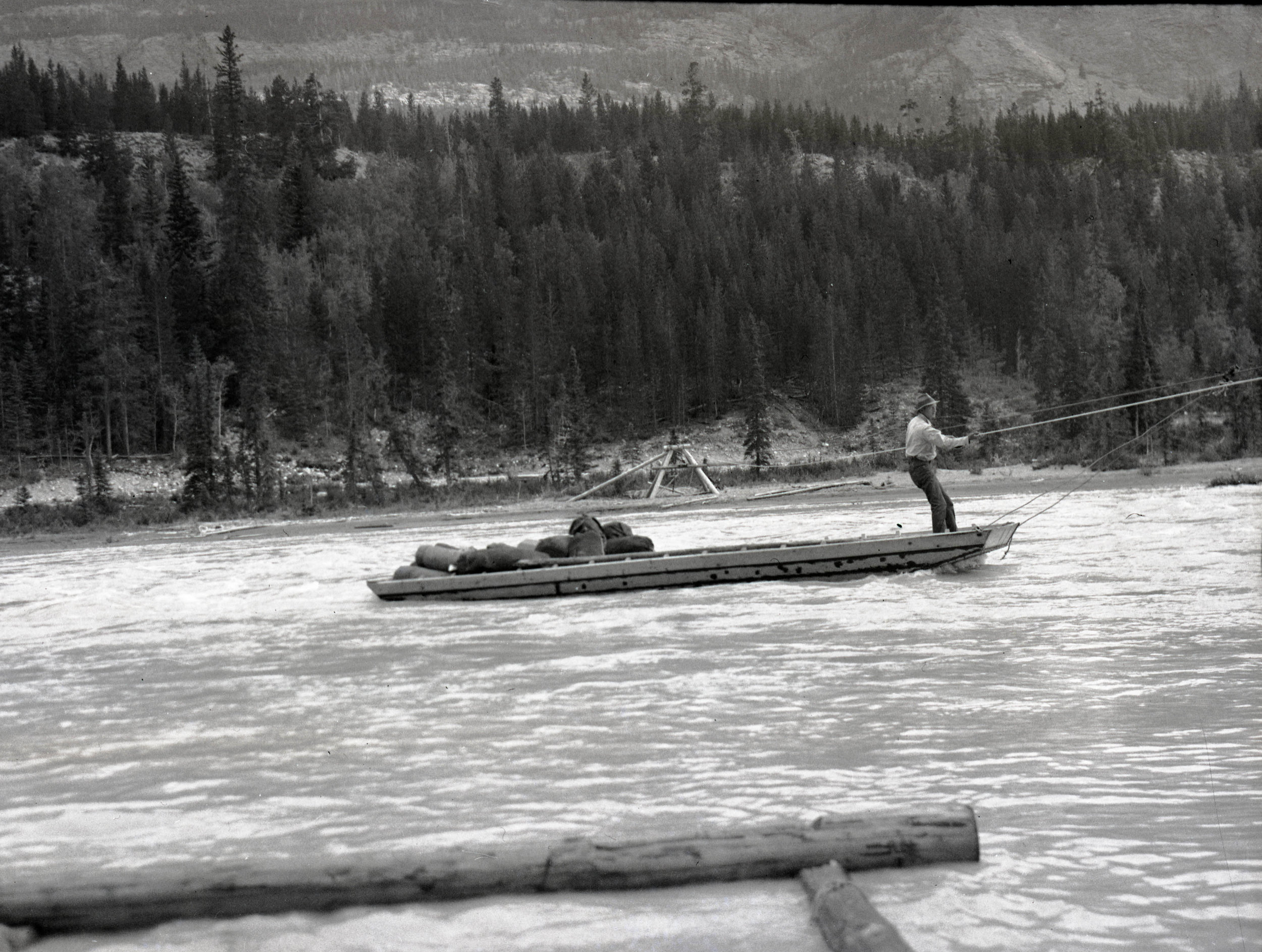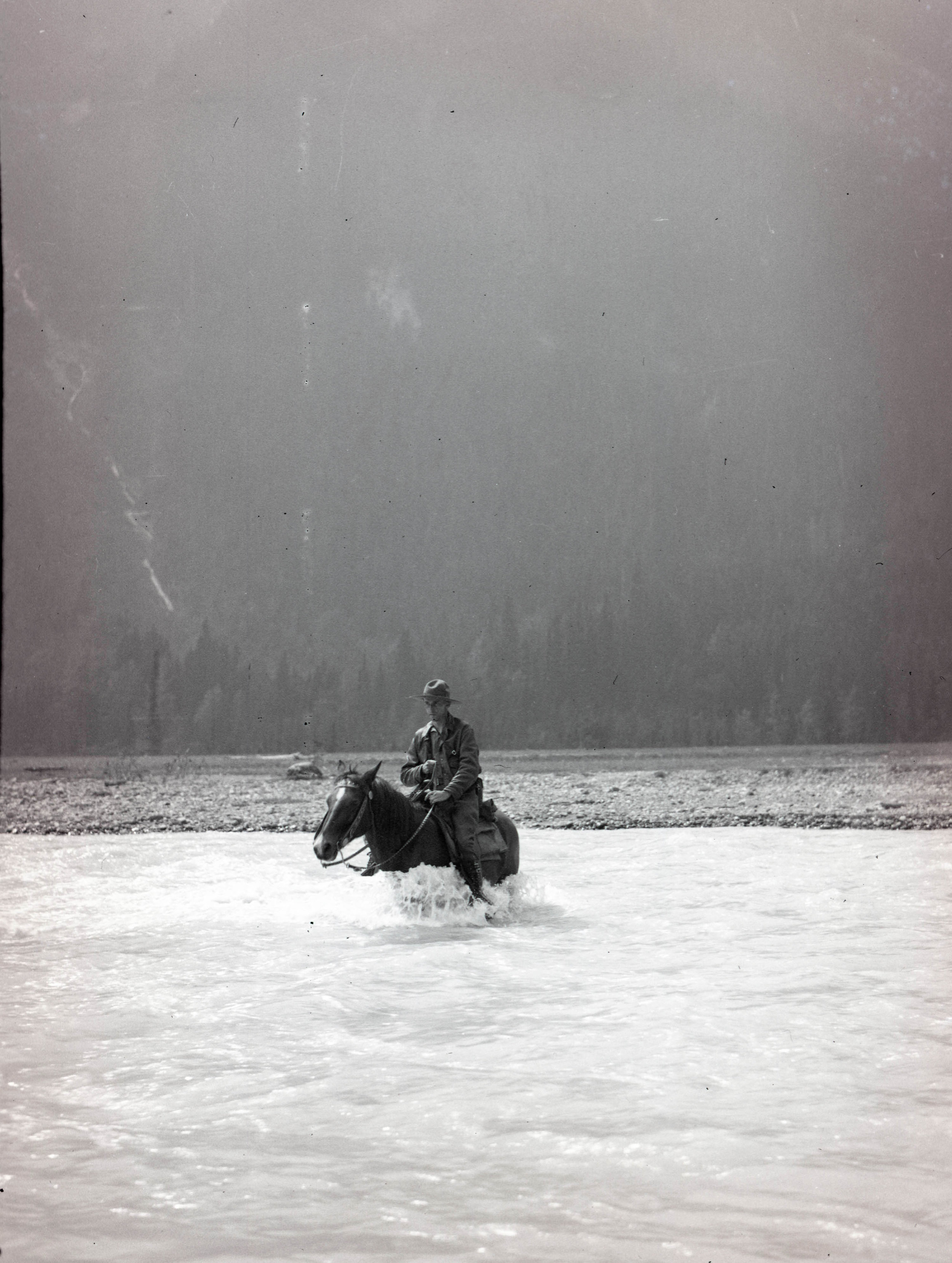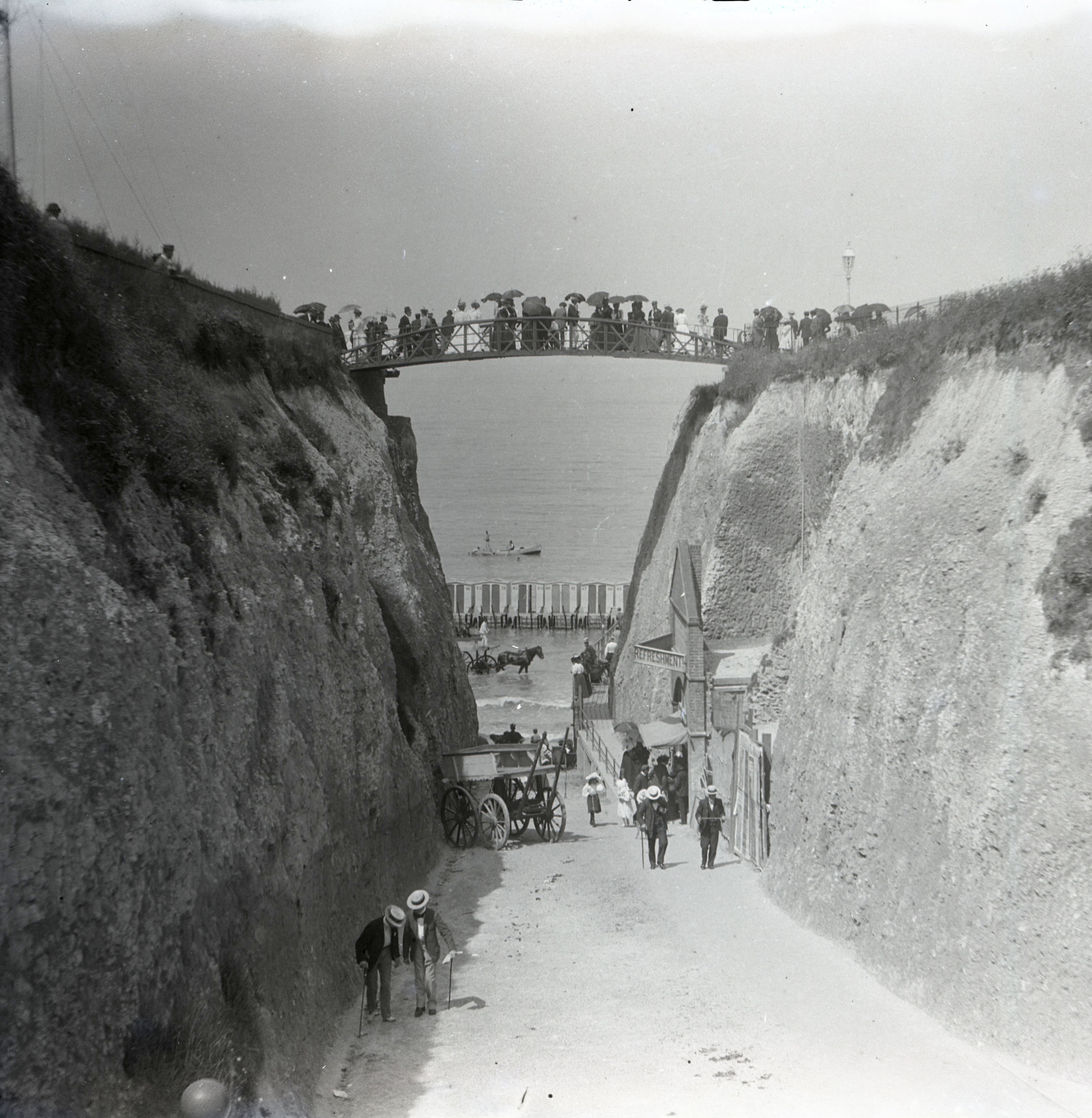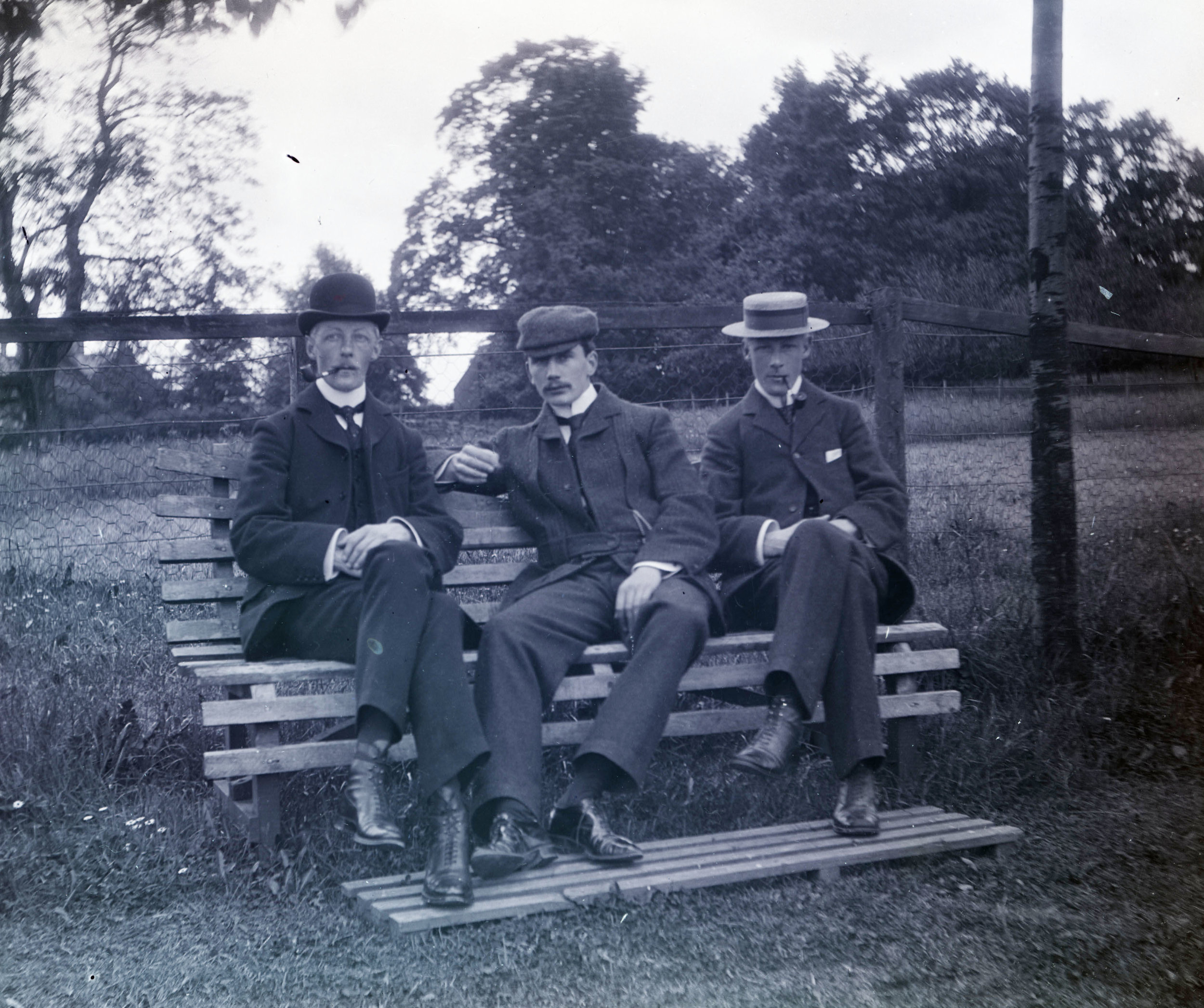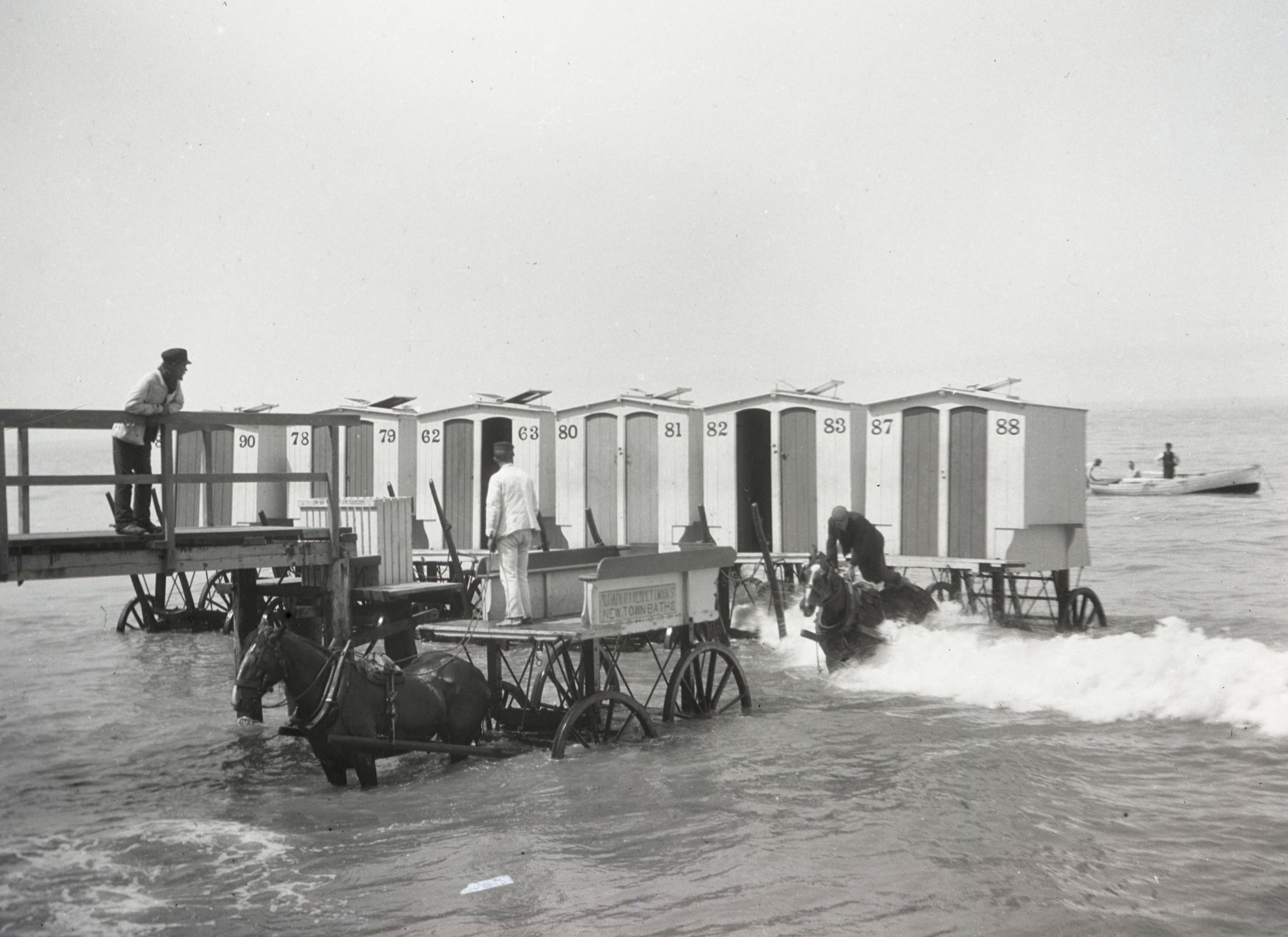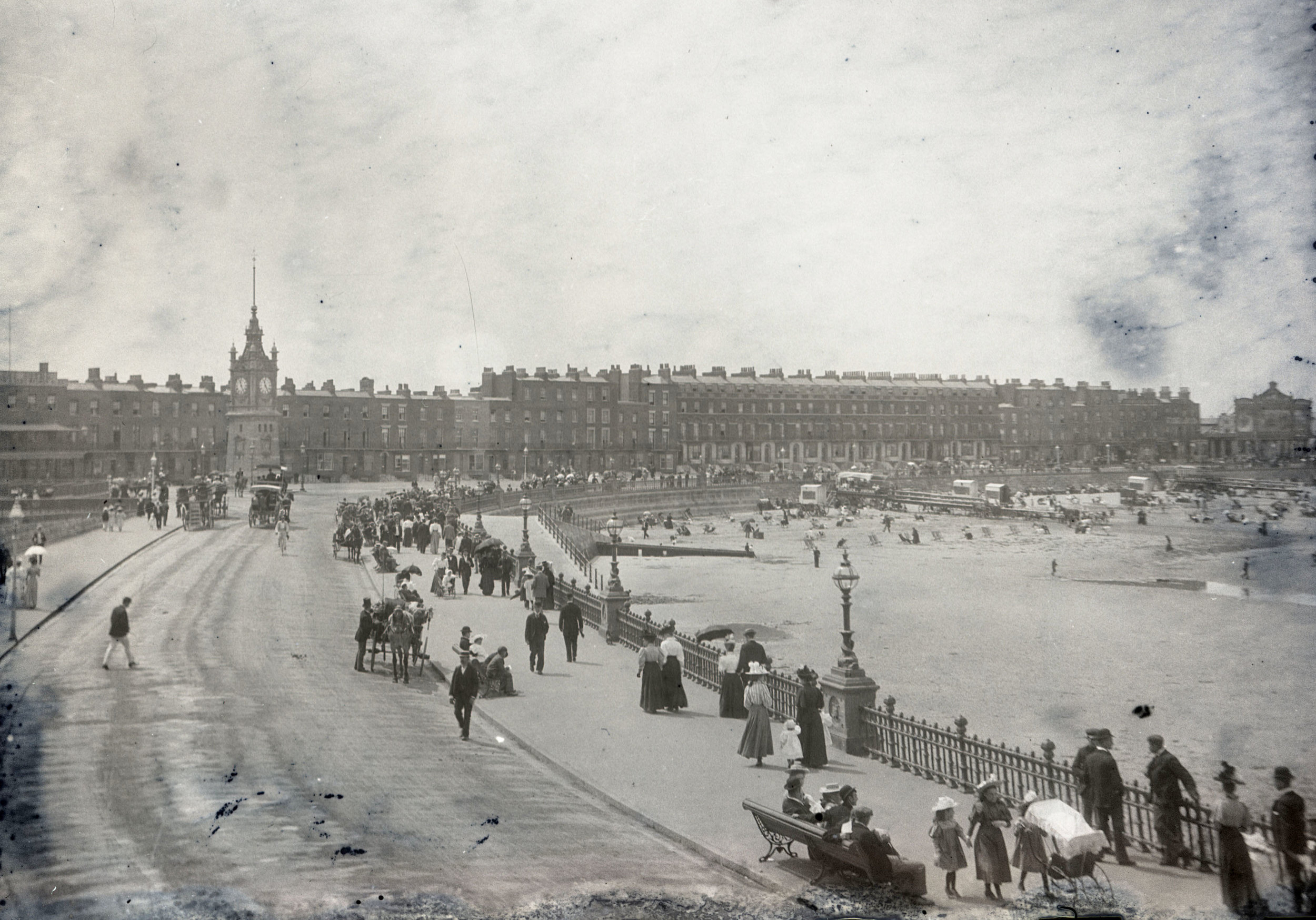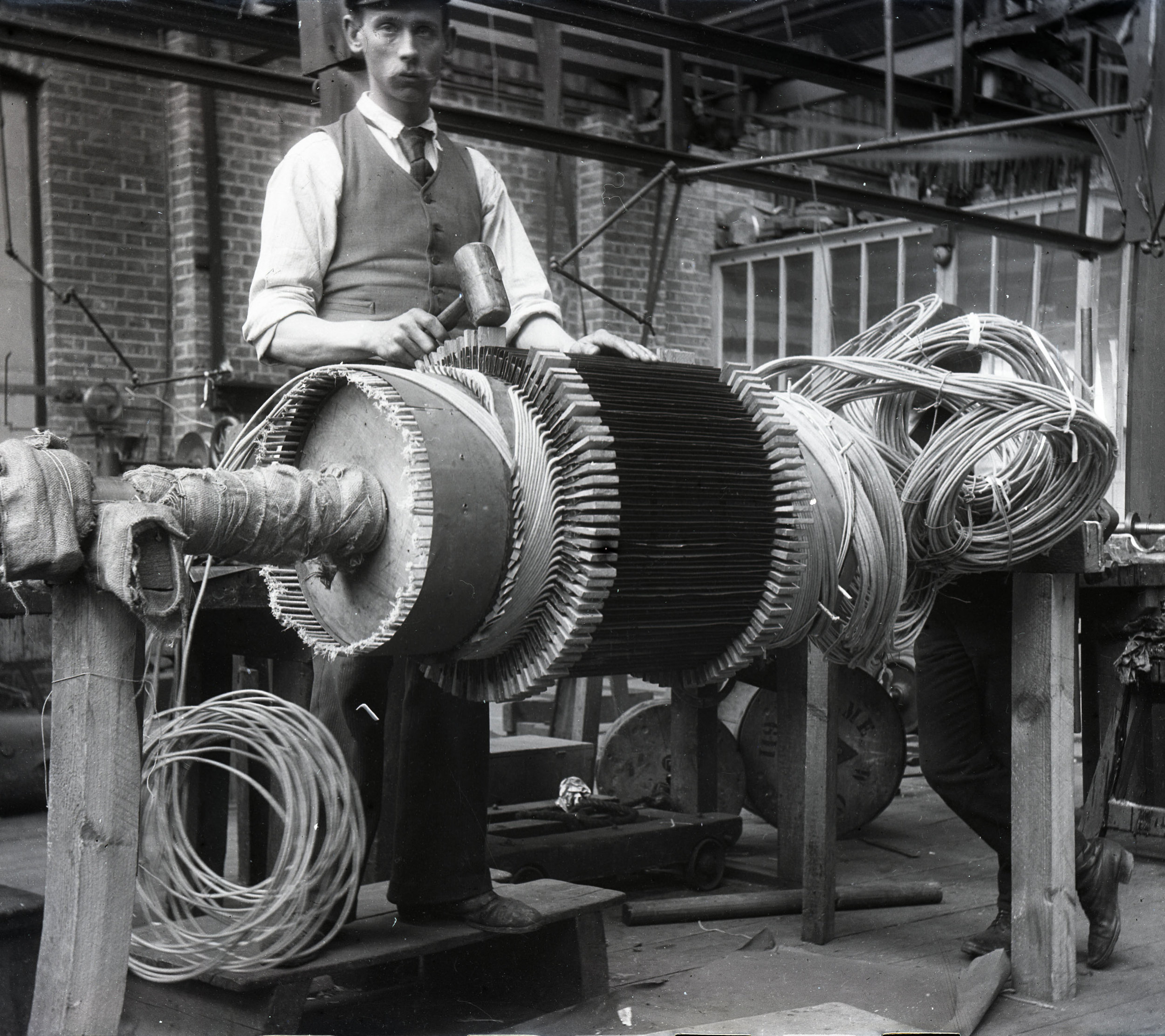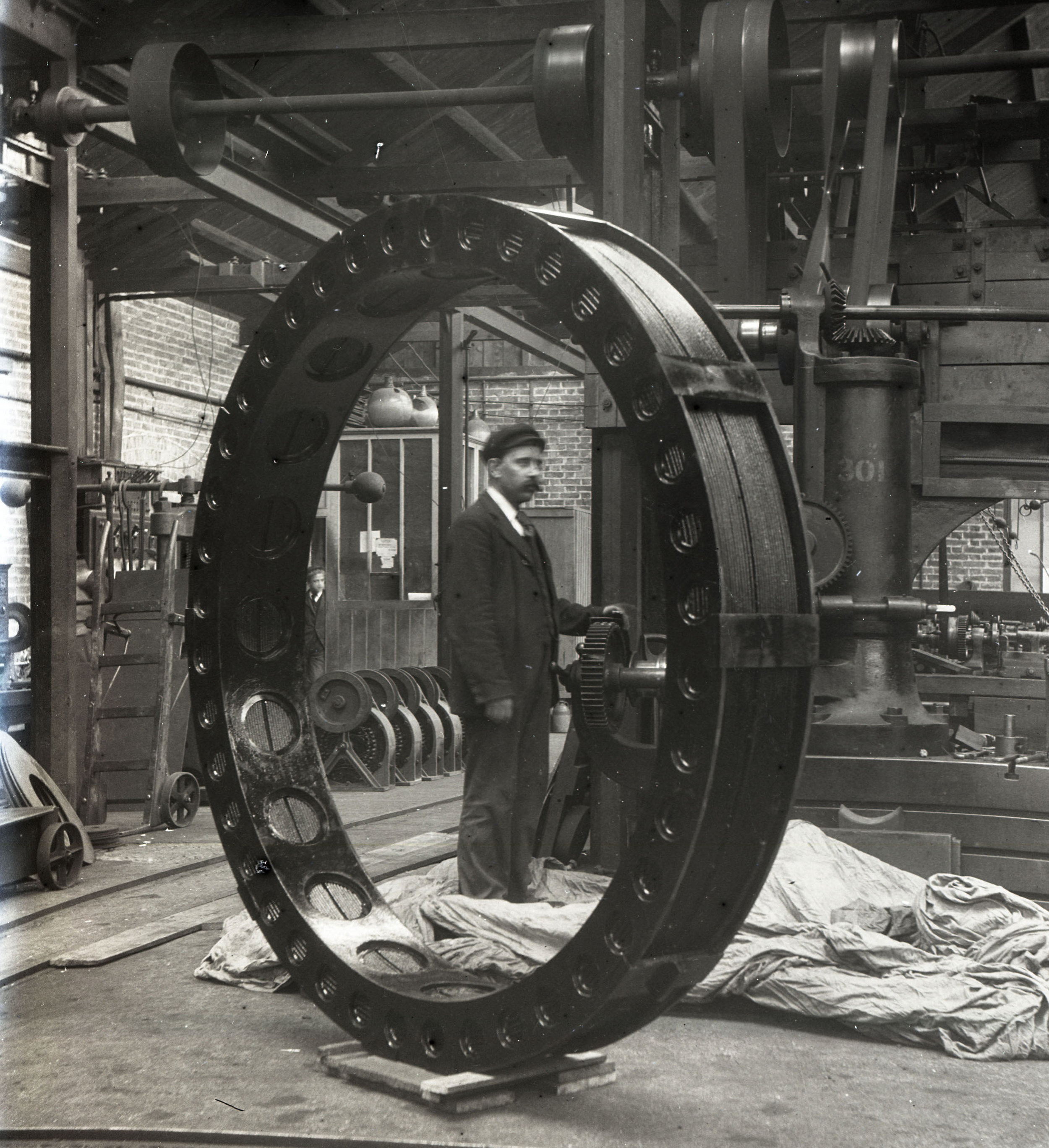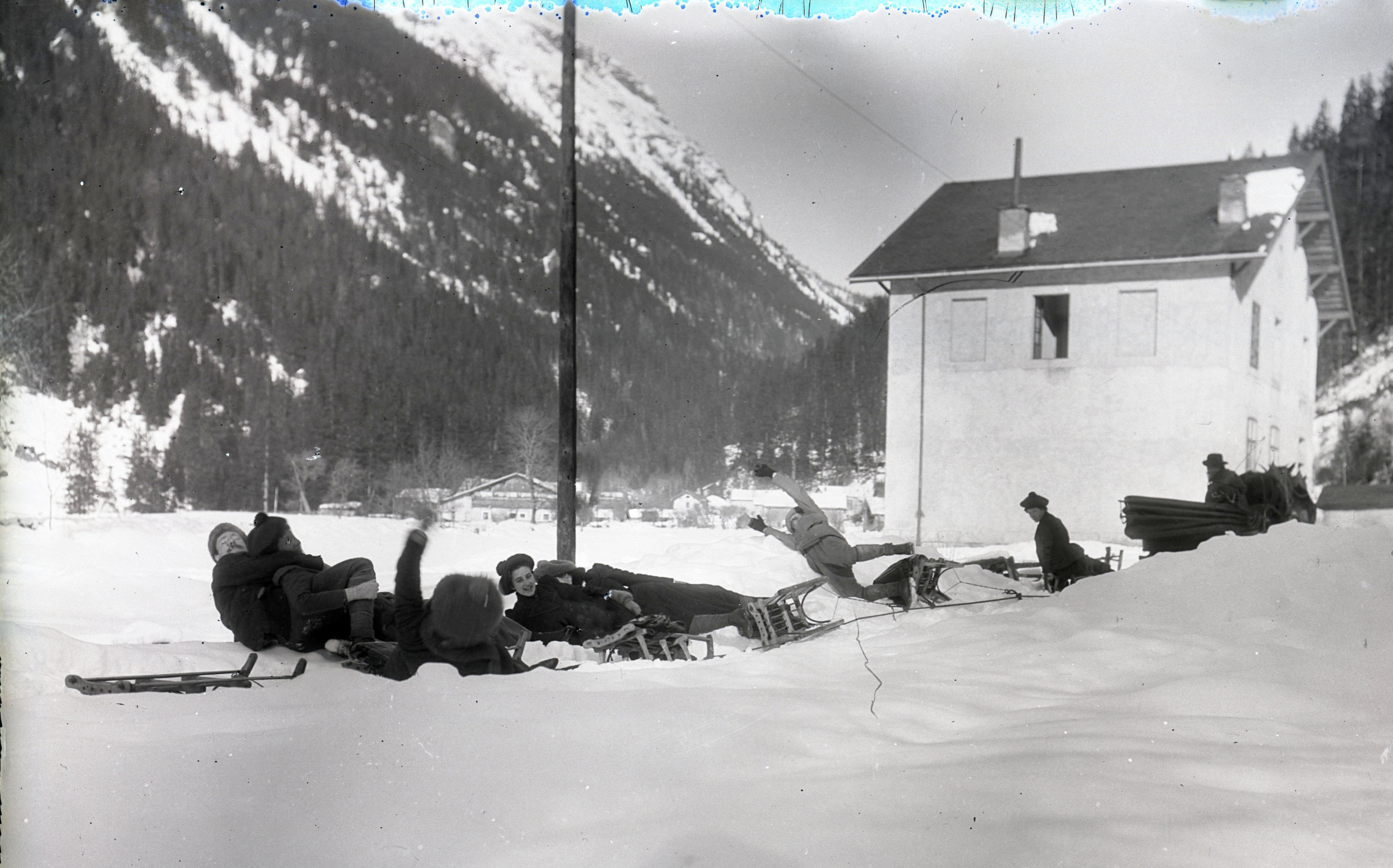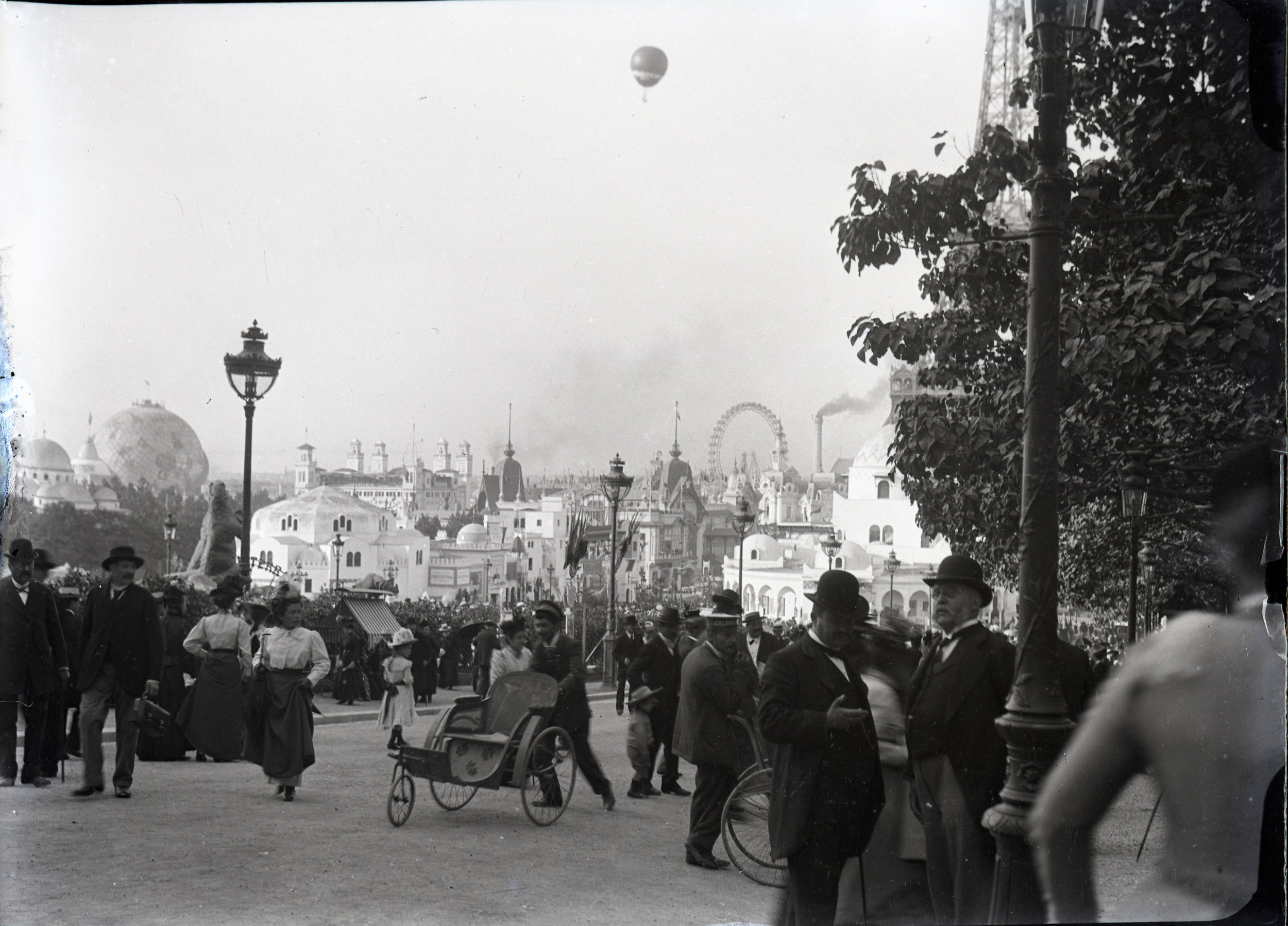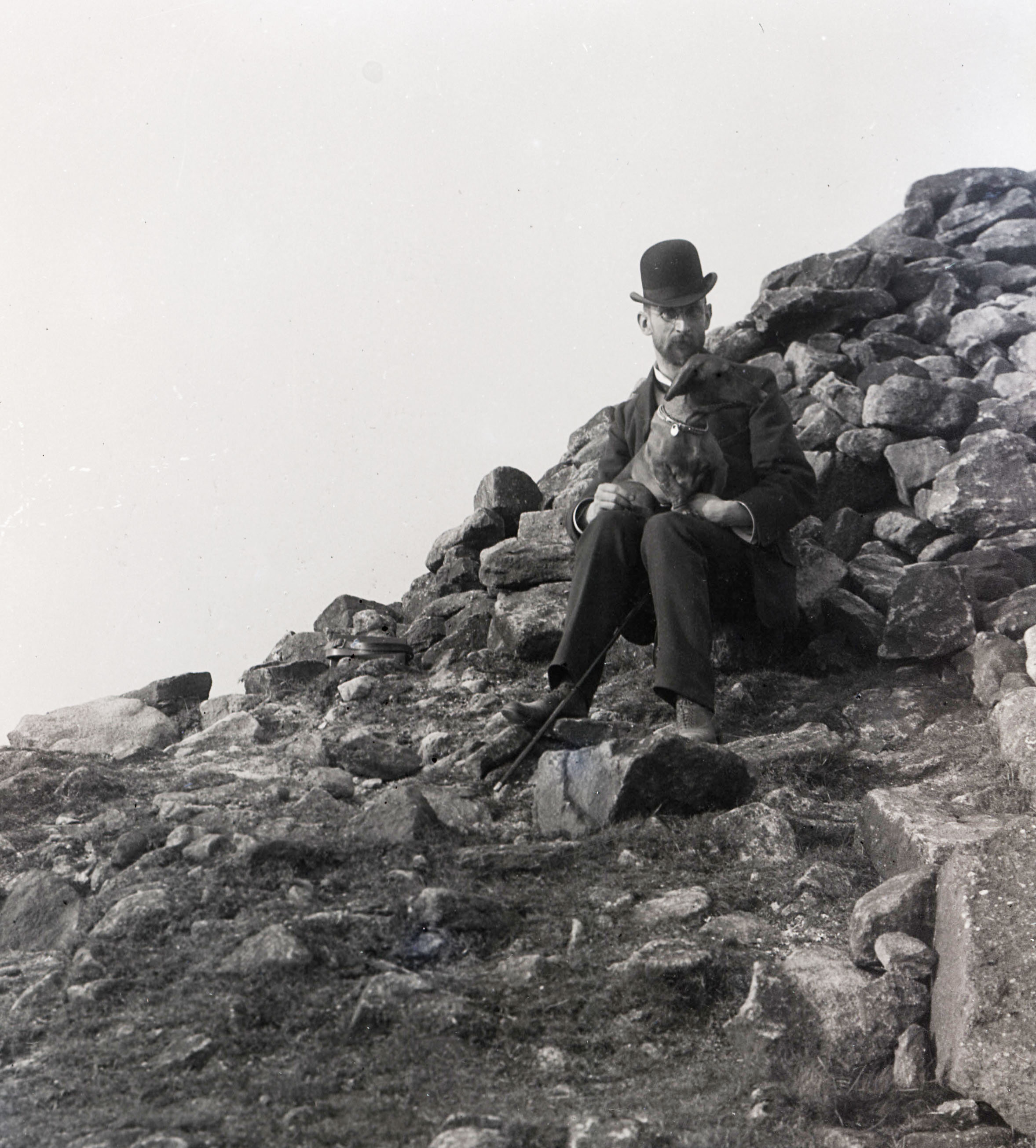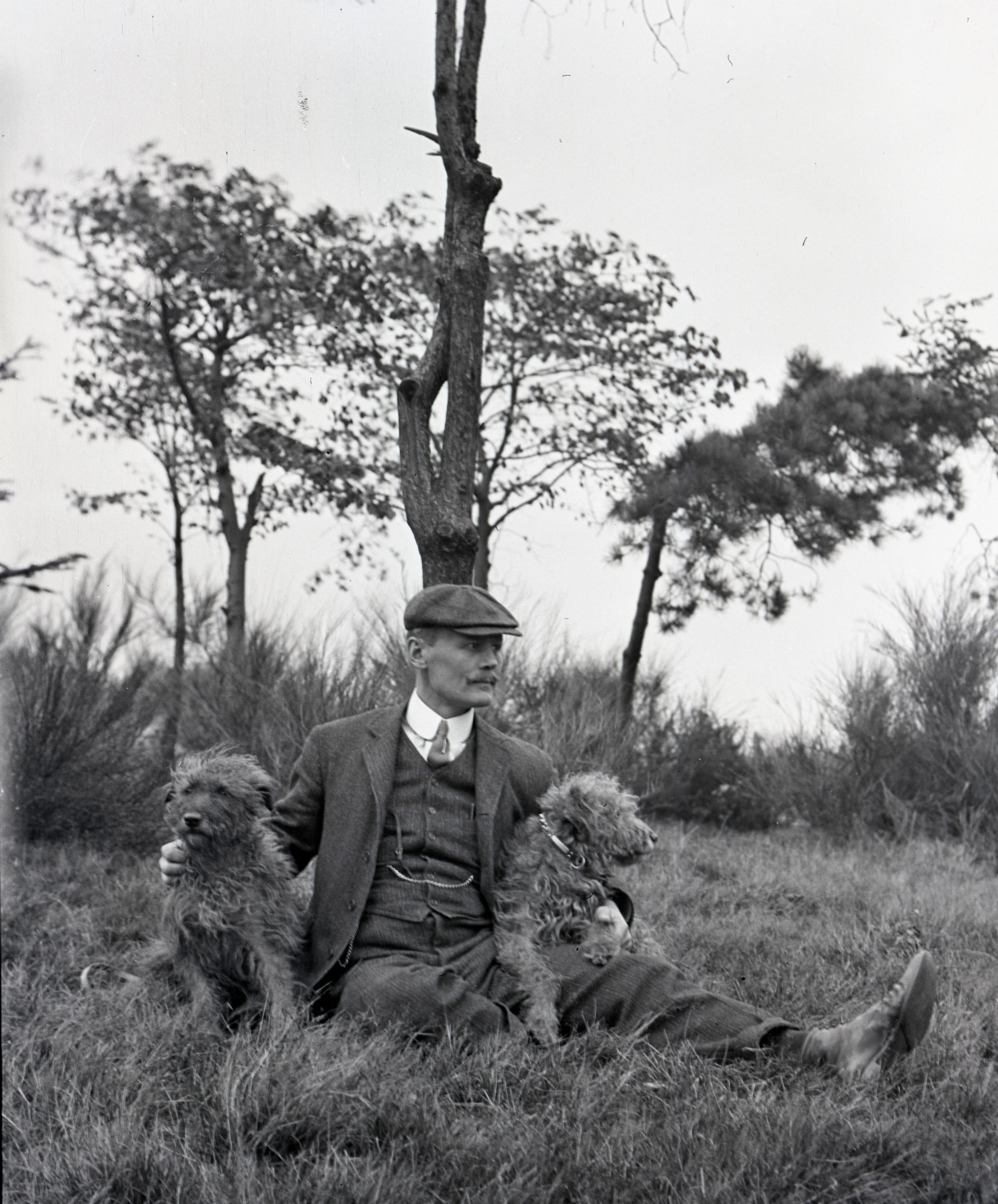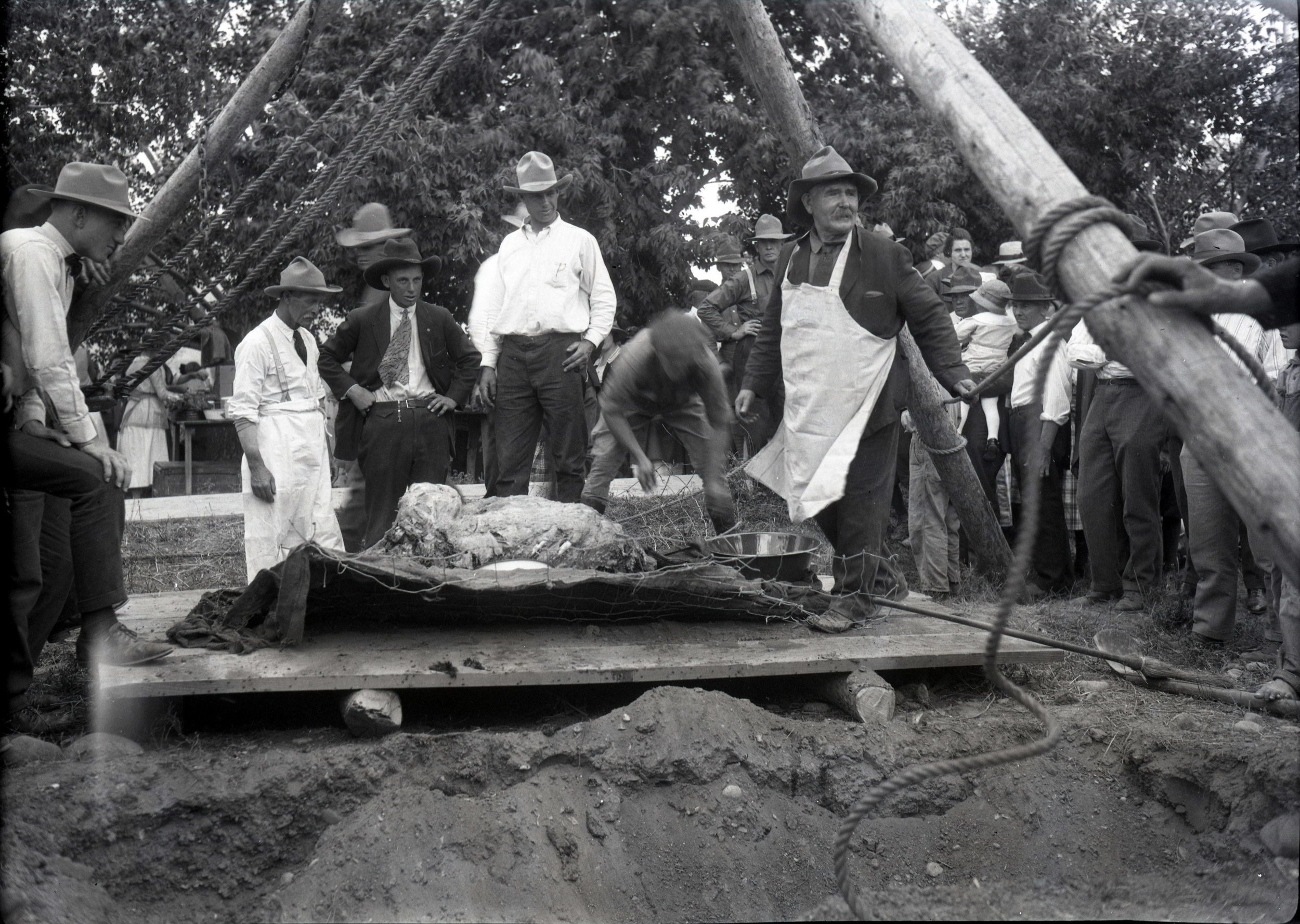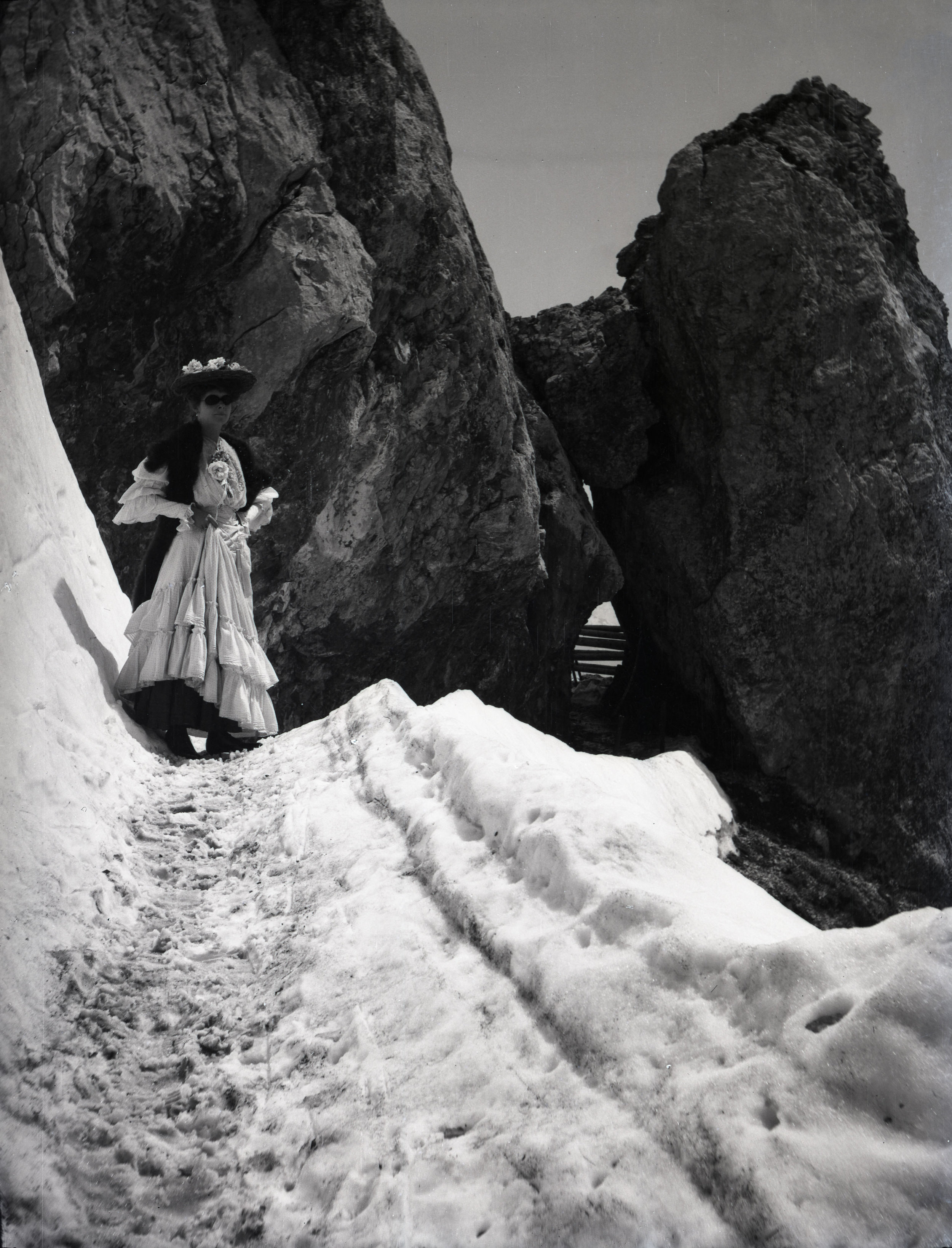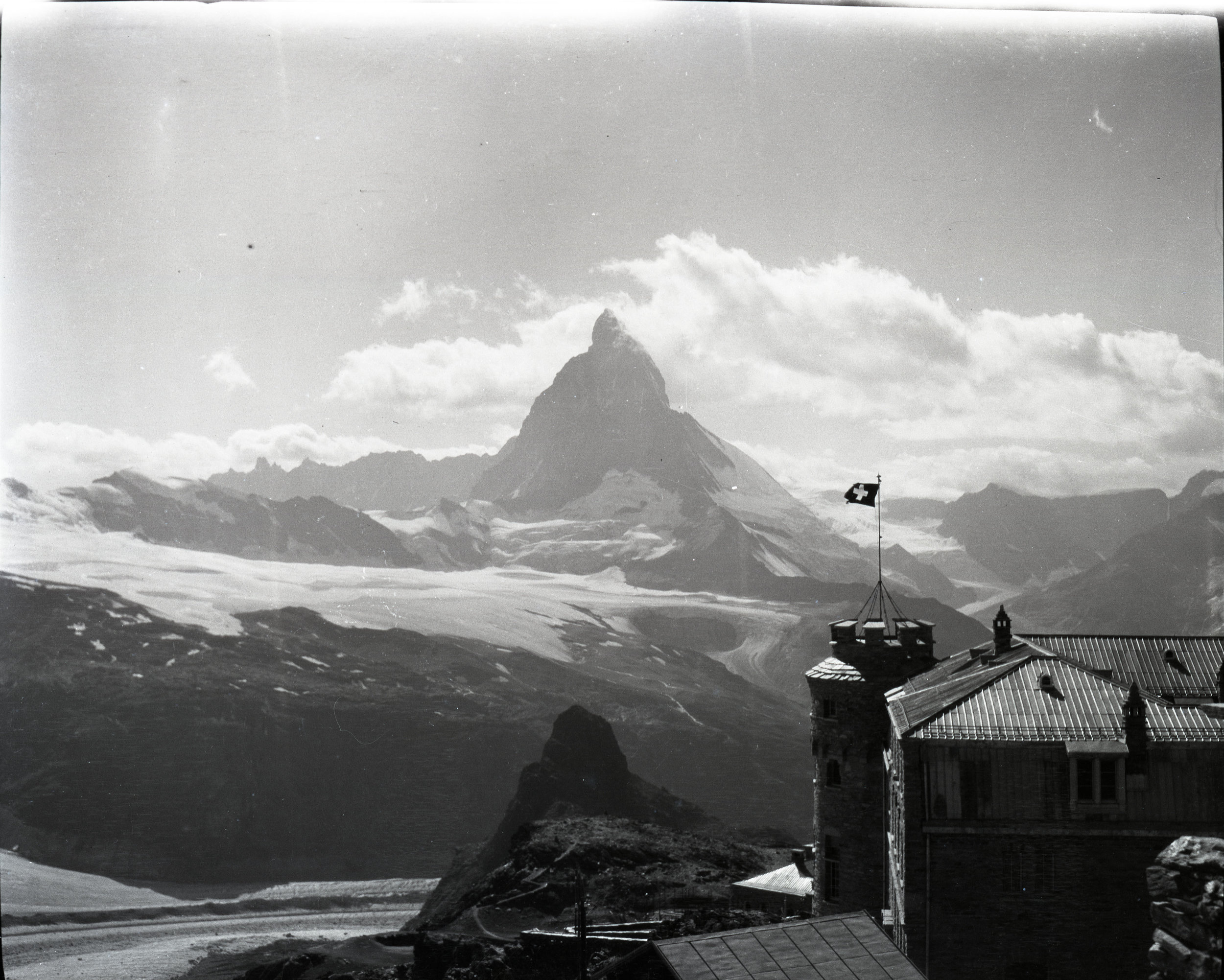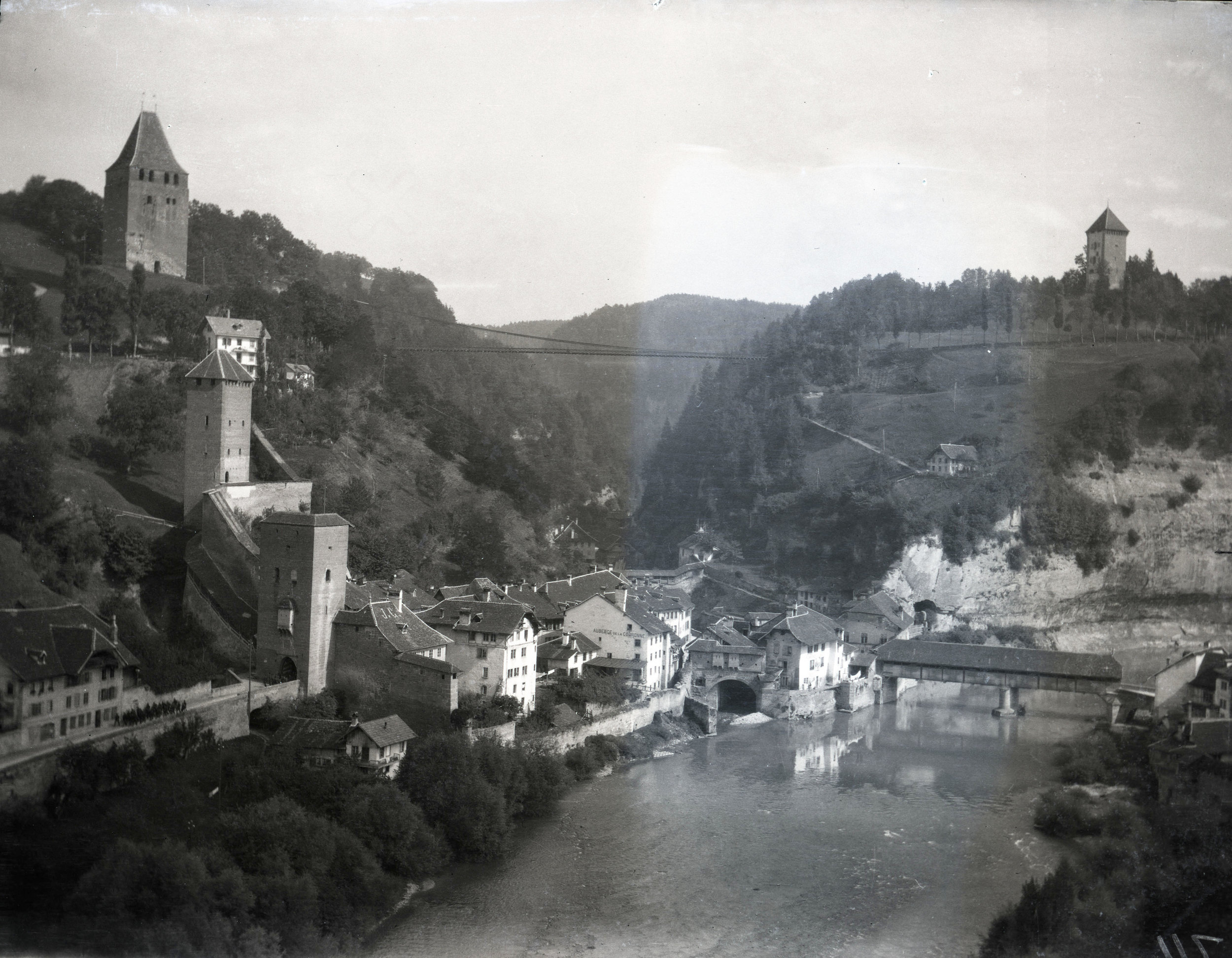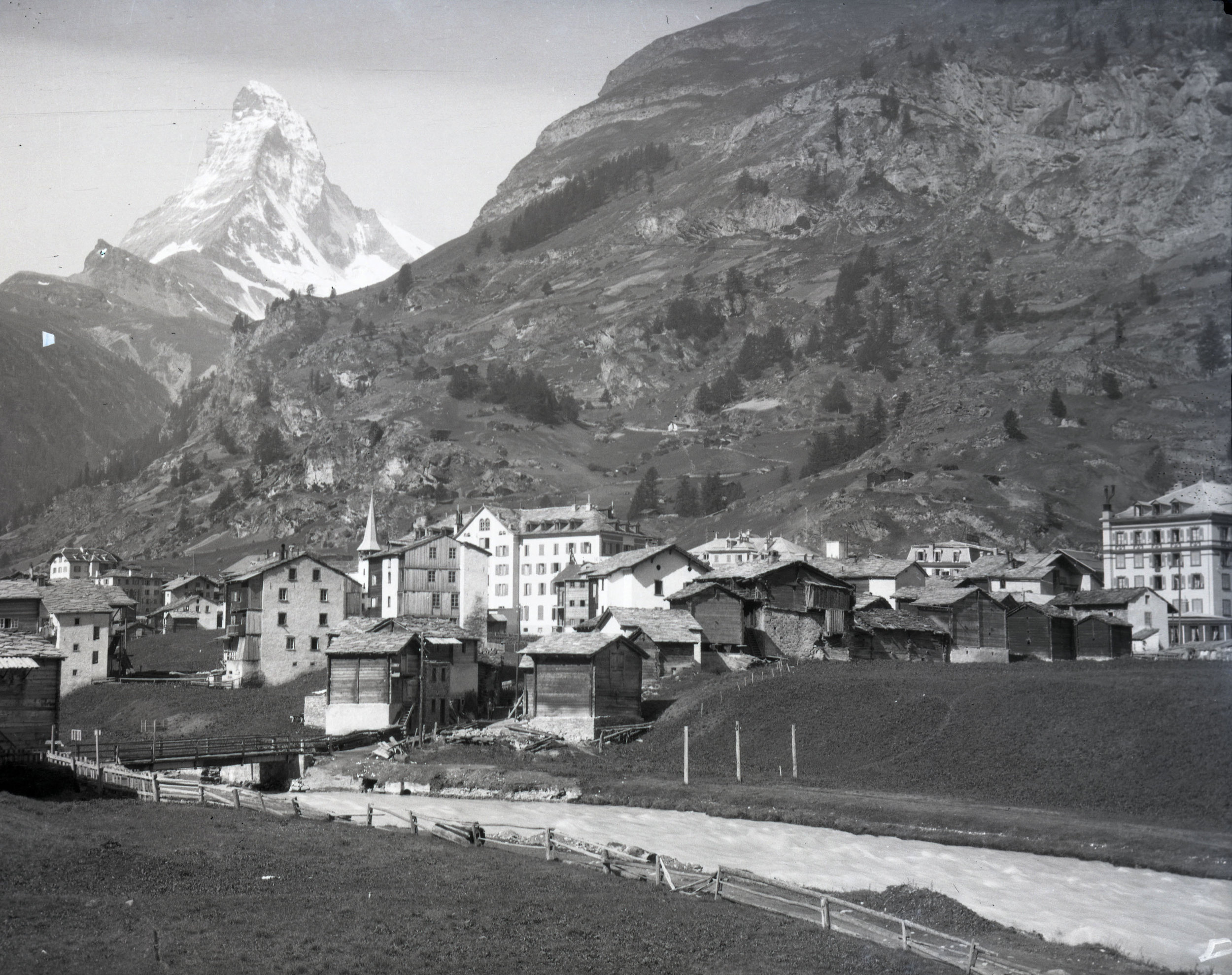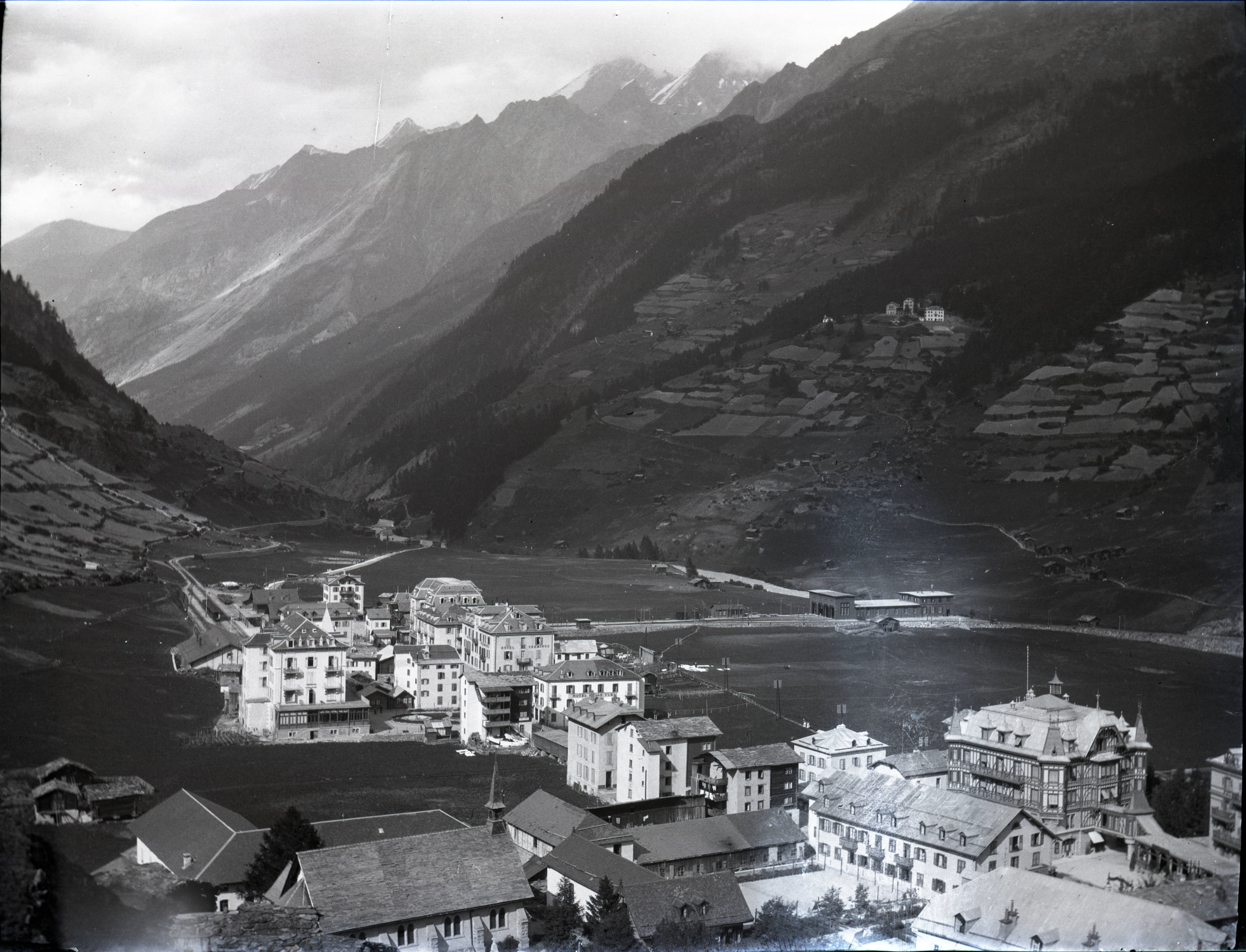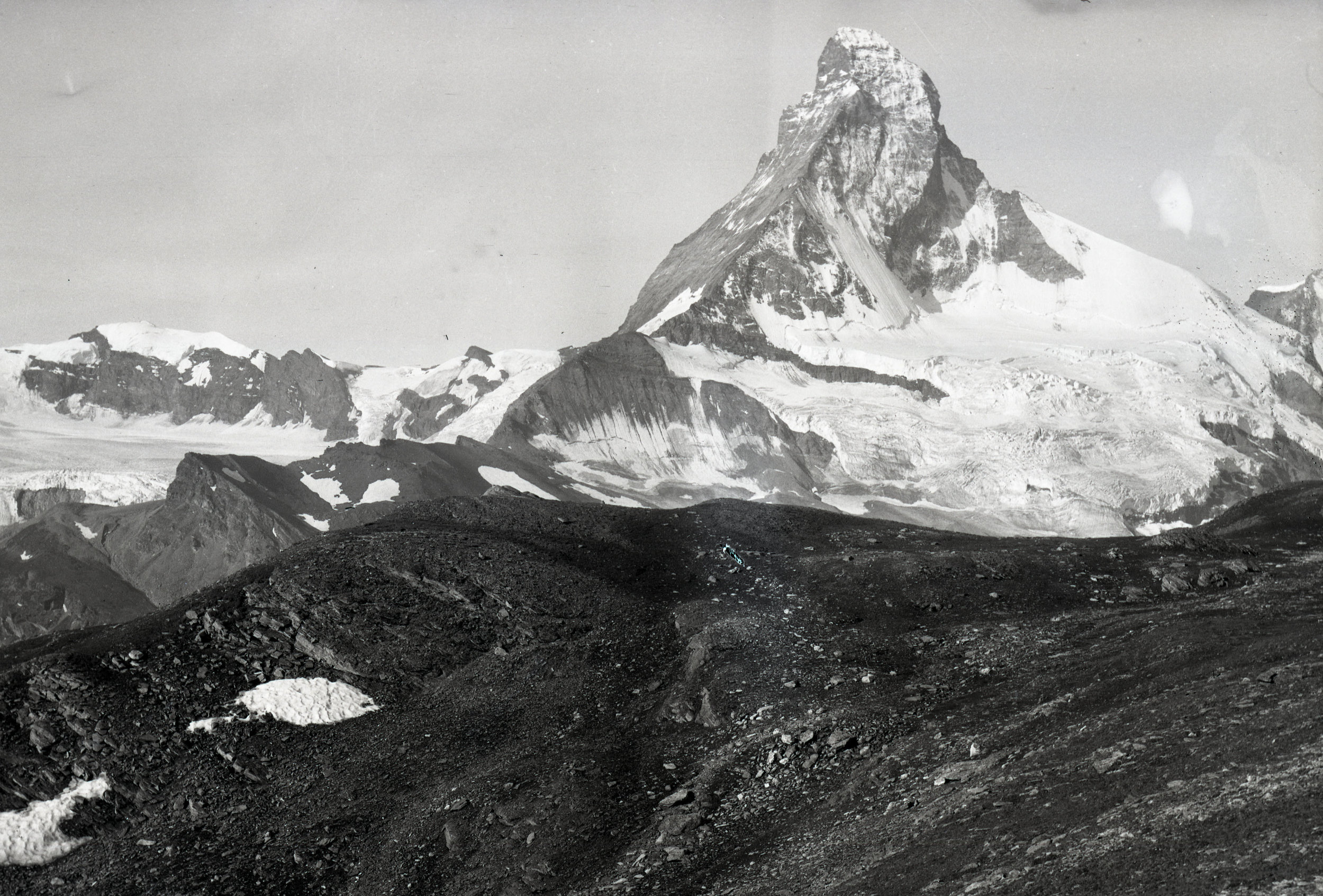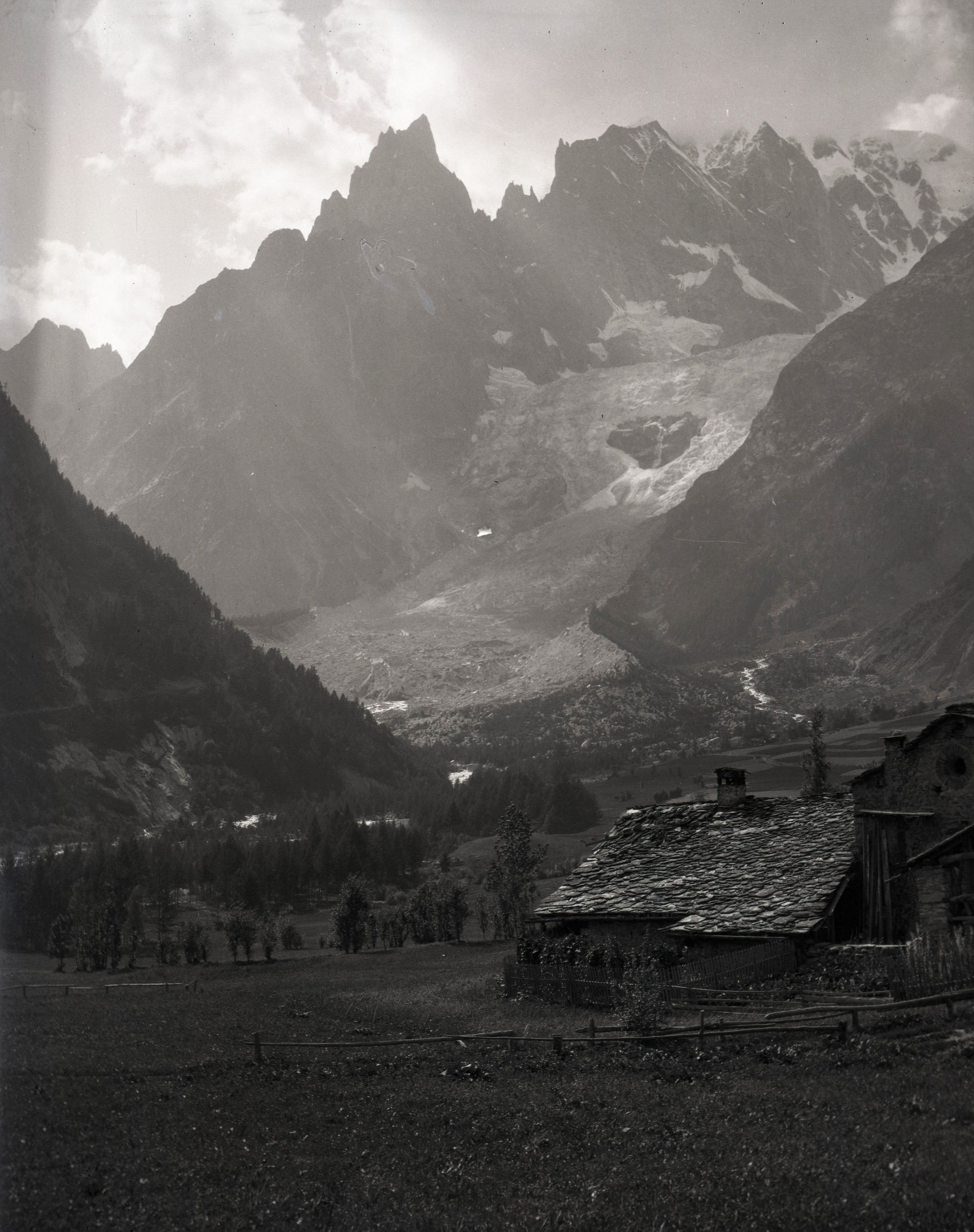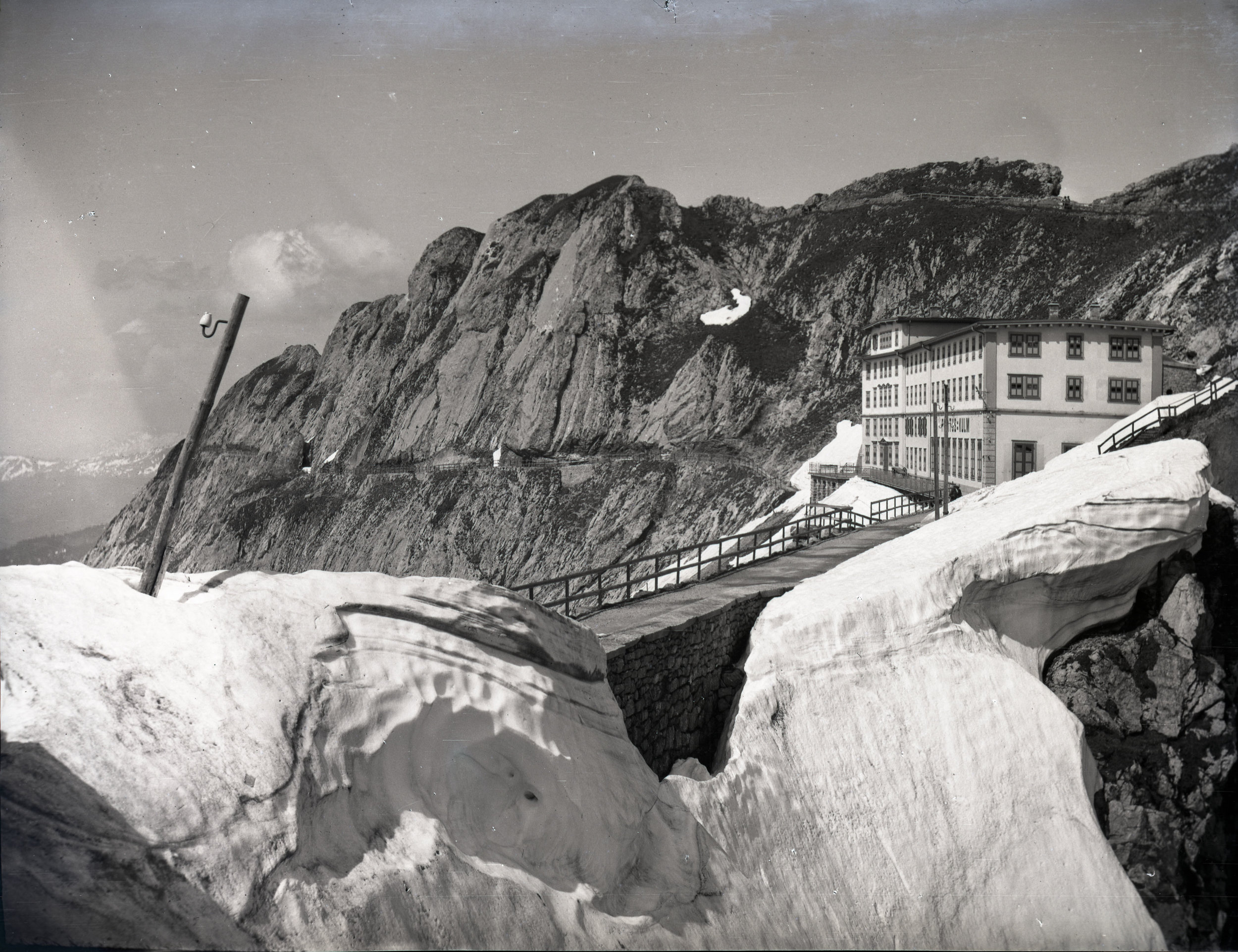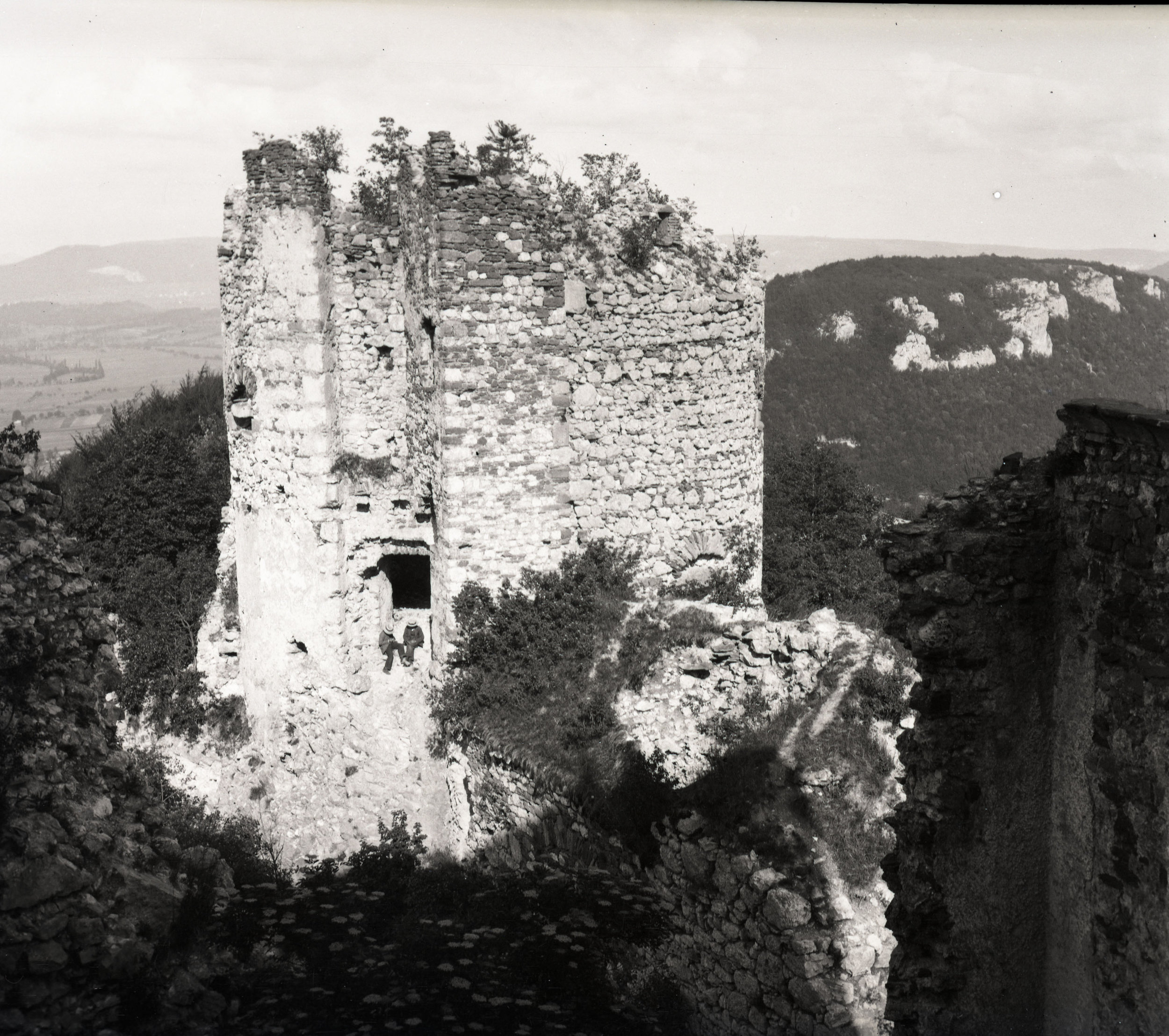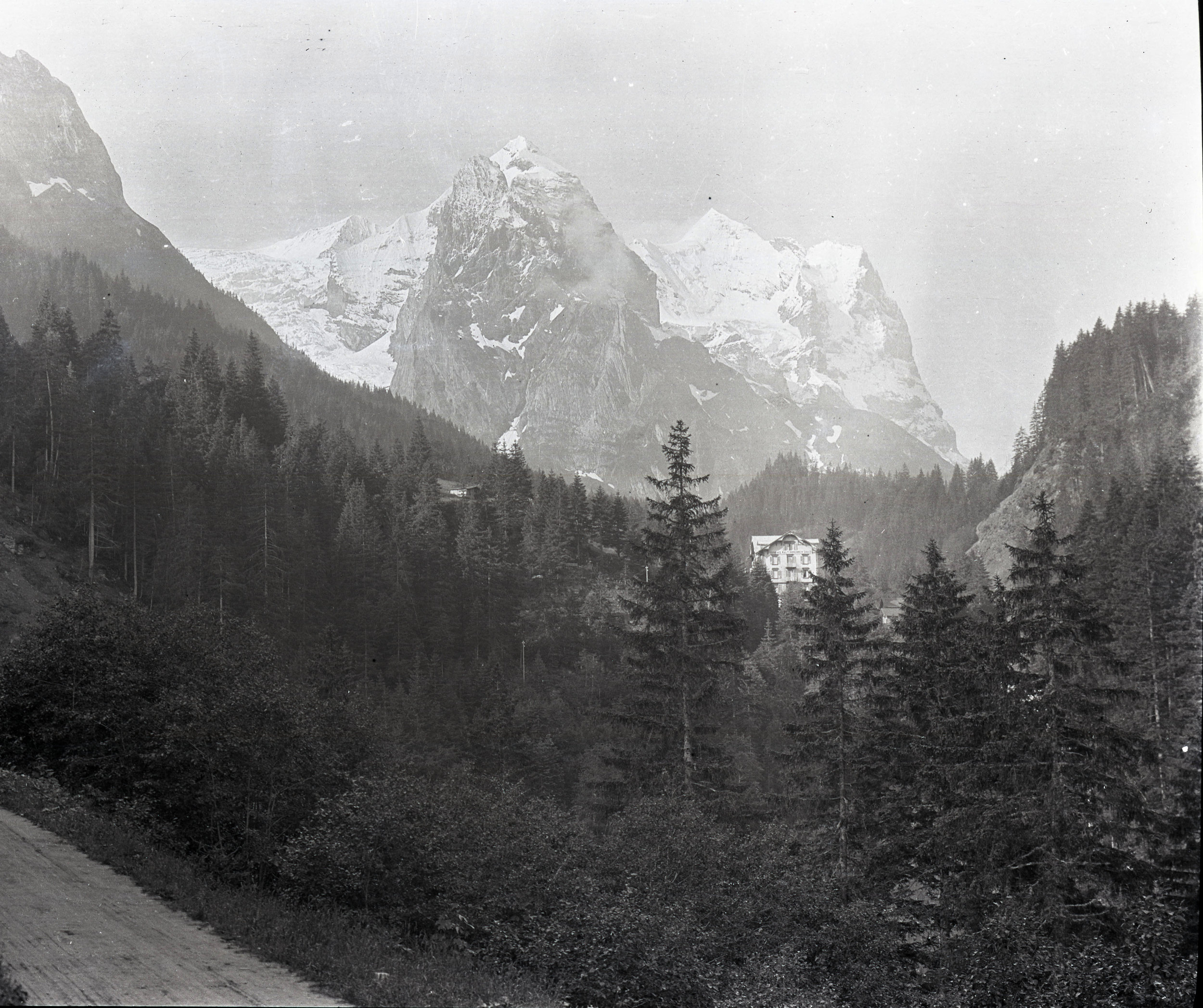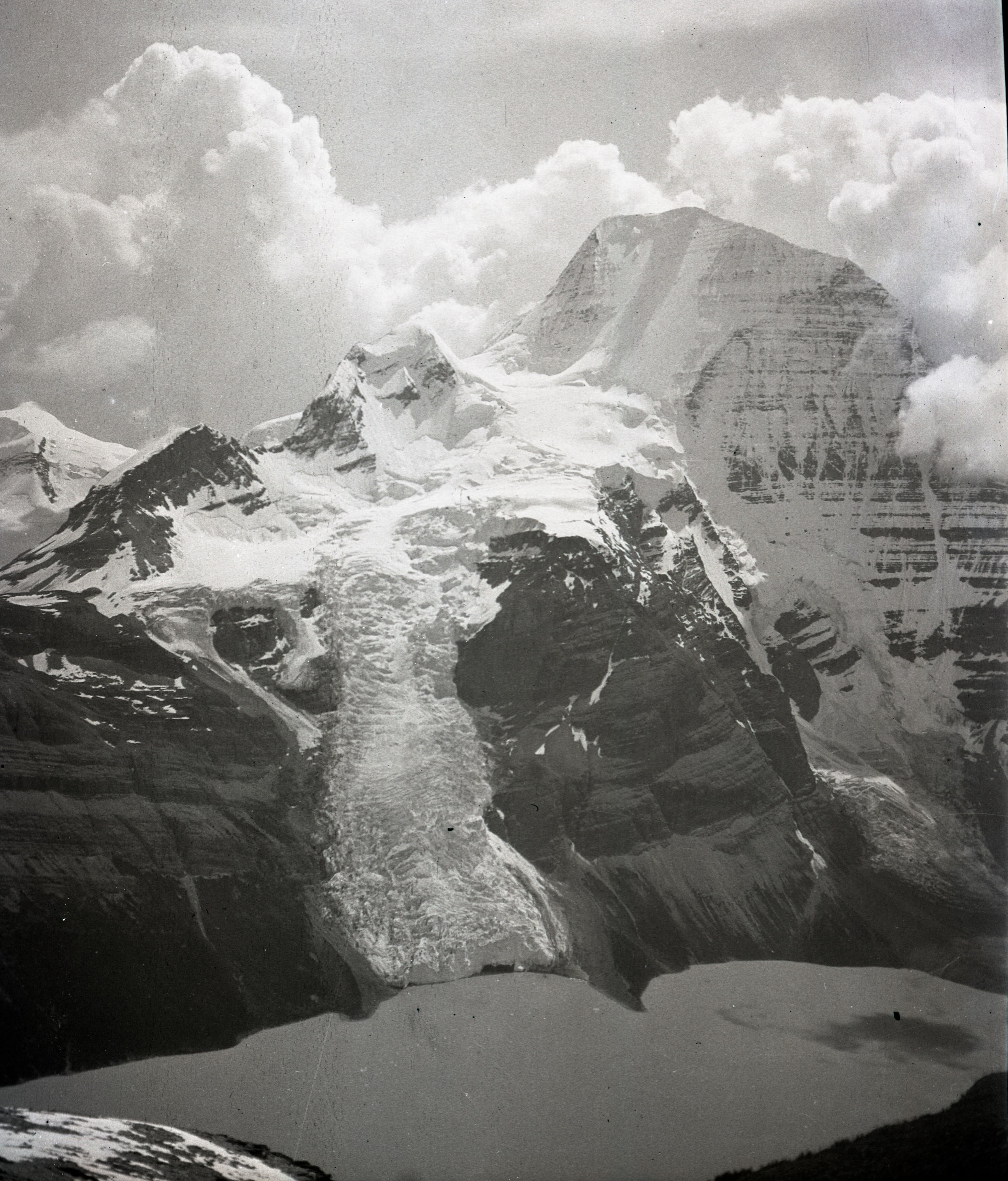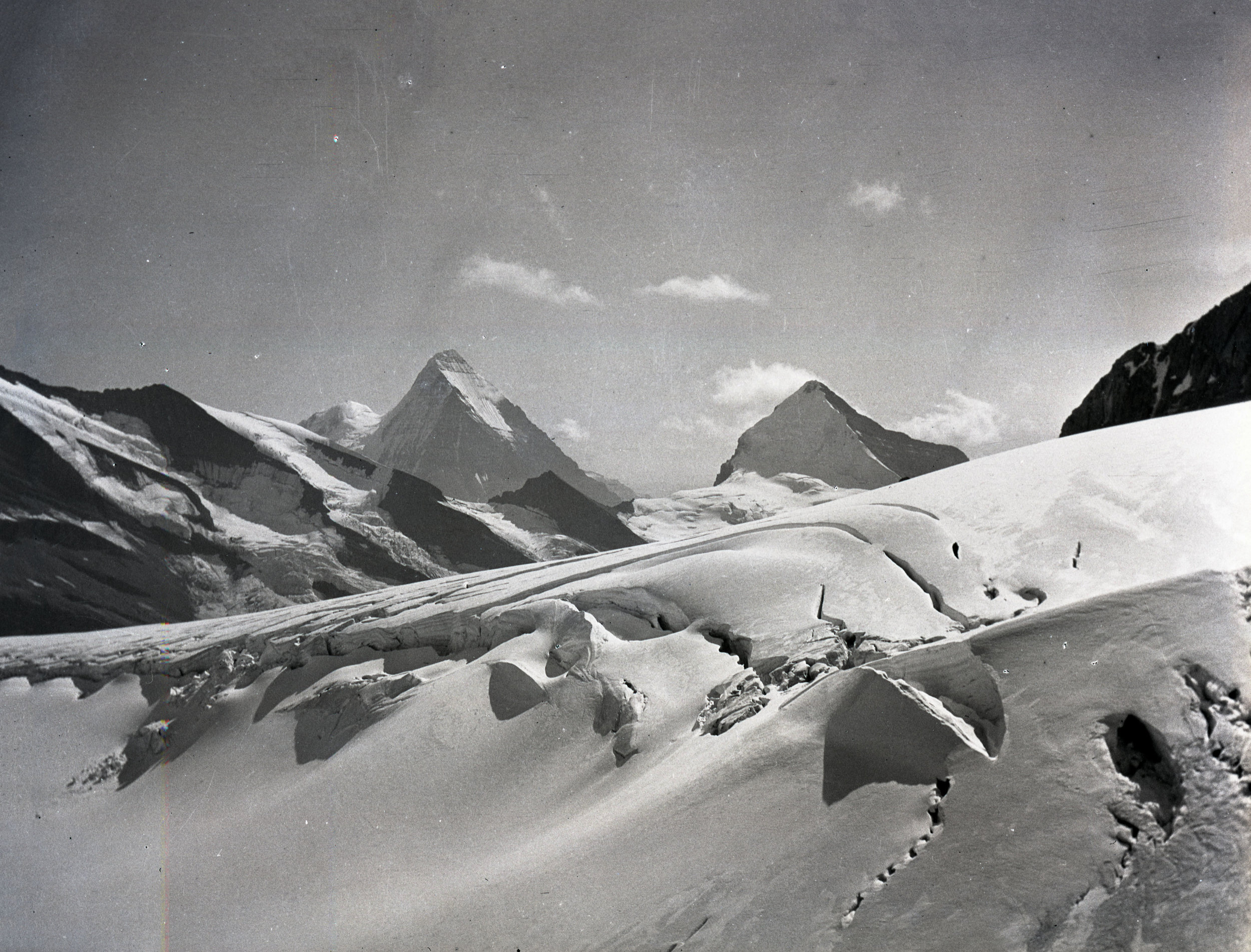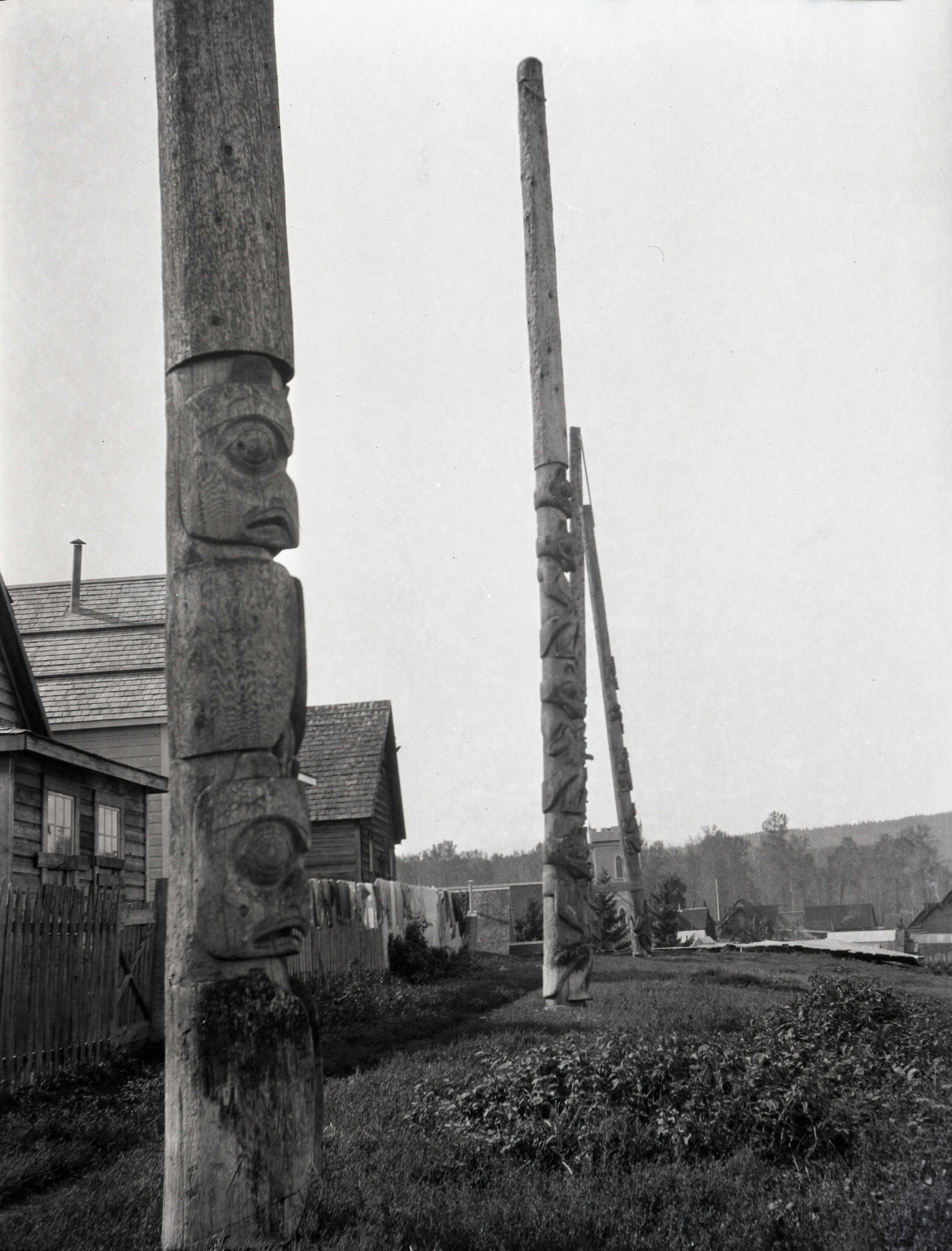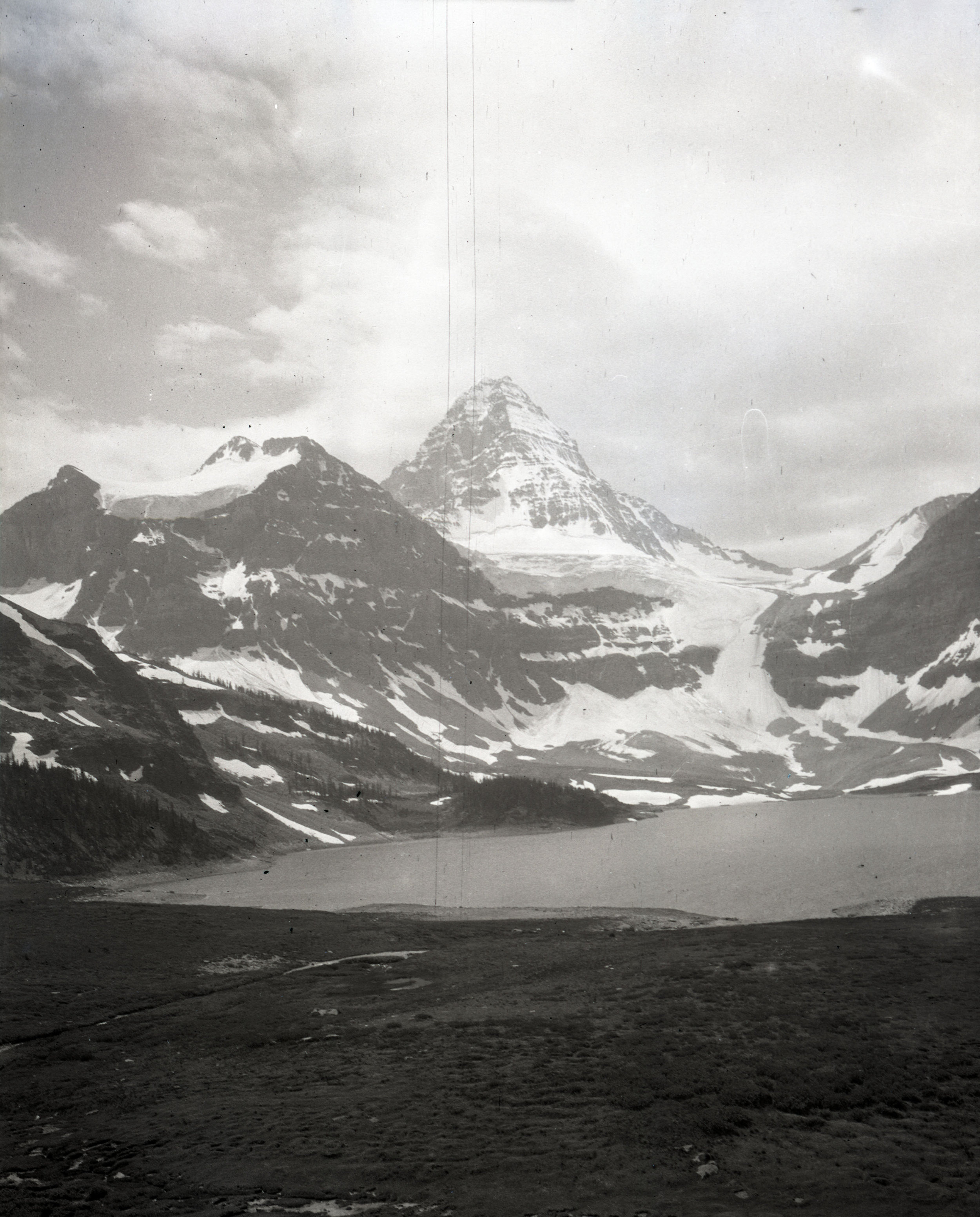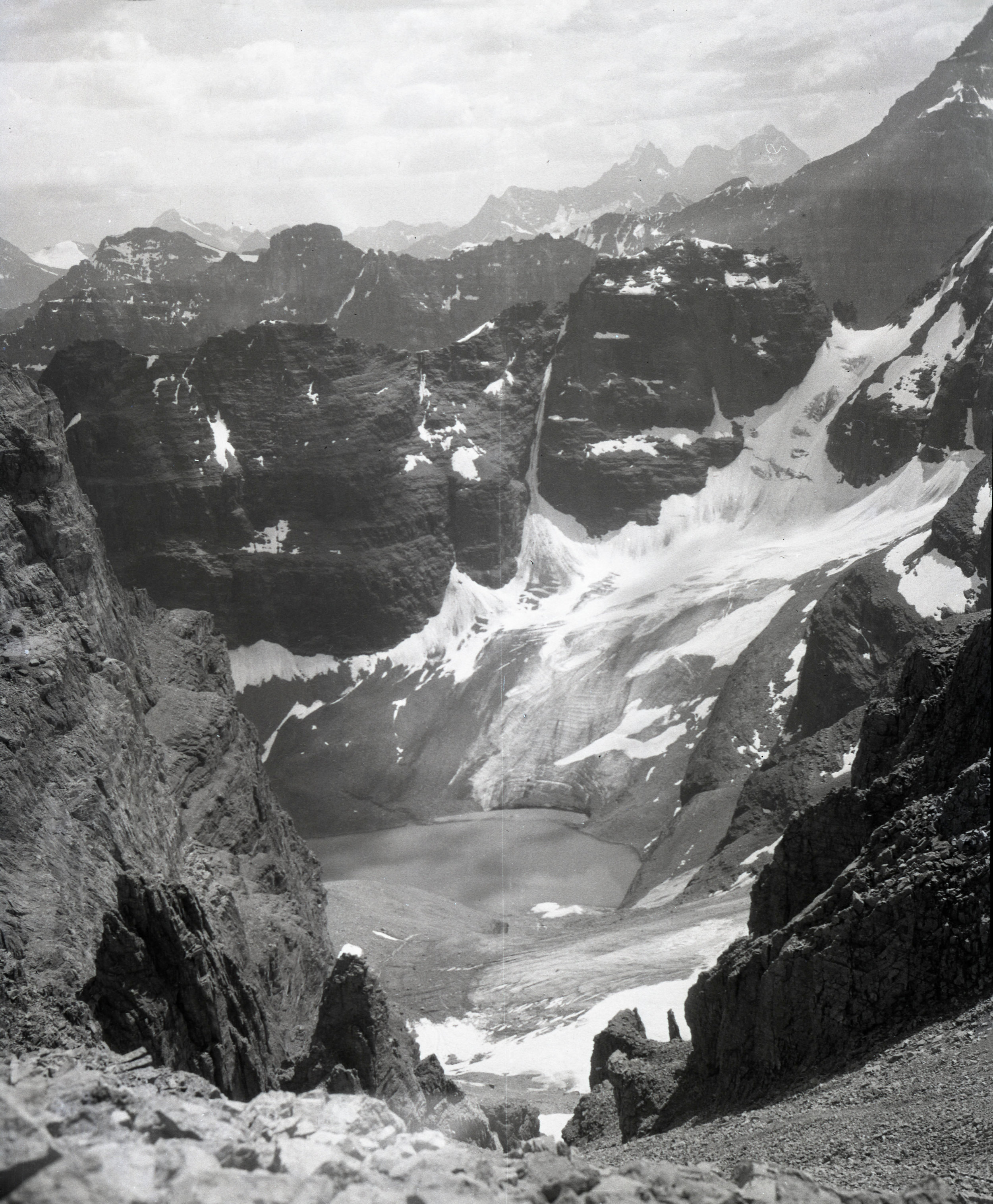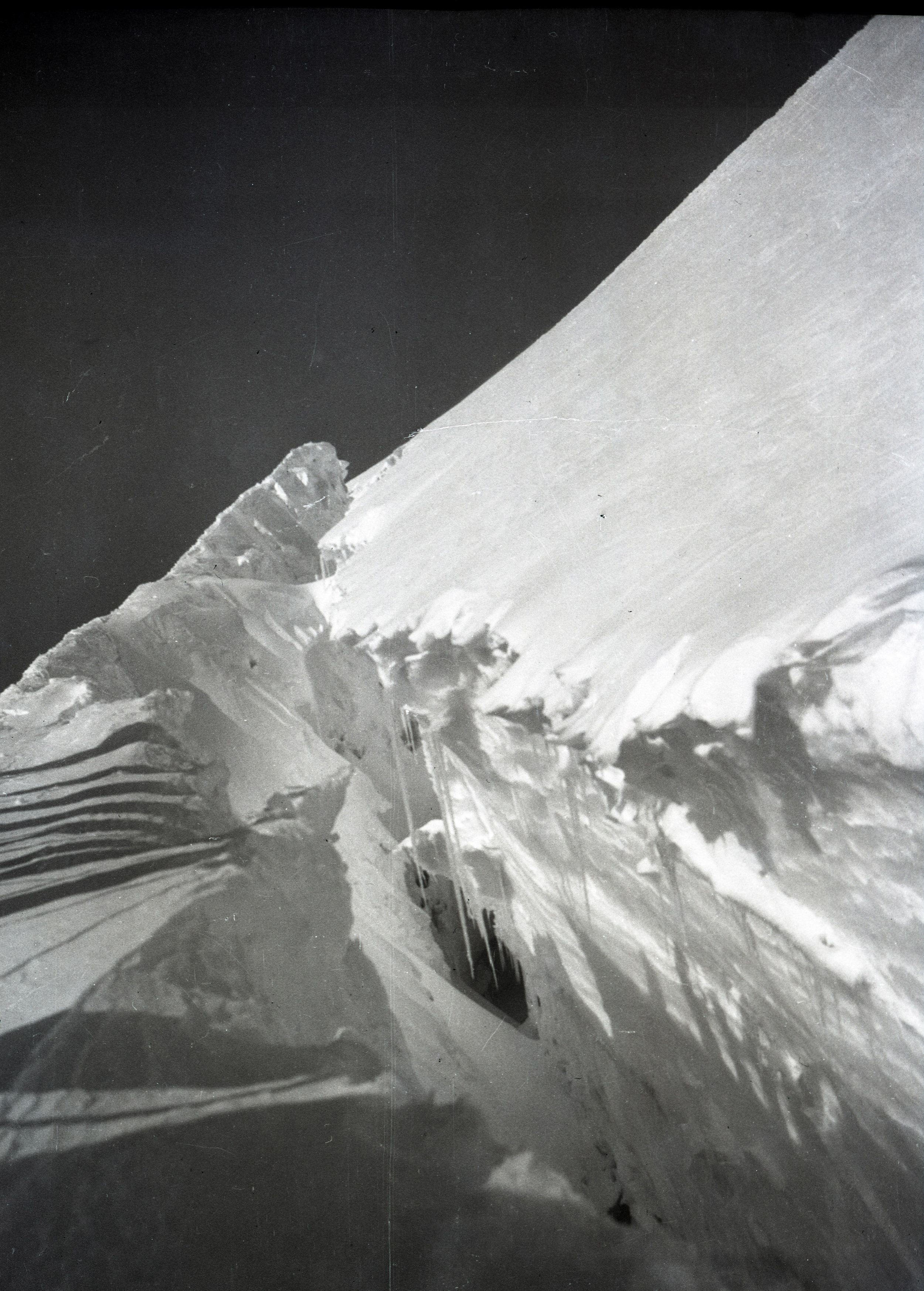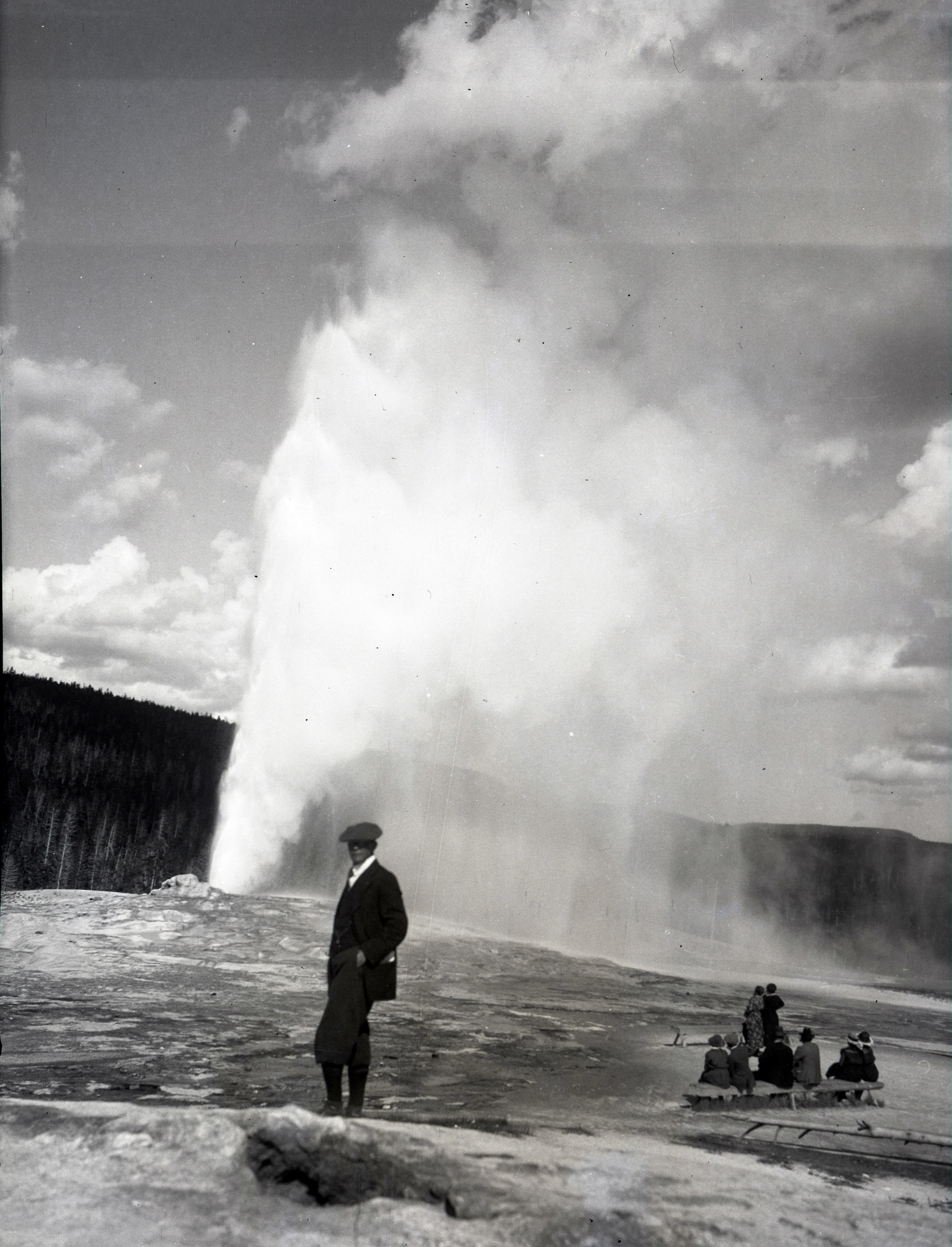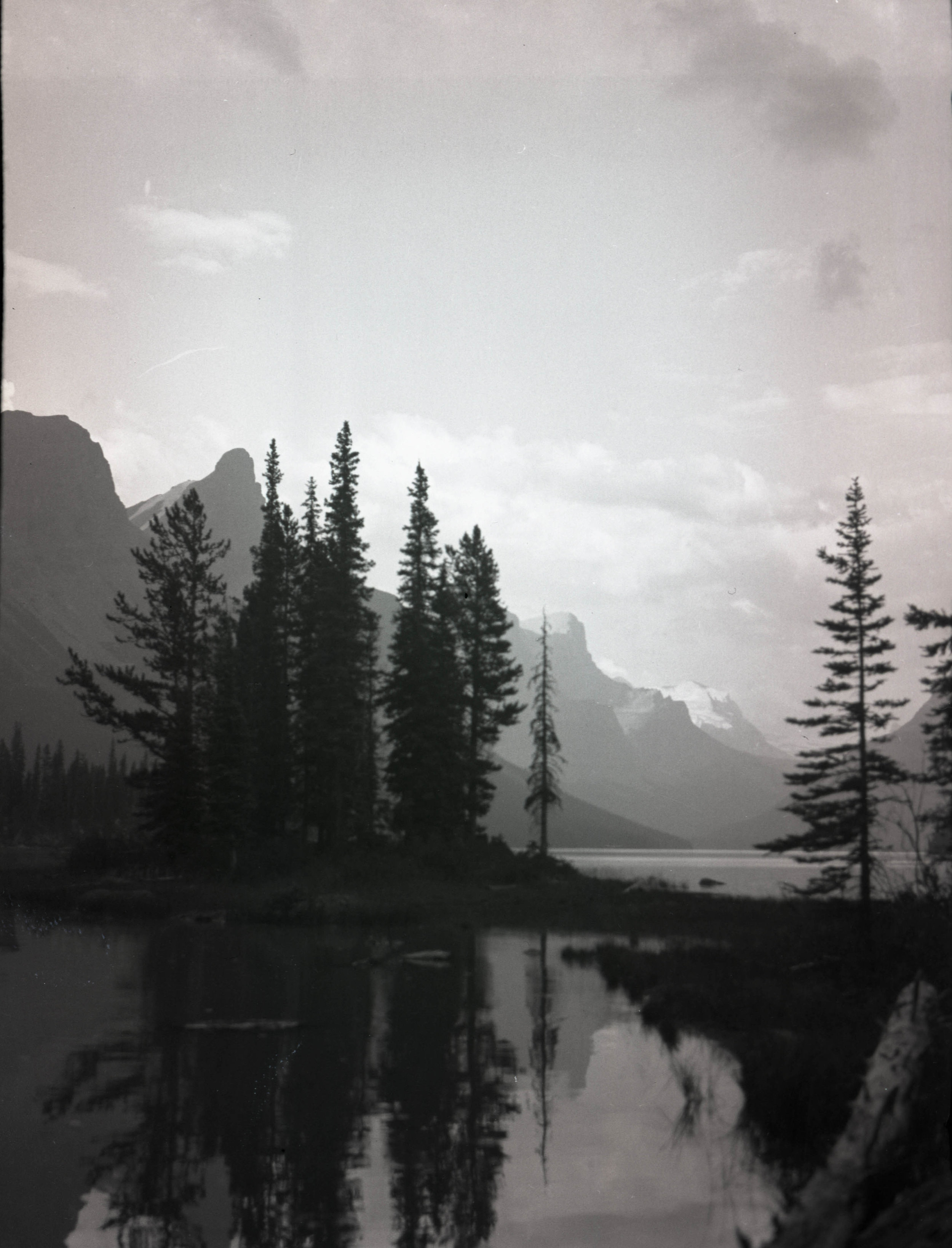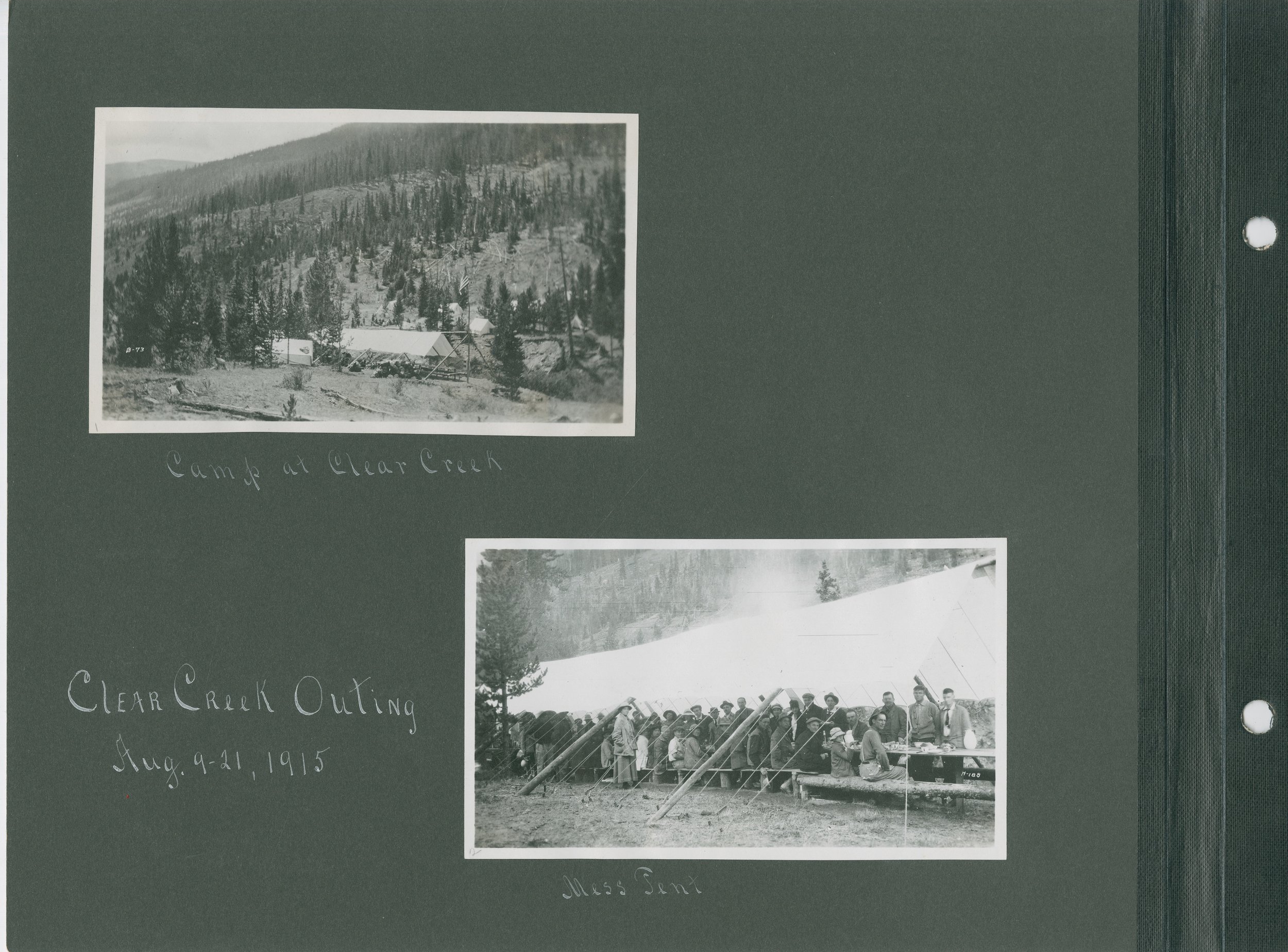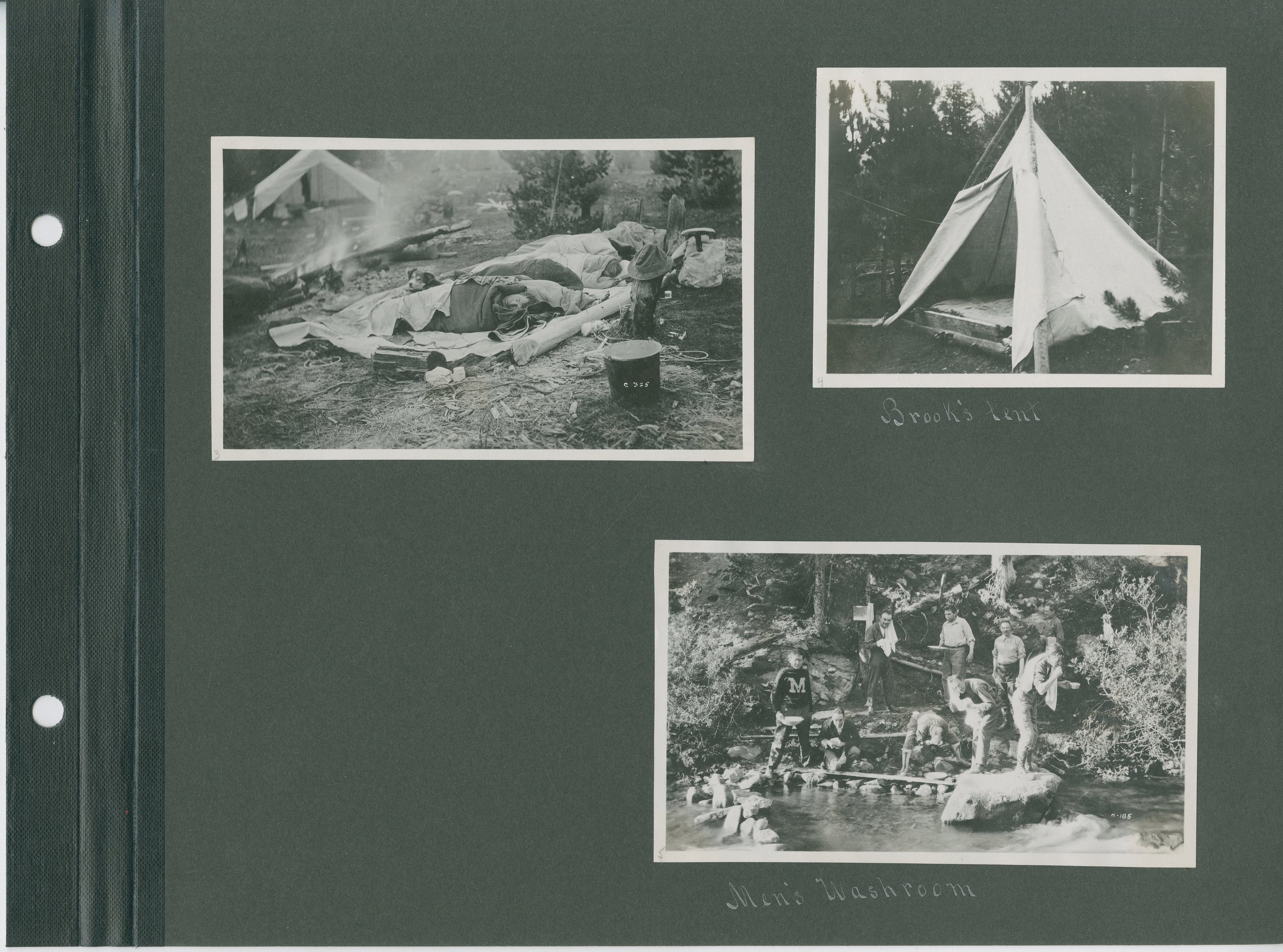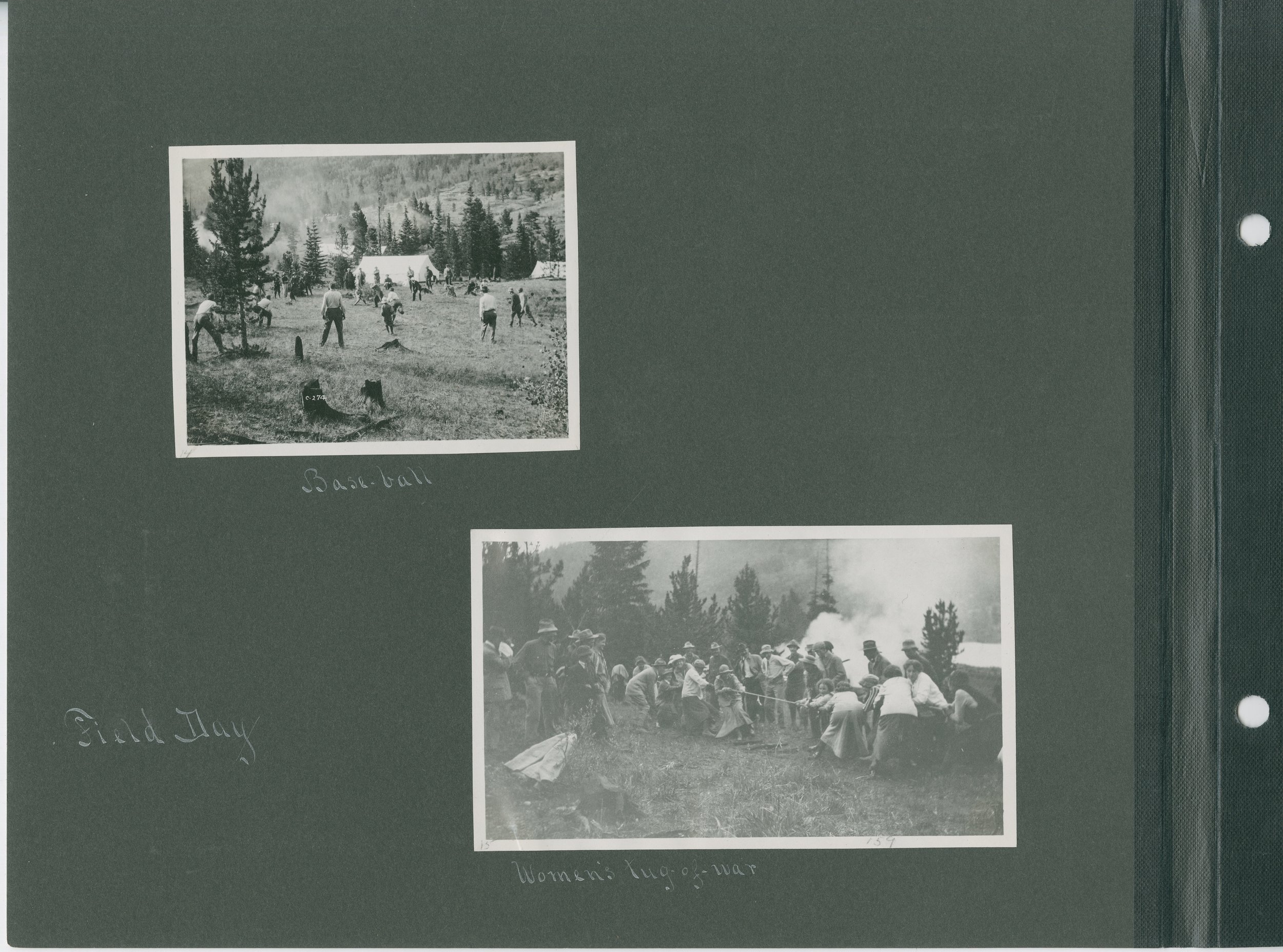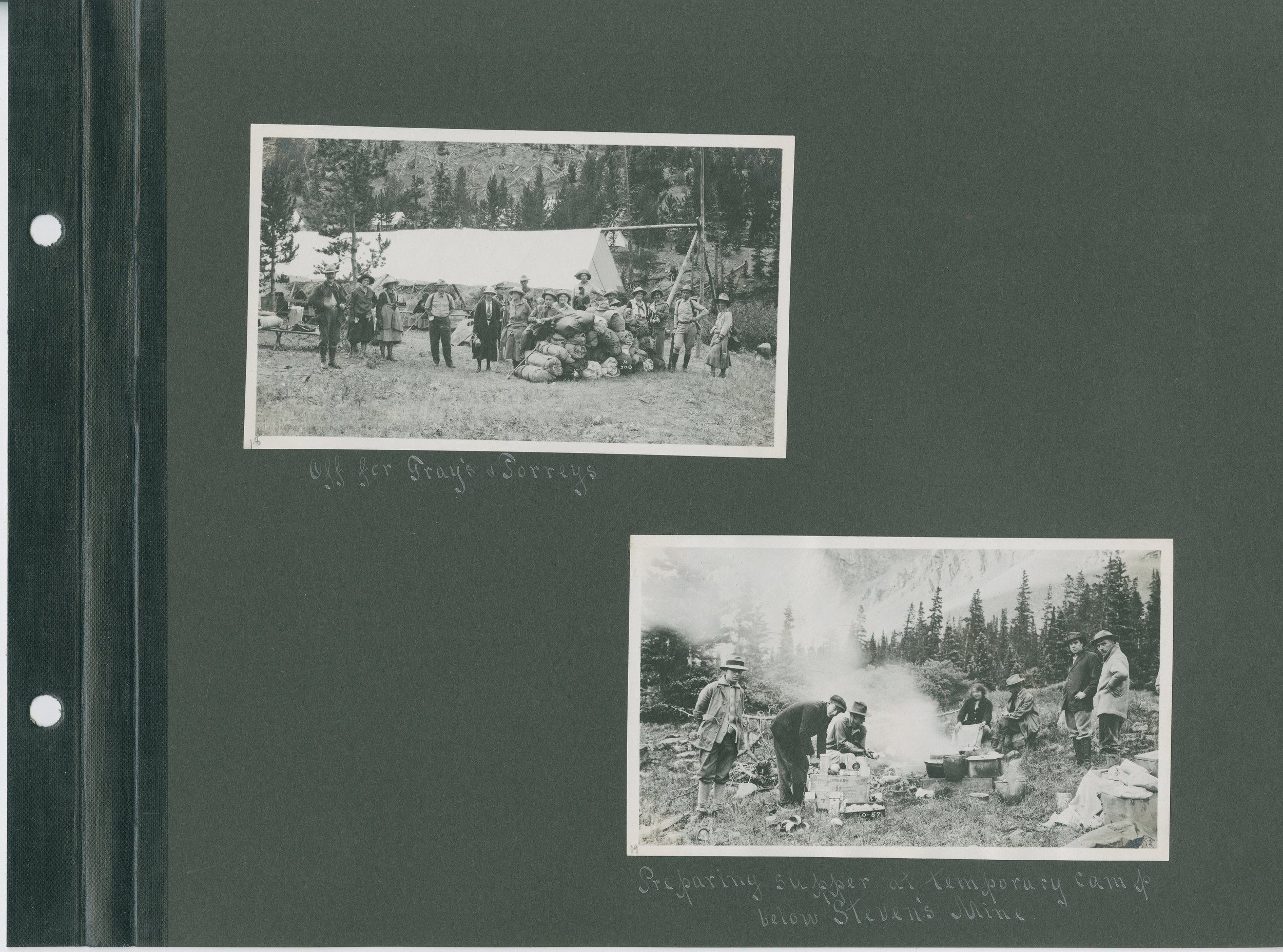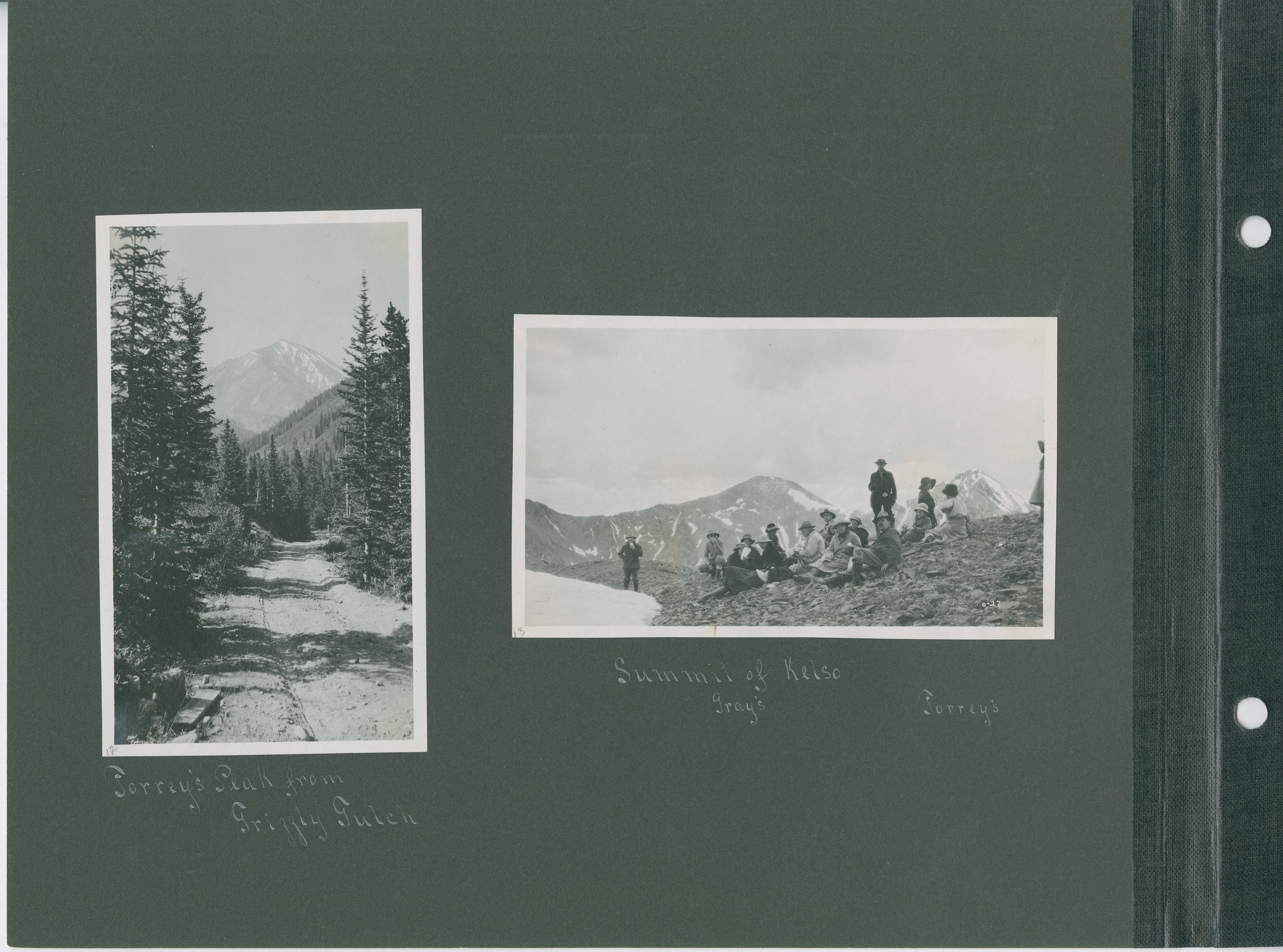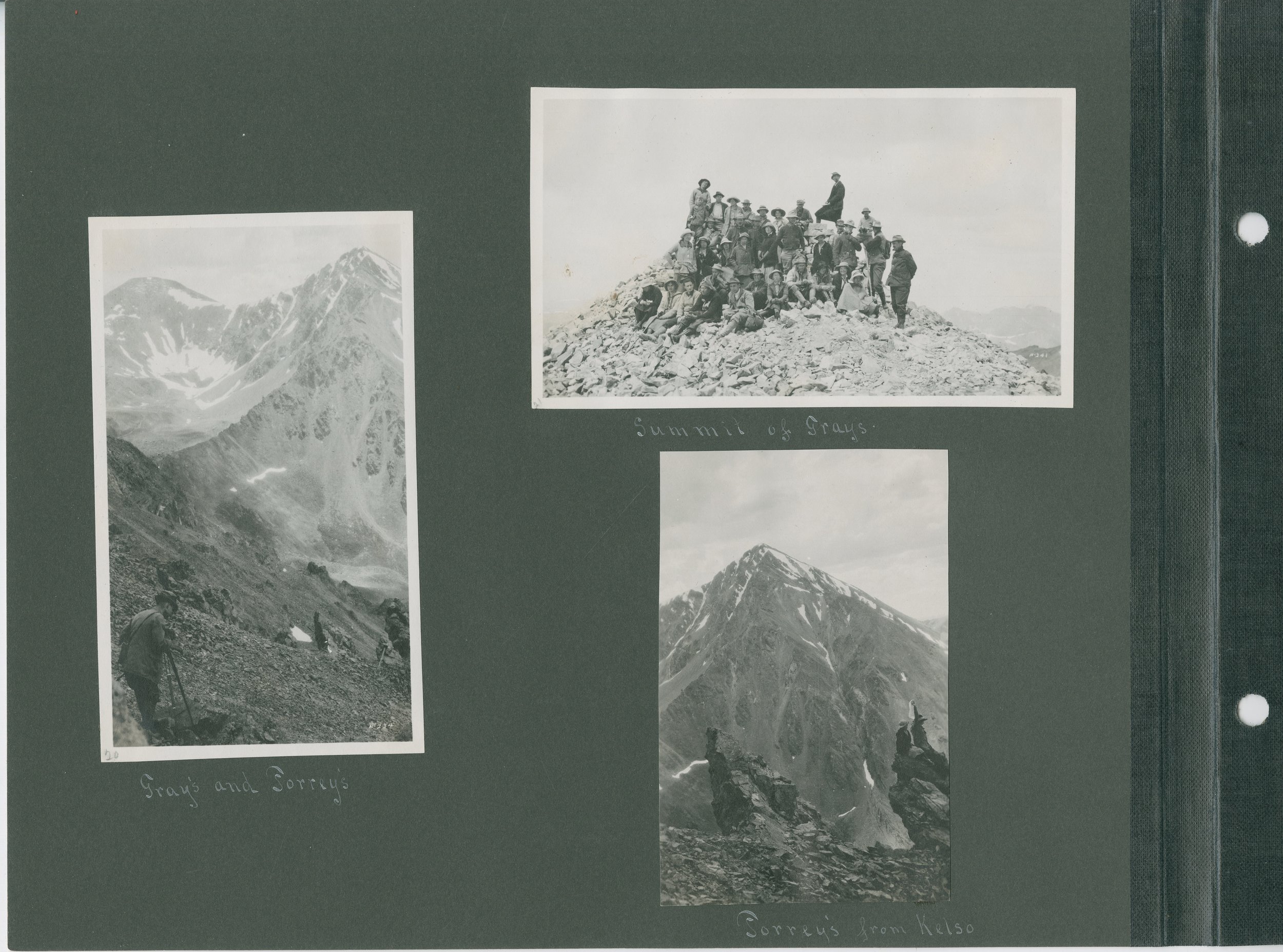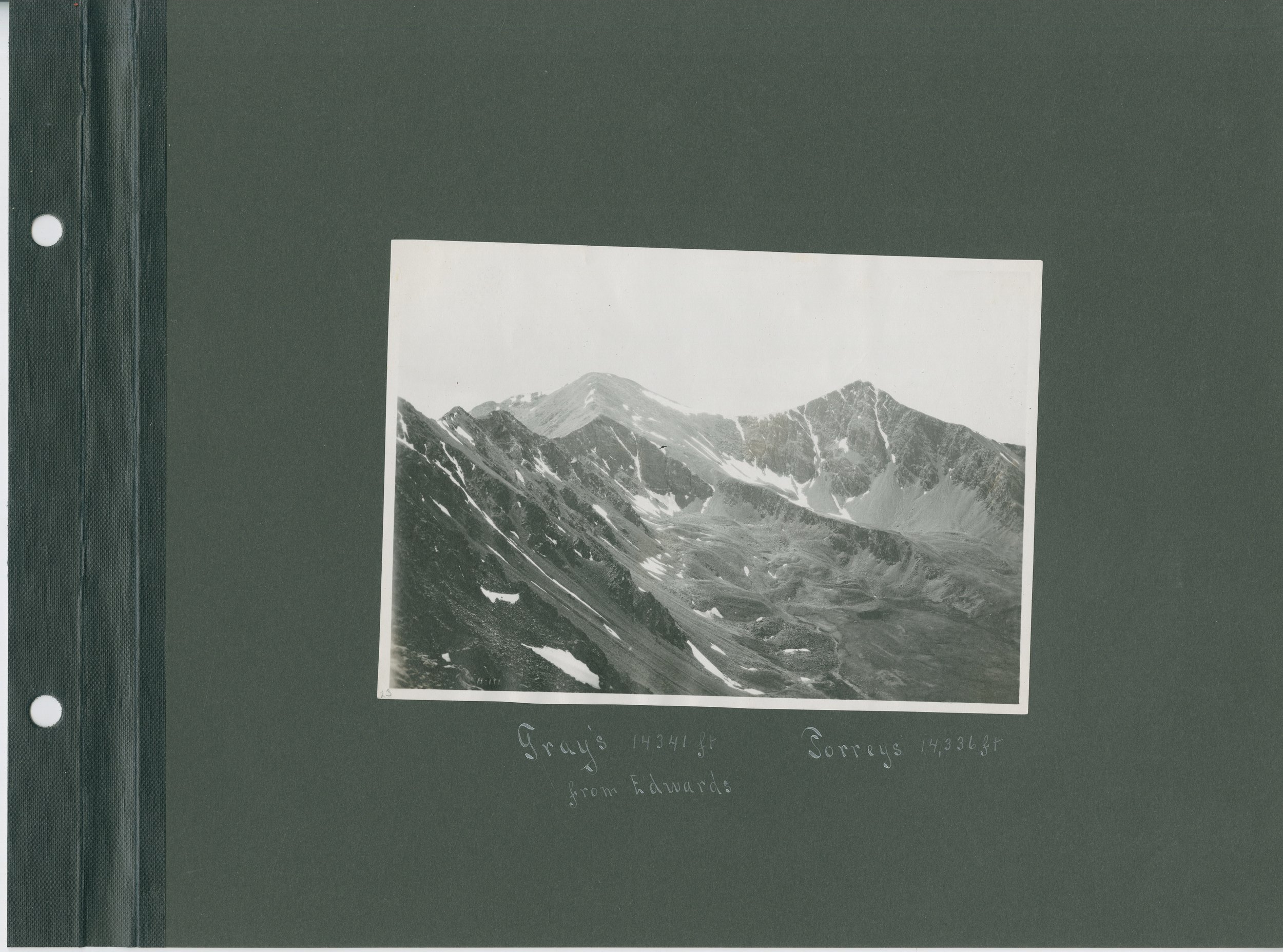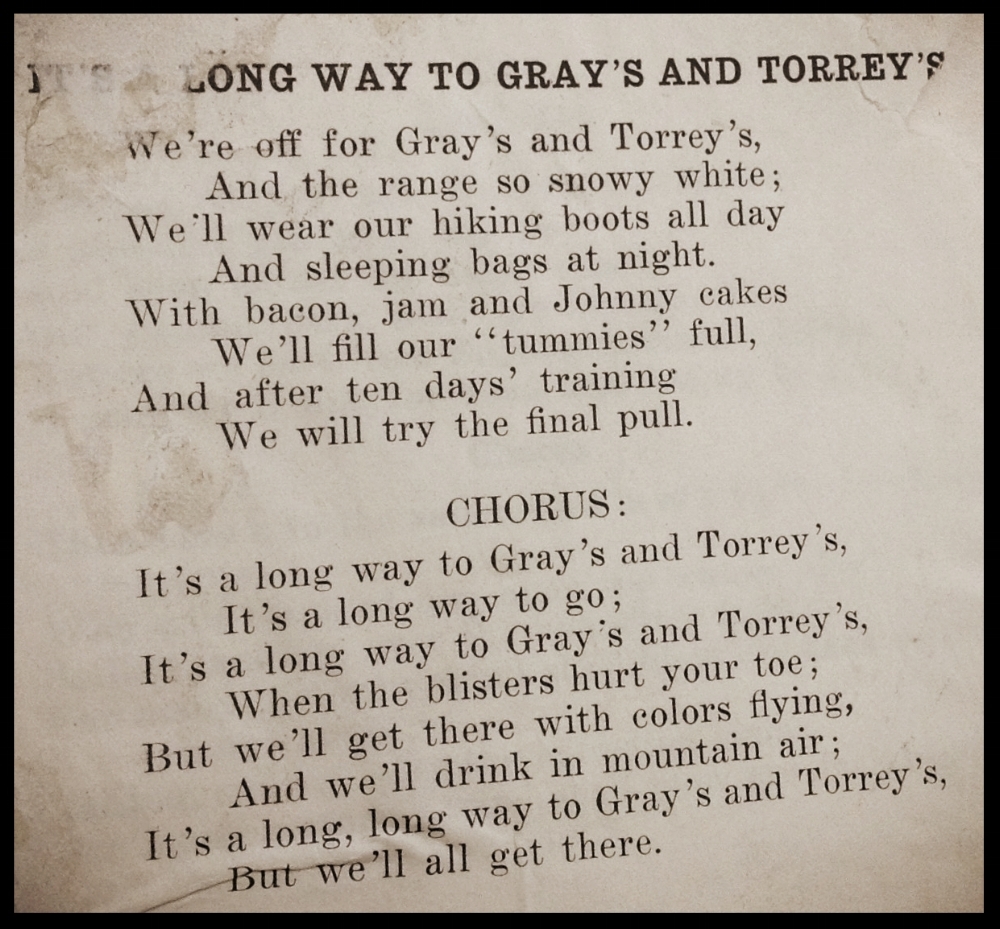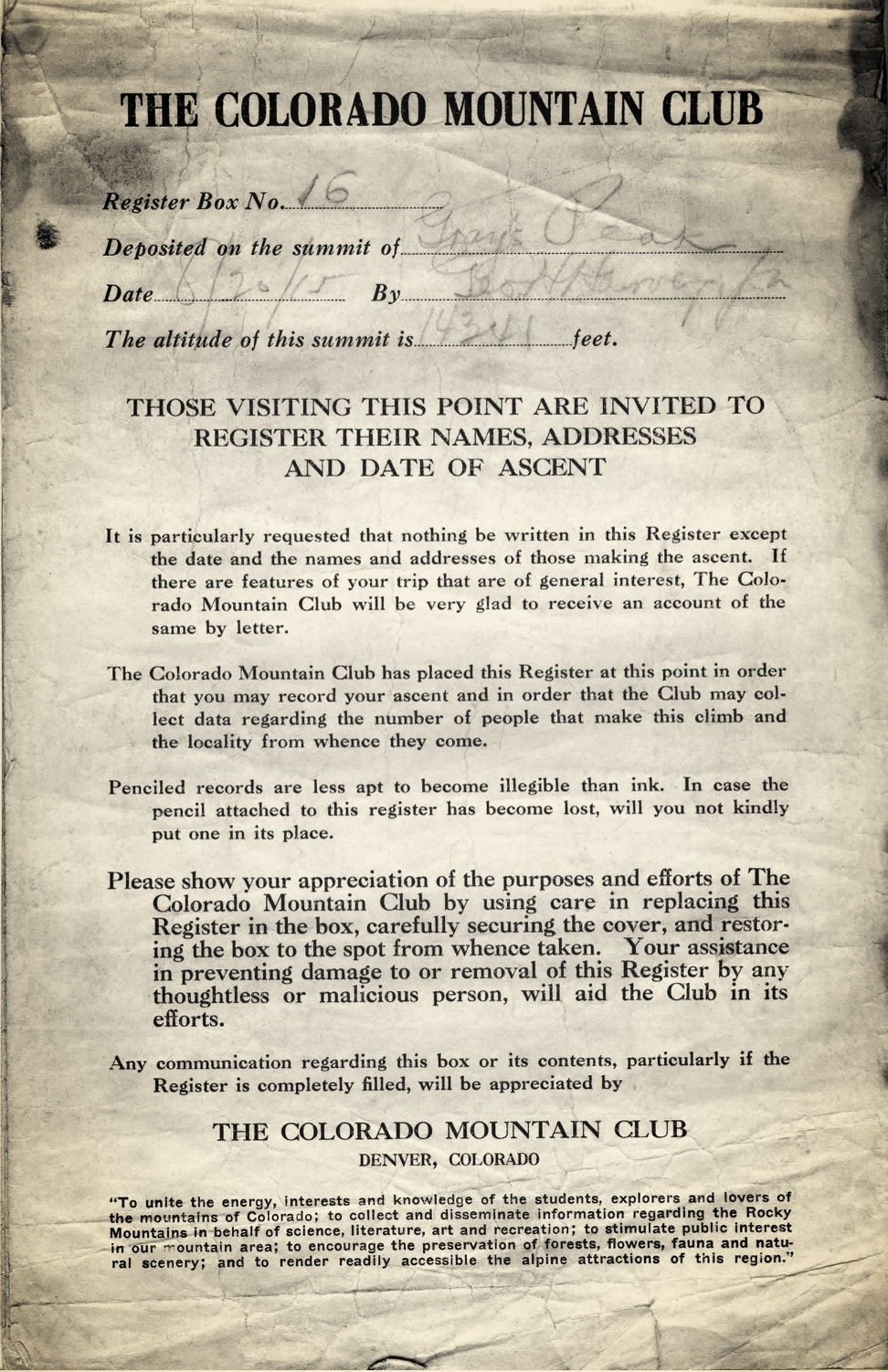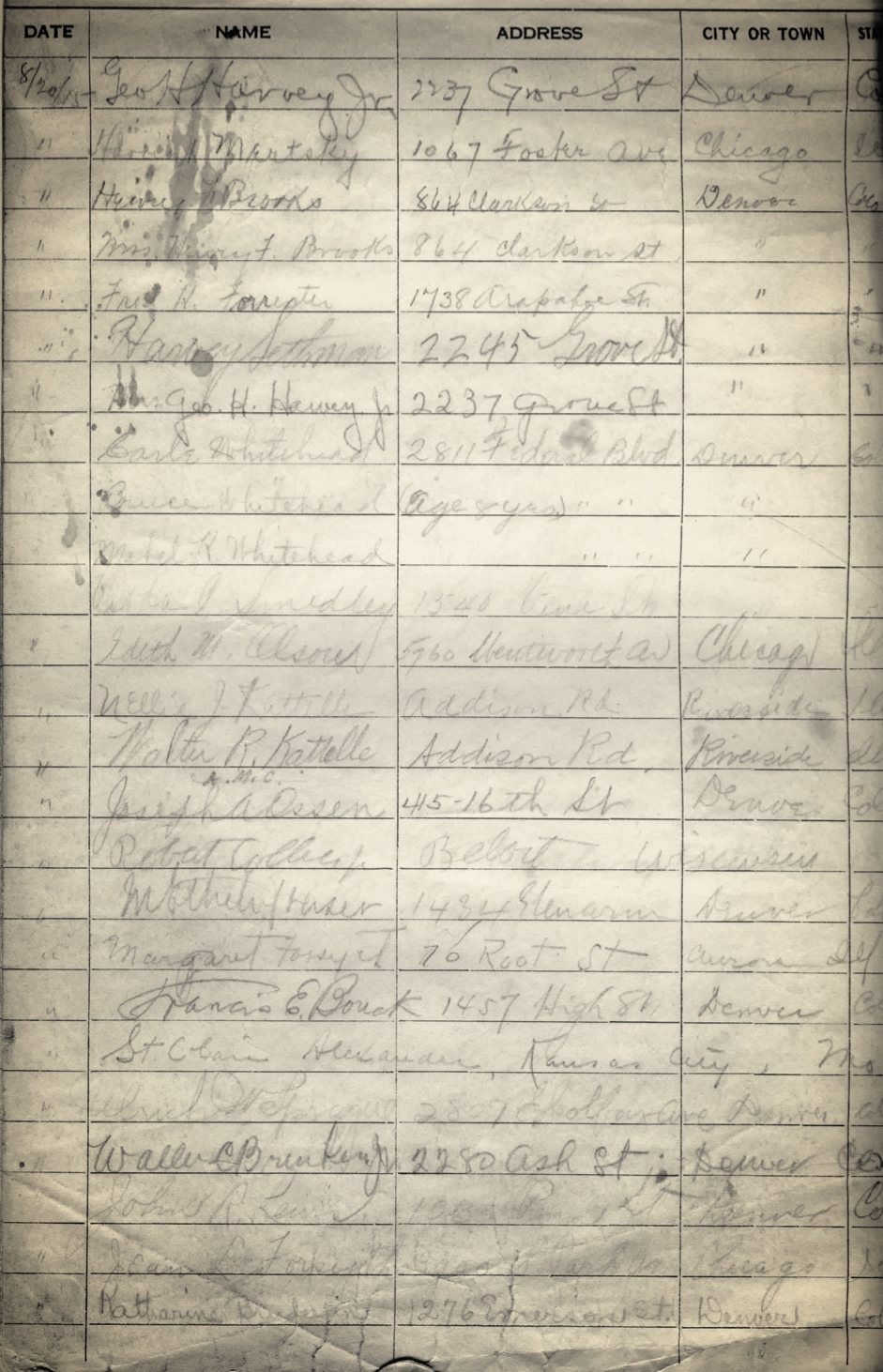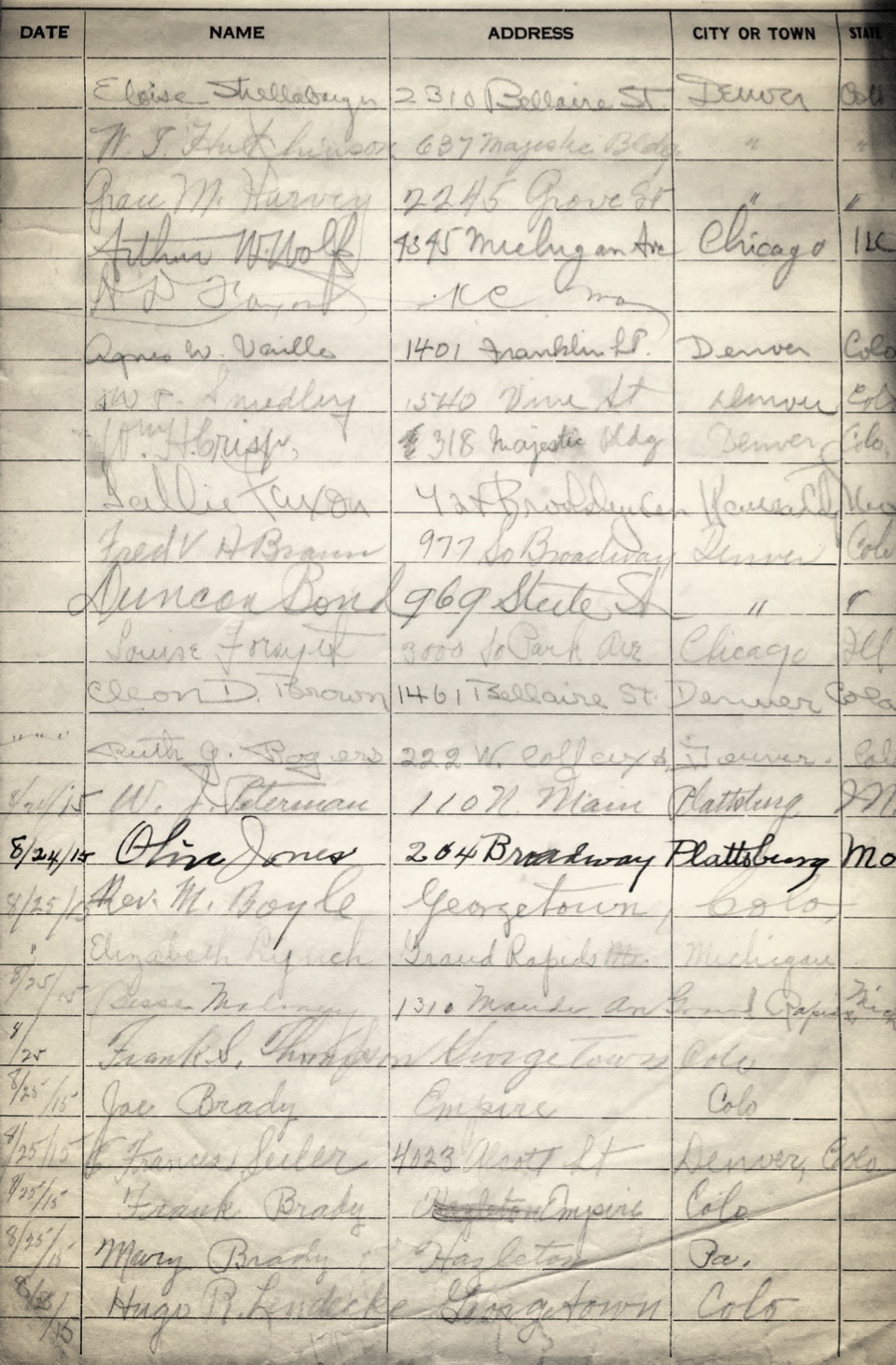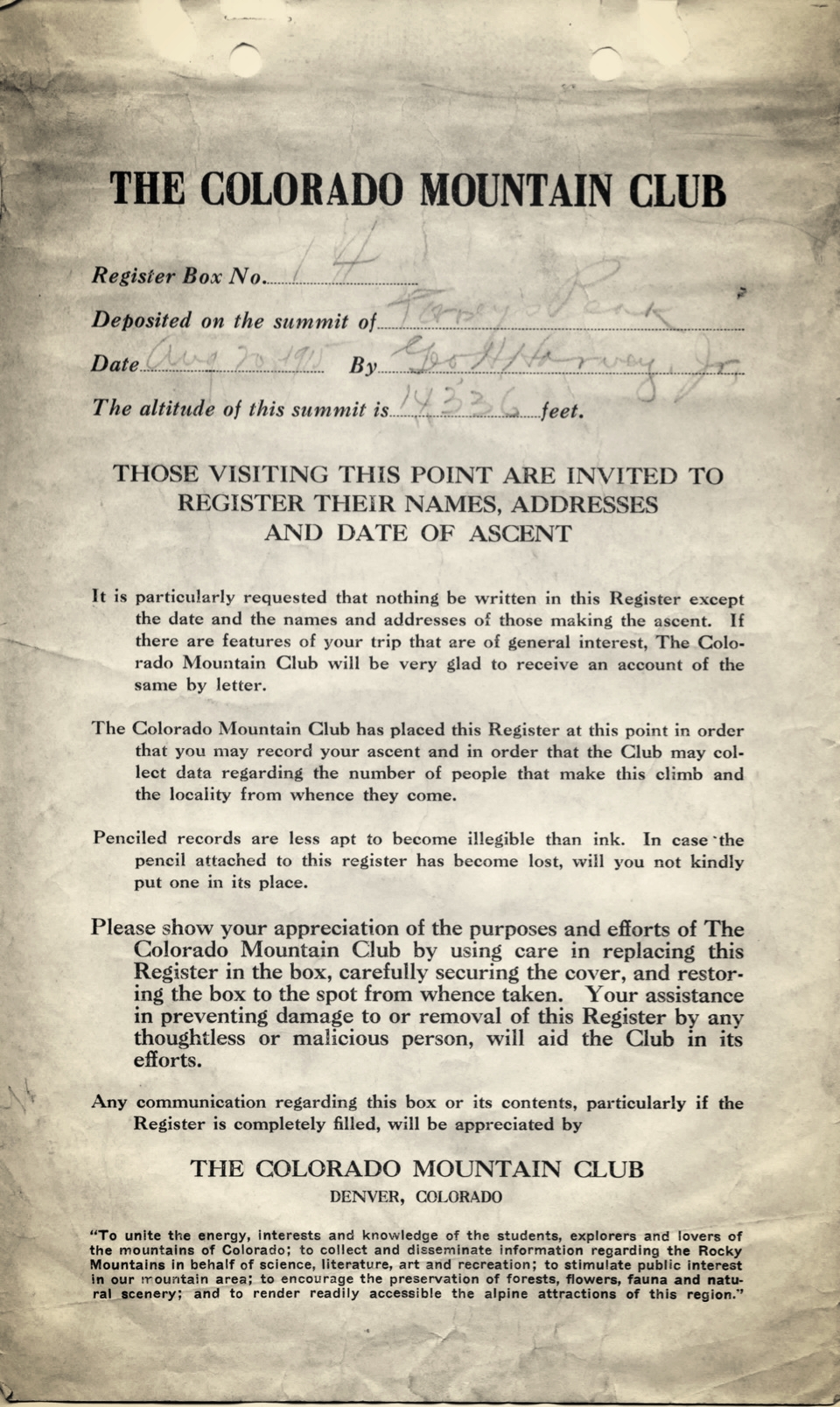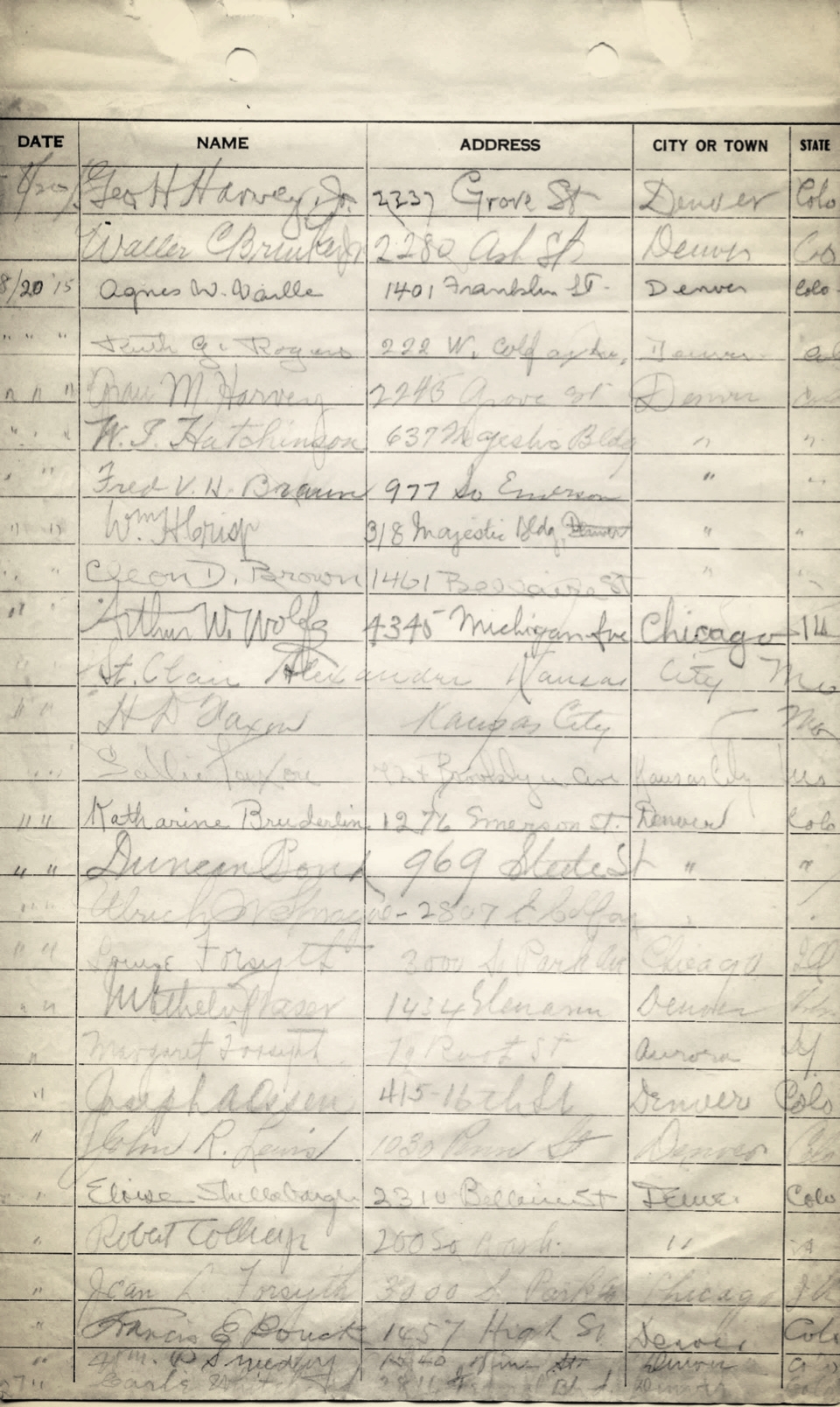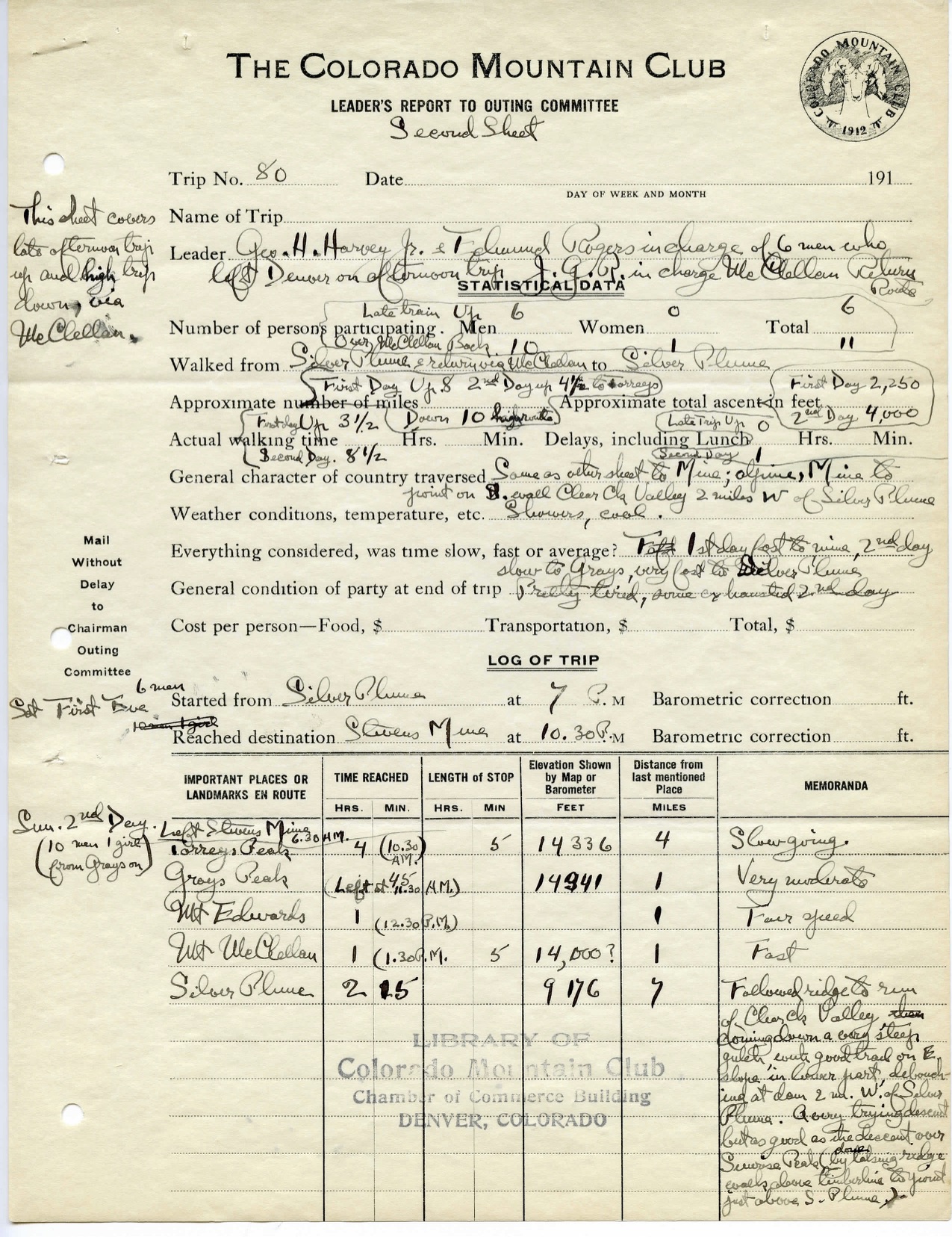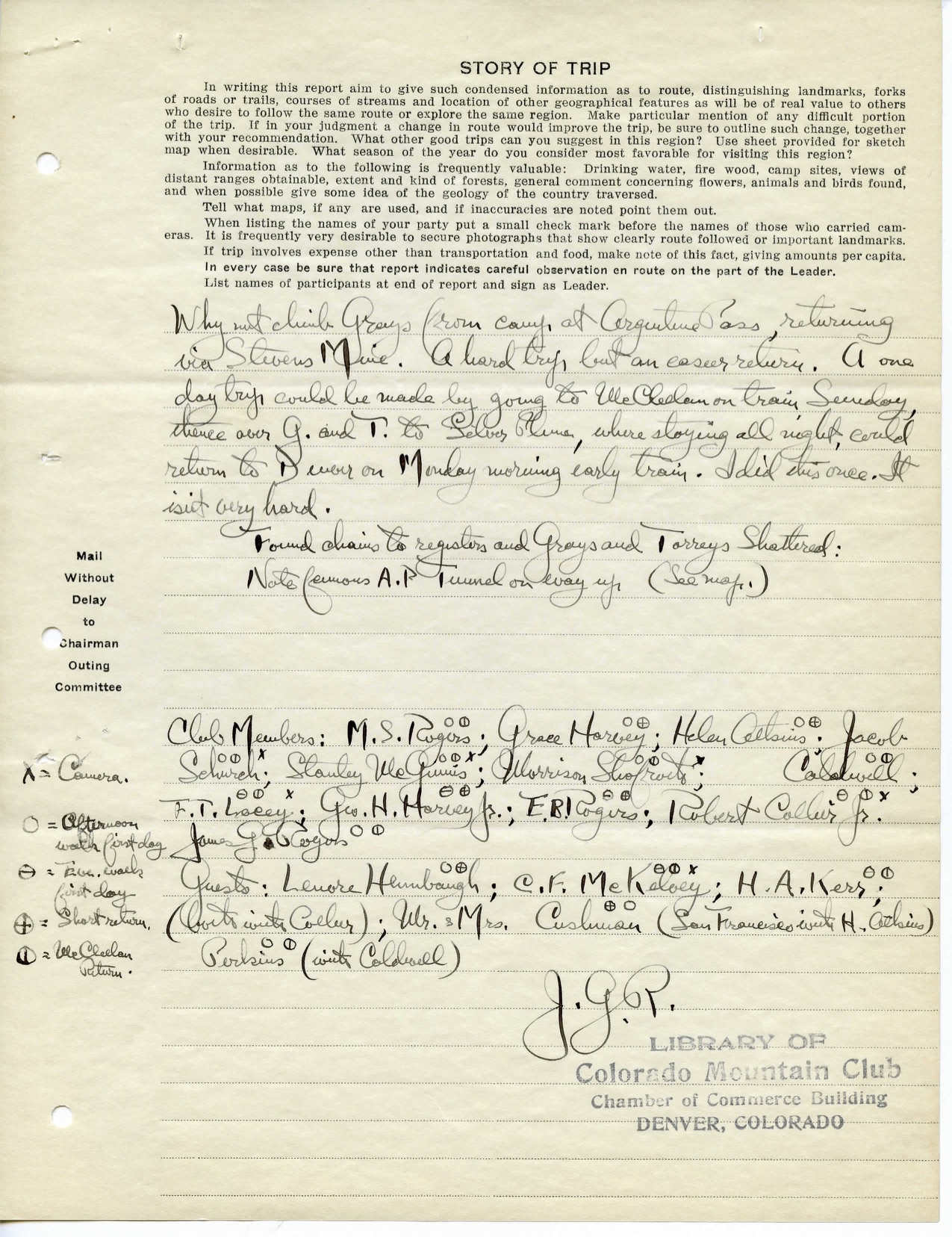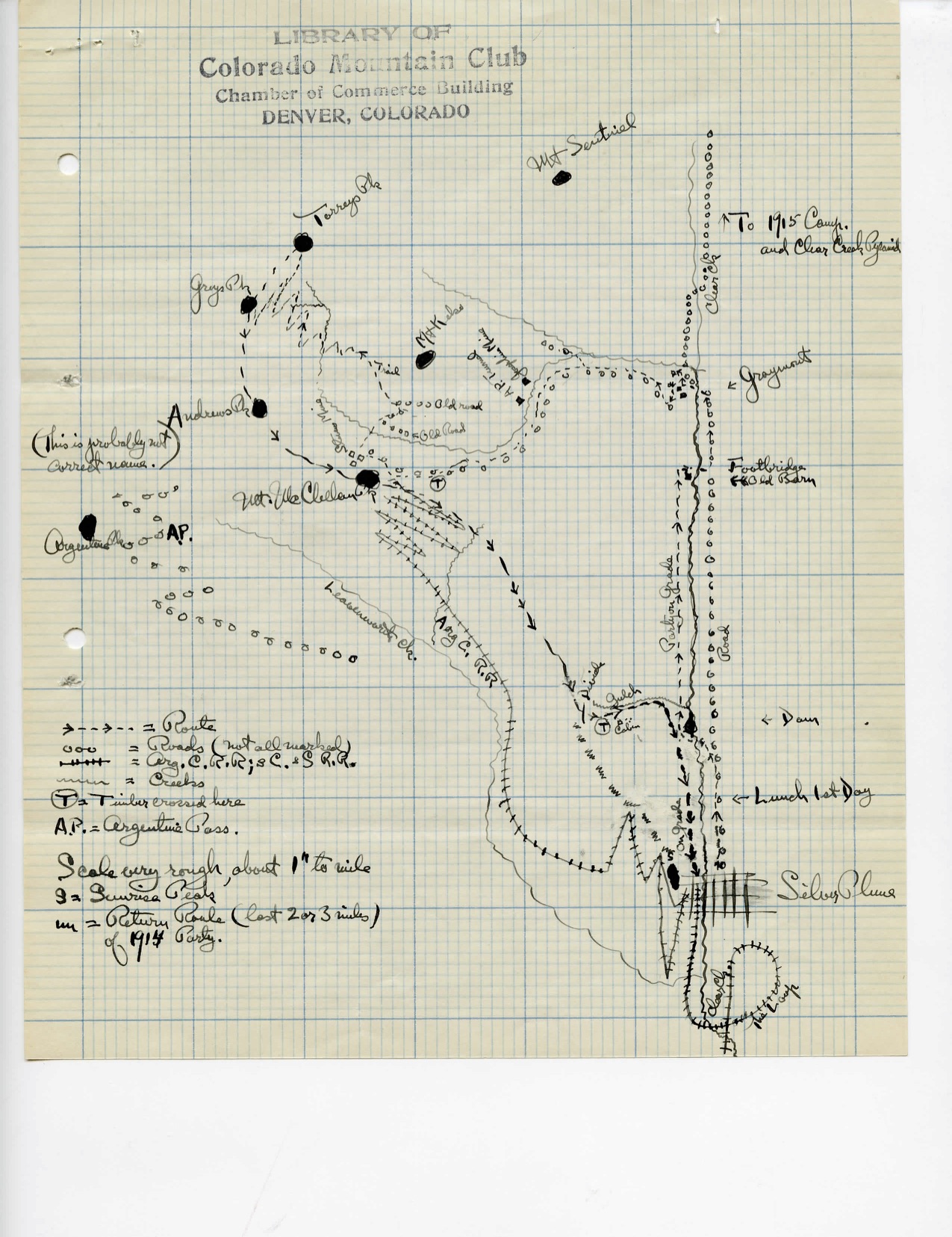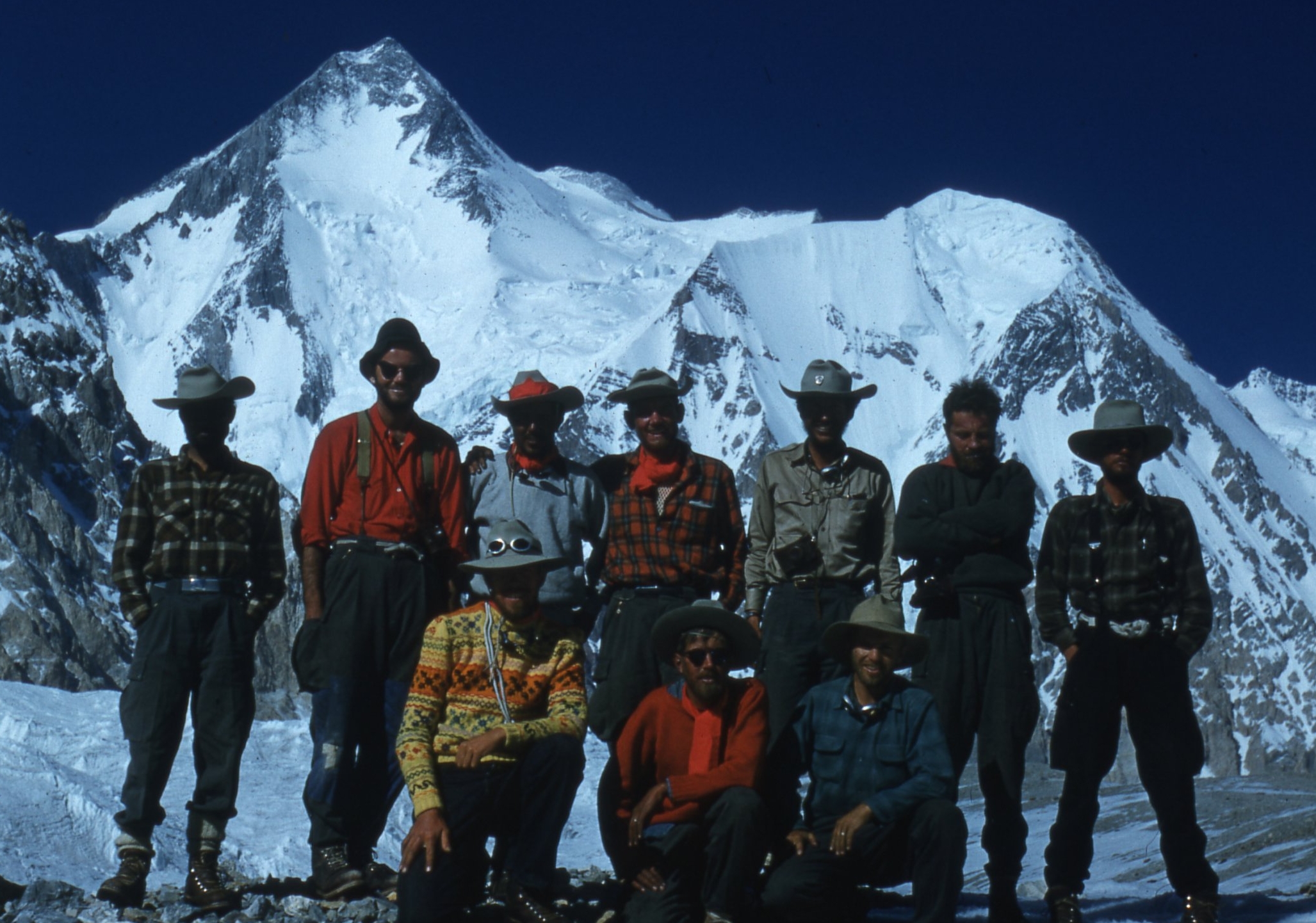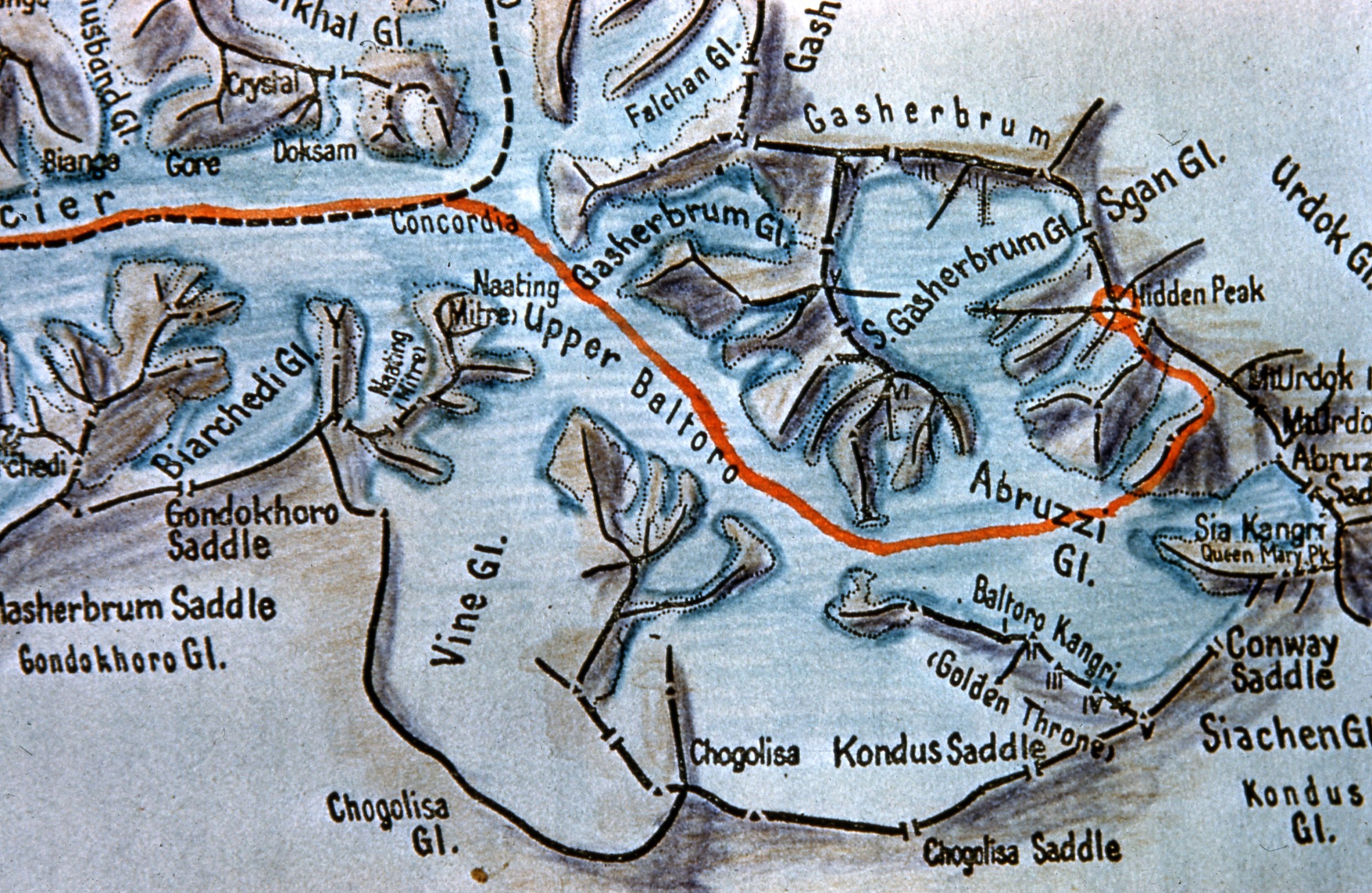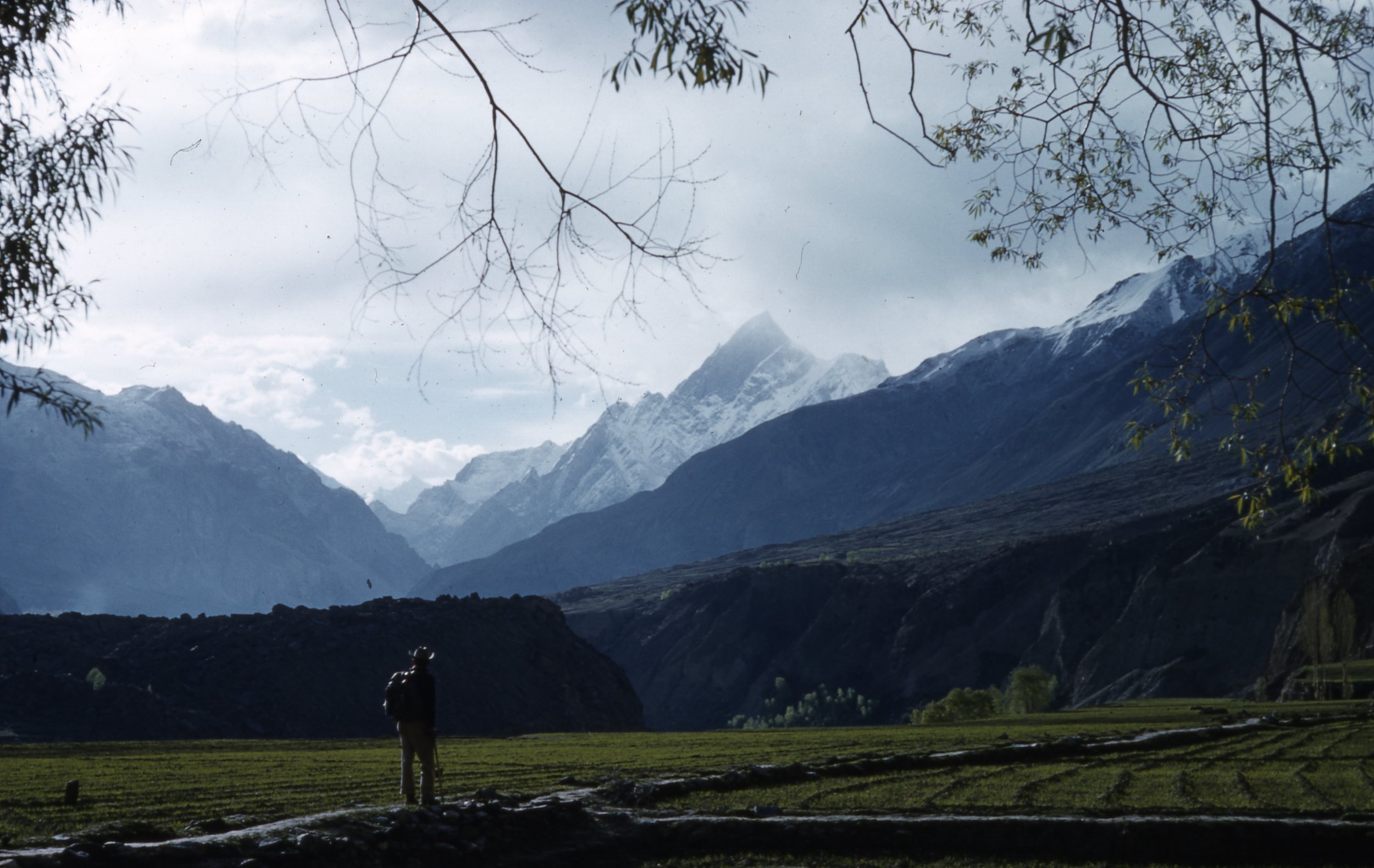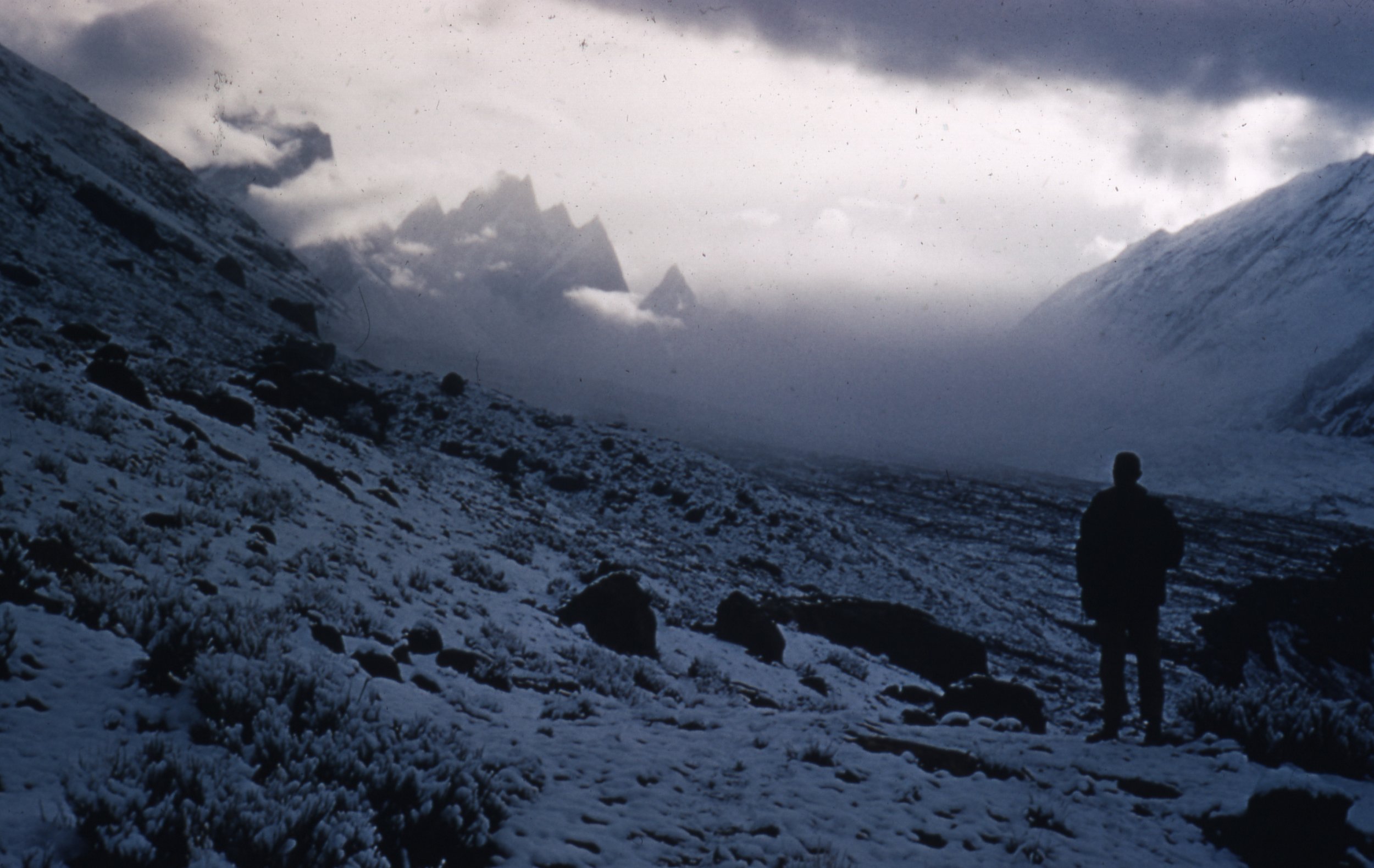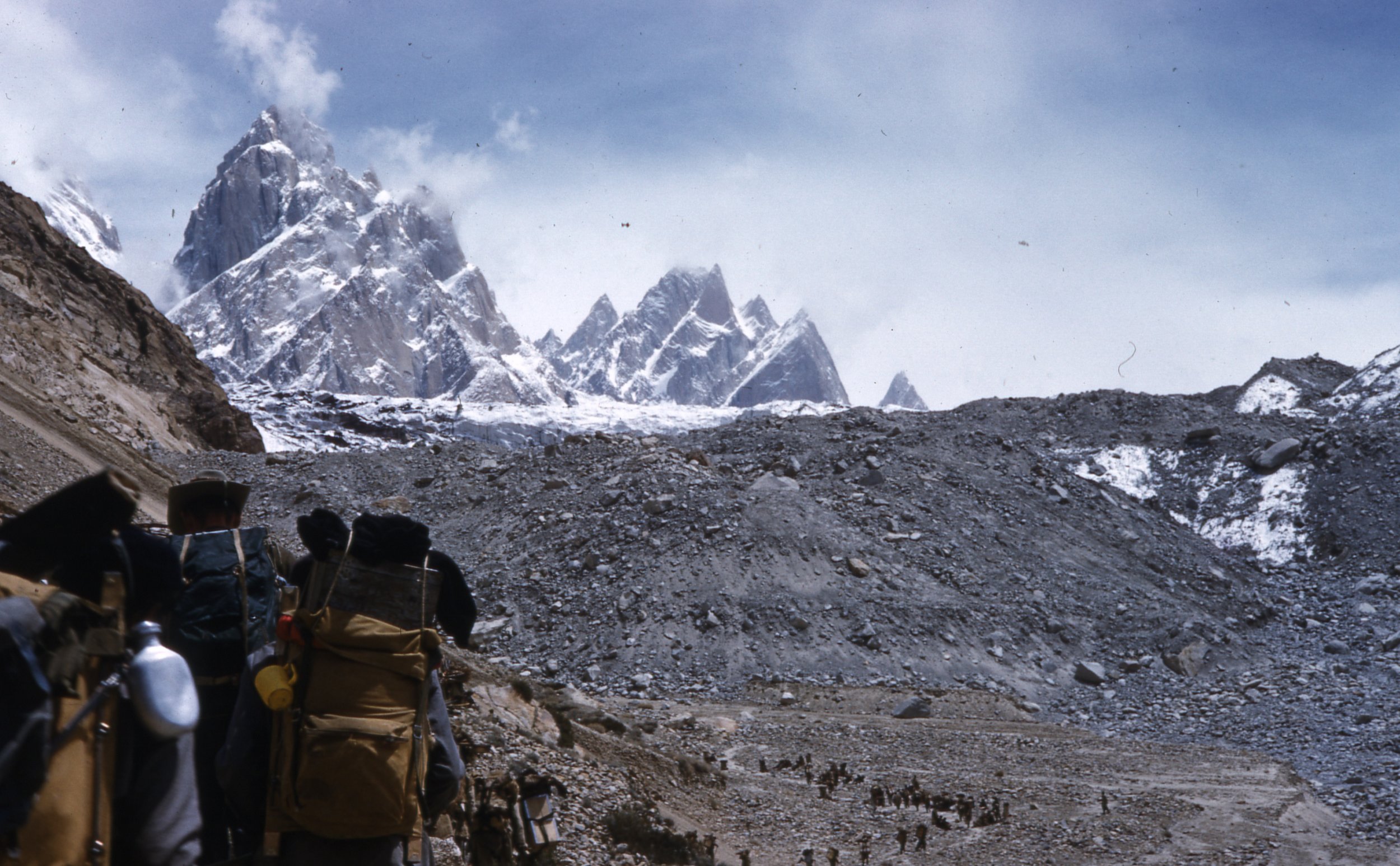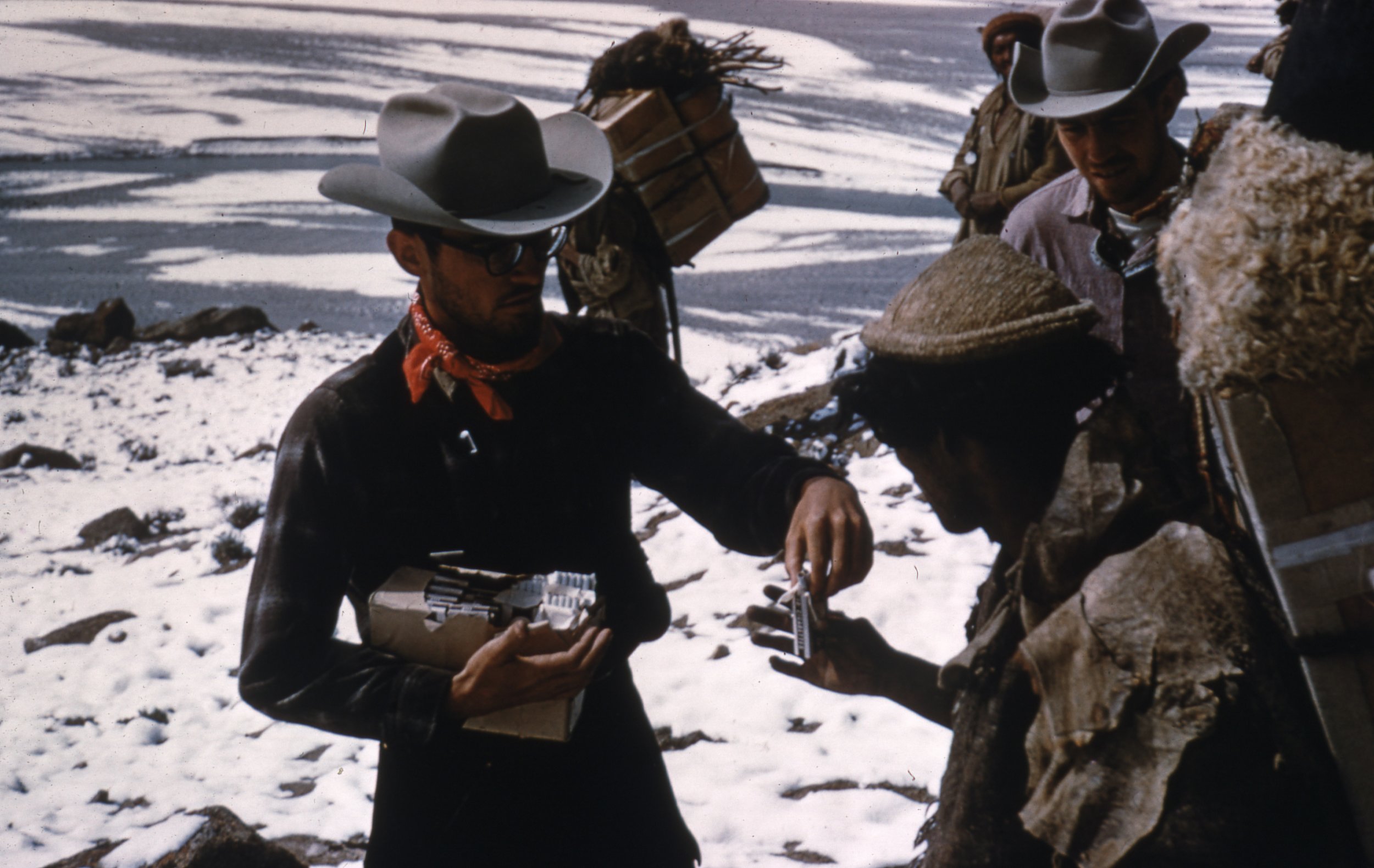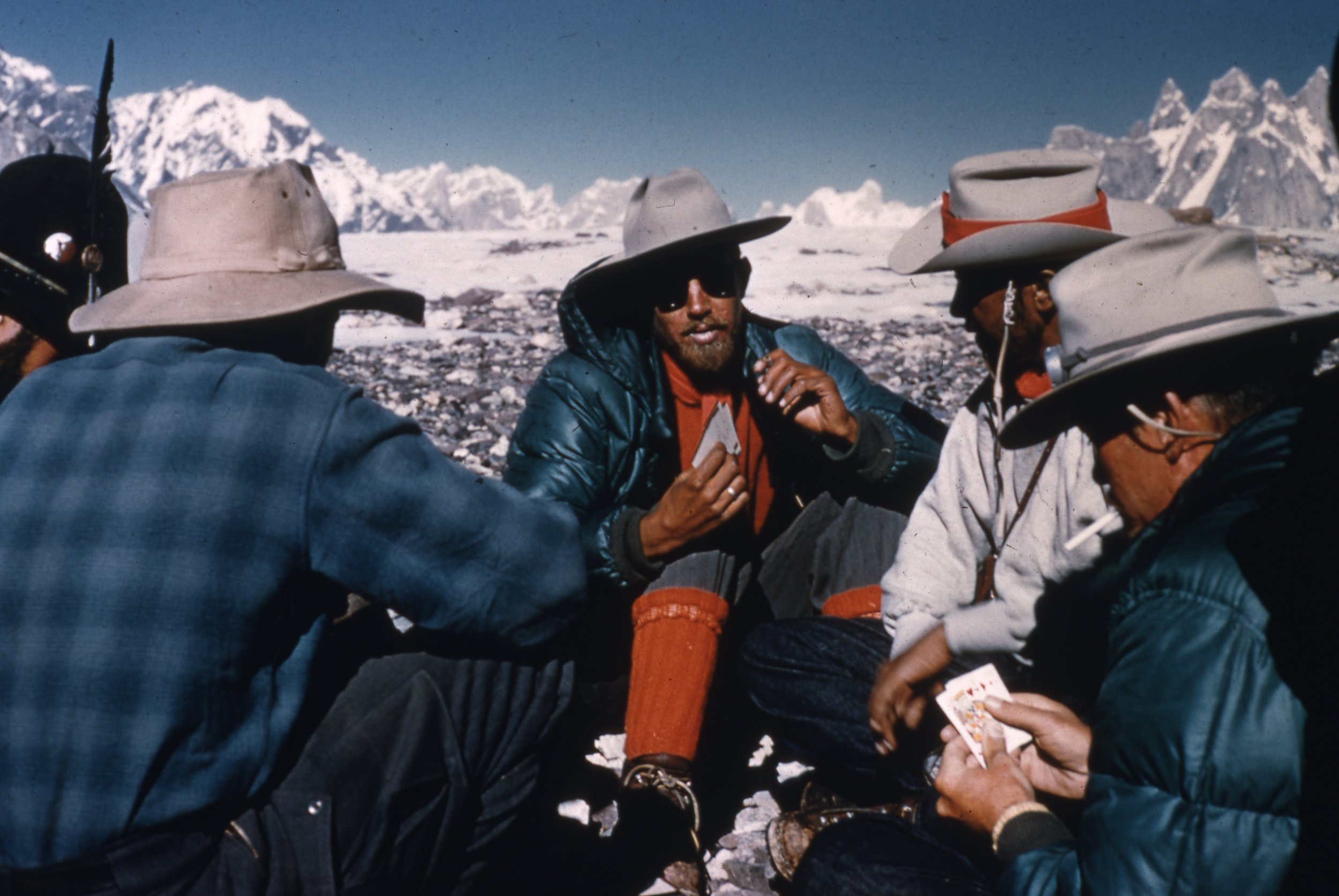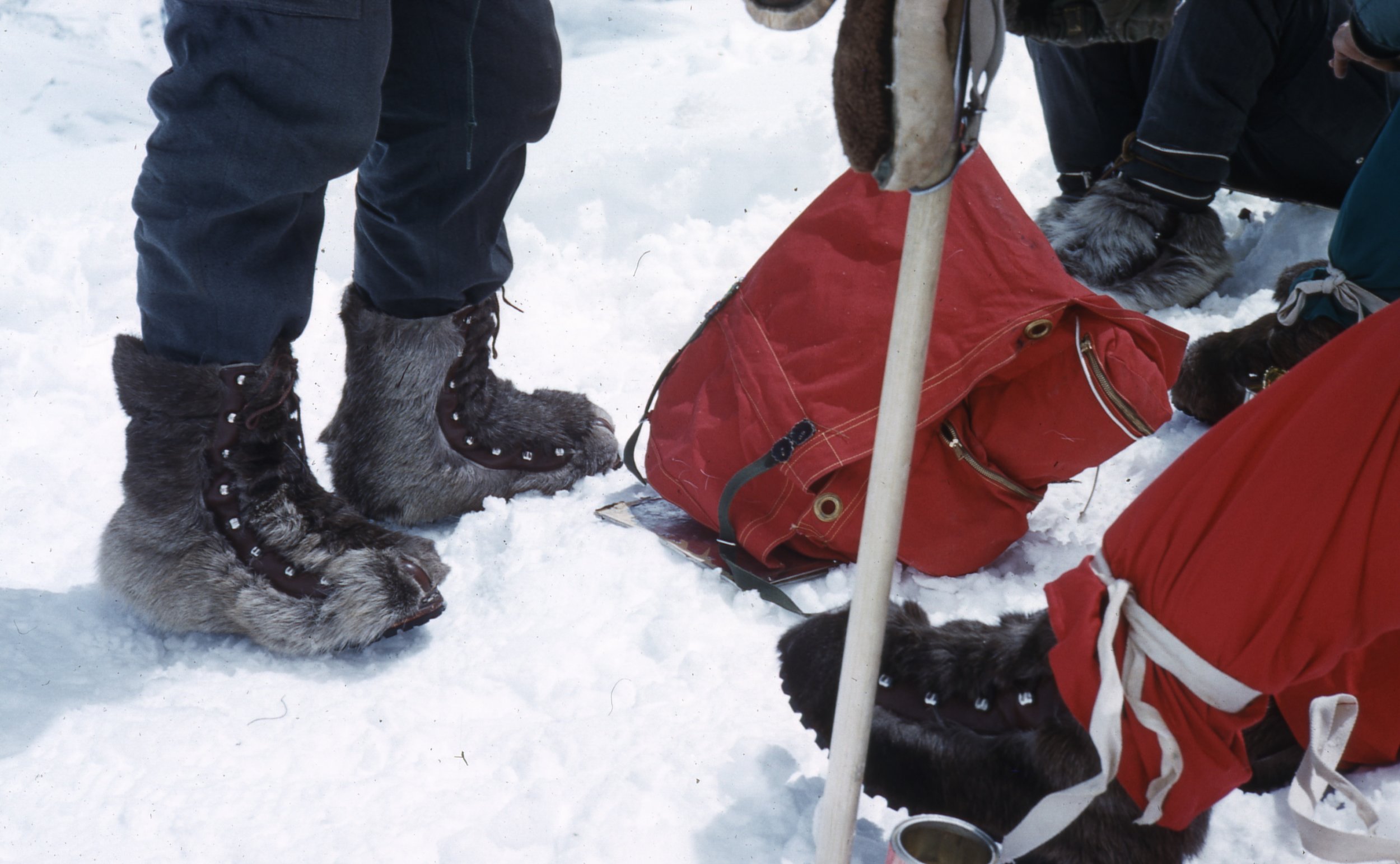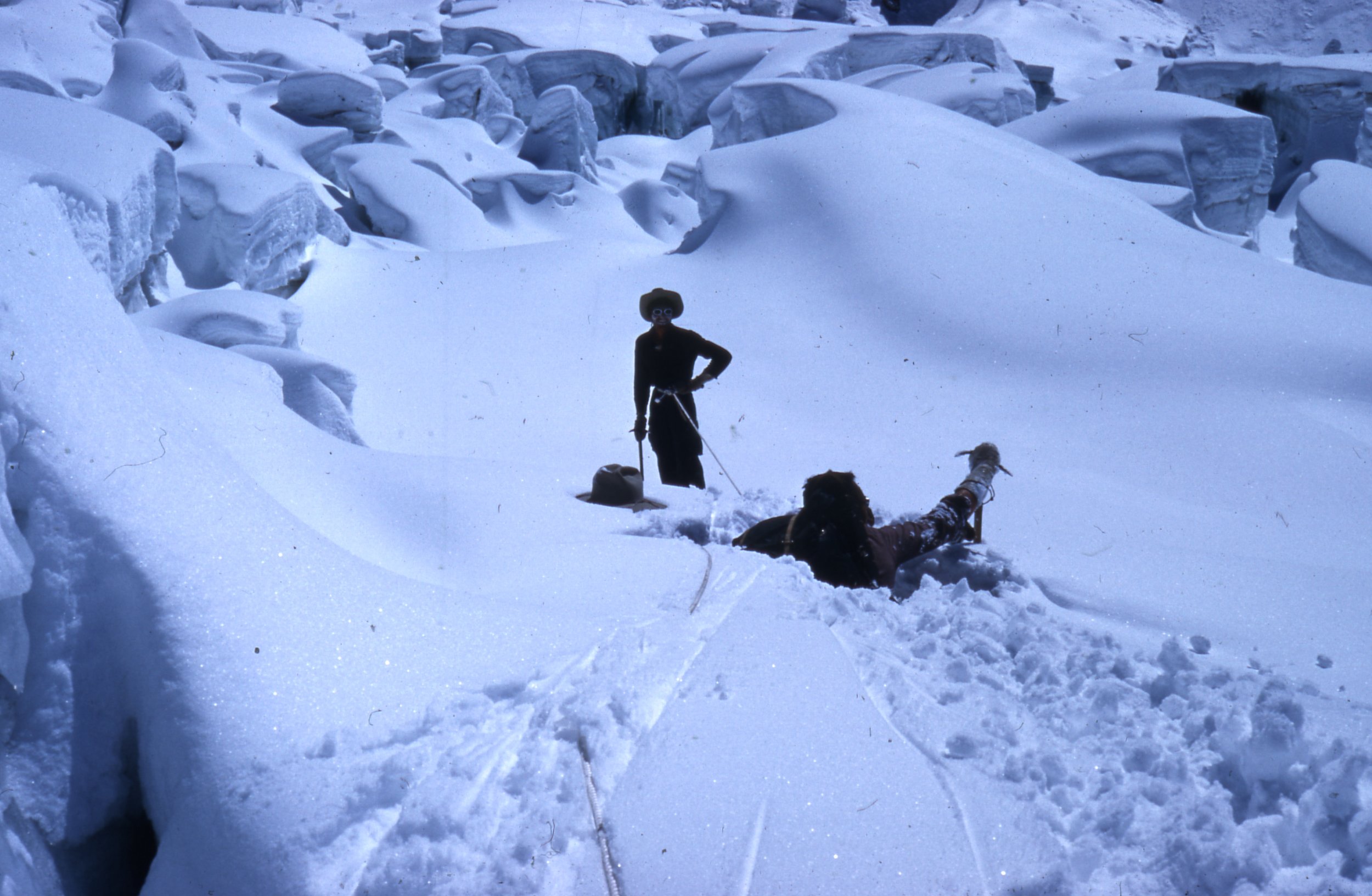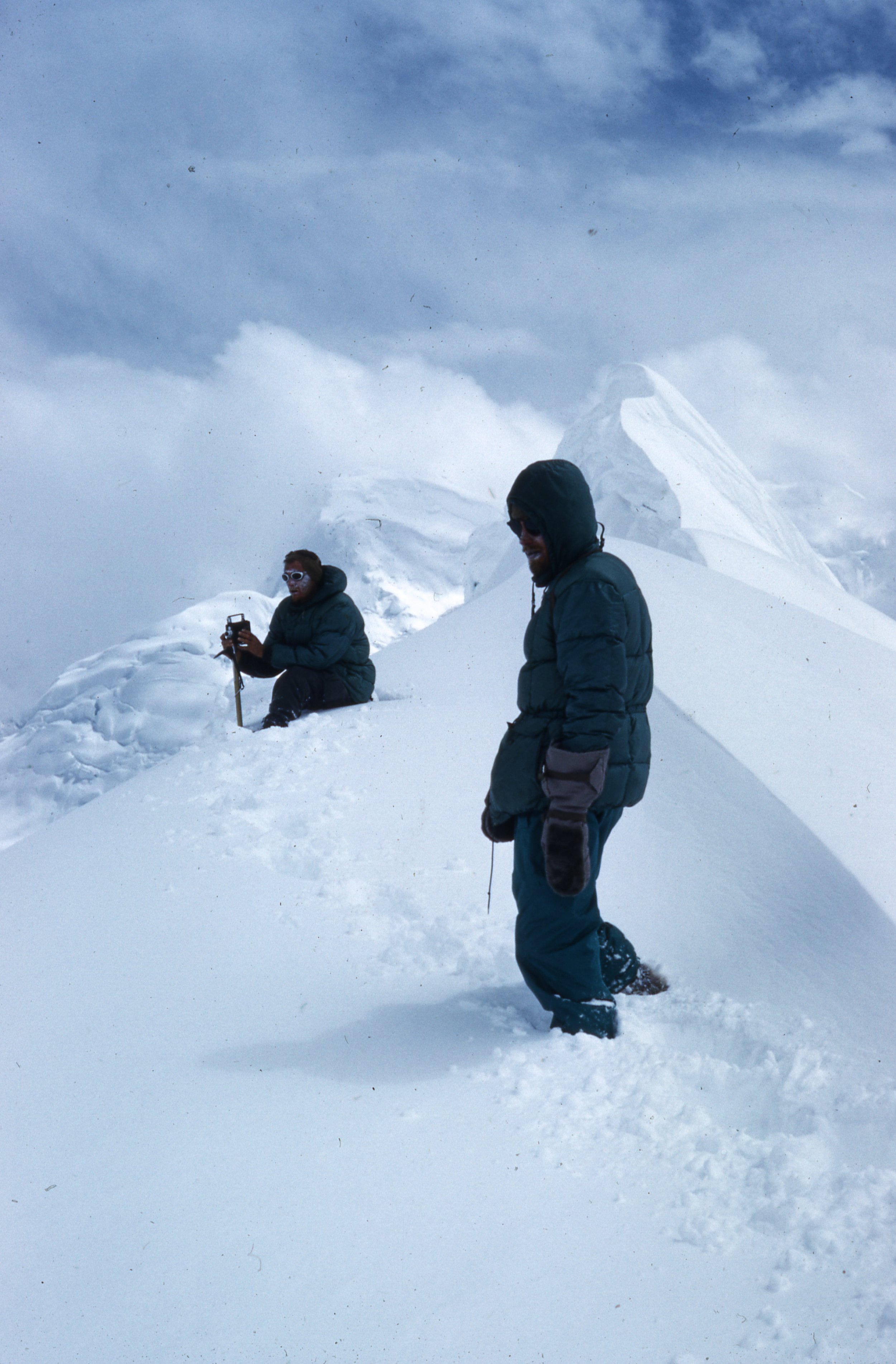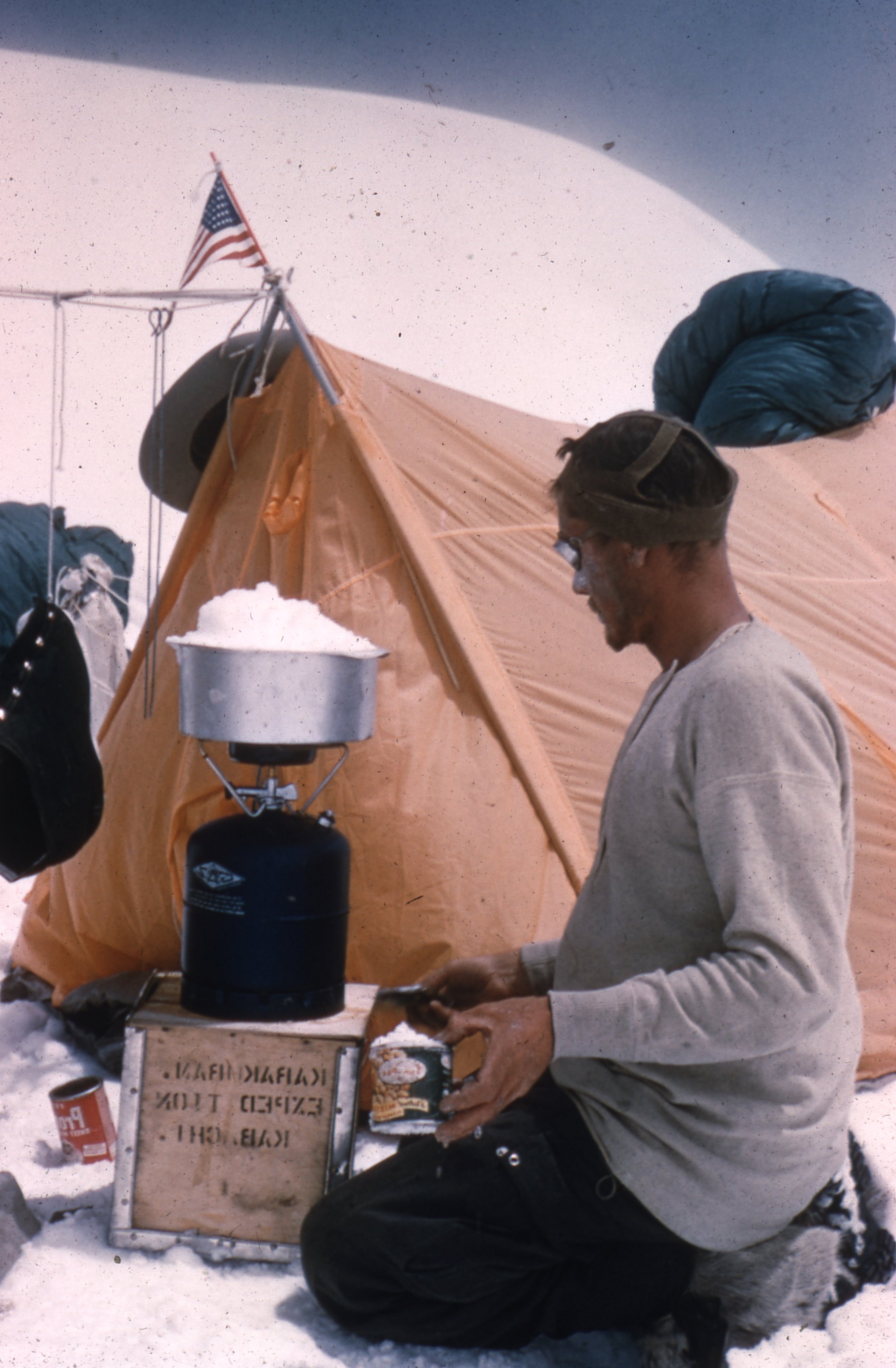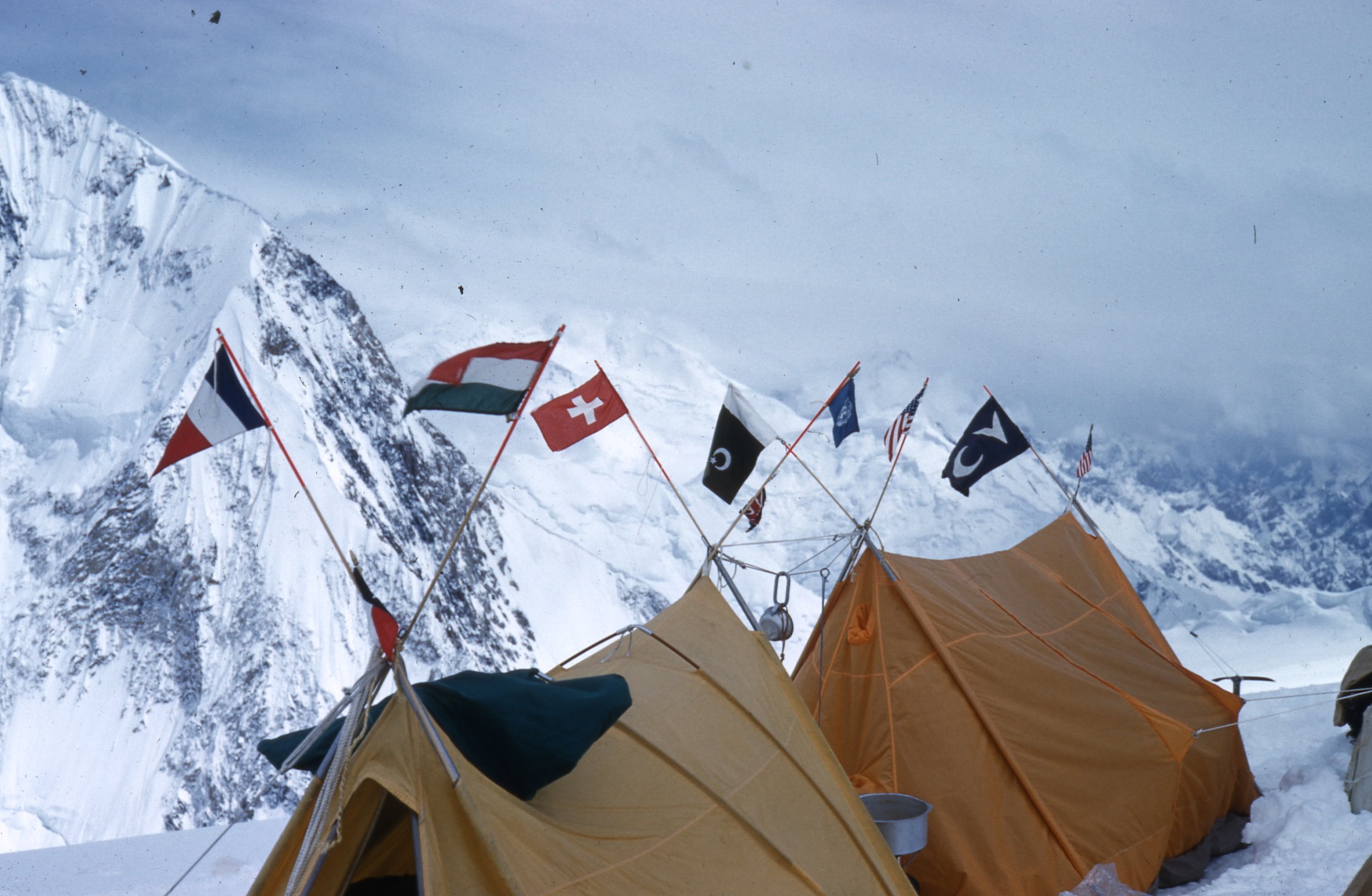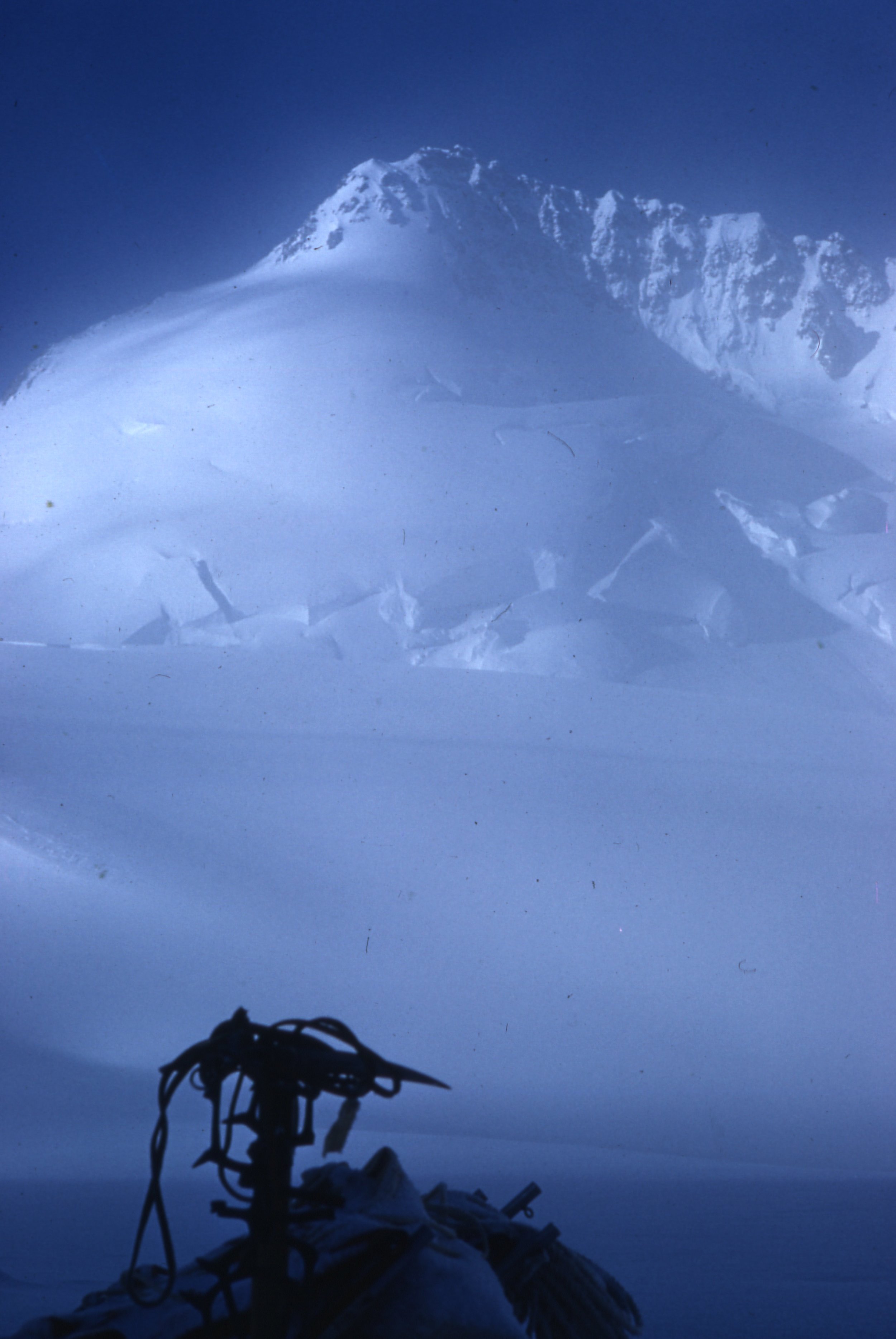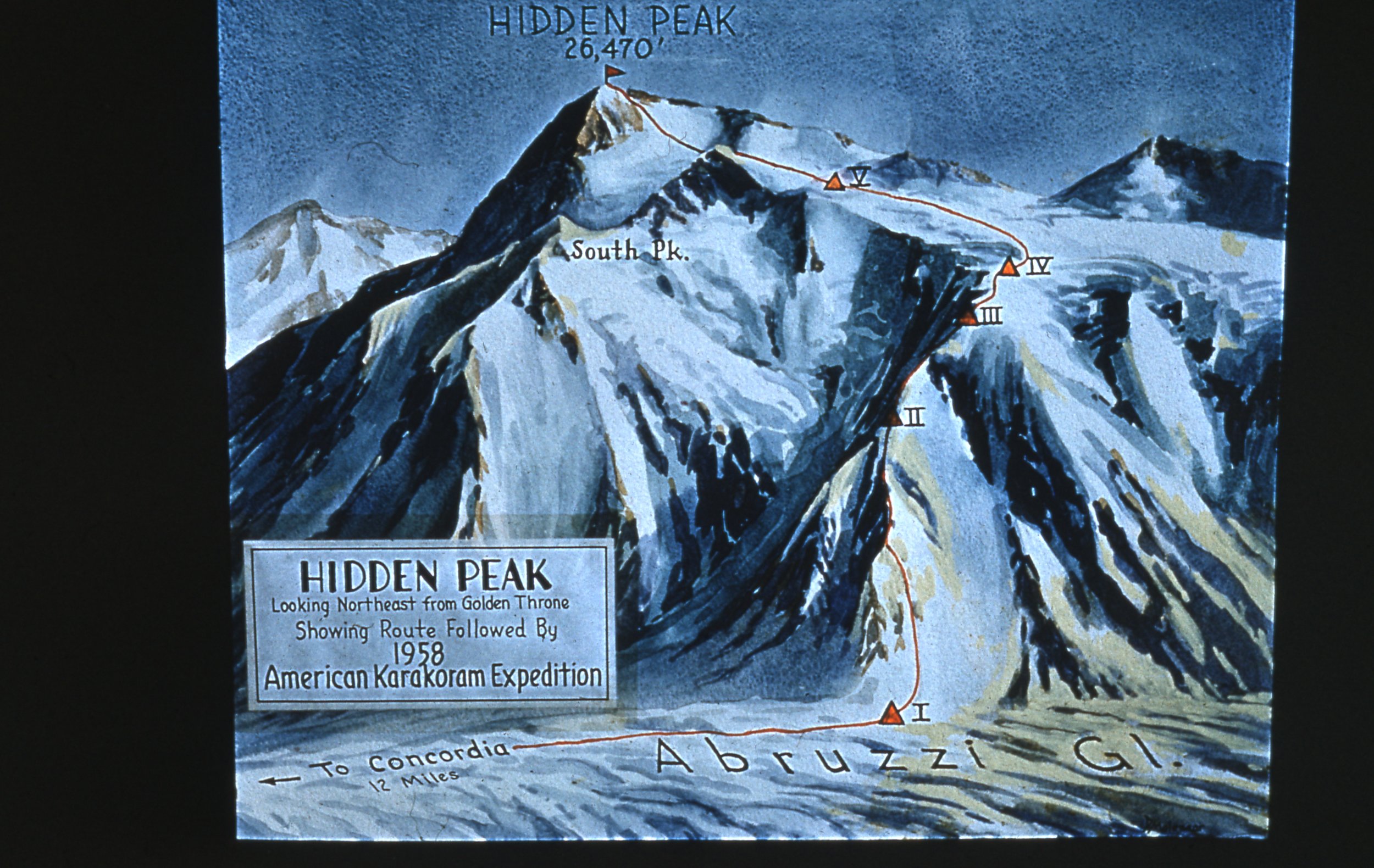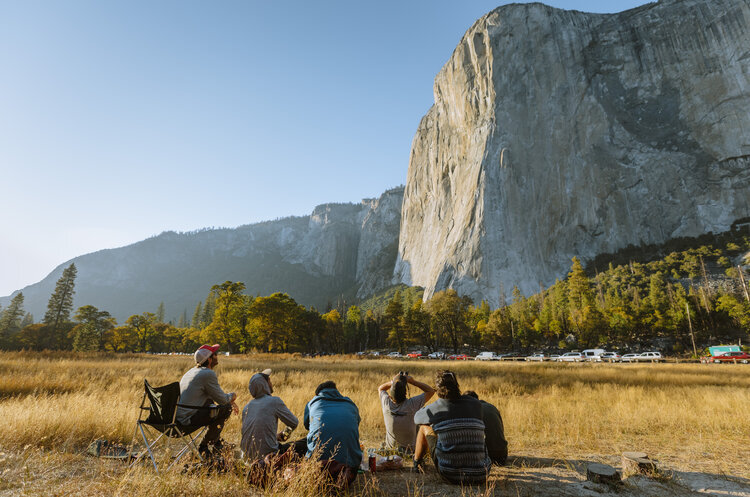Medical helicopter departing from the ridge below Sister Superior, above Castle Valley, Utah. Behind are the Priest, the Rectory, and Castleton Tower. Photo courtesy of Grand County Sheriff’s Search and Rescue
The Prescription - December 2020
GROUND FALL ON SISTER SUPERIOR
An accident last November on the first pitch of Jah Man (5 pitches, 5.10+), a desert tower route near Moab, Utah, was documented in the new Accidents in North American Climbing. One day later, a second helicopter rescue occurred, after a fall on the same pitch. These climbers’ online-only report is reproduced here.
On November 15, 2019, Paige (female, 20) and I (male, 24) set out to climb the ultra-classic Jah Man on Sister Superior. We made it to the base of the tower about 11 a.m. and found another party making their way to the top of the first pitch. We figured we’d eat a small lunch to allow for ample space between us.
We agreed that Paige would lead first and combine the first two guidebook pitches, concluding with a long, moderate squeeze chimney. Paige started up the opening moves, making it about 15 feet off the ground before stopping on a little ledge, preparing to make a rightward traverse to the base of the chimney. She placed a number 0.75 Camalot horizontally in some questionable rock, intending to back-clean it after making the next moves, in order to minimize rope drag. This was the only piece of gear between her and the ground.
Paige moved to the right, then returned to the ledge to re-evaluate. After repeating this a couple of times, I suggested she downclimb and have me take this pitch, as I had climbed the route a few years prior. She wanted to give it one more try before backing off. Having weighted the piece, she felt confident enough to go for it. She made some moves and then fell and swung back to the left. The cam ripped out of the wall, sending her about 20 feet to the ground.
The Sister Superior formation showing the approximate area that collapsed in January 2020. The Jah Man route began near the left edge of the yellow box. Photo courtesy of Greg Child
She was unconscious and not breathing at first. After what seemed to be forever but in reality was probably only 20 seconds, she started taking short breaths. A few minutes later, she regained consciousness. Another party at the base had cell phone service and called for a rescue. Paige was concussed and complaining of pain in her neck but was moving her hands and feet.
After an hour, a helicopter arrived, dropping off a couple EMTs. (They informed us that they had worked on an accident at the very same spot the day before—see report here.) They evaluated Paige, and she ended up feeling well enough to walk about 60 yards to the helicopter. She was flown to the hospital in Moab, where she was diagnosed with three fractures in her upper back and lower neck.
Analysis
We were planning to link the first two pitches and were more conscious of rope drag than fully protecting the first part of the pitch. We have both spent plenty of time cragging in the desert (Indian Creek, Zion, etc.), but tower climbing is different, often with more loose rock. The traverse to the squeeze chimney was known to have subpar rock and tricky protection. We should have focused more on protecting the climb properly than linking pitches. (Source: Greyson Gyllenskog.)
And as if two accidents in two days wasn’t enough….
In early January 2020, less than two months after these incidents, the start of this famous climb and the huge flake forming the squeeze chimney collapsed. The original route is no longer climbable.
THE SHARP END: A 200-FOOT TUMBLE DOWN THE NORTH CHIMNEY OF LONGS PEAK
On the morning of September 5, Annie Weinmann and her climbing partner started up the North Chimney, a broad 500-foot slot that leads climbers to the Diamond, Colorado's premier alpine wall. Annie had done the North Chimney before and was comfortable climbing the easy terrain unroped and in approach shoes. But when she got slightly off-route, a foot slip led to a terrible tumble.
In Episode 39 of The Sharp End podcast, Annie tells Ashley Saupe what caused her to slip and how she survived her 200-foot fall, plus some fascinating insights into the circumstances that brought her to this point. Listen here!
AIRBAG SAFETY CHECK
Mammut is asking owners of the Generation 3.0 avalanche airbag with Removable Airbag System (RAS) to inspect the inflation cartridge and ensure it can be screwed into place completely. This notice affects only airbags purchased during the 20/21 season. For complete information and instructions, click here.
MEET THE VOLUNTEERS
Gary O’Brien, Regional Editor for Idaho
Years volunteering with ANAC: 2
Home crags: Logan and Blacksmith Fork canyons in northern Utah; City of Rocks and Castle Rocks in Idaho.
Favorite type of climbing
I am most drawn to the alpine environment and love to climb alpine rock and snow. We also spend plenty of time trad and sport climbing. I enjoy belaying my climbing-addicted 14-year-old, who is on the verge of sending his first 5.13.
How did you first become interested in Accidents?
I have been reading them for years—as a kid, I used to pore over my father’s stash of ANAC from the 1940s, 50s, and 60s. For a decade or so, I worked as a professional ski patroller, and that experience brought into sharp relief the fine line between safe practice and serious accidents. For me, the margin between accident and prevention has always seemed a compelling part of this amazing sport.
Why do you think accident reporting is important?
Statistics don’t lie—trends are incredibly revealing of human behavior, and are underpinned by real lives lost, real lives affected. I think about this with every accident I analyze. The main thing I think we can learn and reinforce is how common and preventable so many of them are, if we take a moment to review precautions and strategy of what we’re about to do.
Personal scariest “close call”?
I’m happy to report that I’ve had very few close calls over the years, but one stands out. Years ago, I was climbing Mont Blanc by the standard route. The route crosses the Couloir du Goûter, a steep, wide gully notorious for rockfall. After reaching easier terrain on the other side, my partner and I unroped. Without warning, a barrage of huge boulders swept down and struck my partner, who disappeared over the edge and fell some 500 meters down the couloir to the Glacier de Bionnassay.
The rescue is a long story, but, in short, I was able to locate and stabilize him. A nearby guided party notified the PGHM (High Mountain Military Police). We carried my partner down the glacier in a litter, which took most of the night. He was hospitalized for weeks with multiple injuries, but eventually enjoyed a complete recovery.
Gary O’Brien’s scary experience in the Couloir du Goûter is far from an isolated incident. This broad gully, which must be crossed to reach the high hut on Mont Blanc’s most popular summit route, is one of the most dangerous passages in the Alps, with numerous injuries and a few fatalities every season. (The alternative “normal route” up Mont Blanc, starting at the Refuge des Cosmiques, also has serious objective hazards.) The Petzl Foundation sponsored research on the causes and timing of rockfall in the Couloir du Goûter during the summers of 2018 and 2019, and their informative study, published this past summer, can be downloaded here.
The research team used seismic sensors to determine the timing of rockfall events and correlate them with snow levels, temperature, and rainfall. As might be expected, rockfall was most frequent after precipitation and during the afternoons and evenings. Perhaps more surprising: Snow in the couloir did not reduce the incidence of rockfall early in the season, as melting snow appeared to destabilize the slopes. Later-season rockfall events, though less frequent, often were bigger and longer lasting.
Petzl has produced a short video that vividly highlights the dangers of the Couloir du Goûter and the research work there. Warning: This video contains very disturbing images and audio of rockfall and other incidents.
Share Your Story: If you’ve been involved in a climbing accident or rescue, consider sharing the lessons with other climbers. Let’s work together to reduce the number of accidents. Contact us at [email protected].
The monthly Accidents Bulletin is supported by adidas Outdoor and the members of the American Alpine Club.


